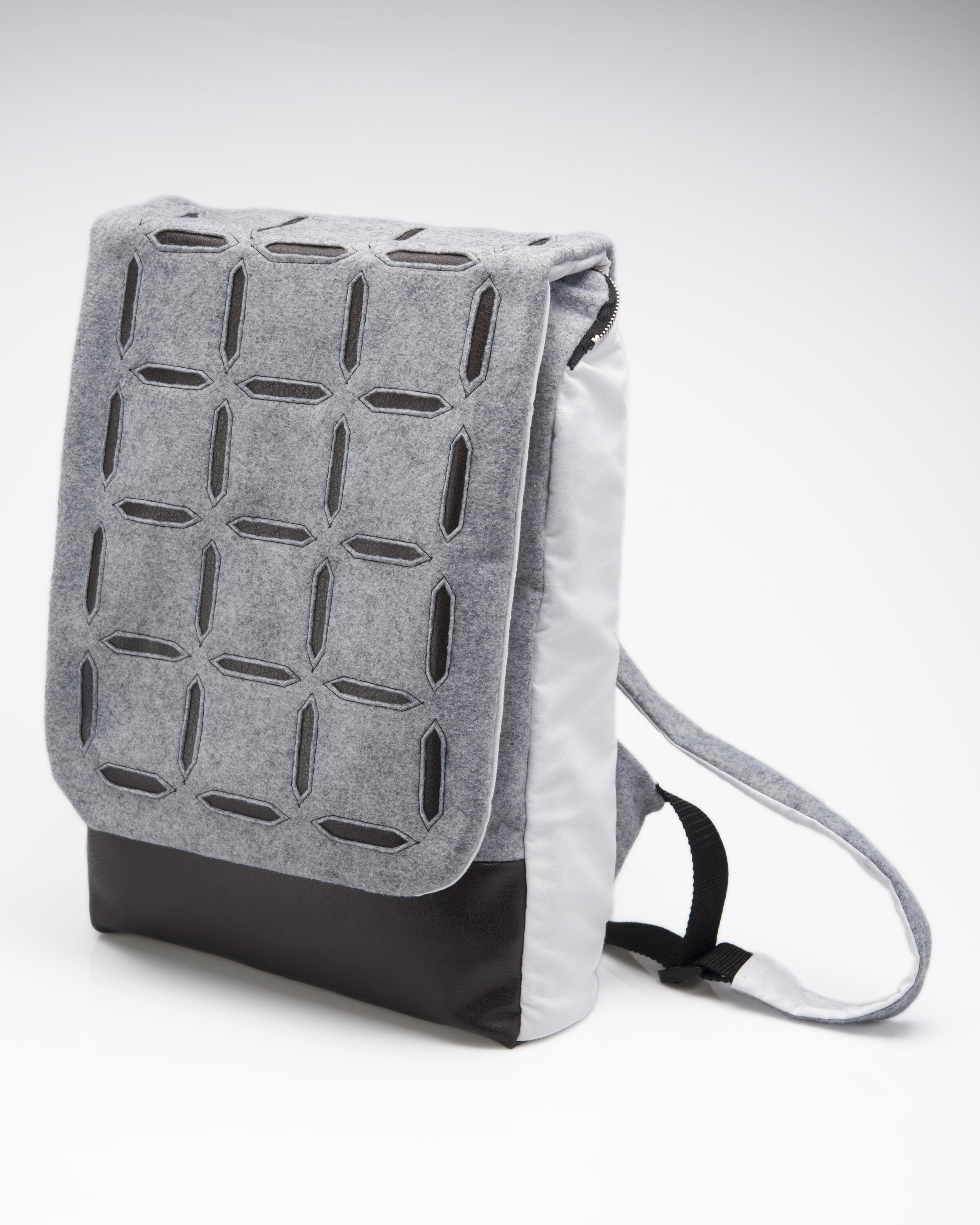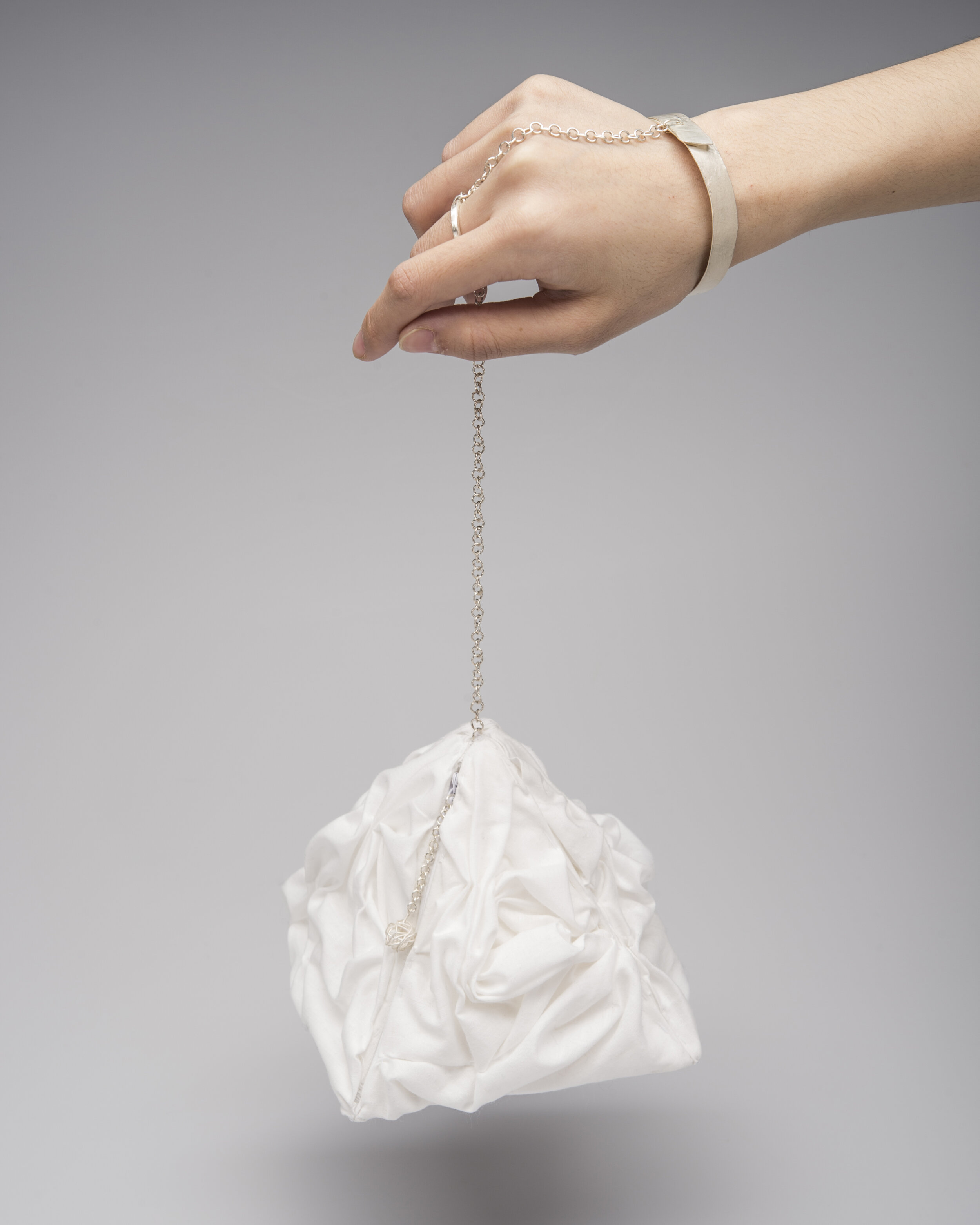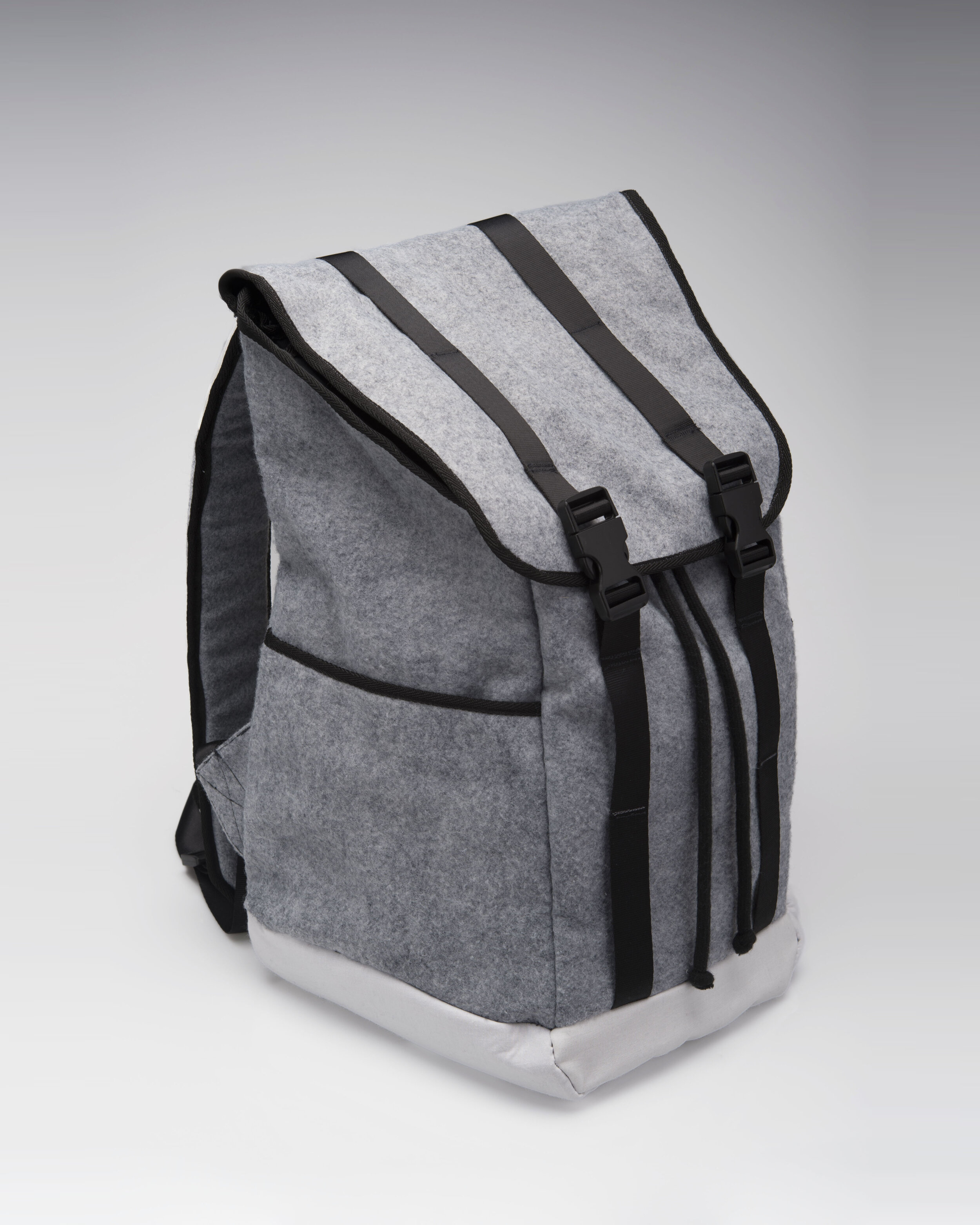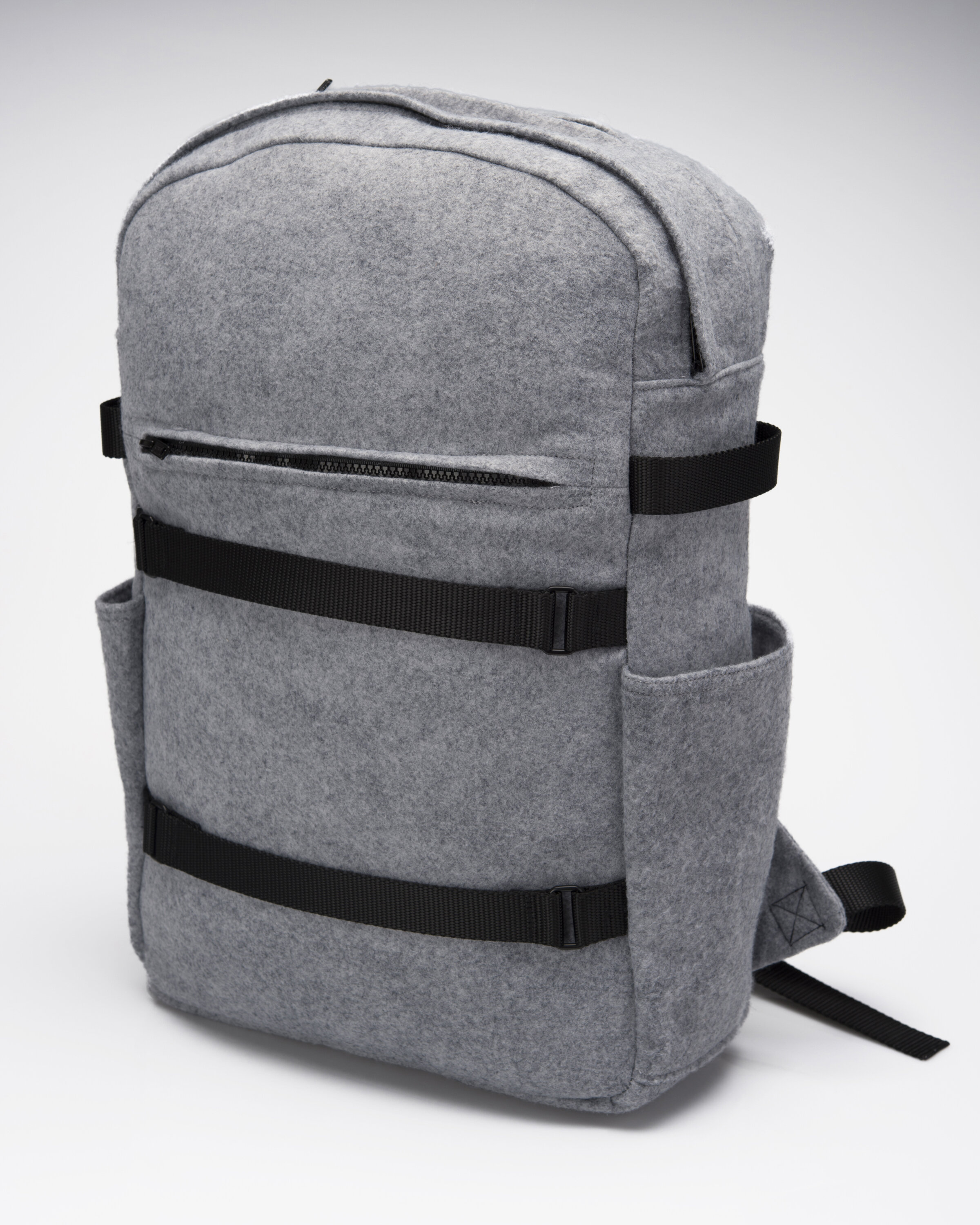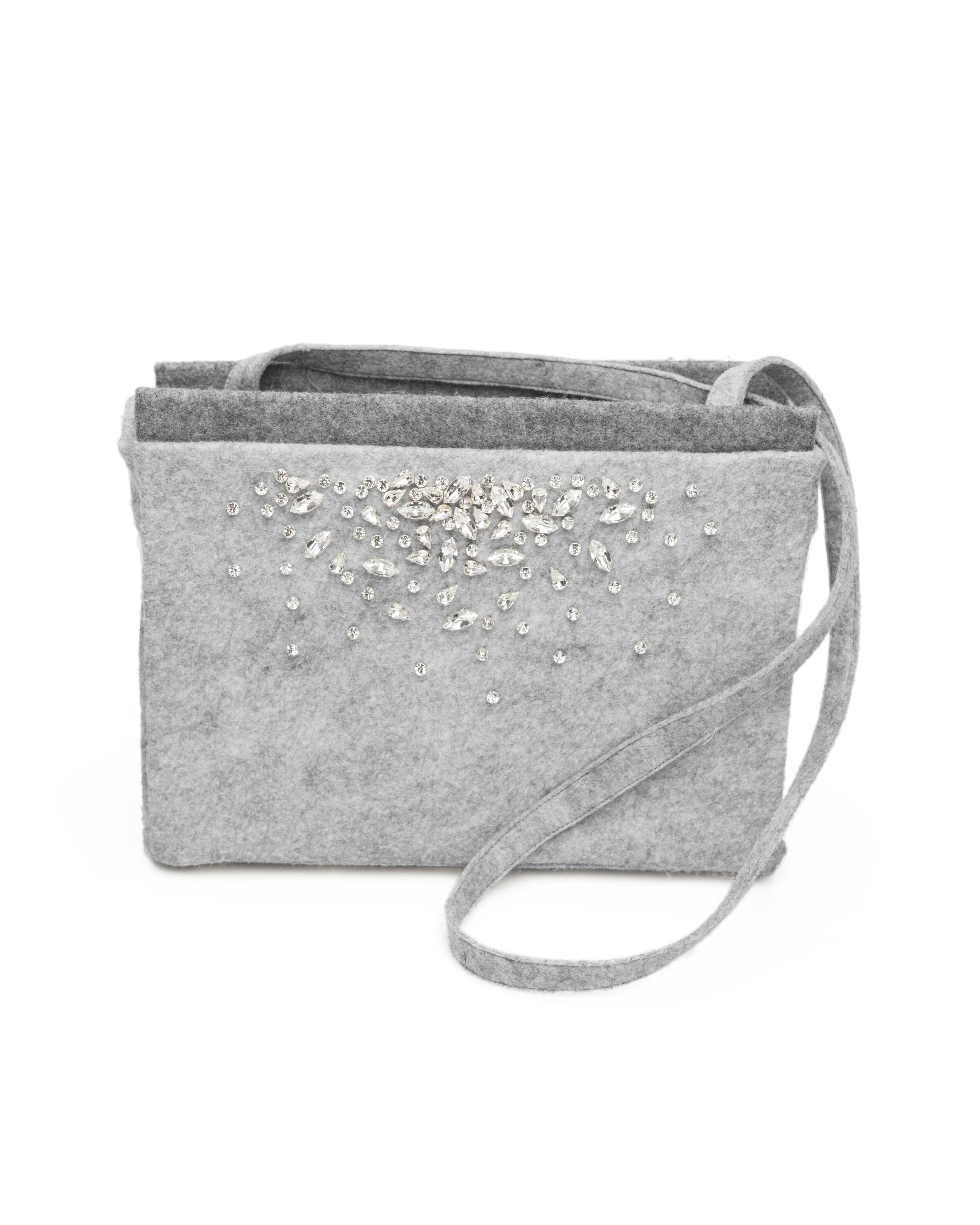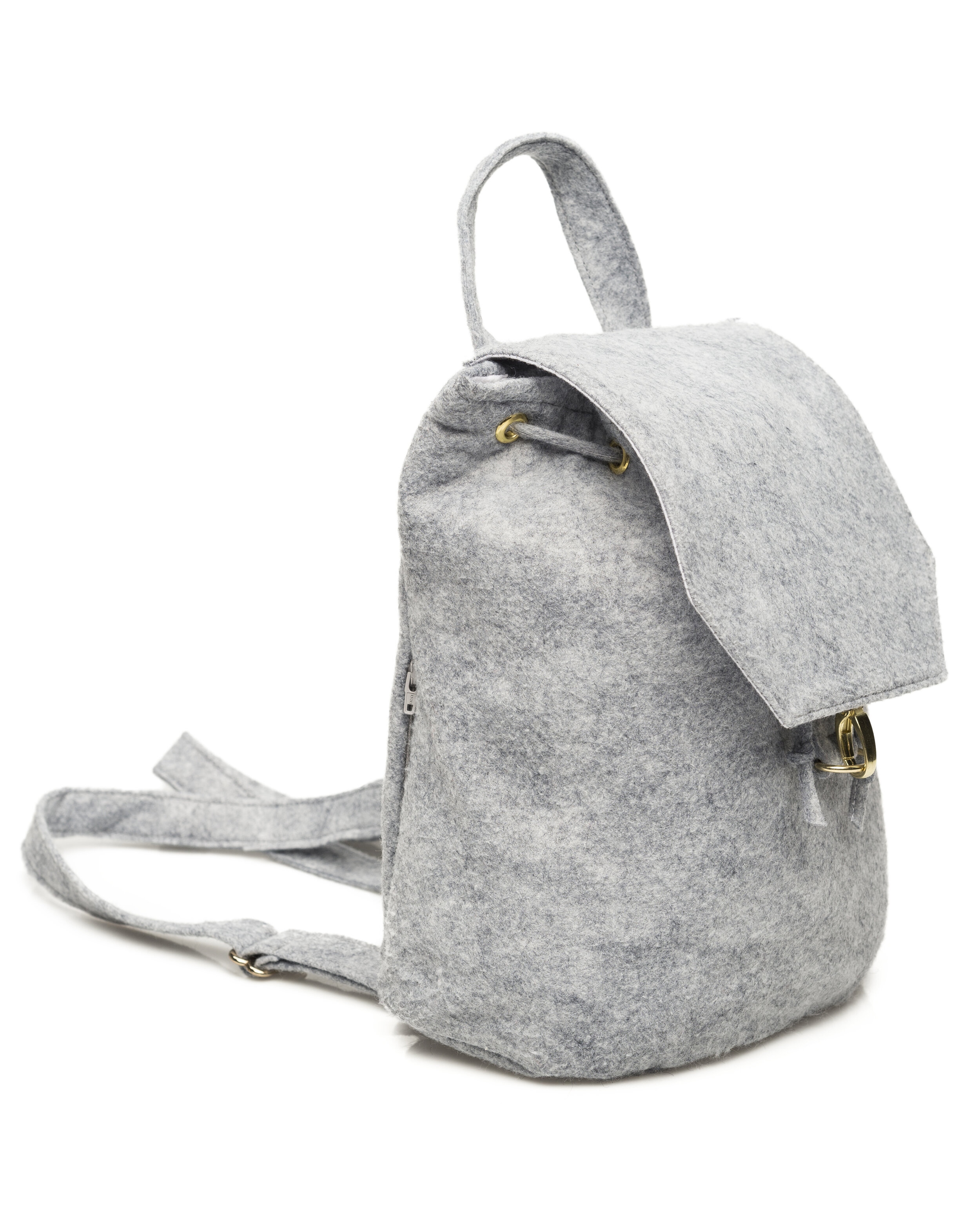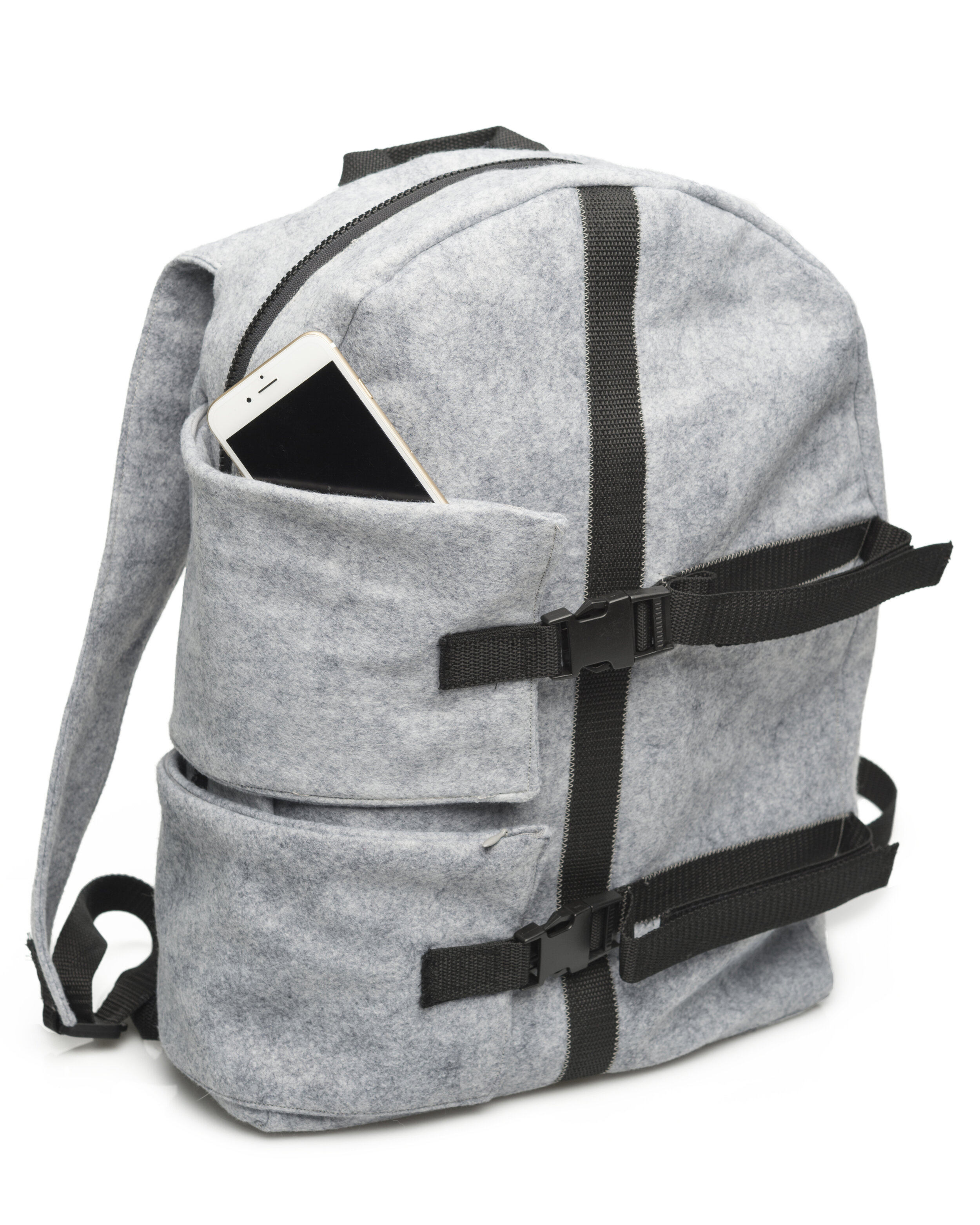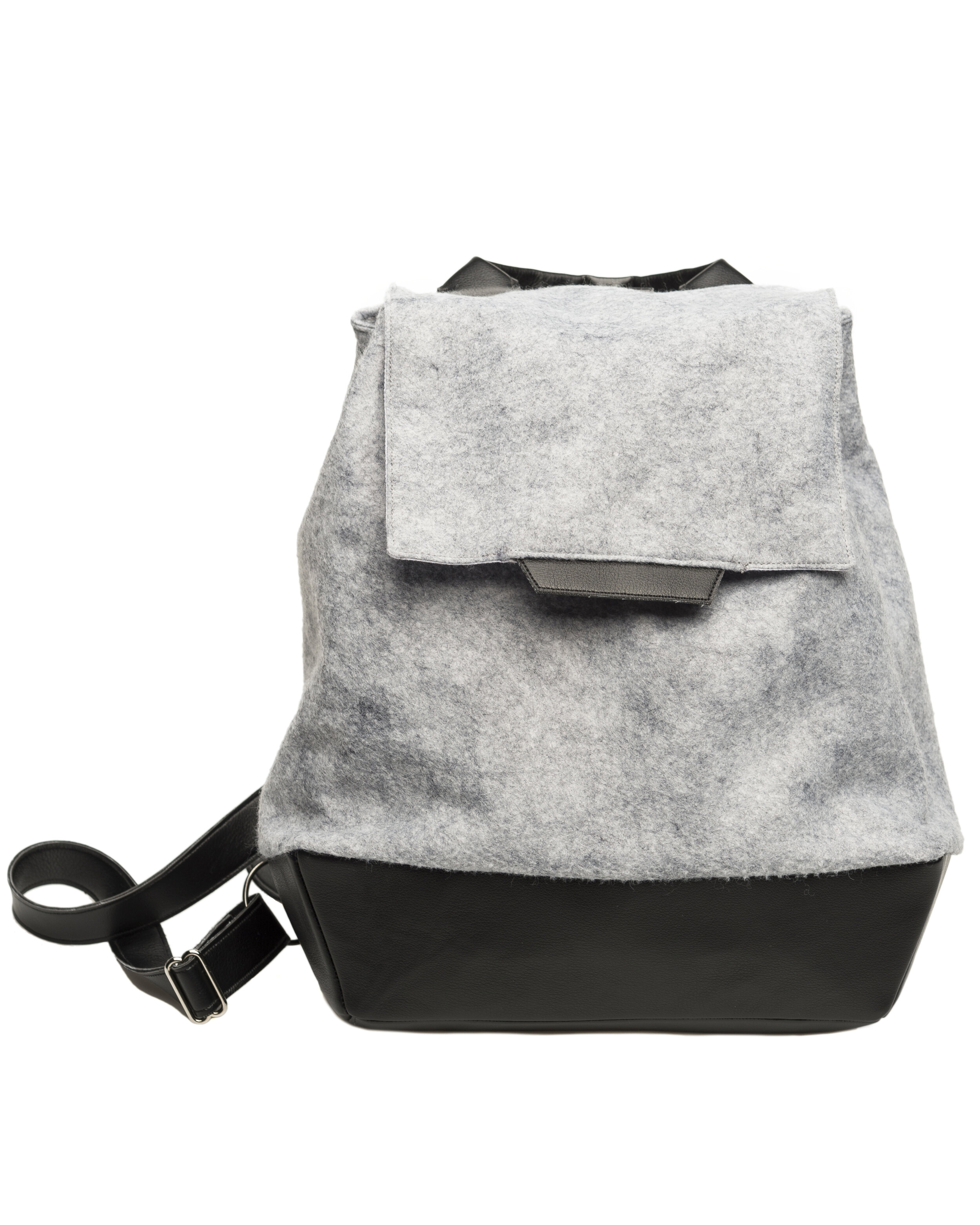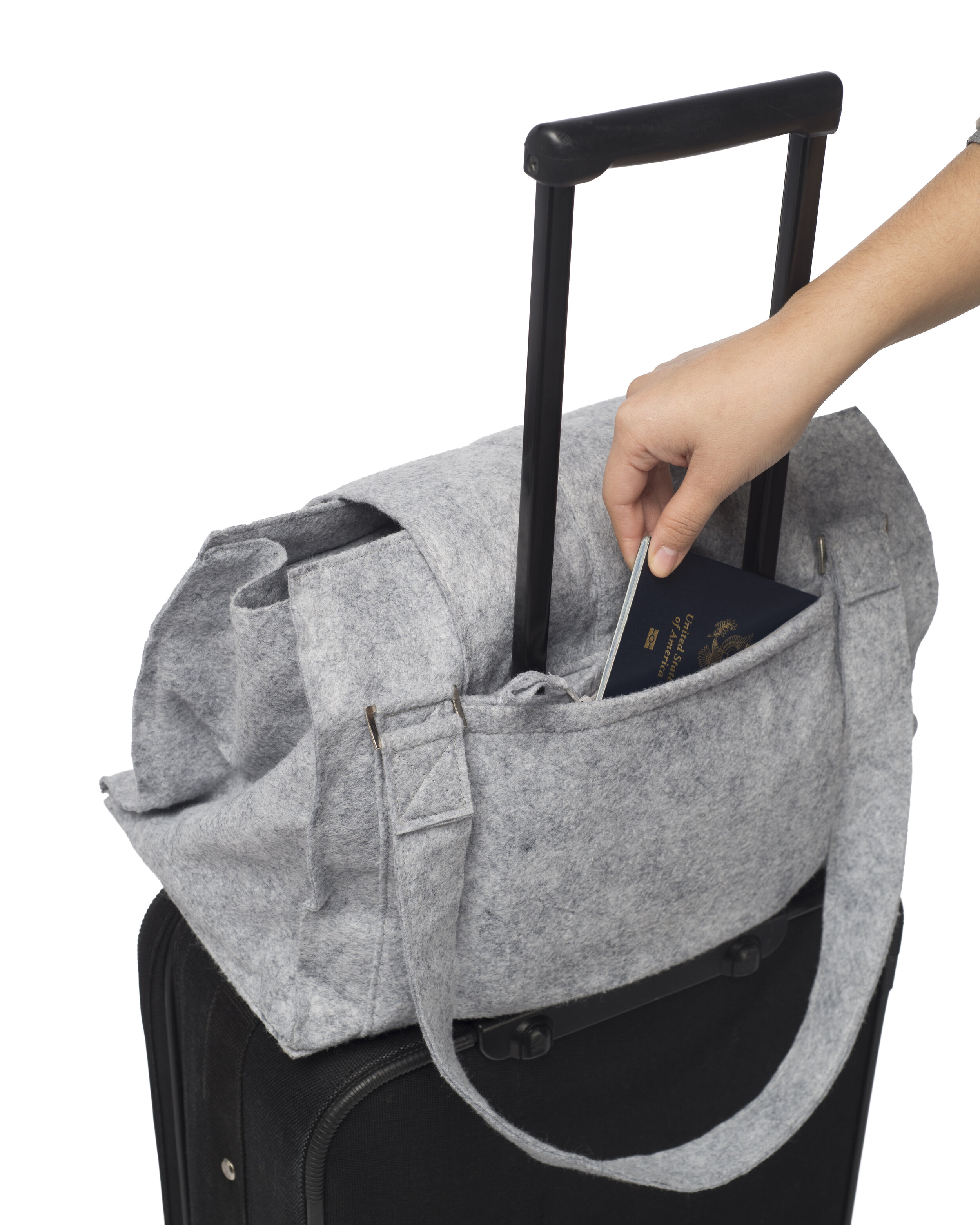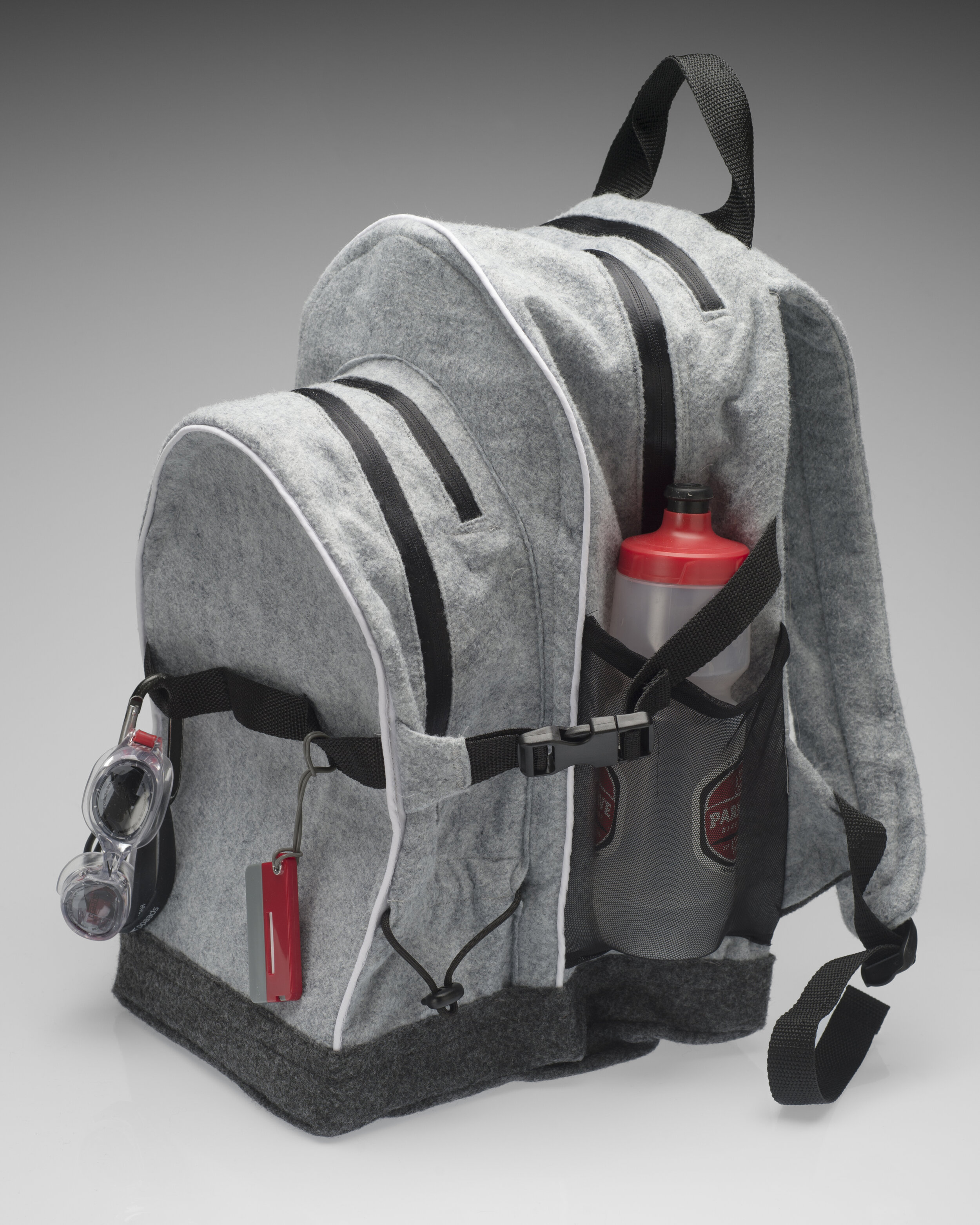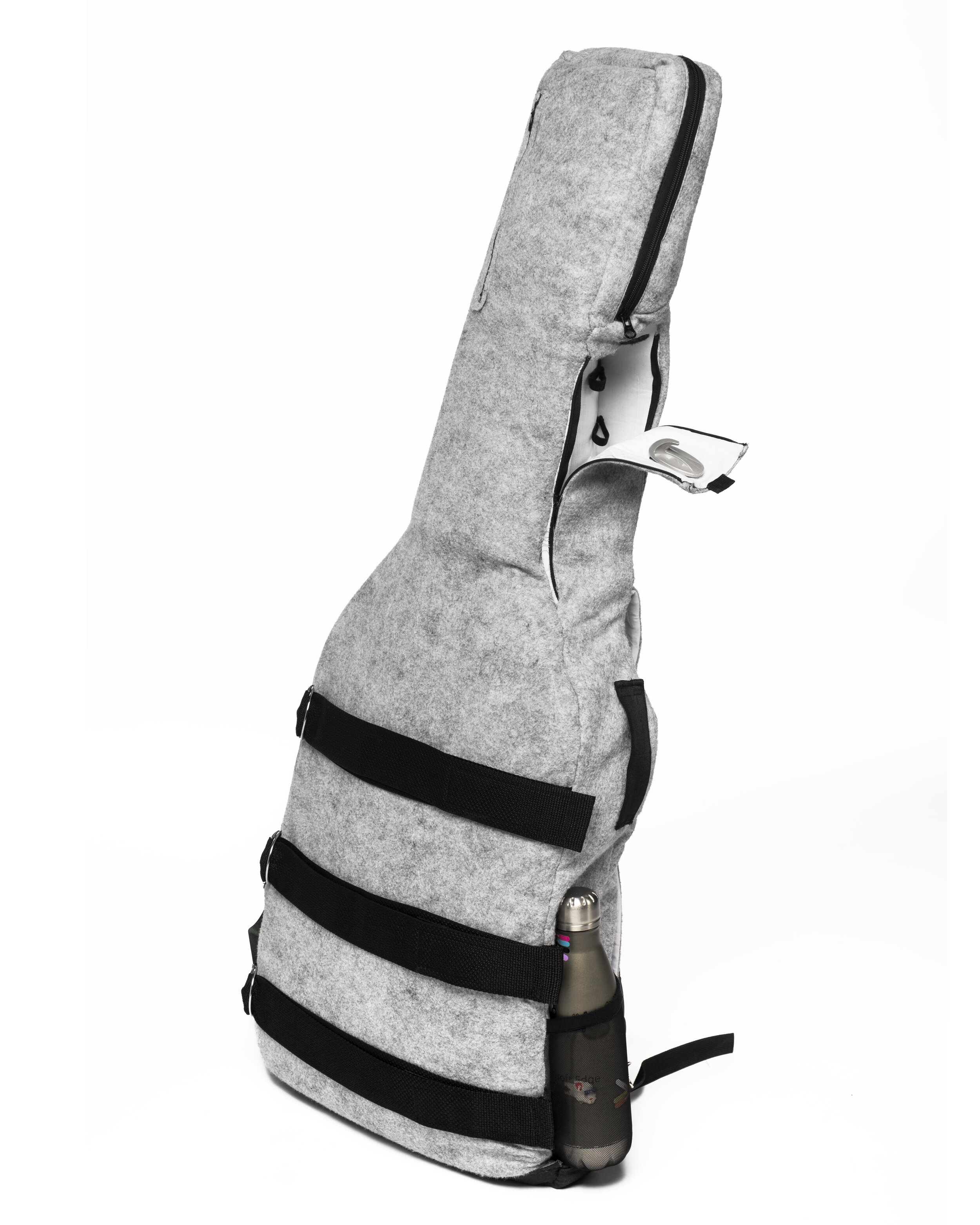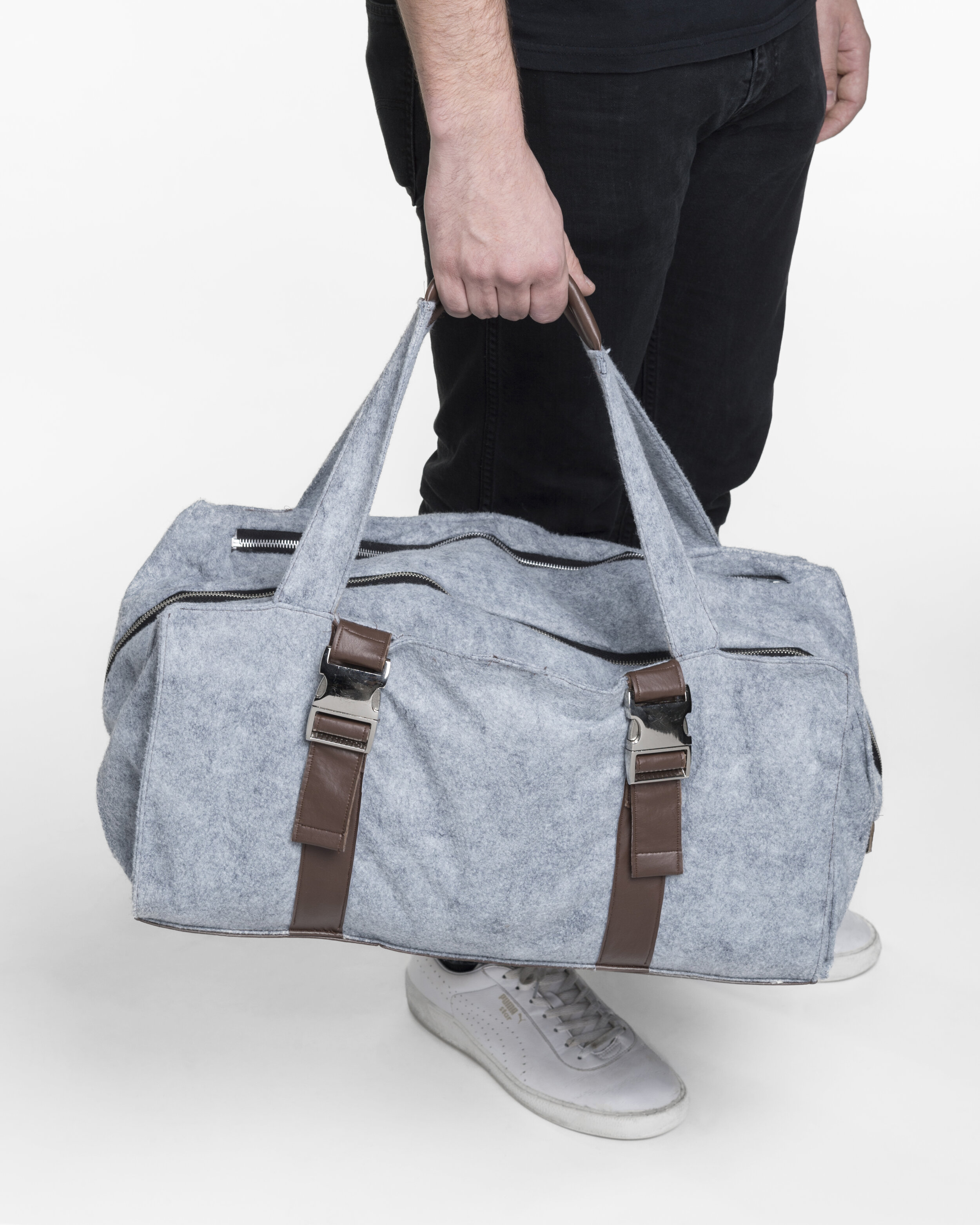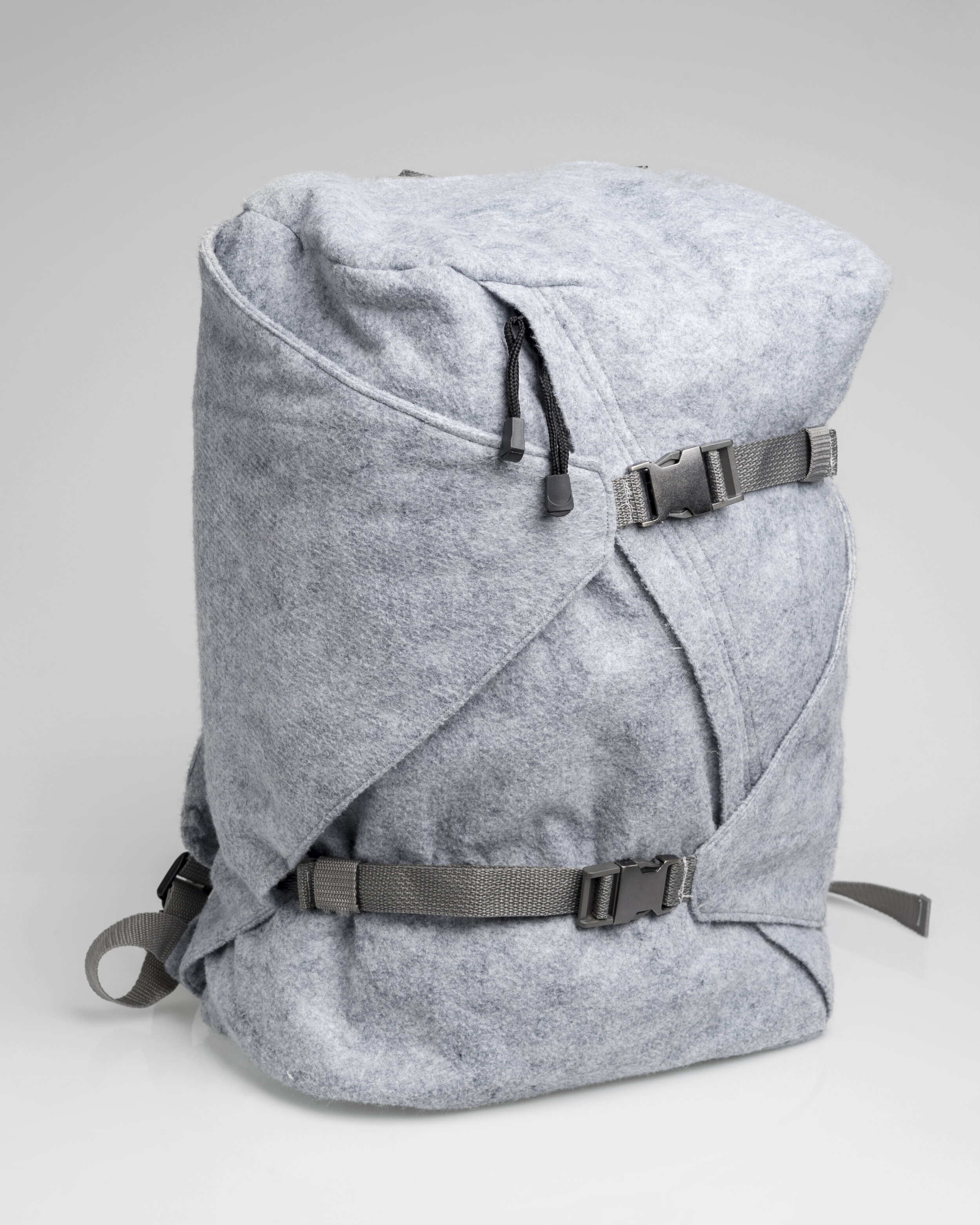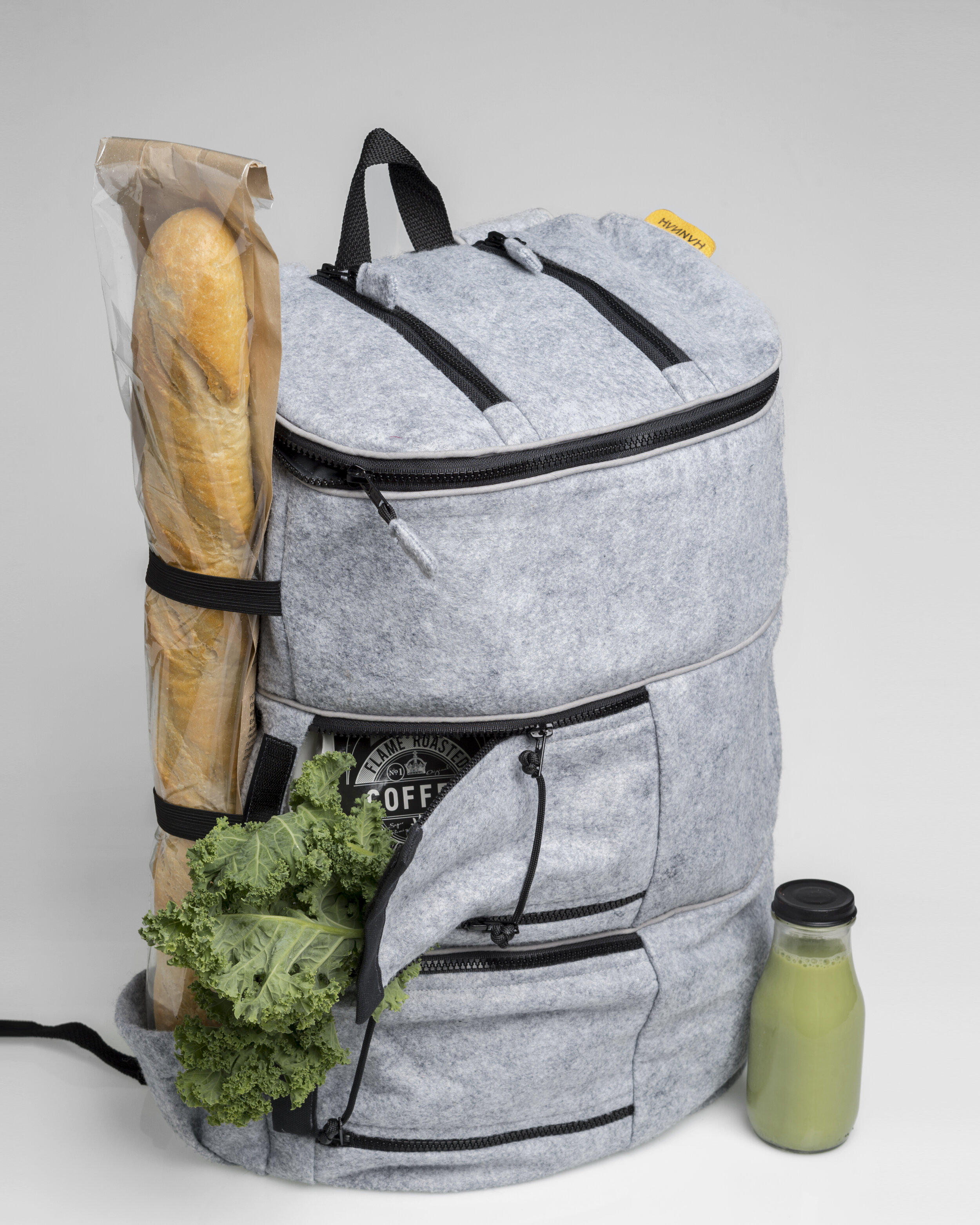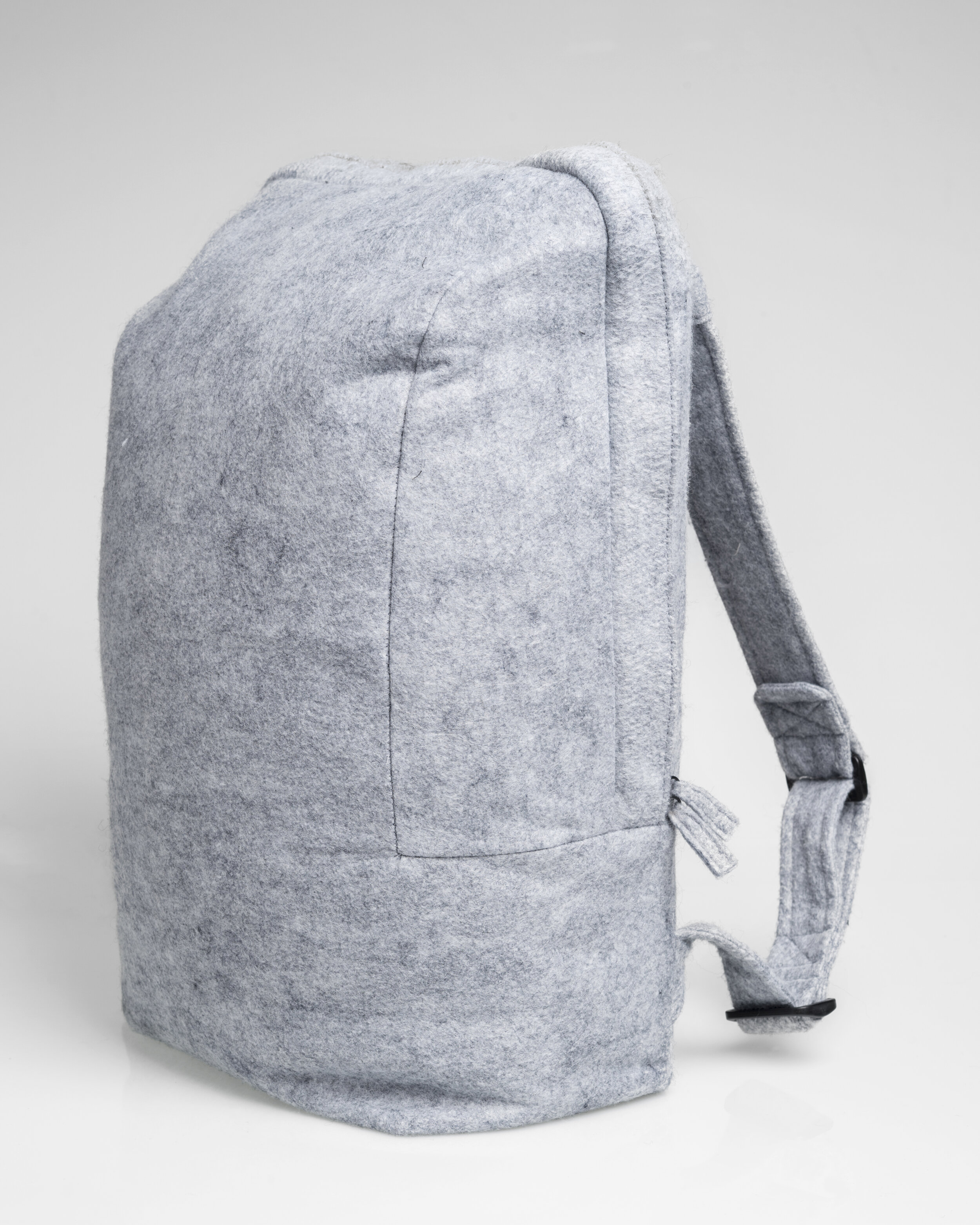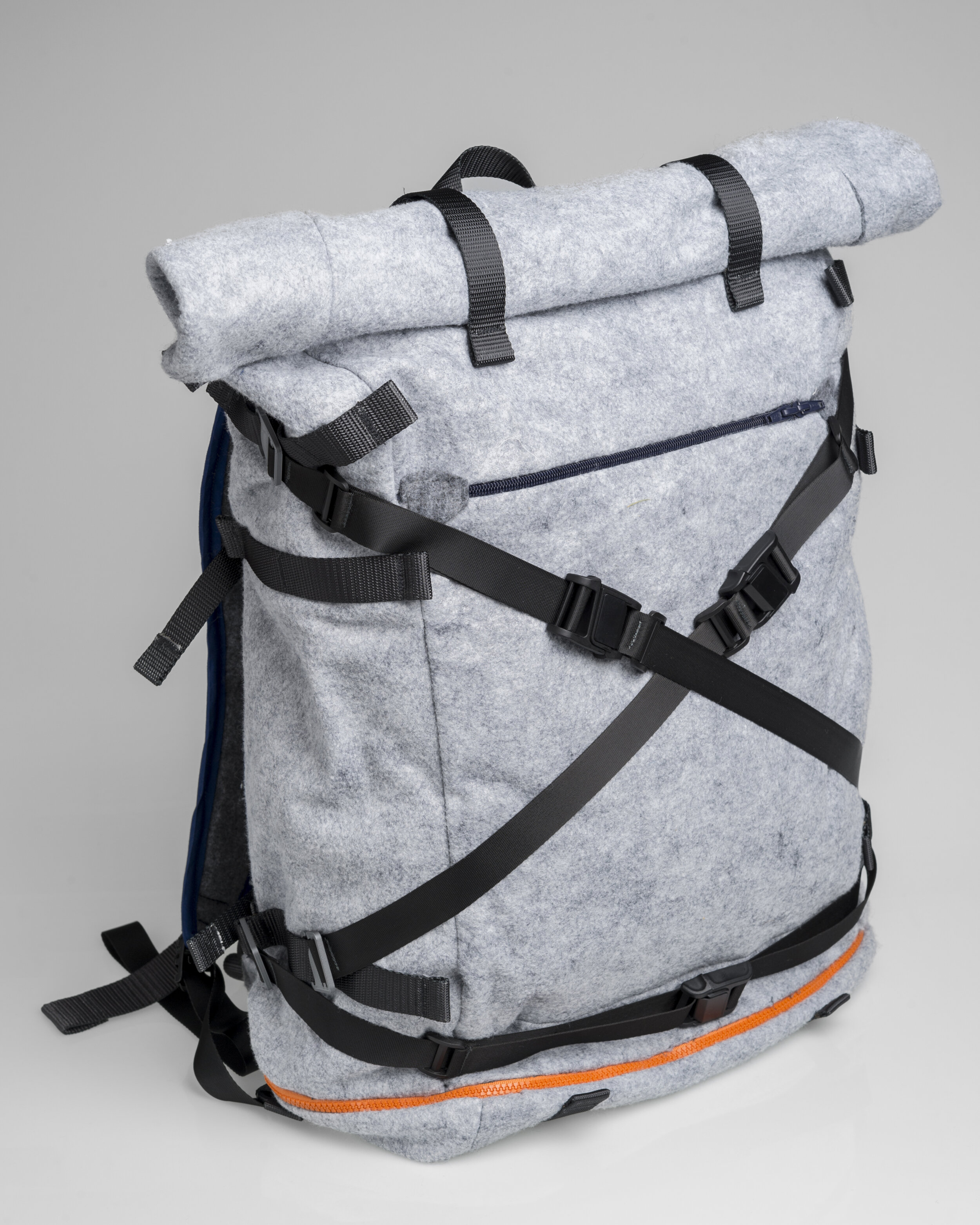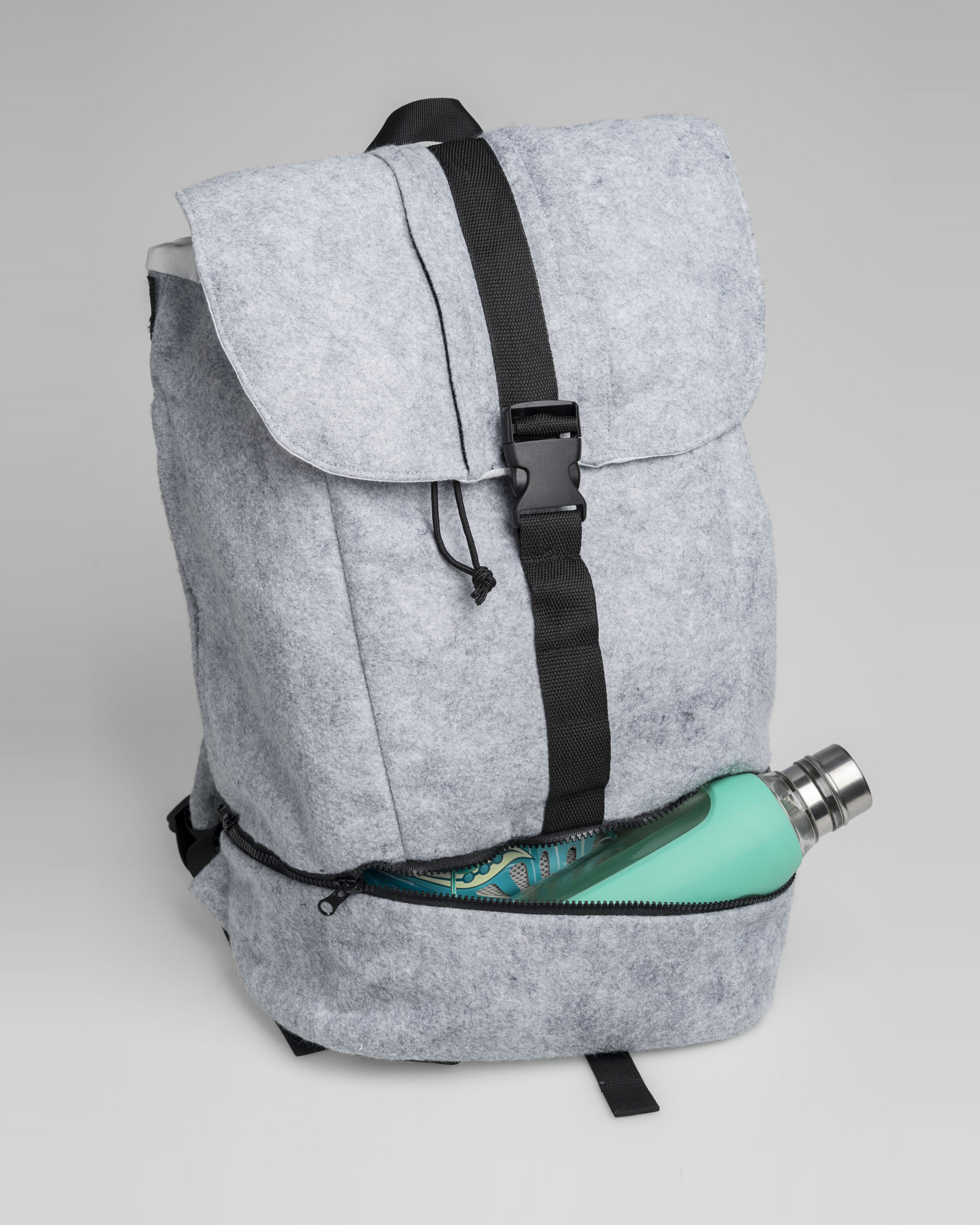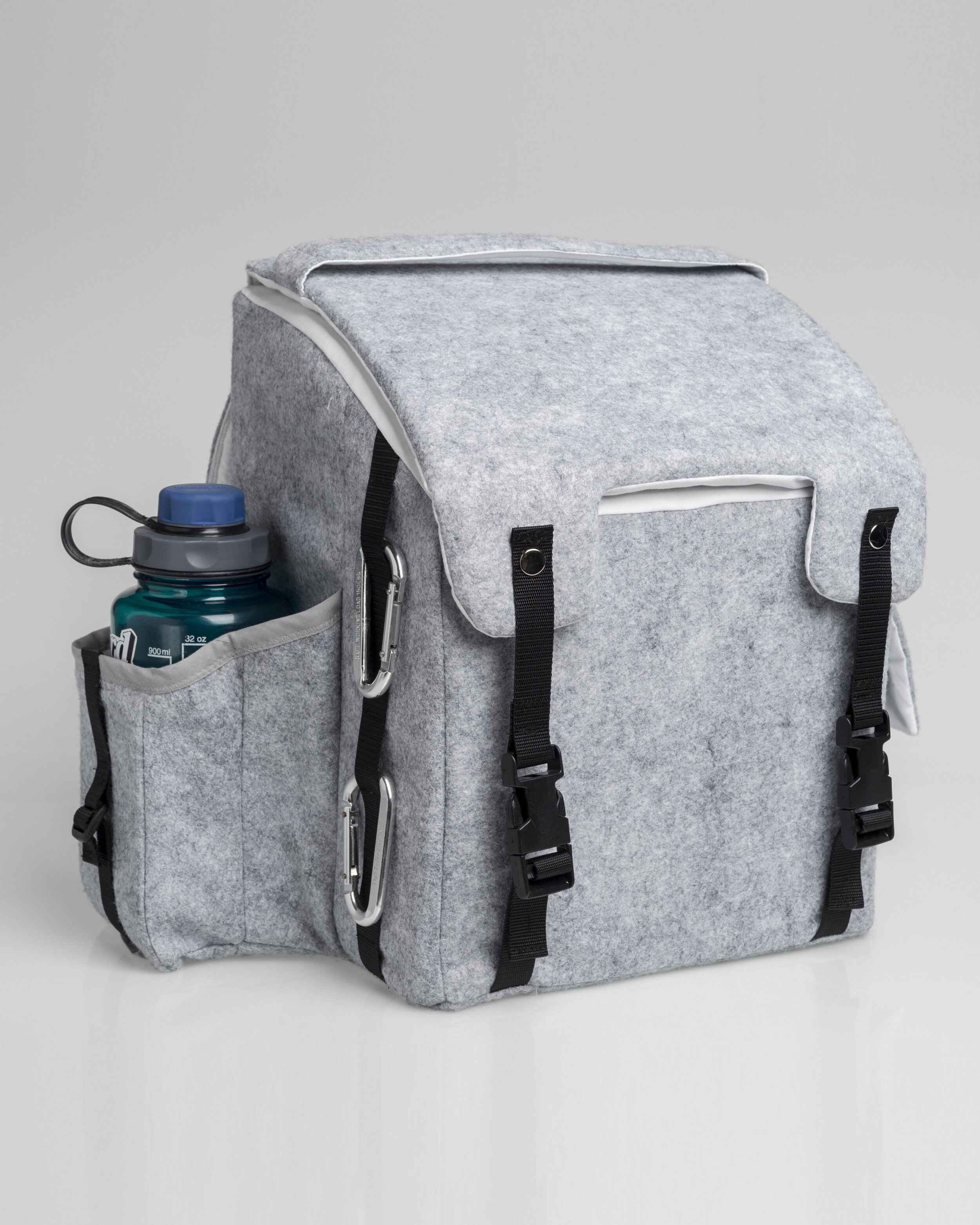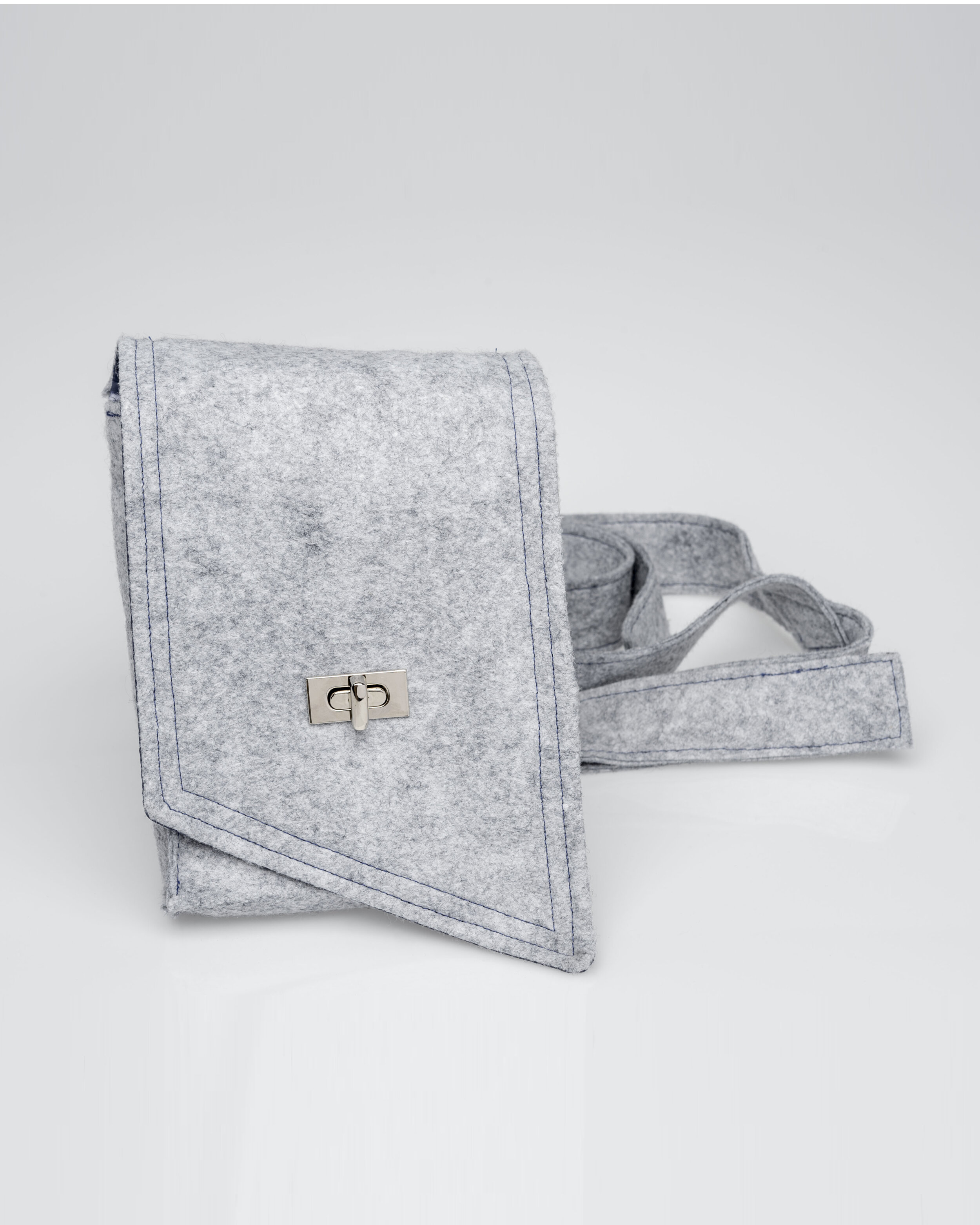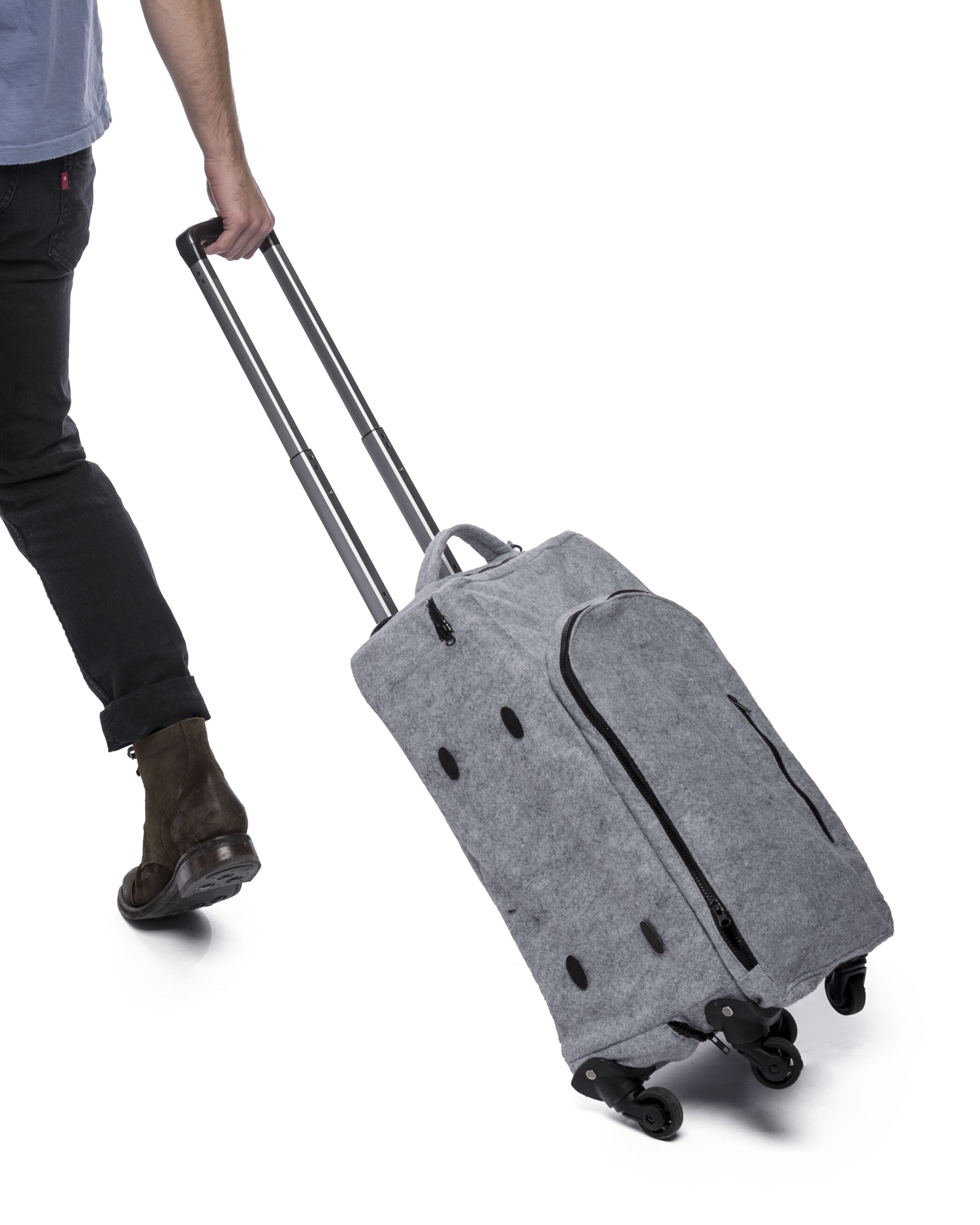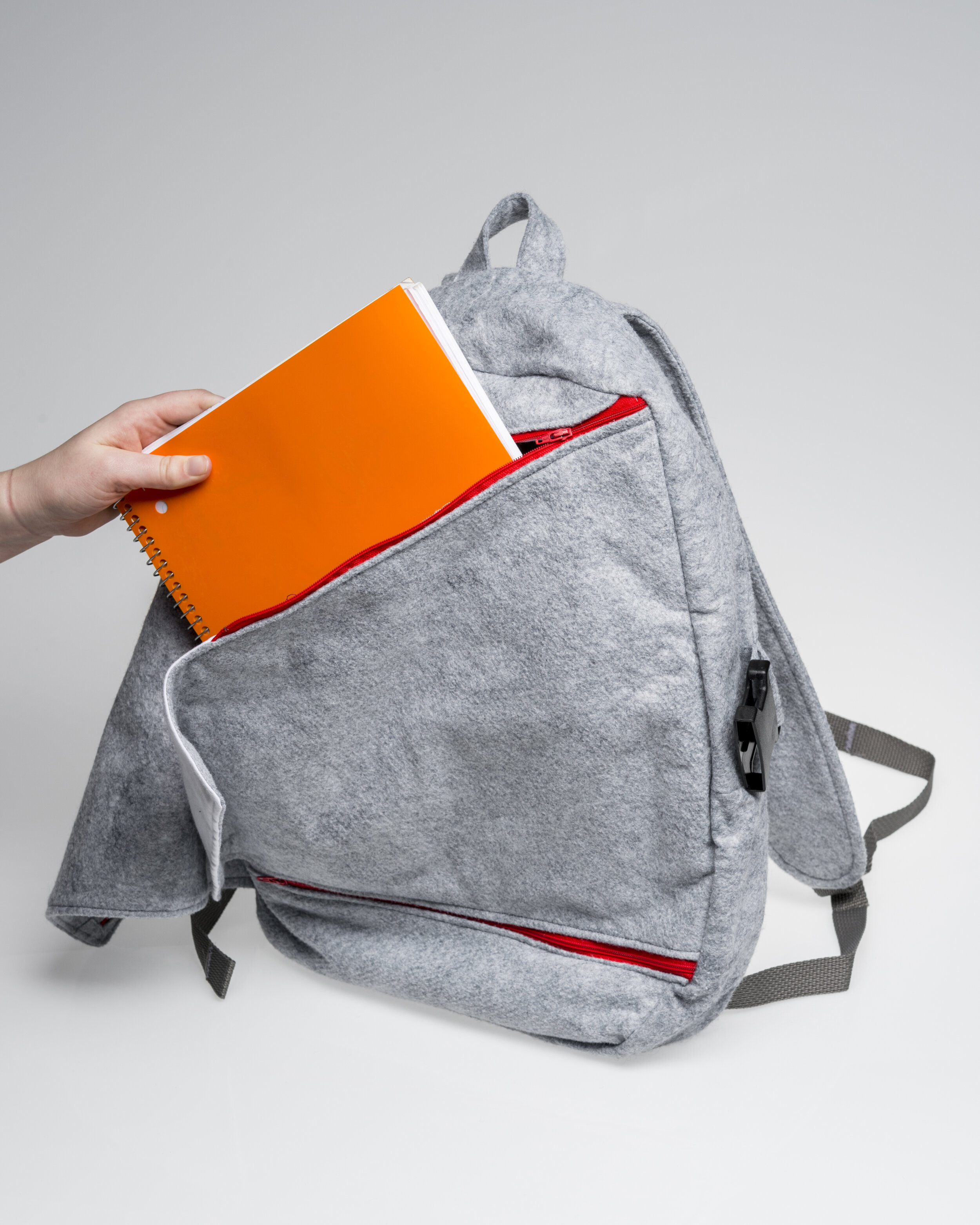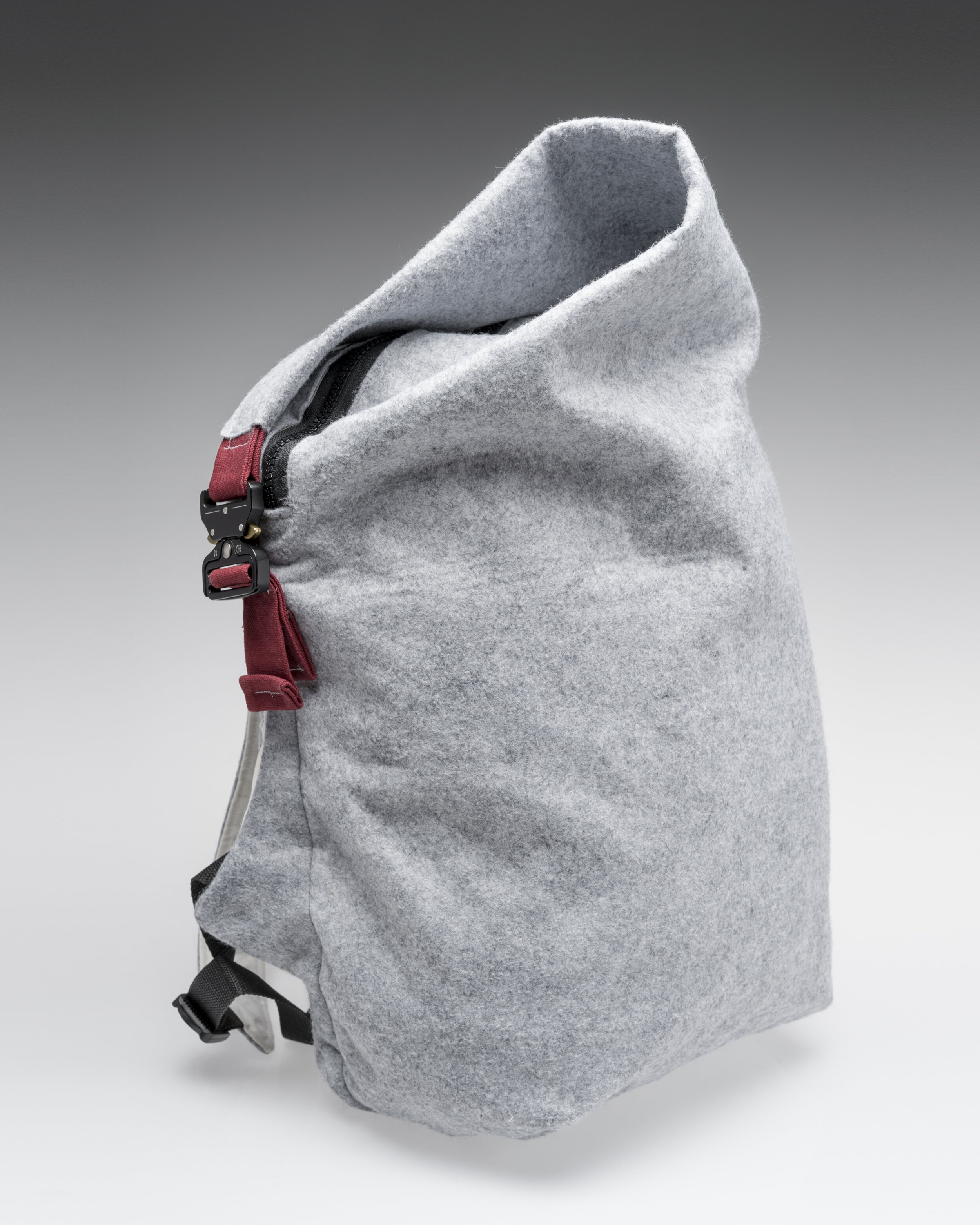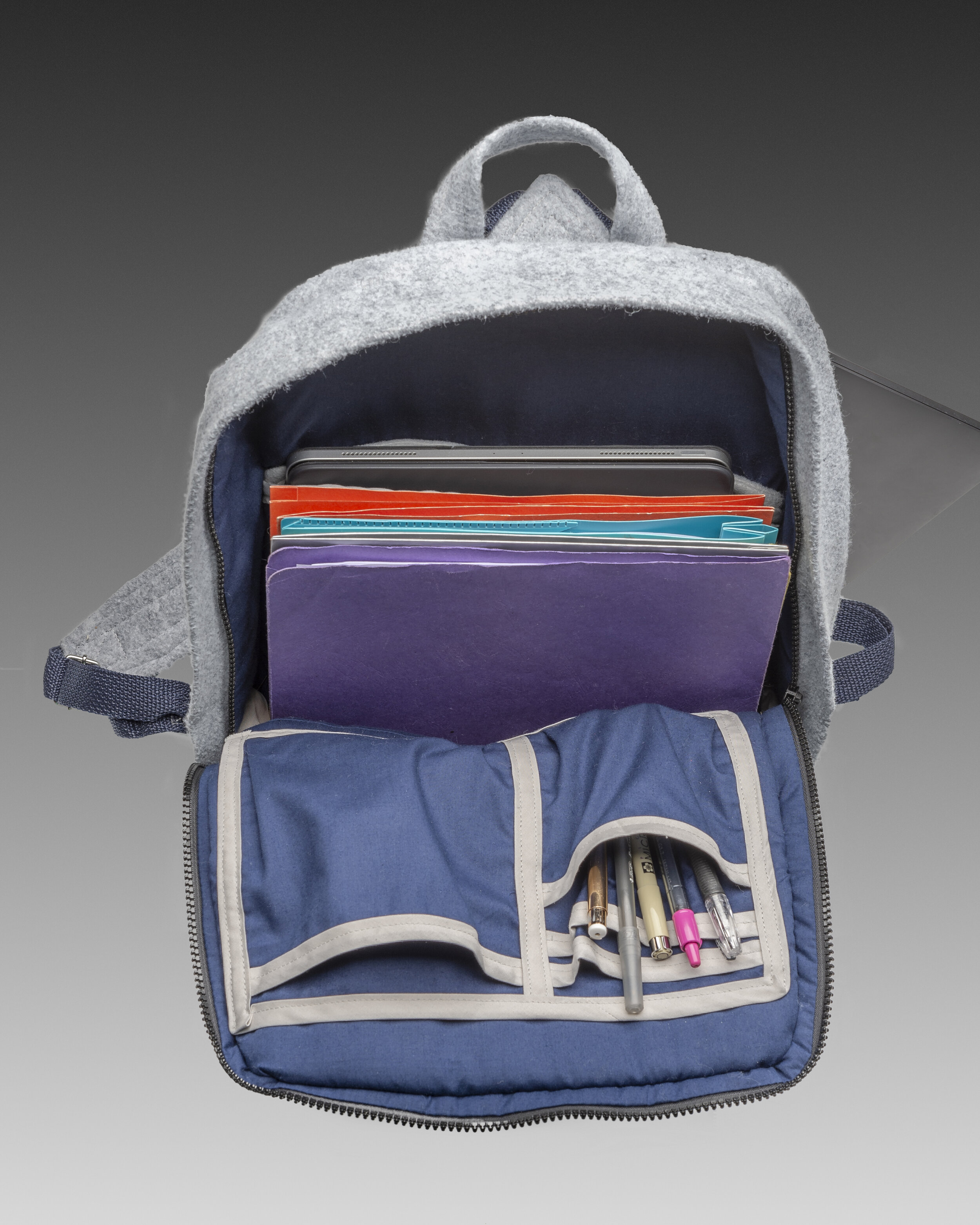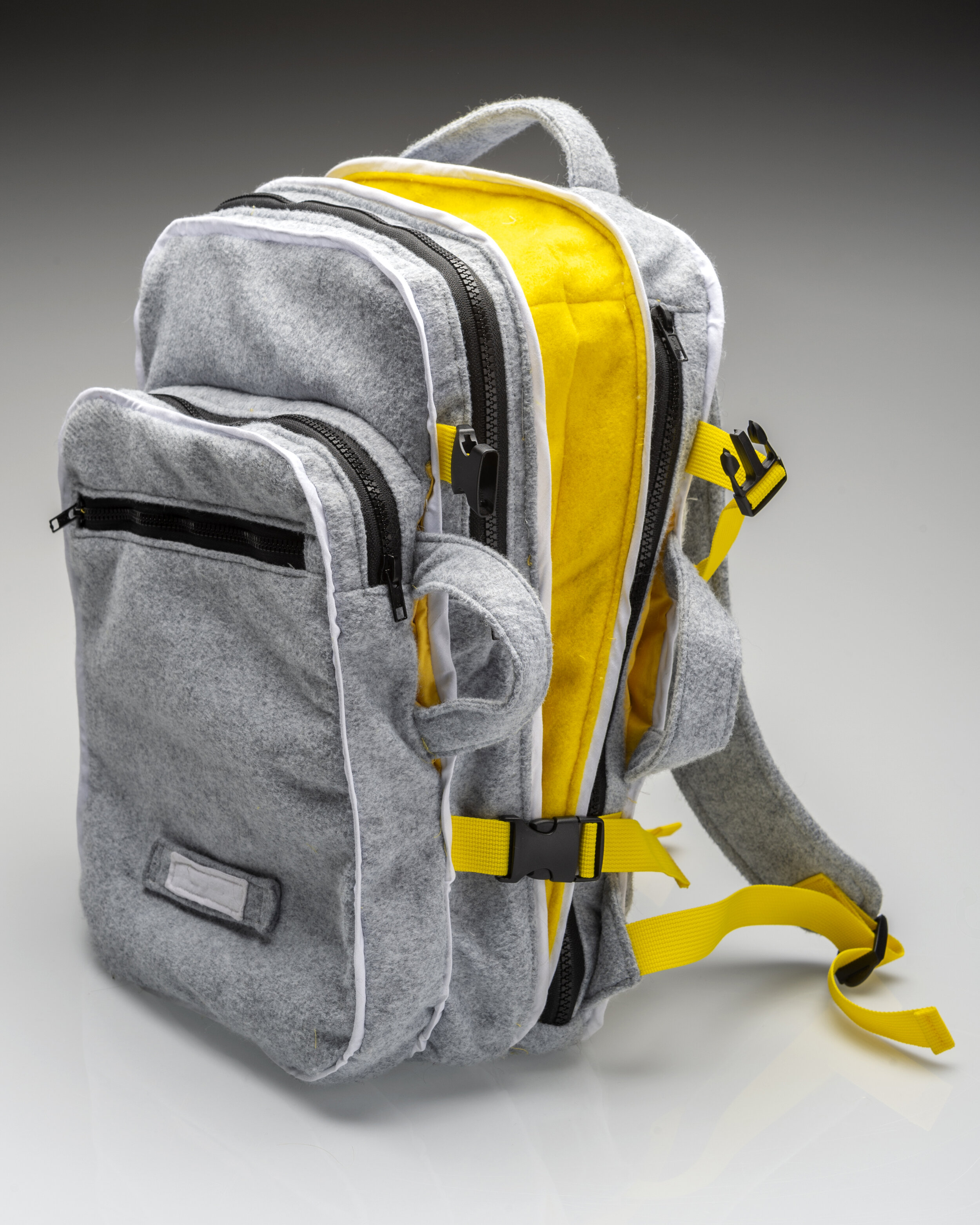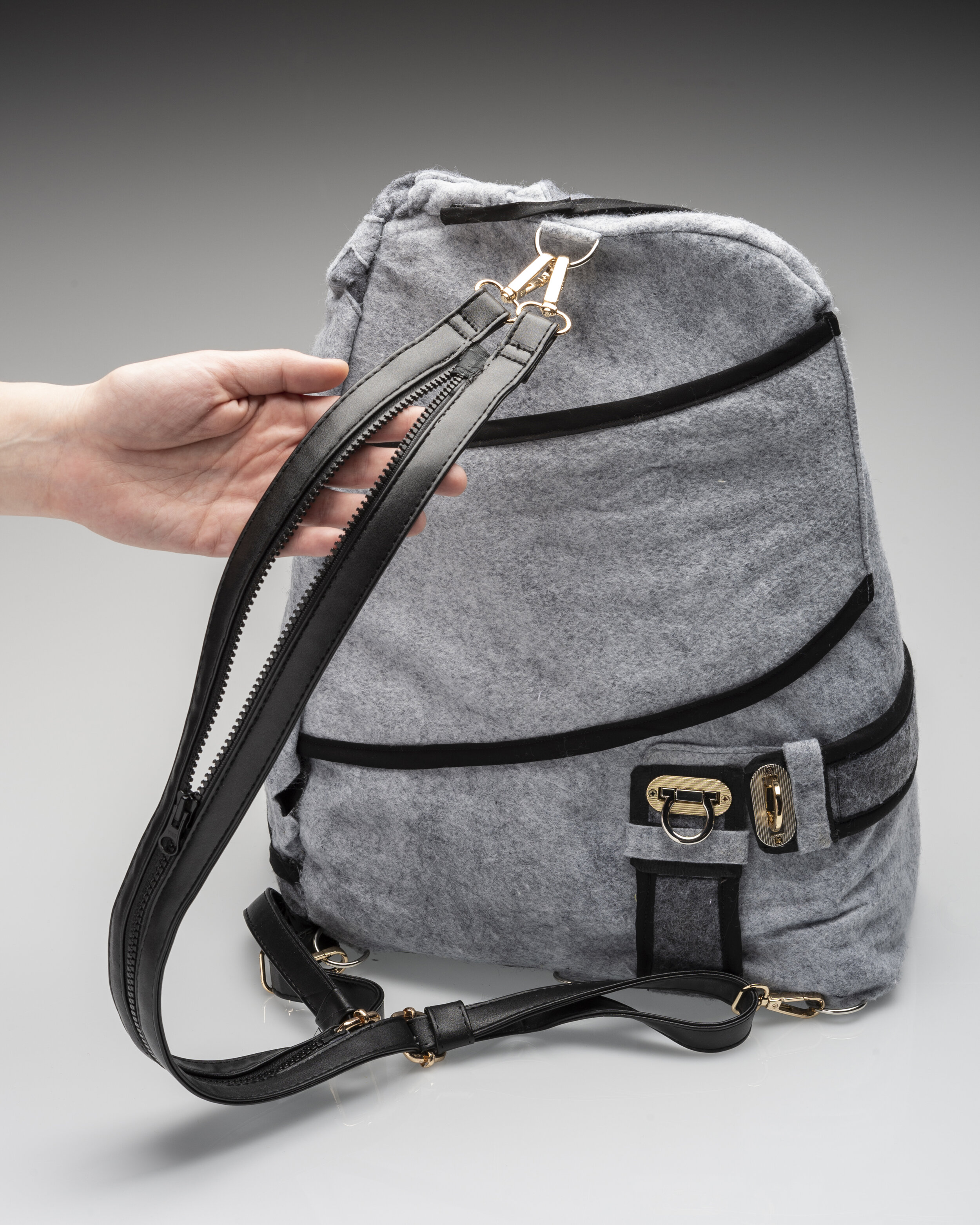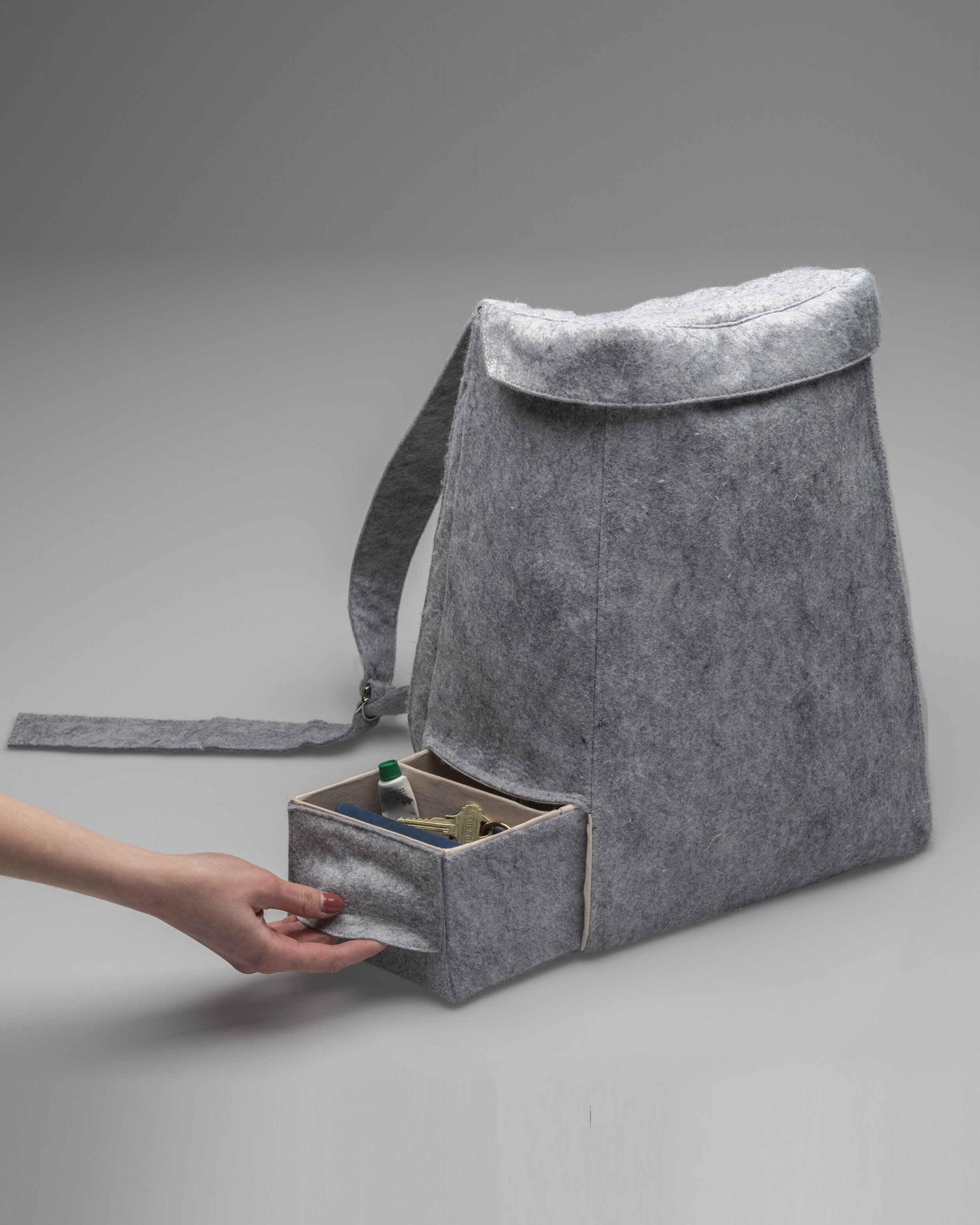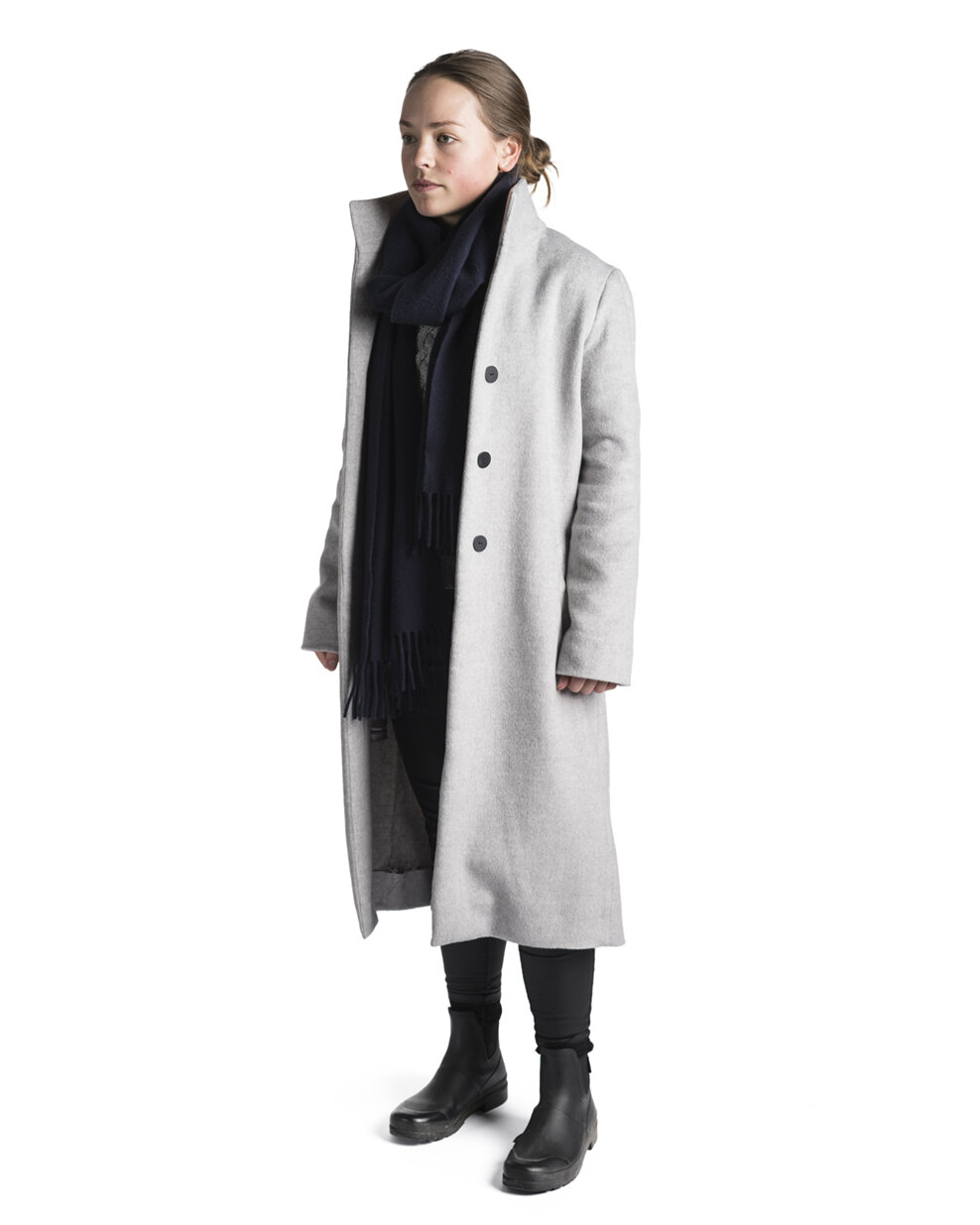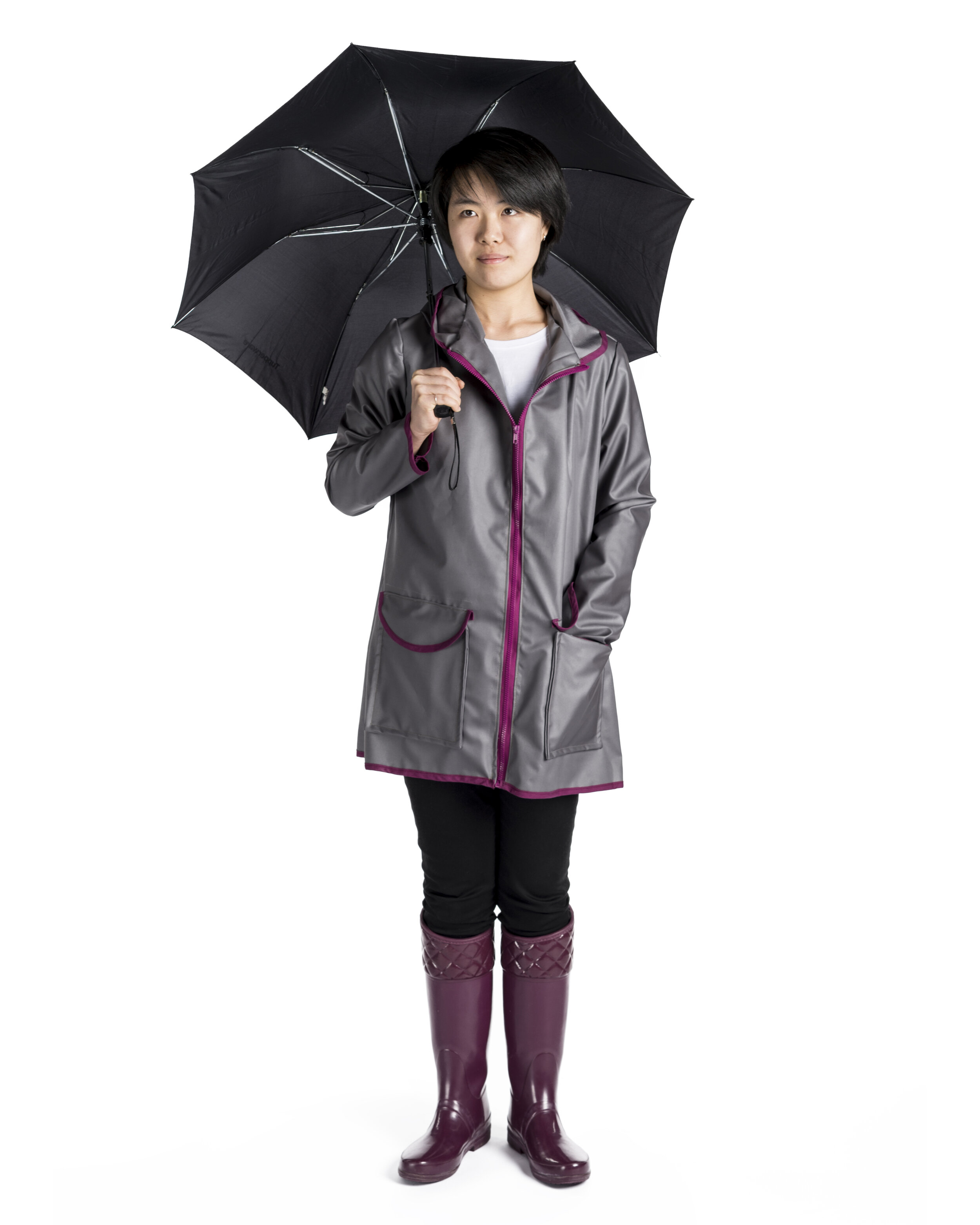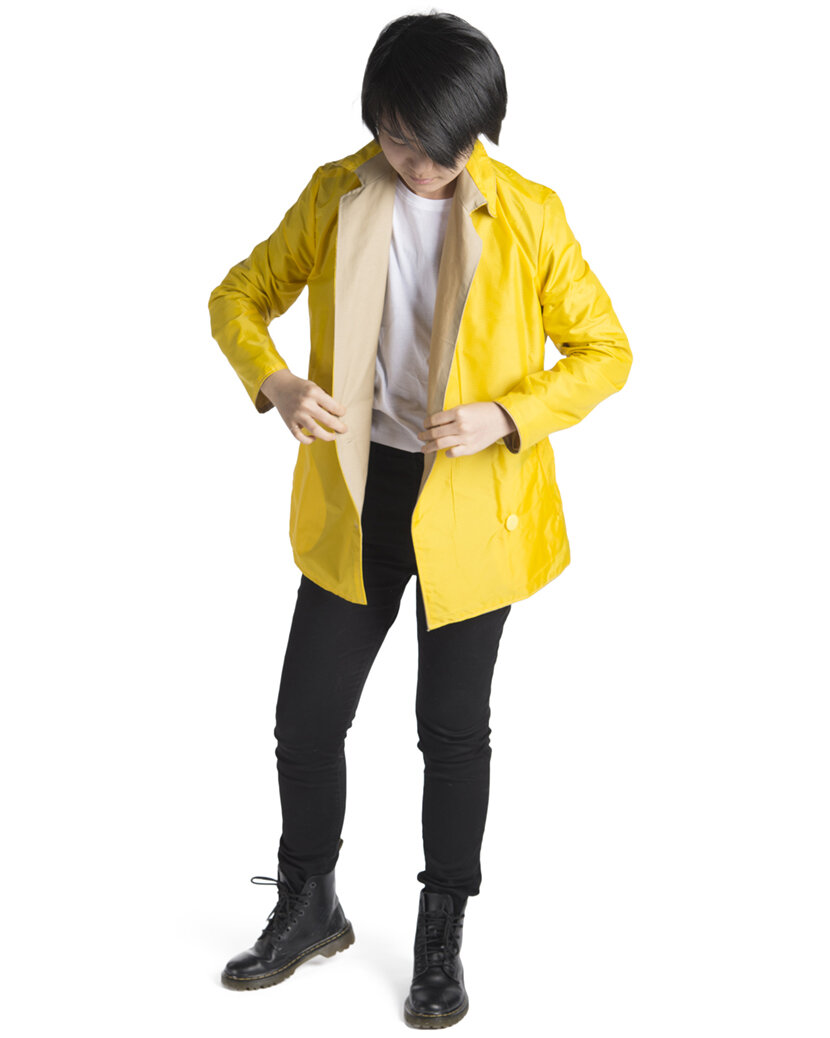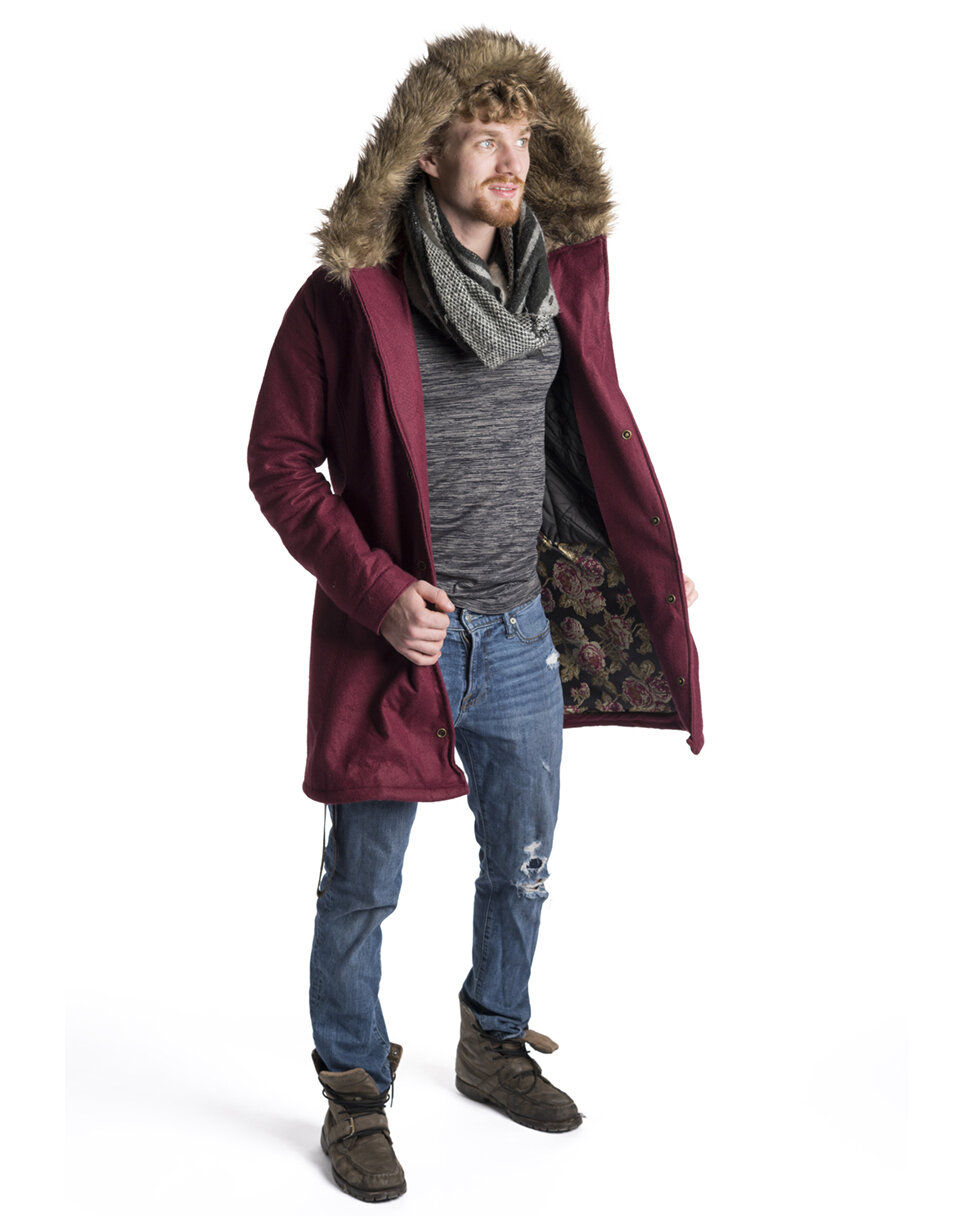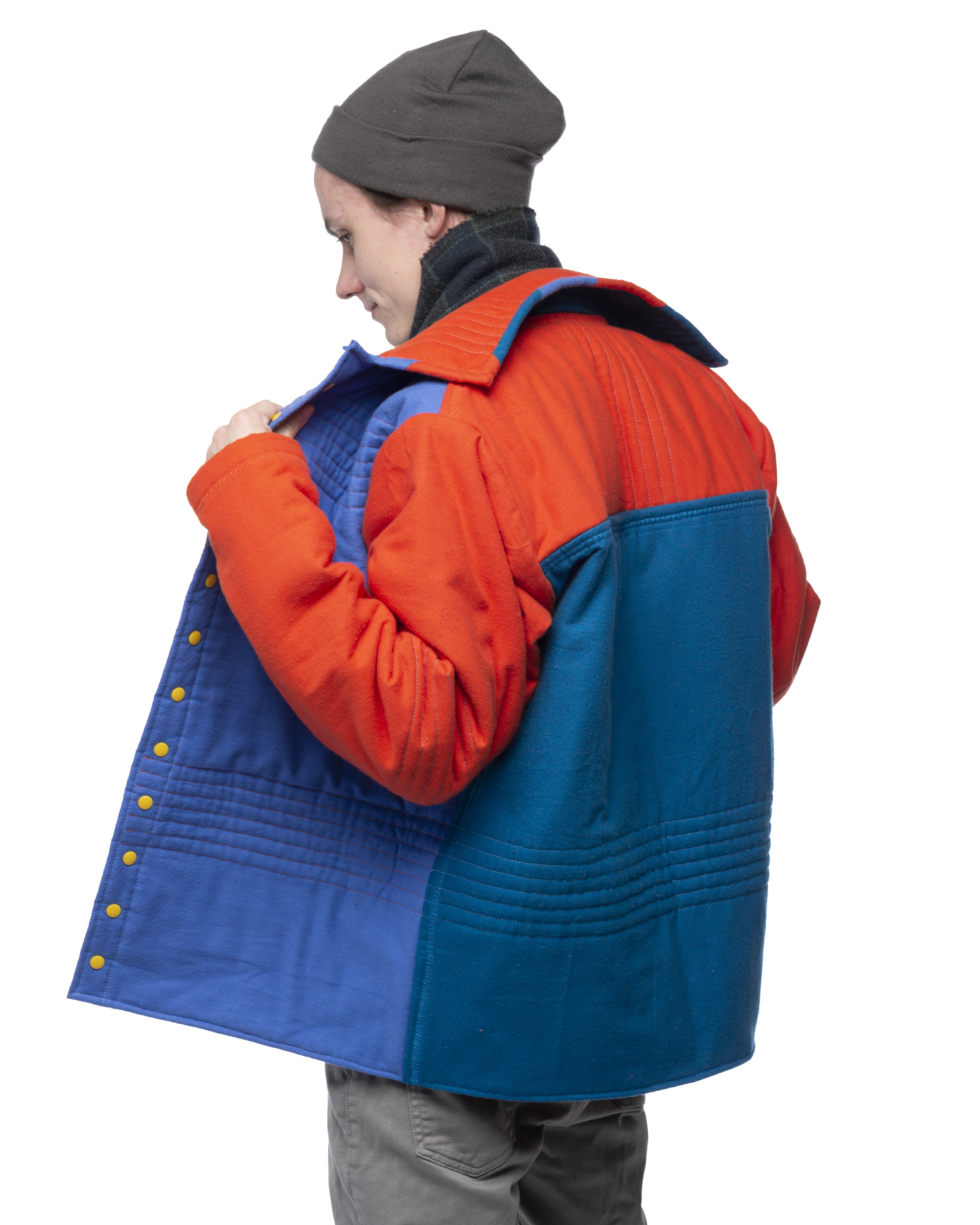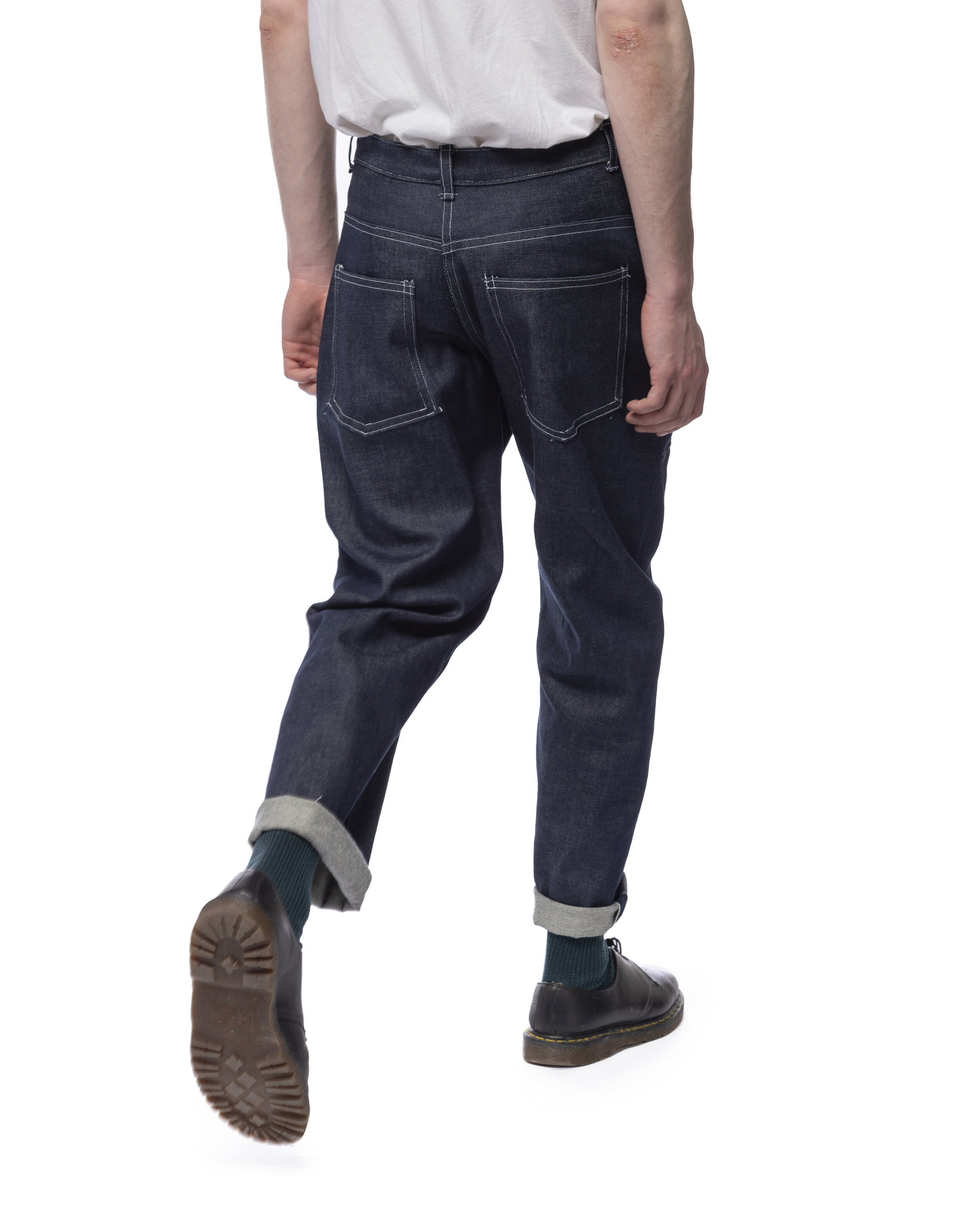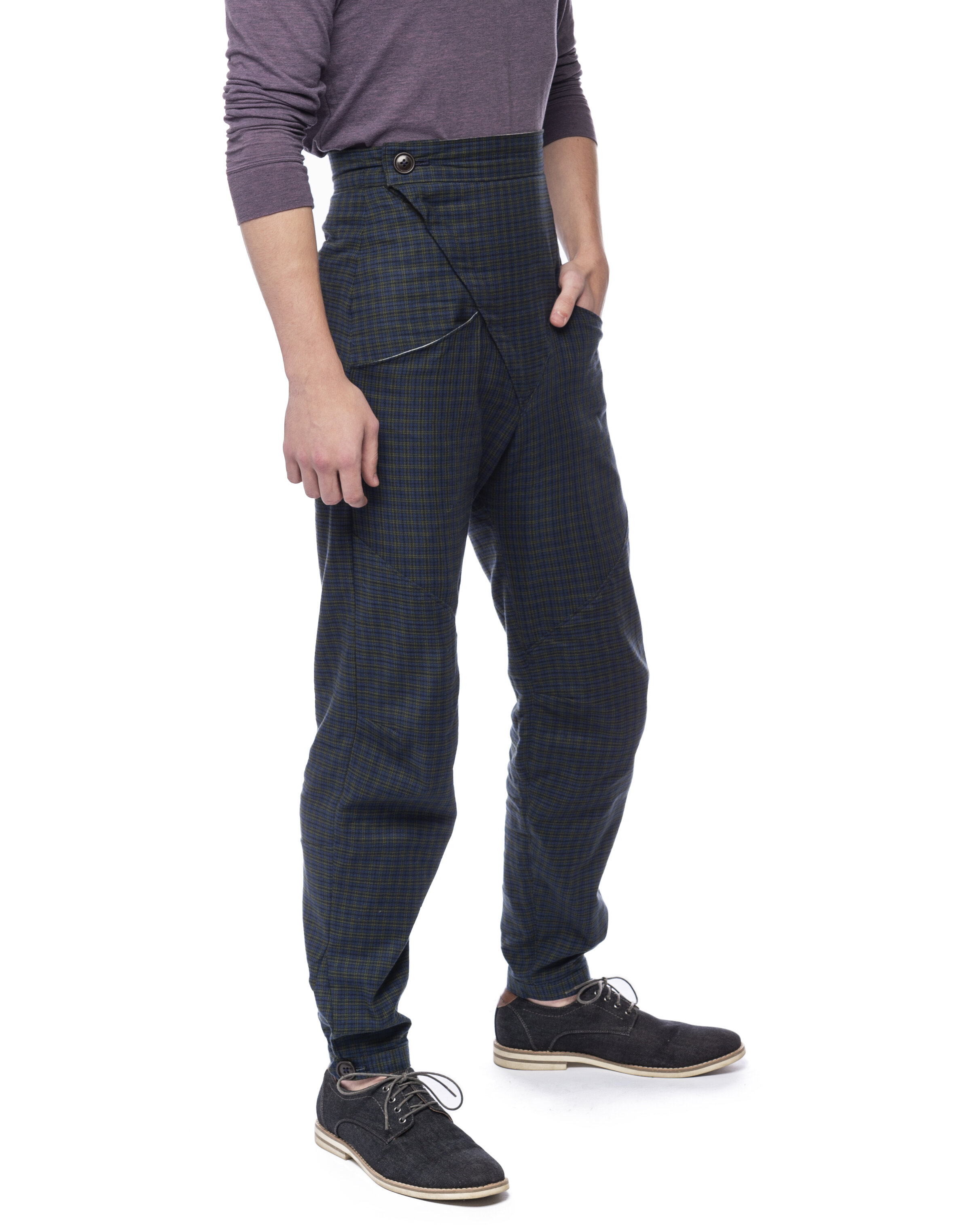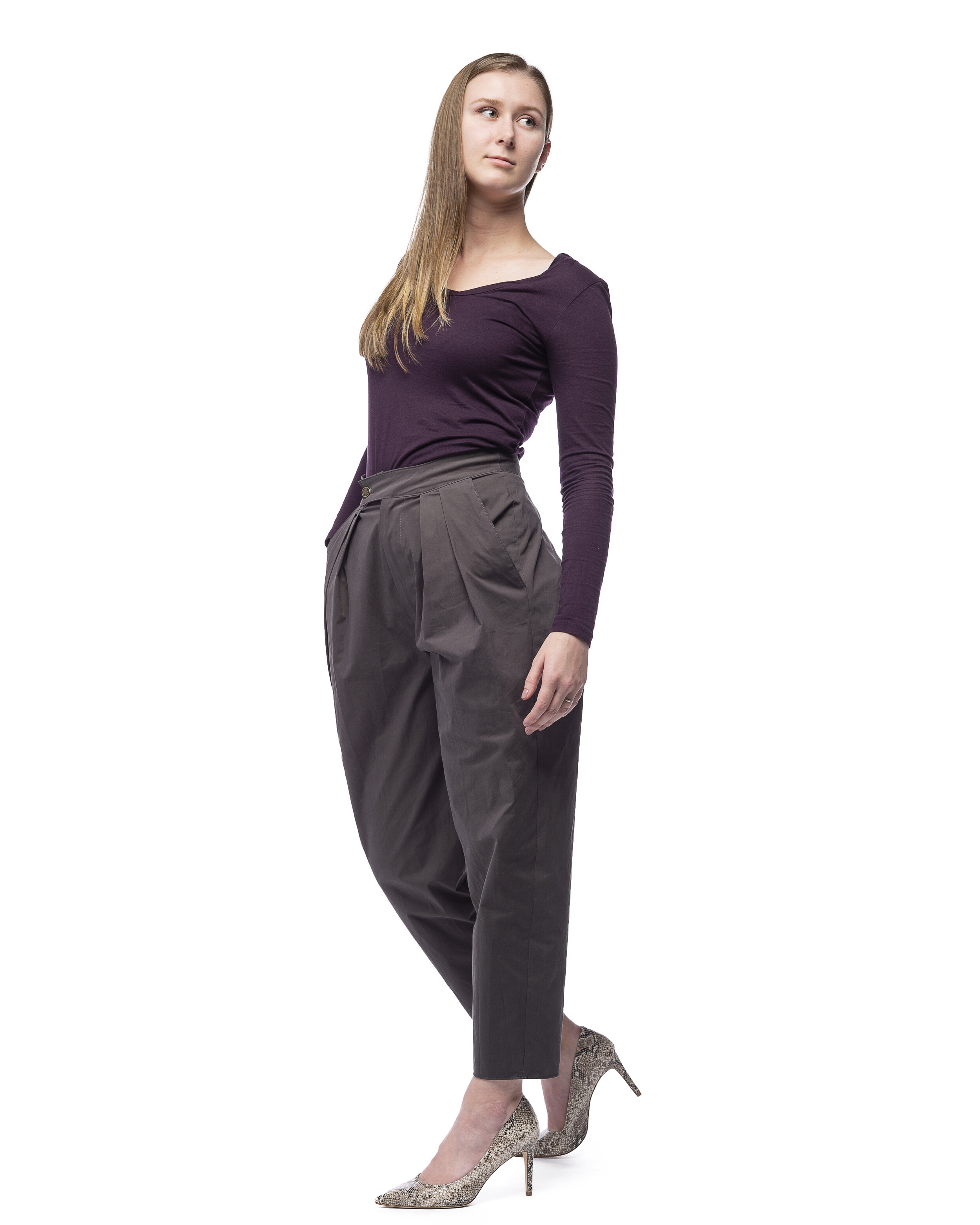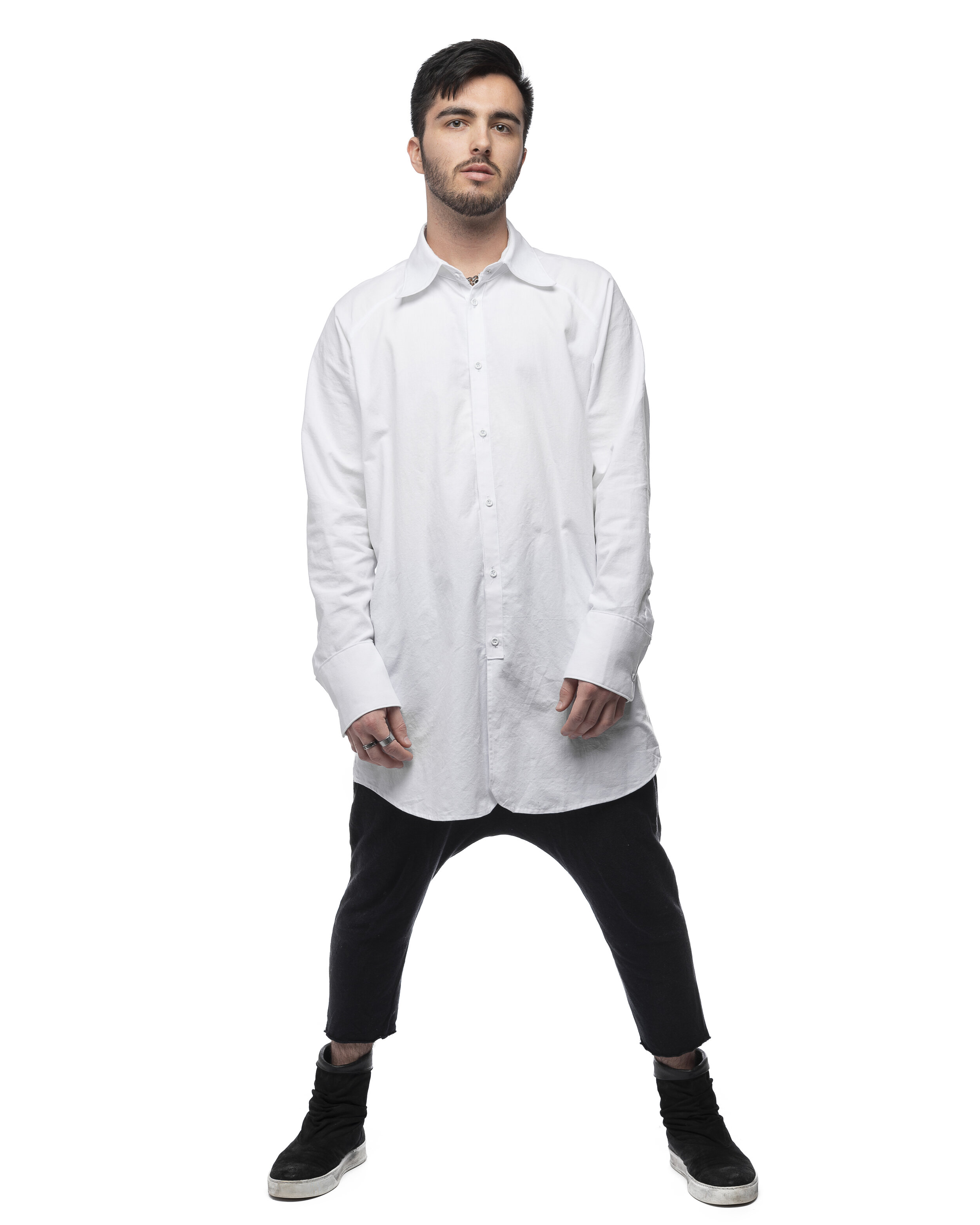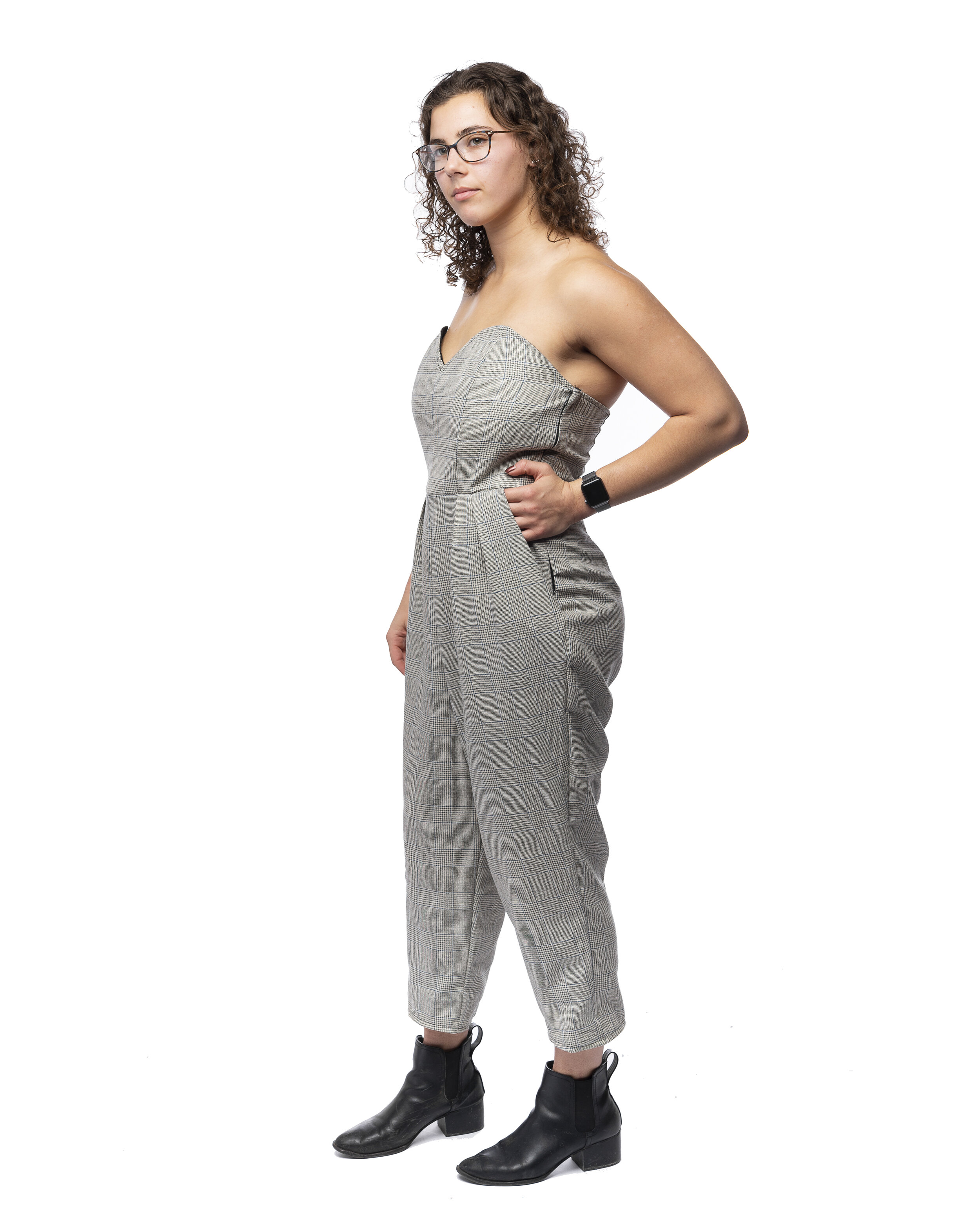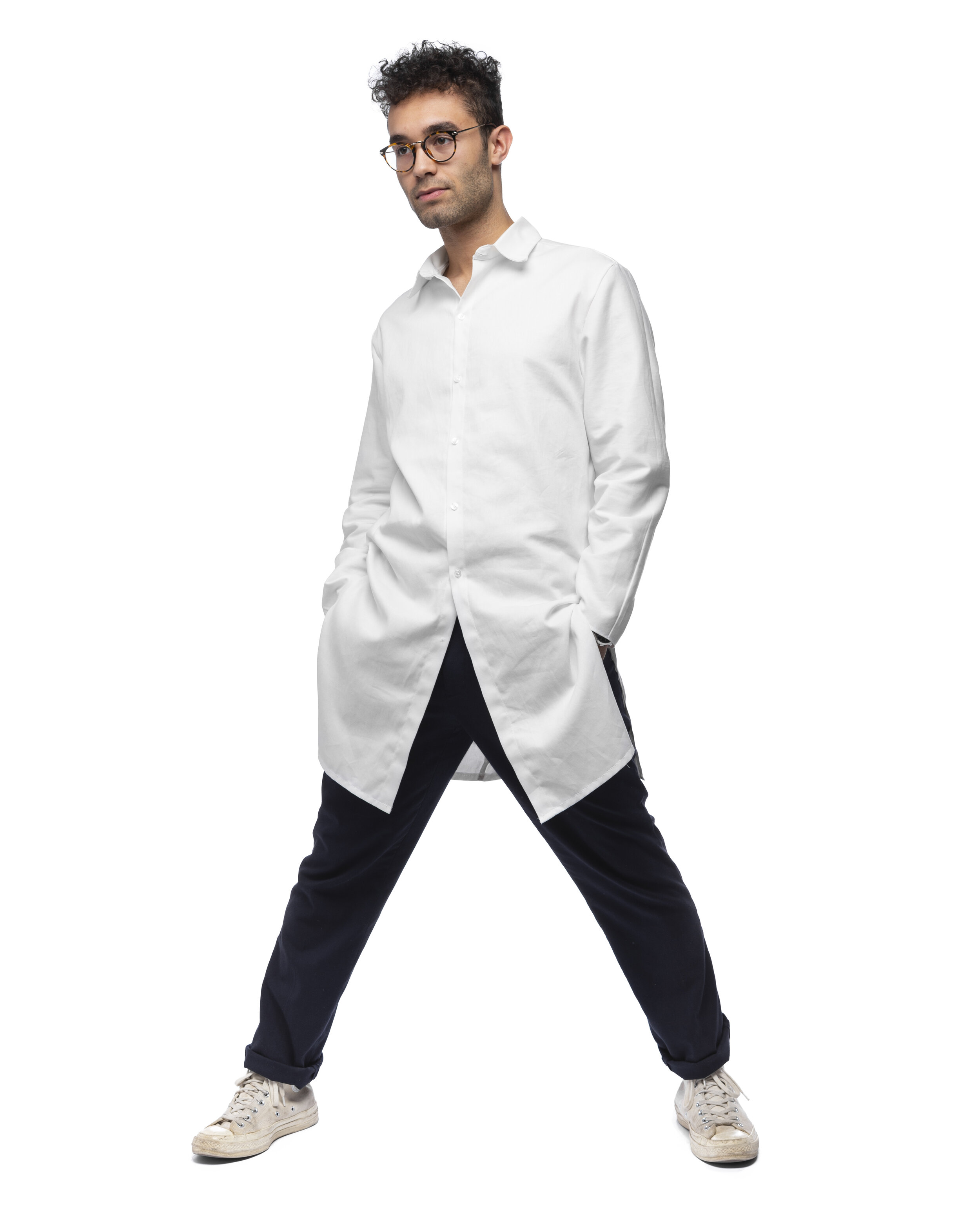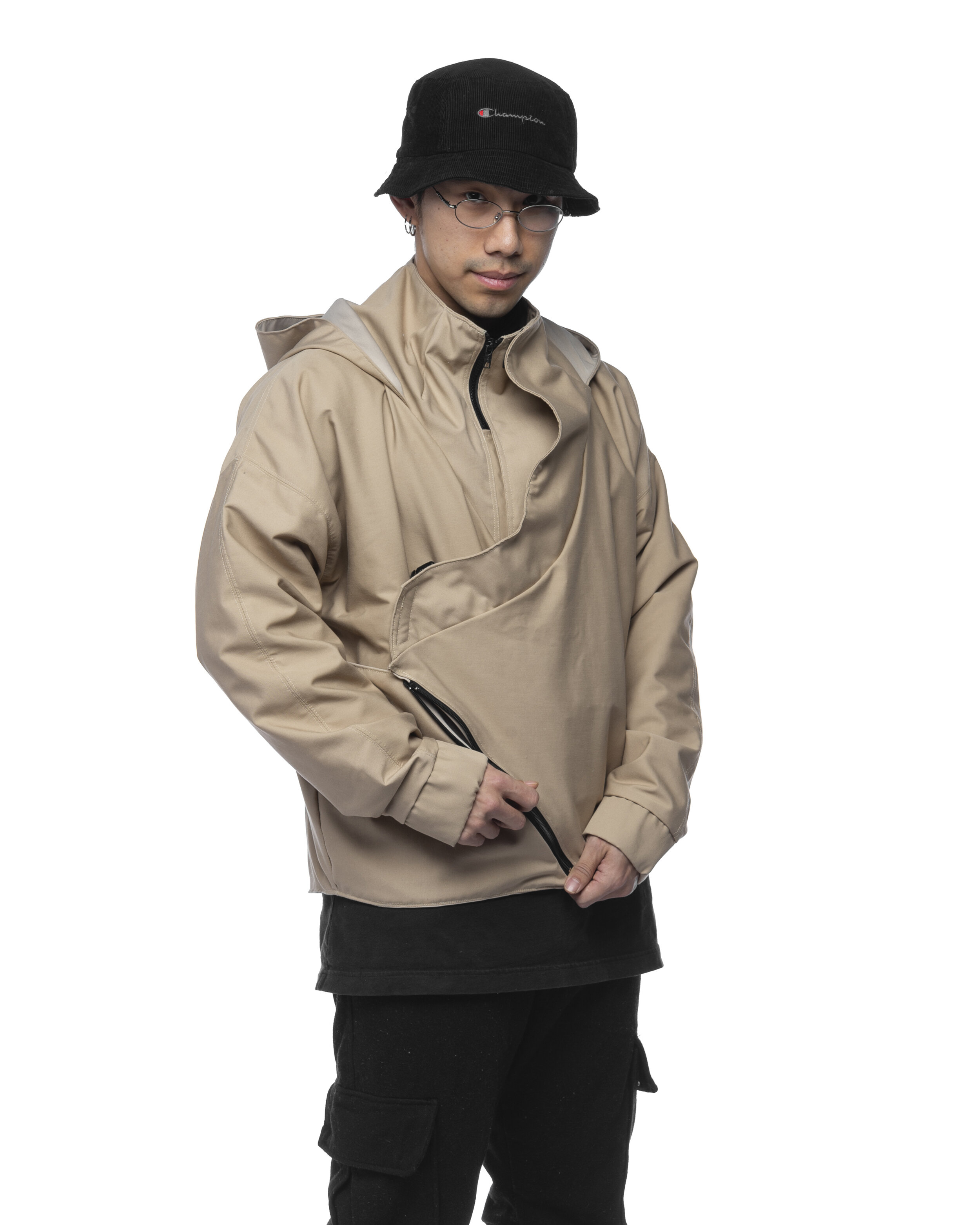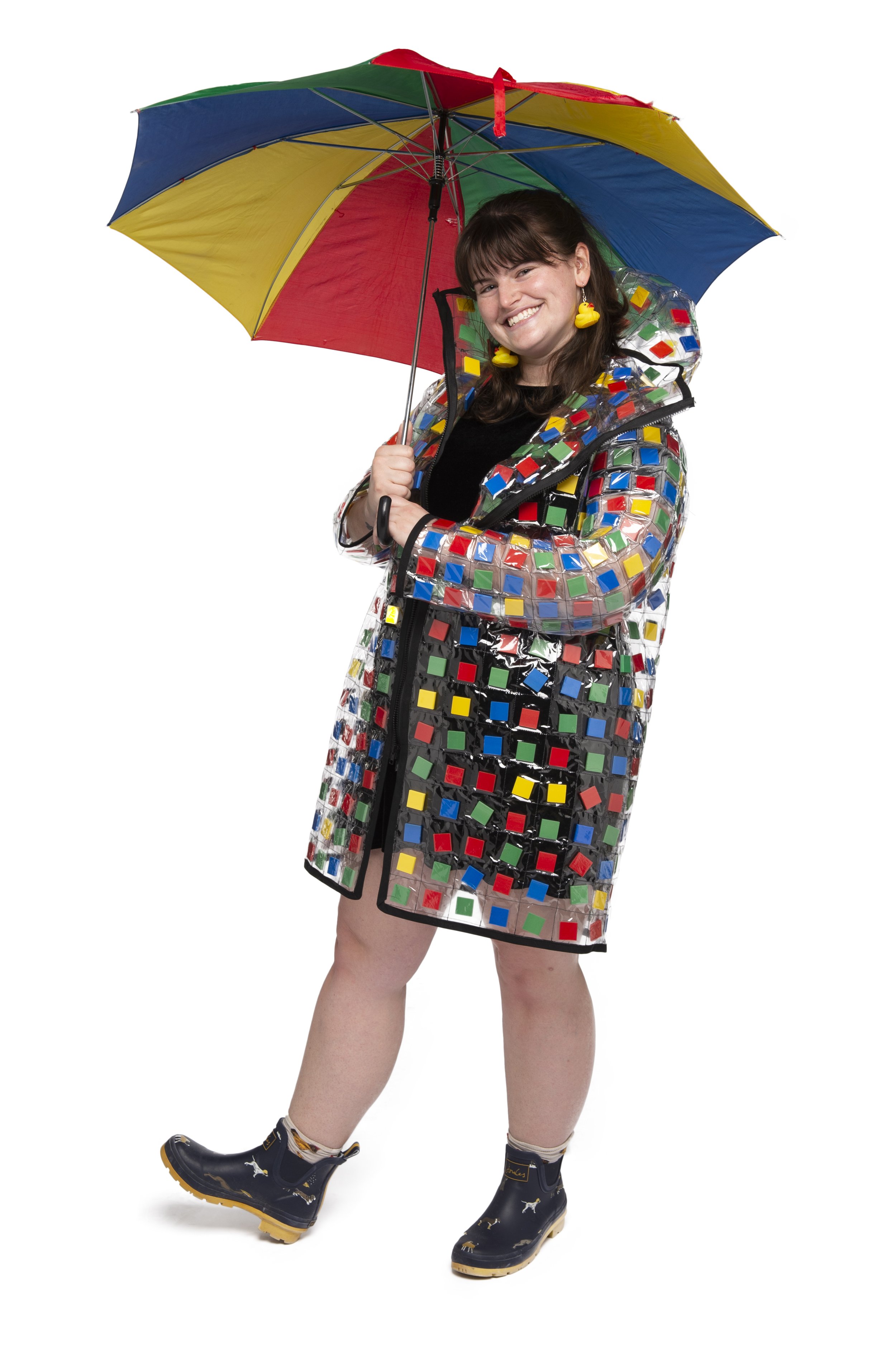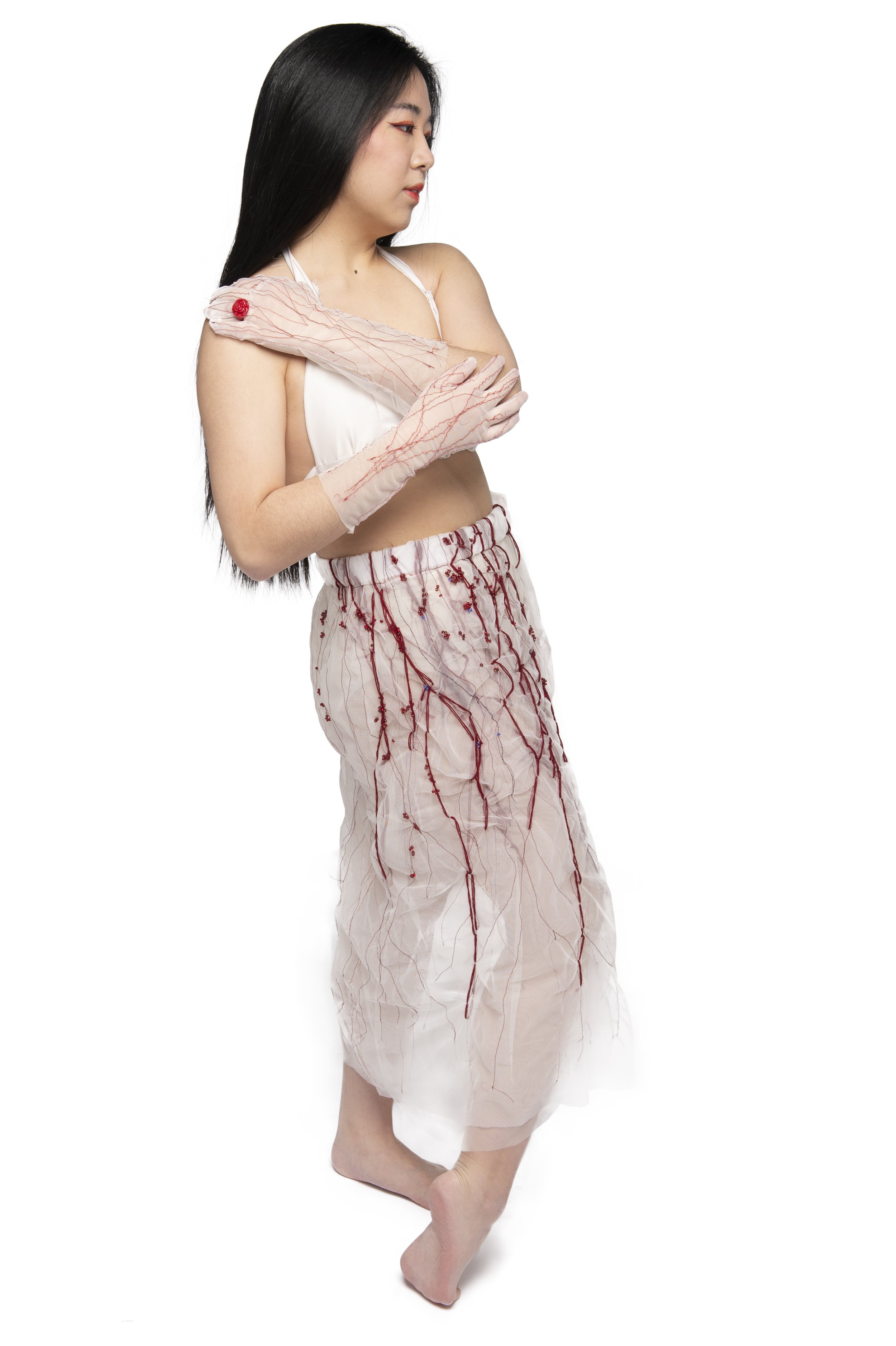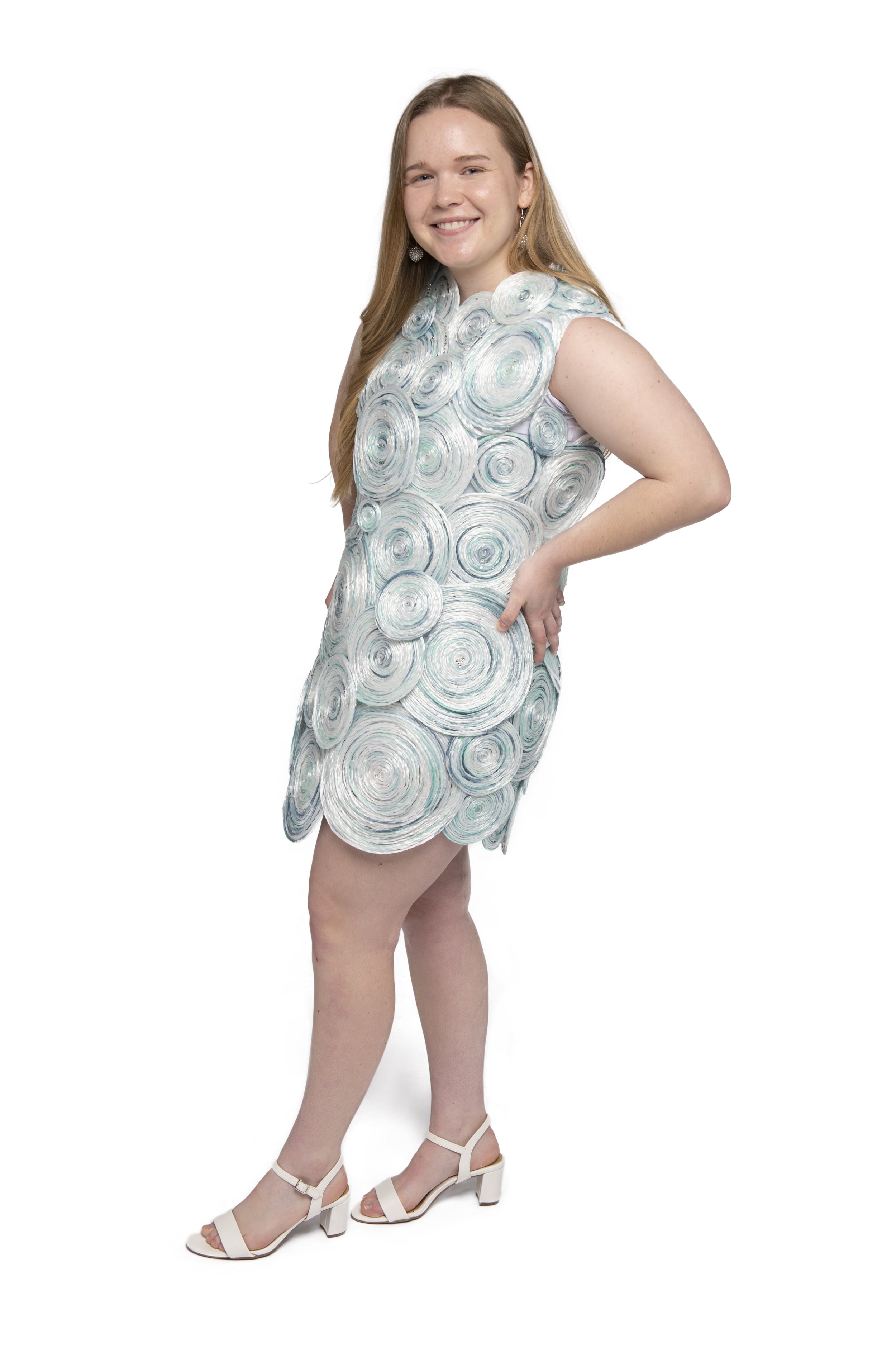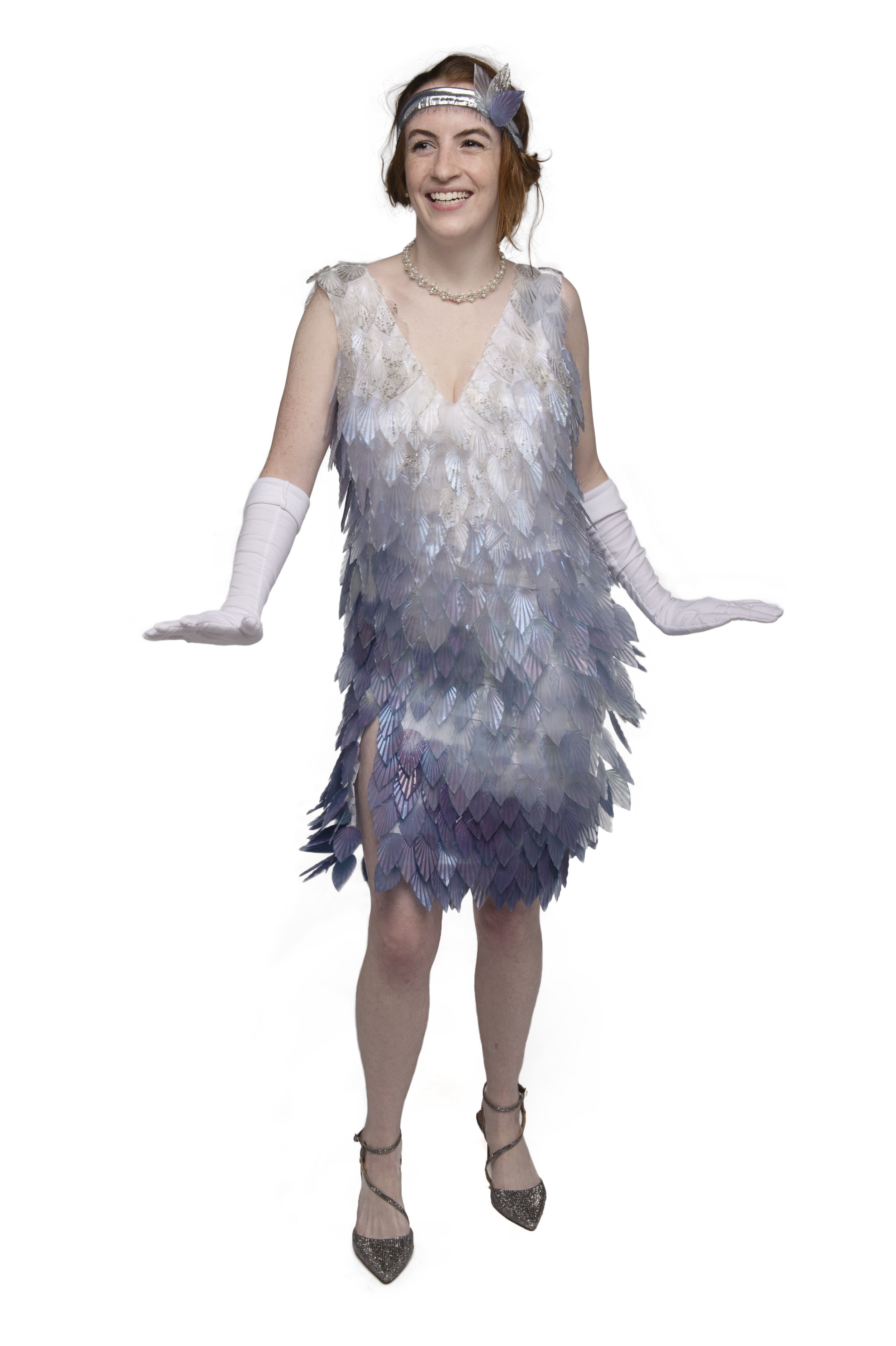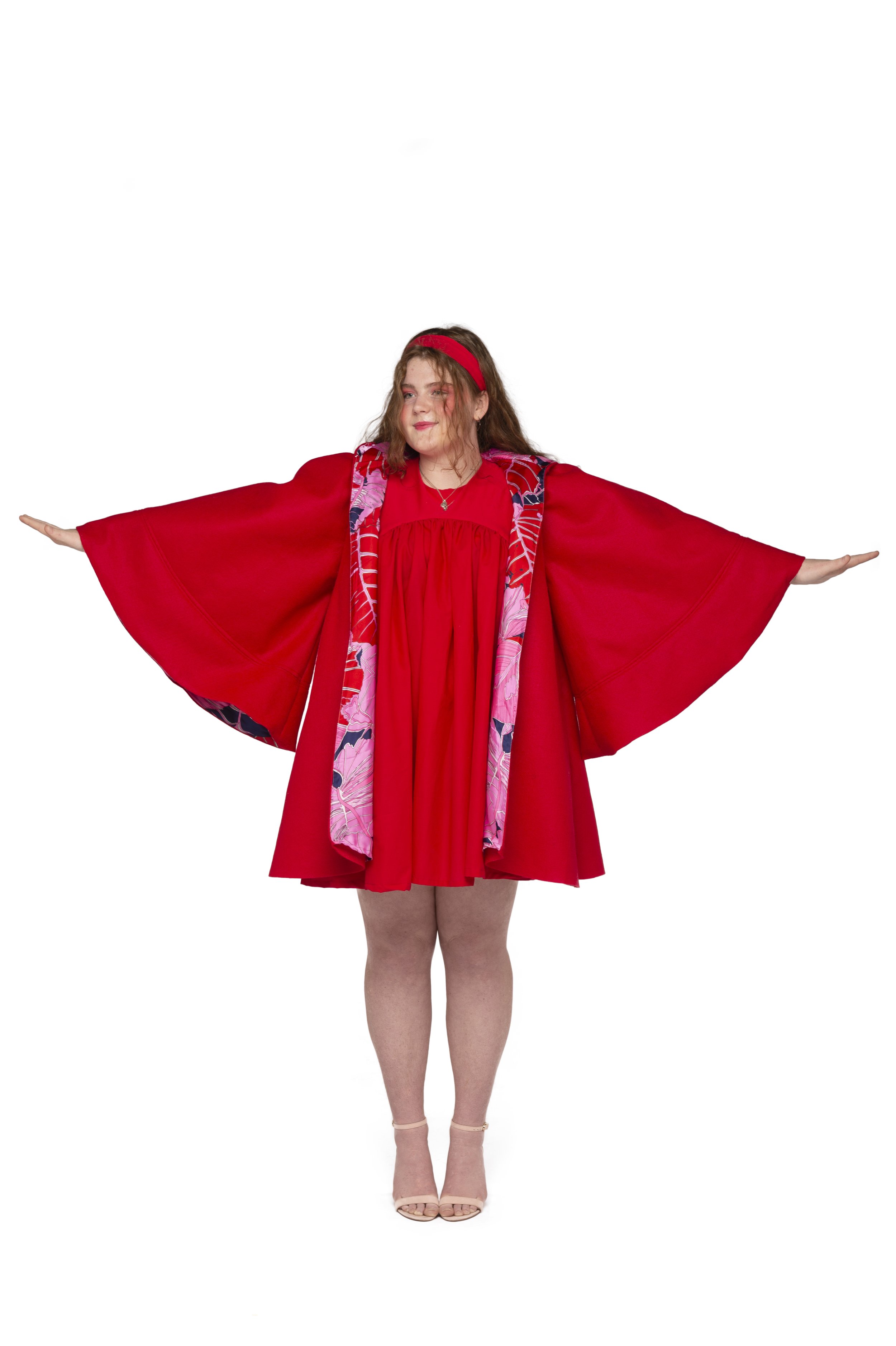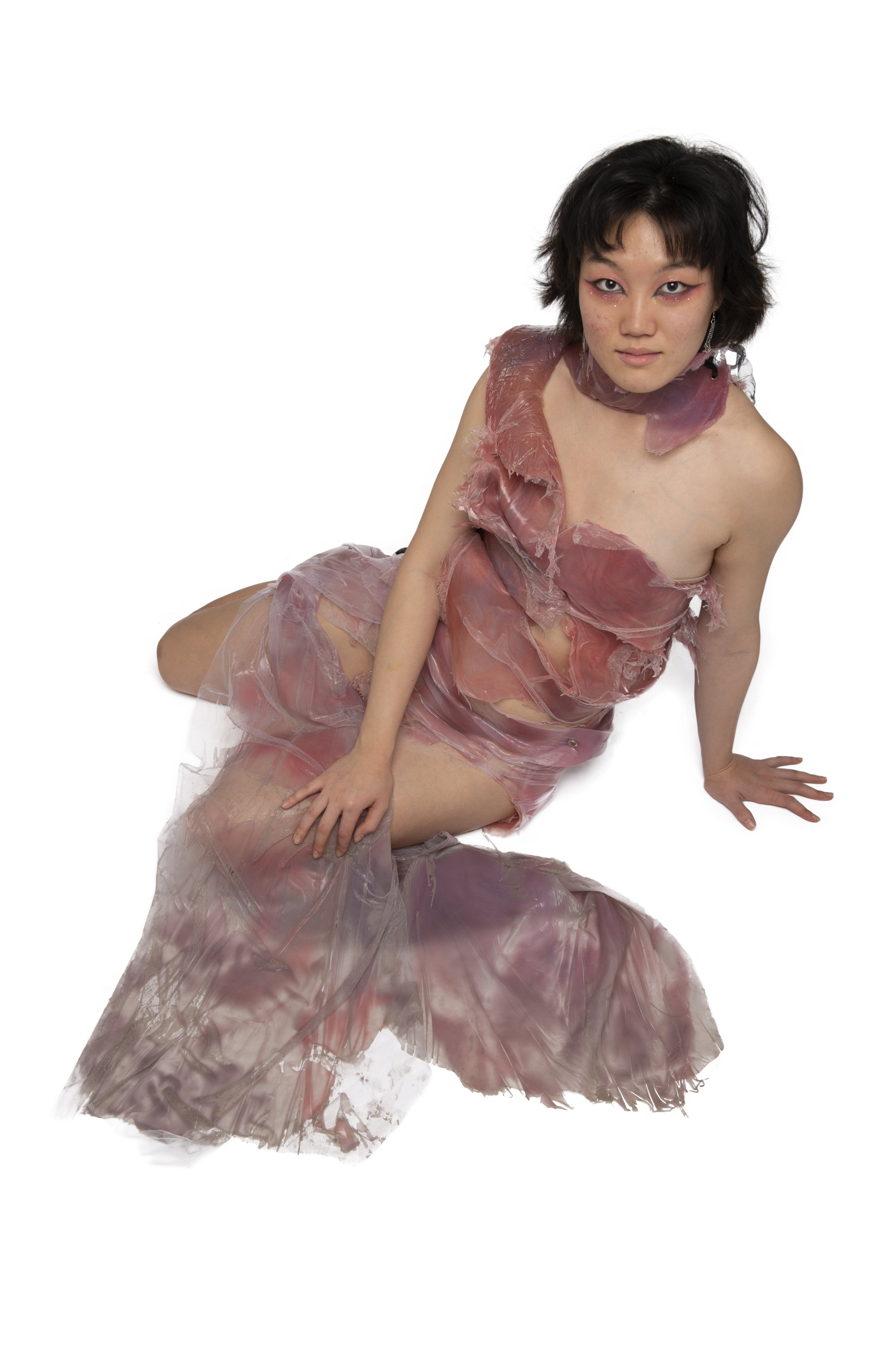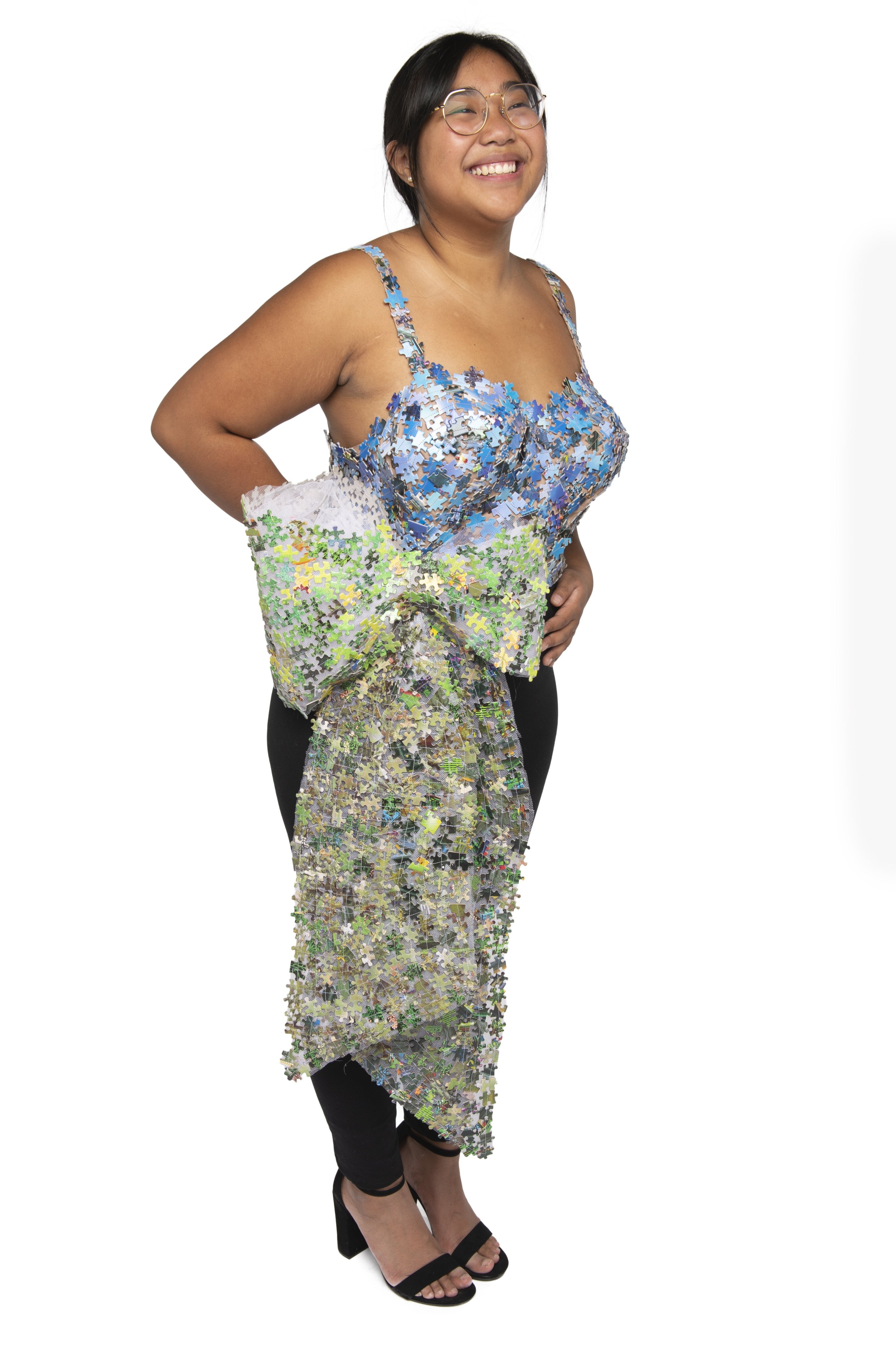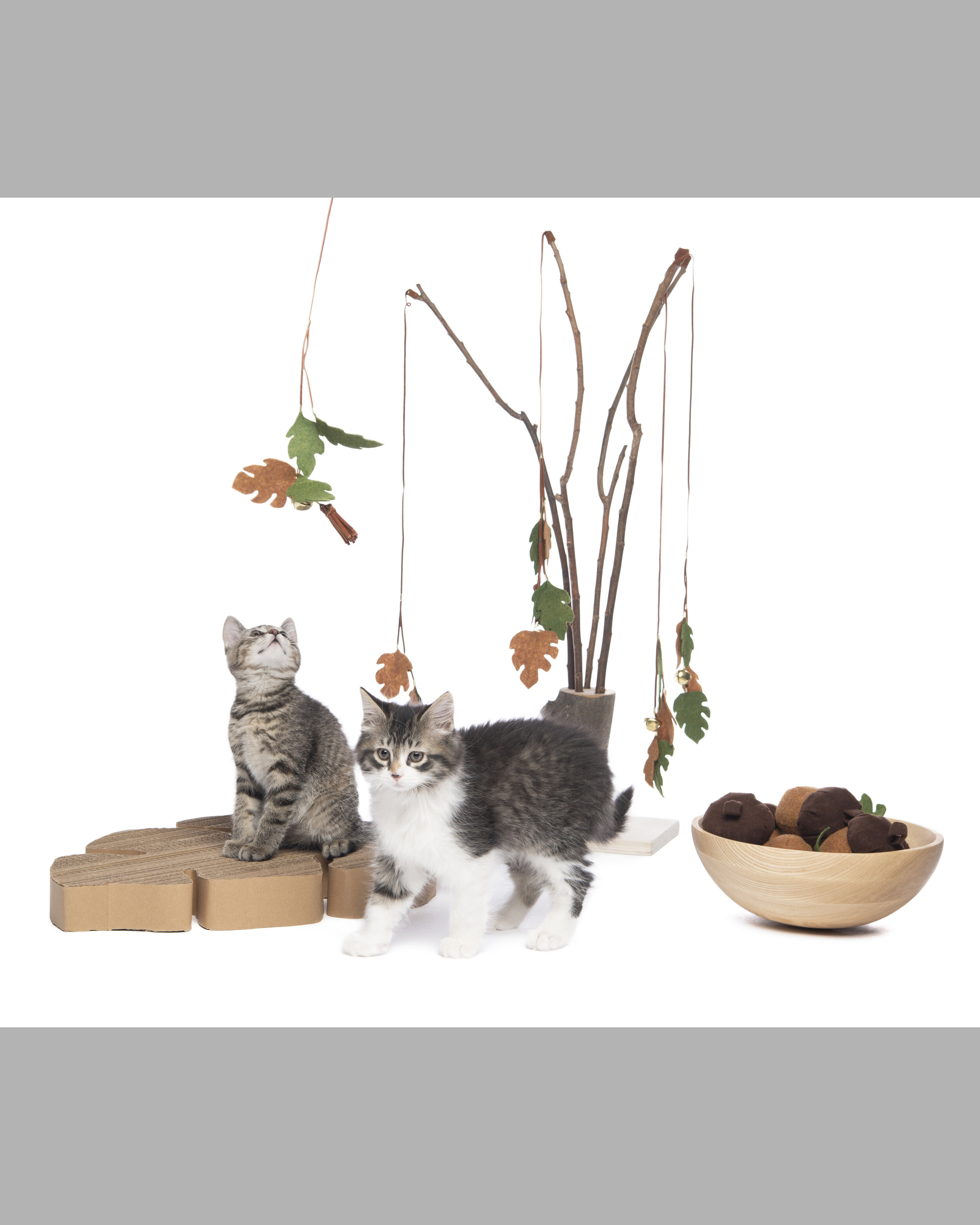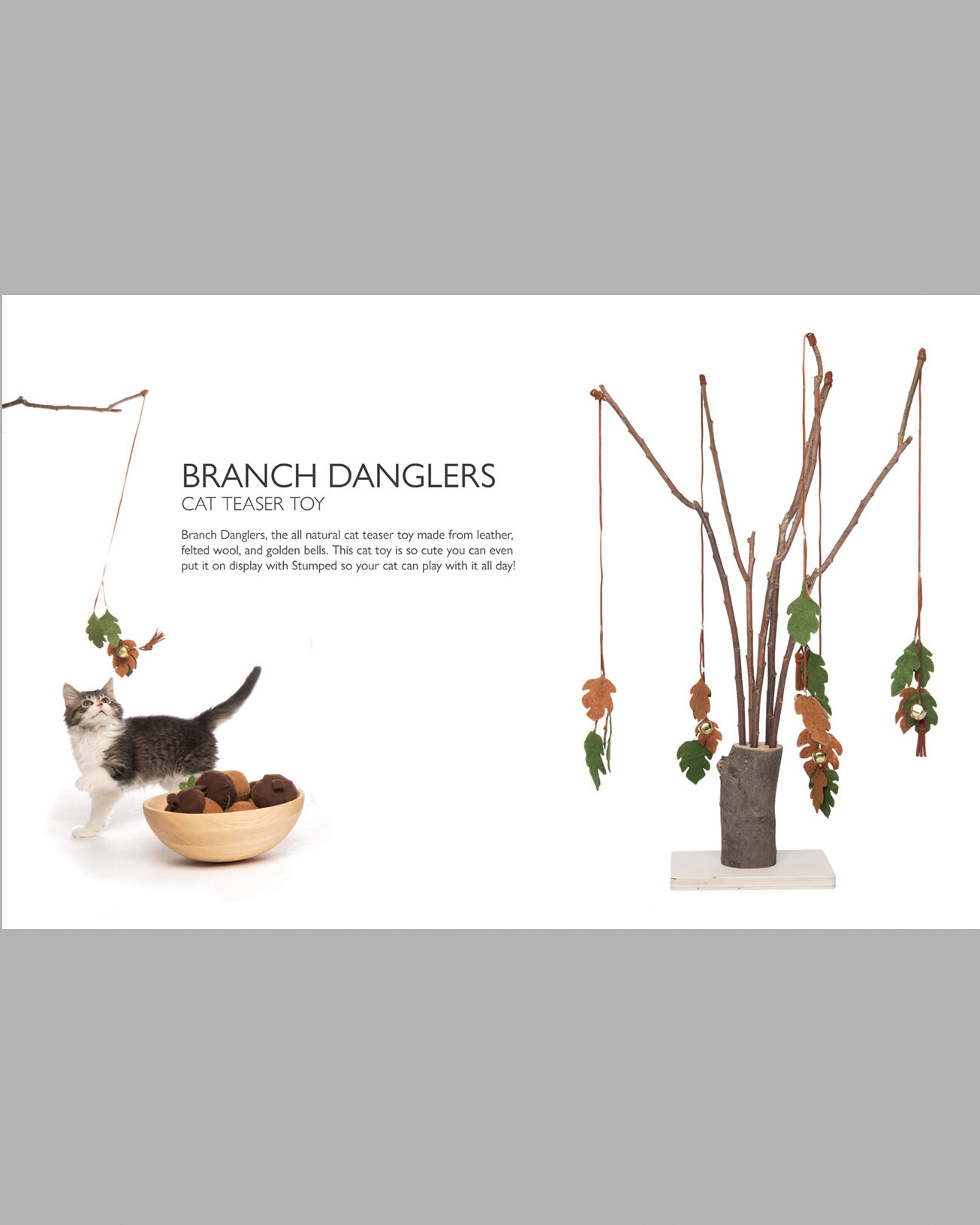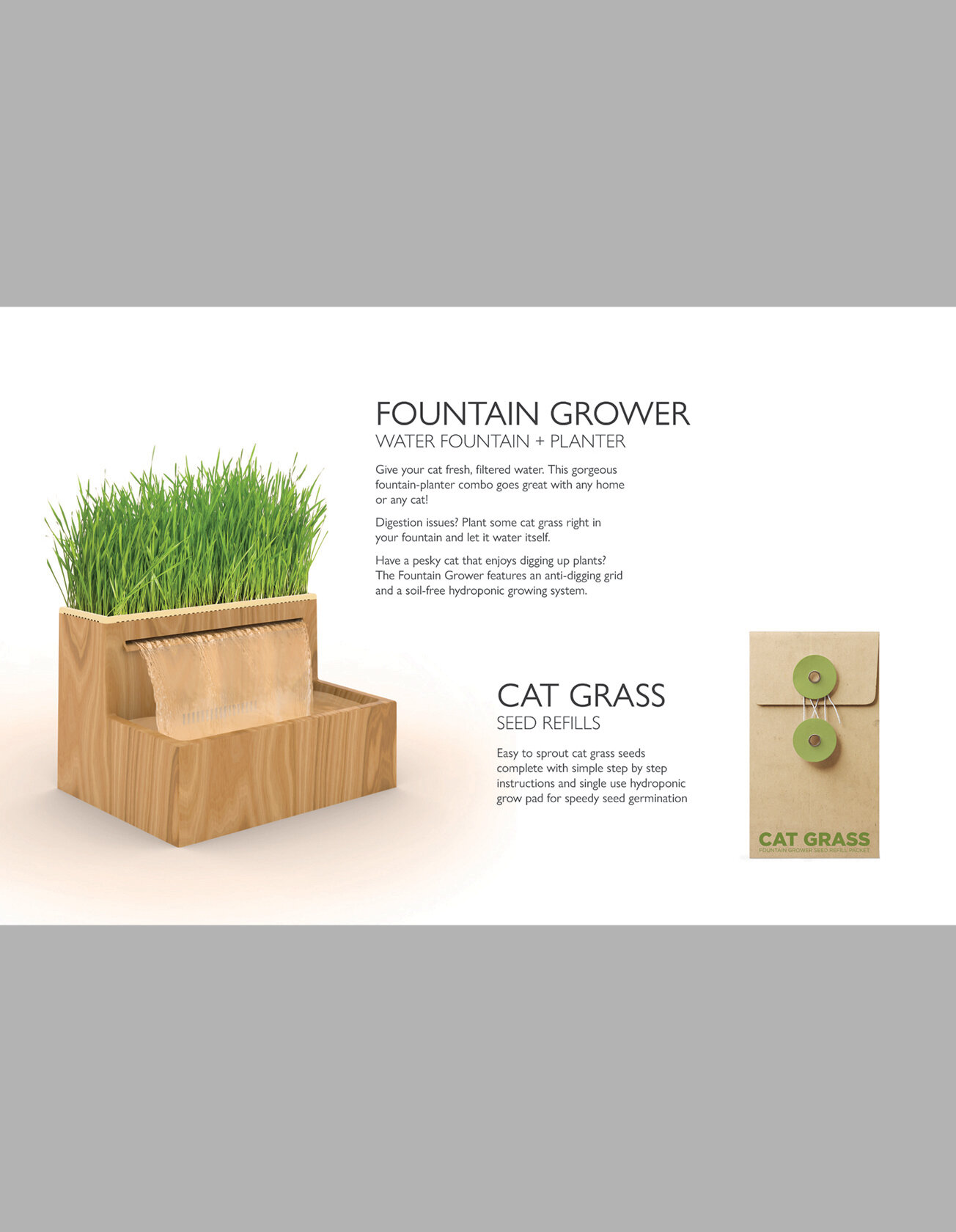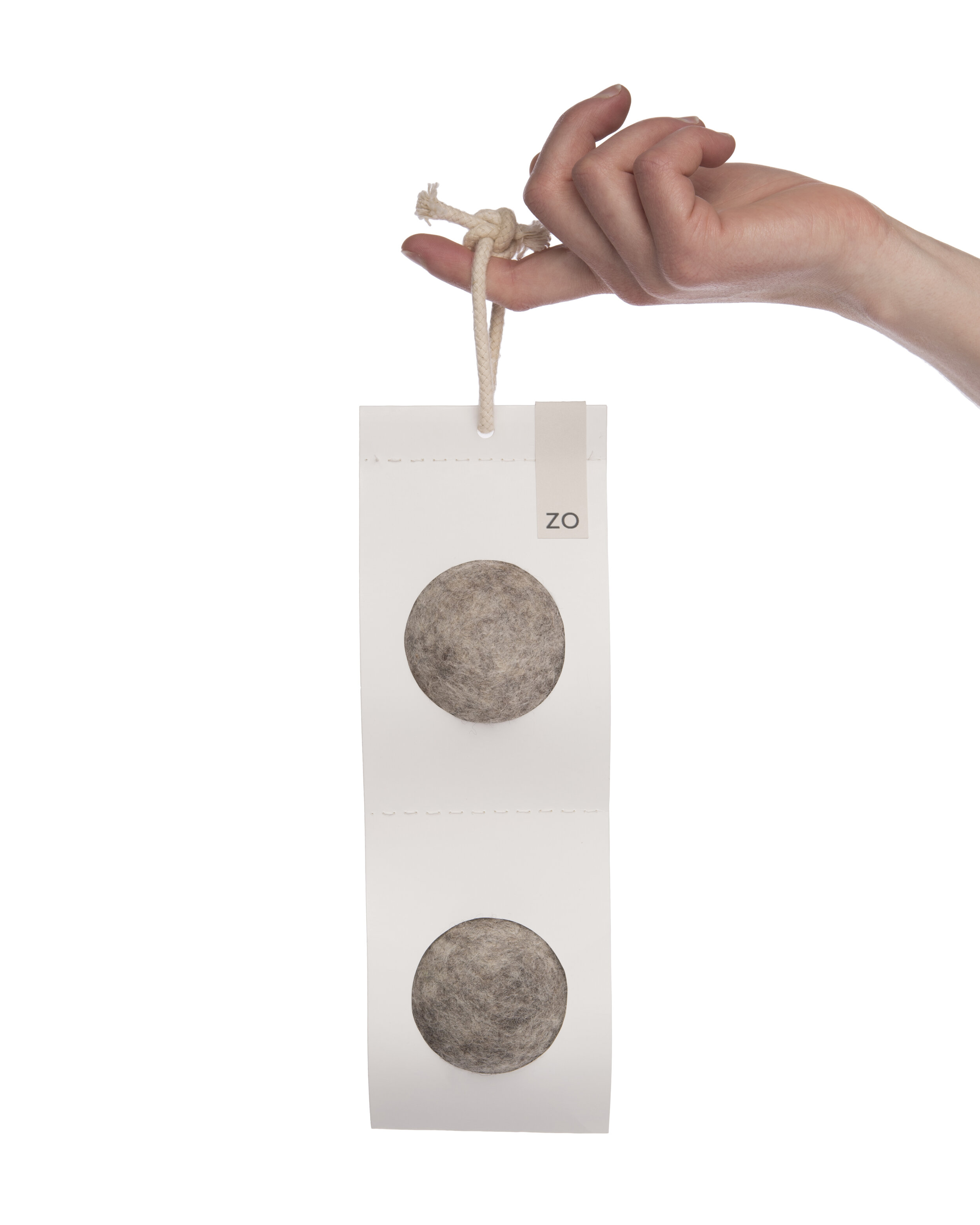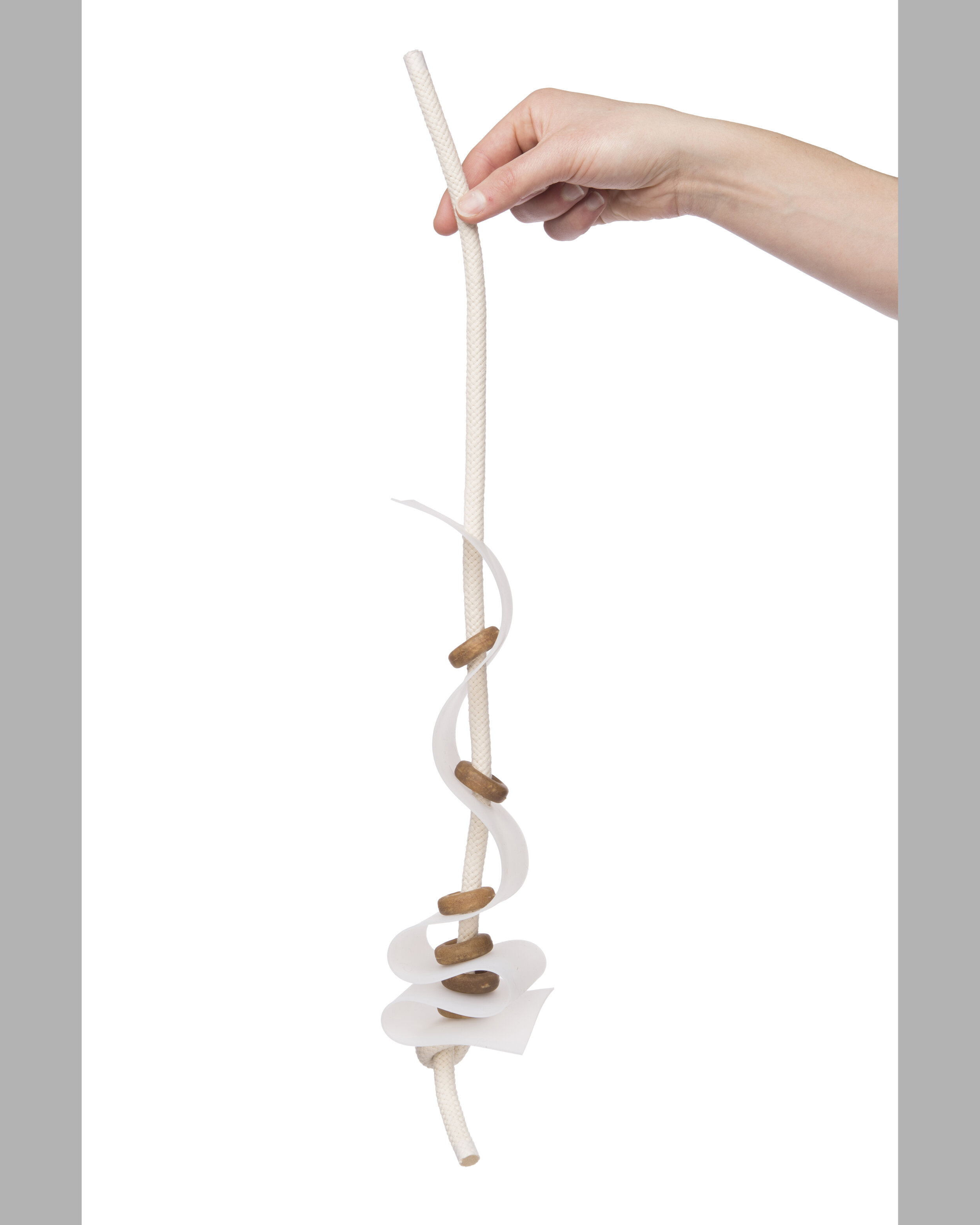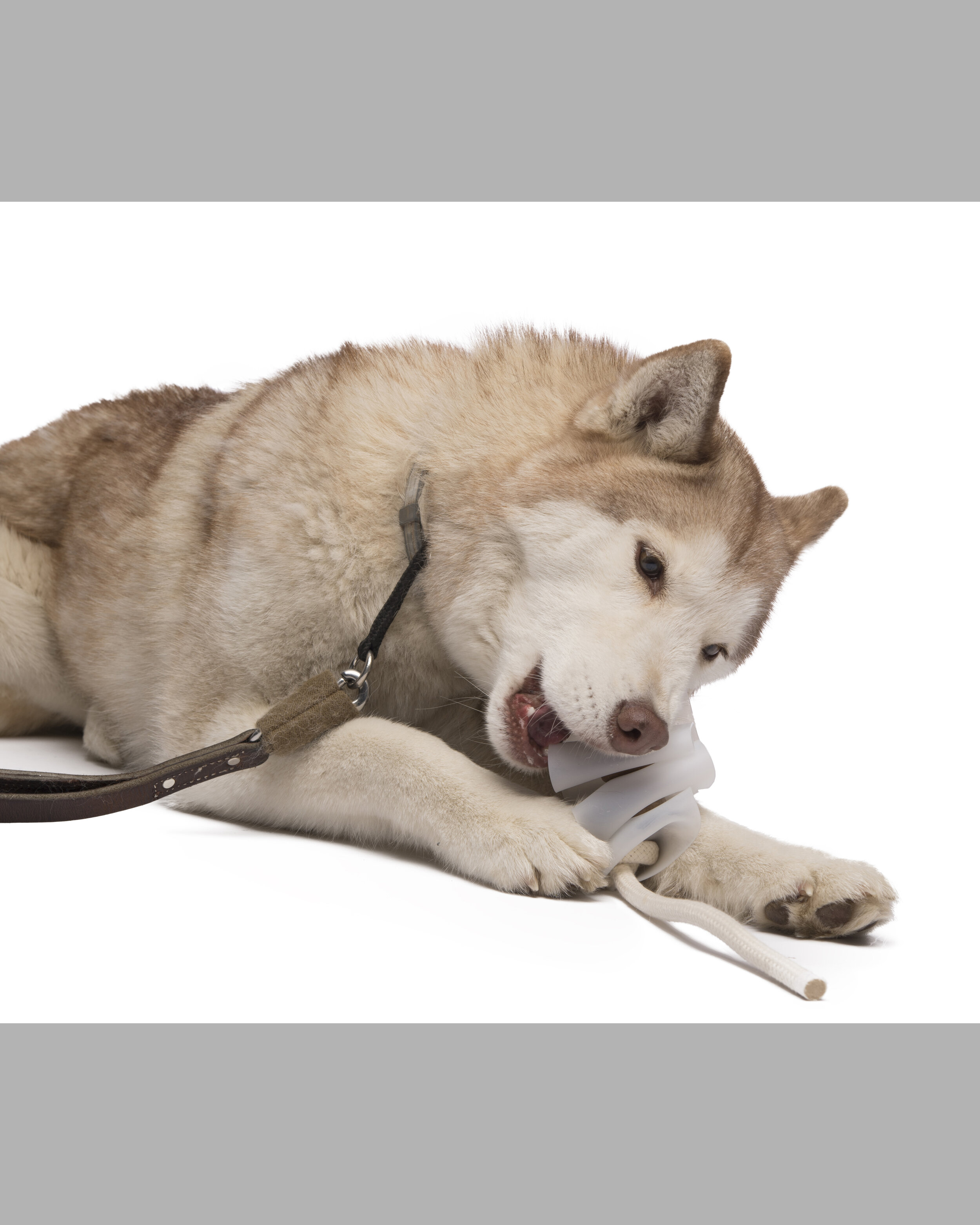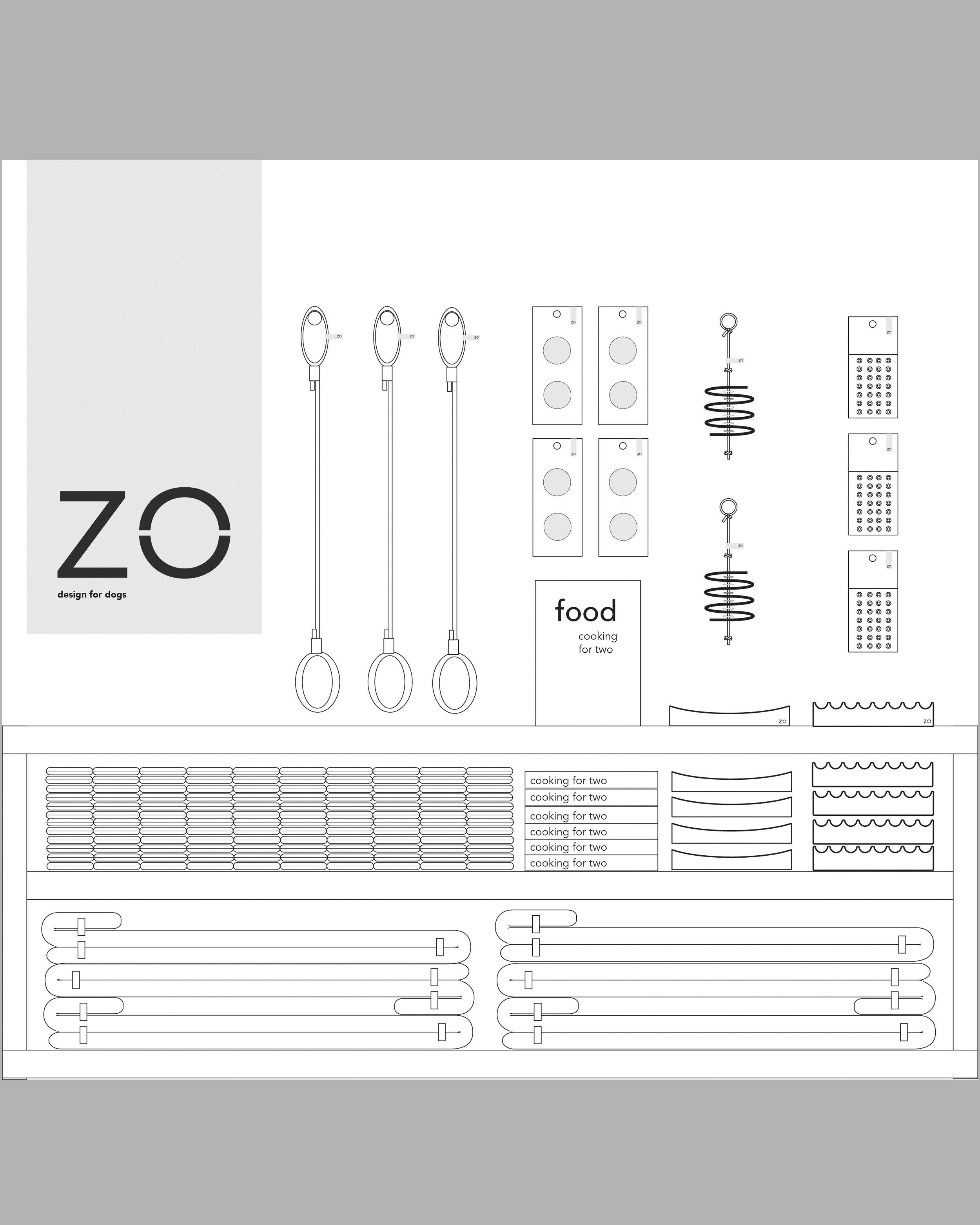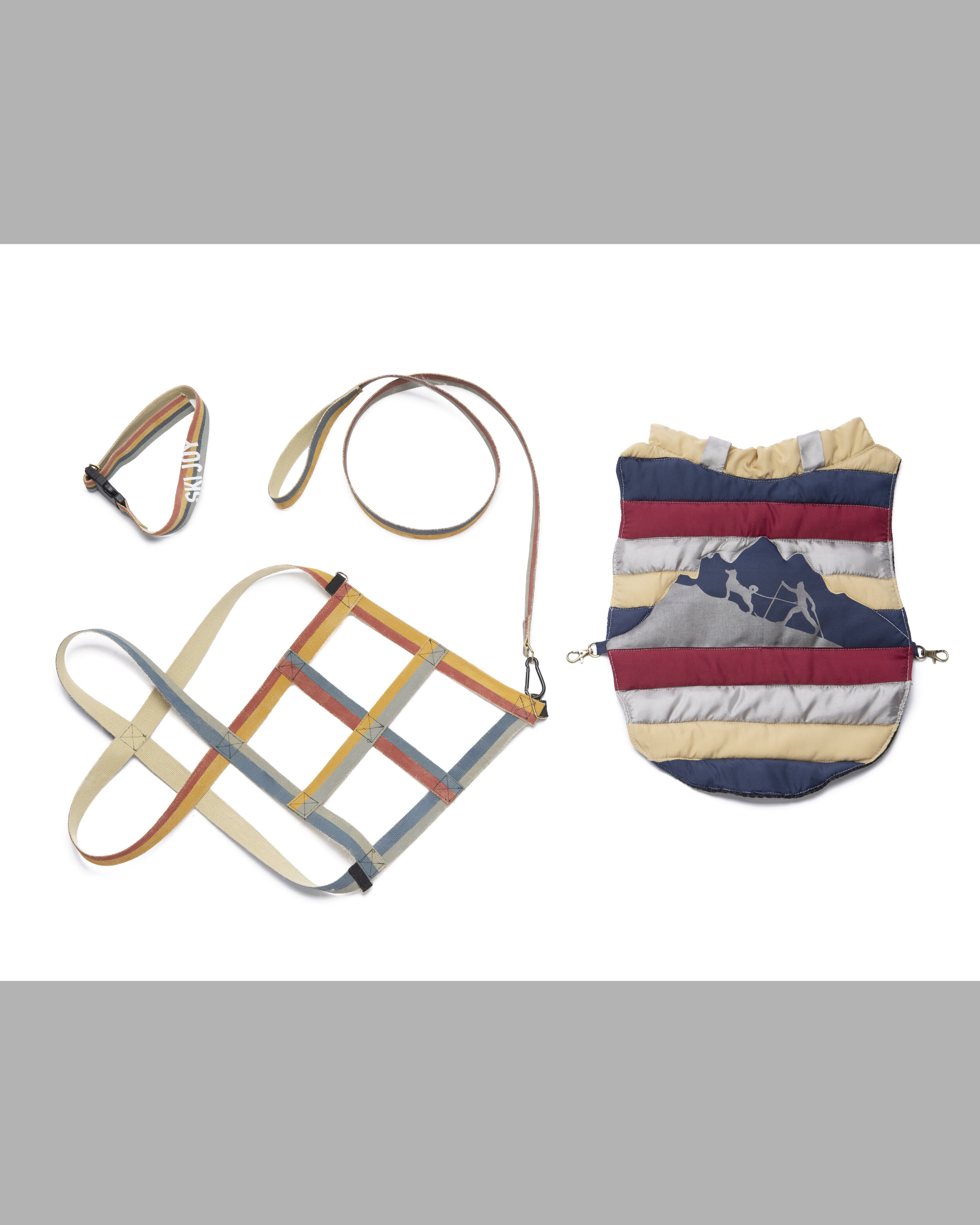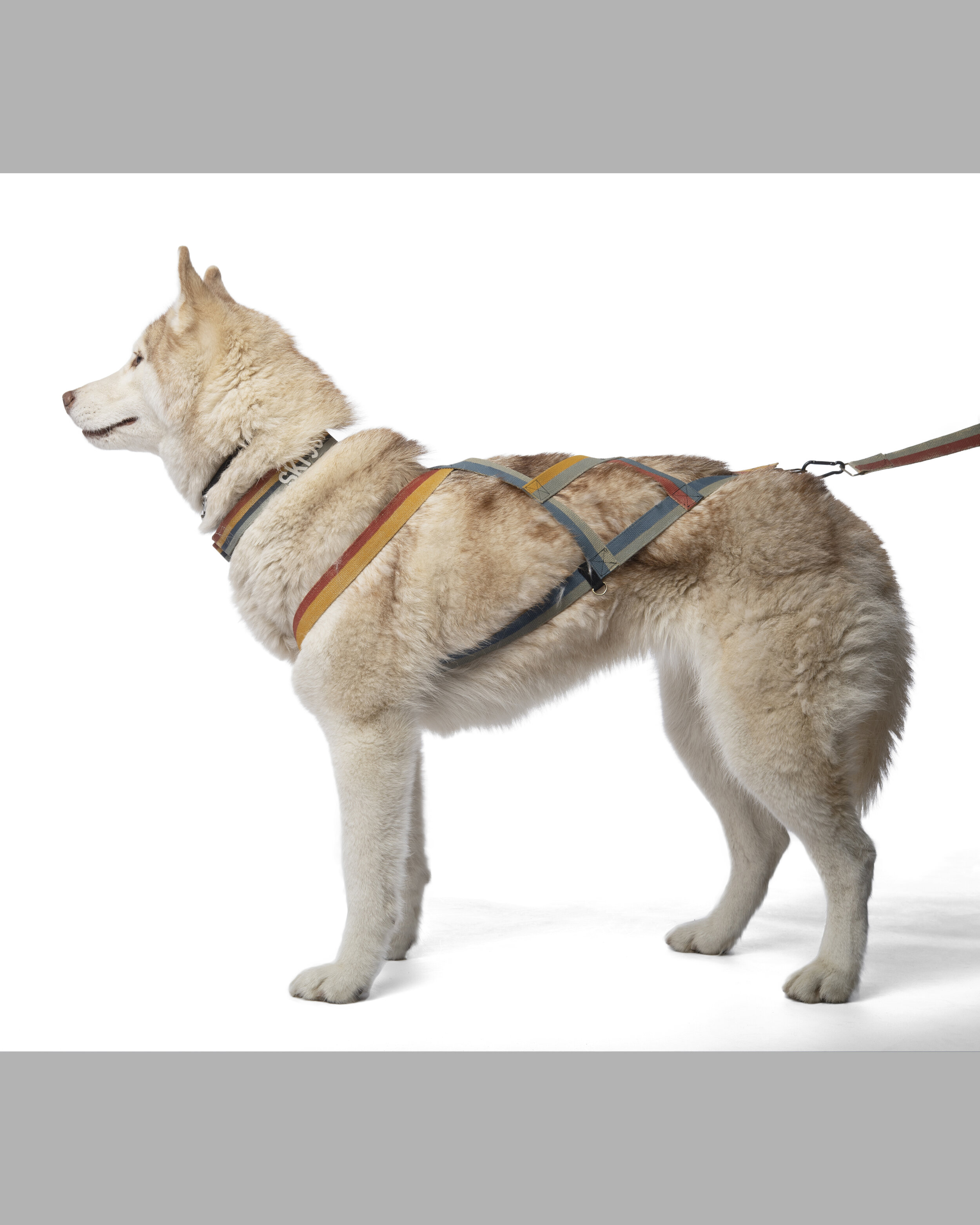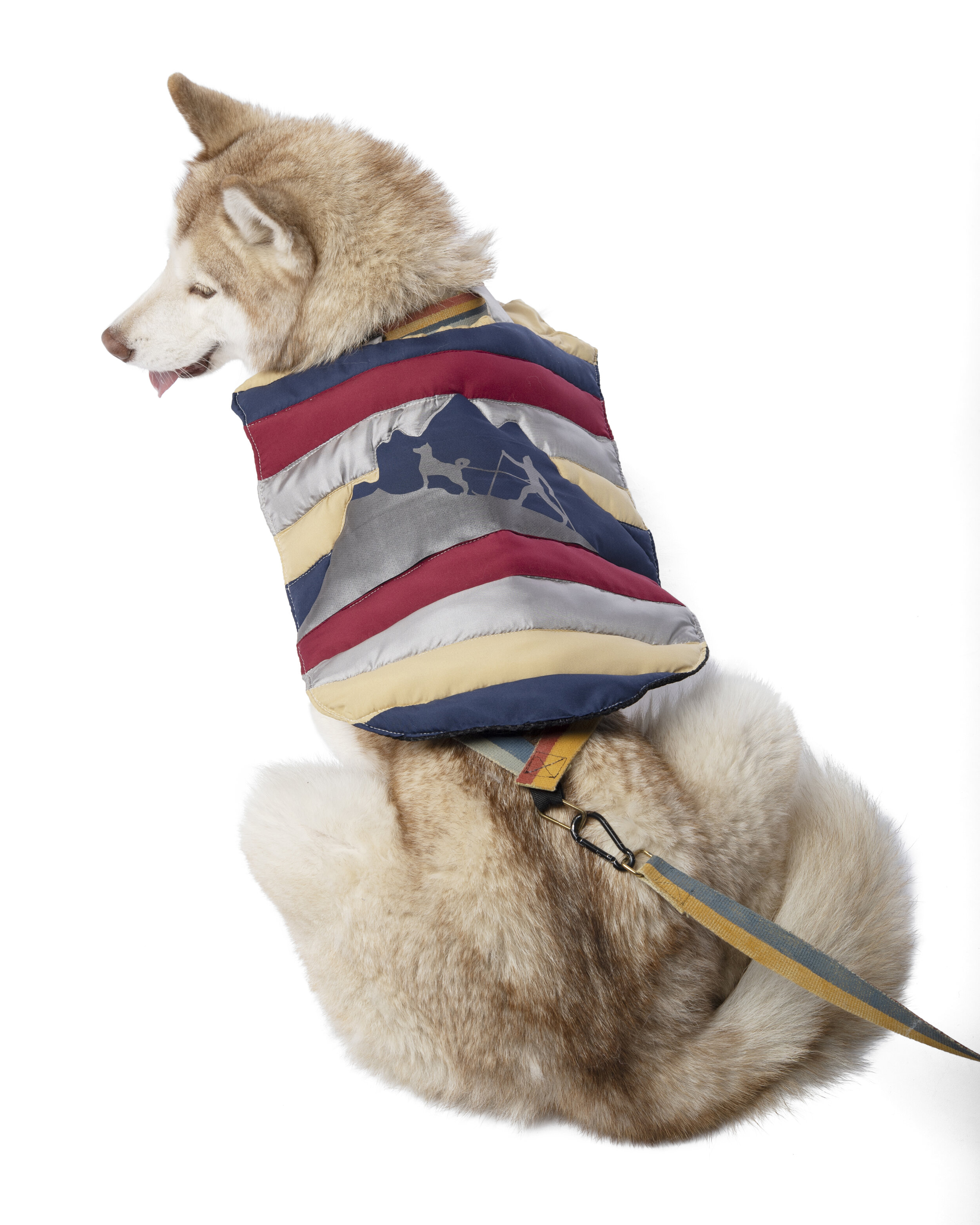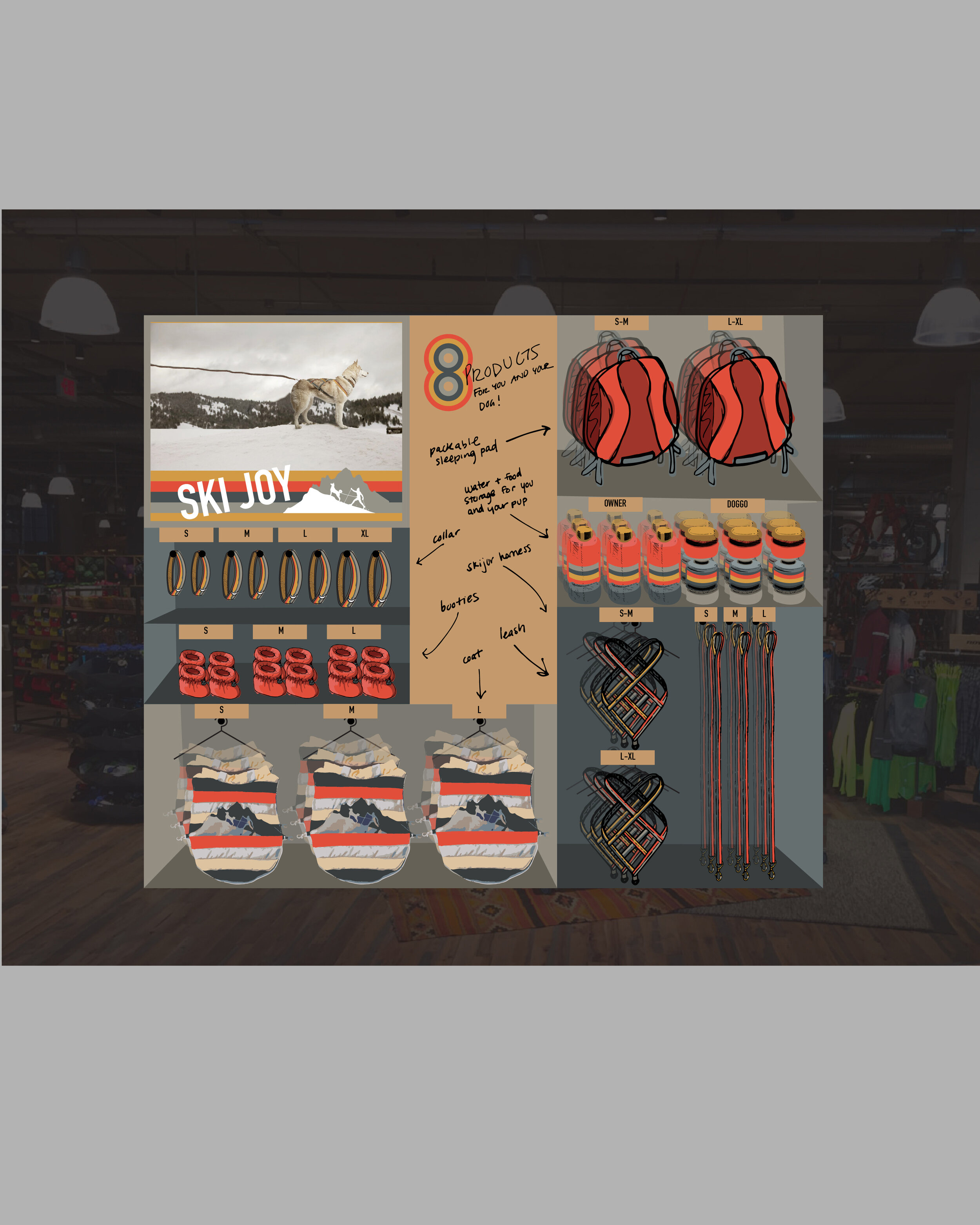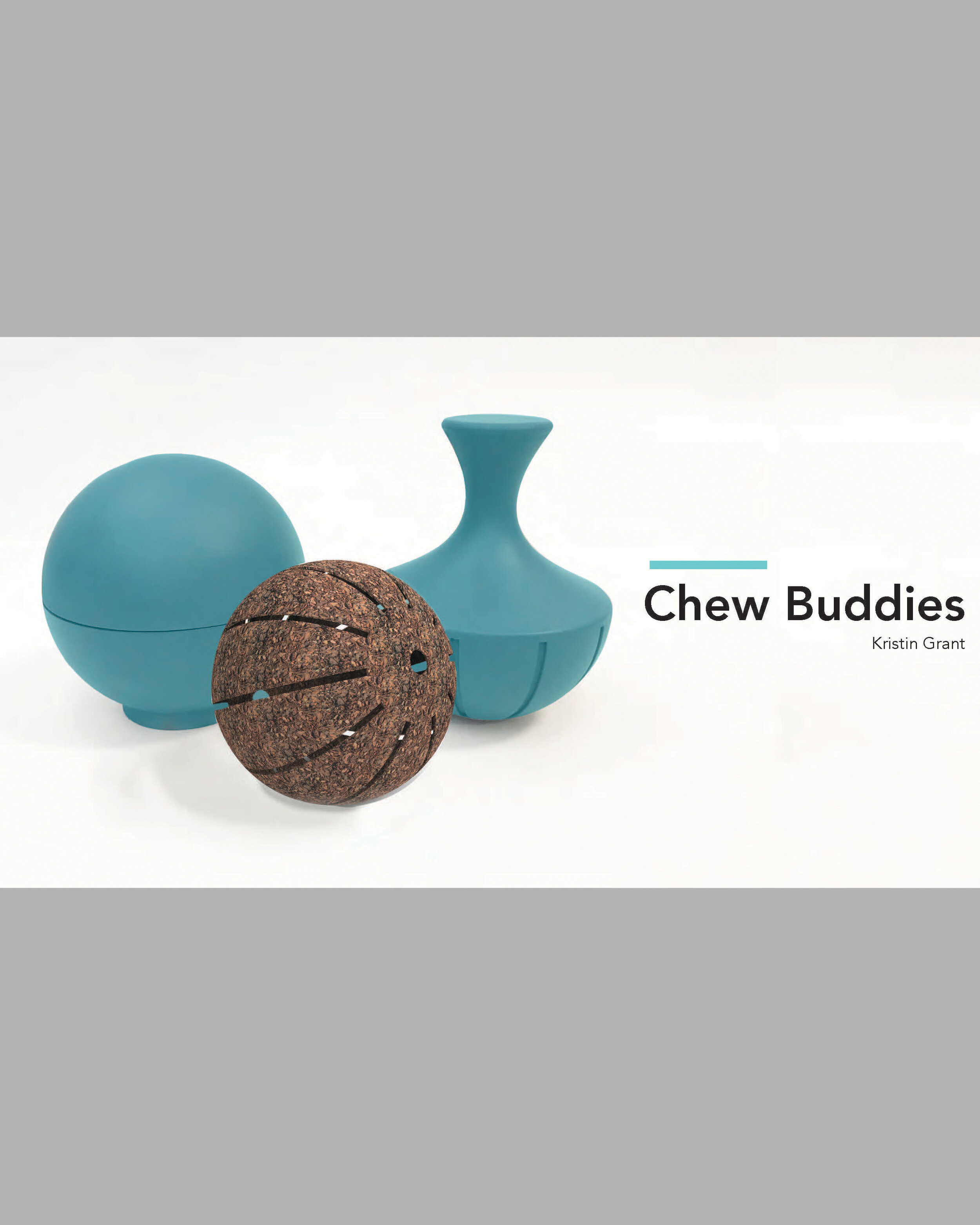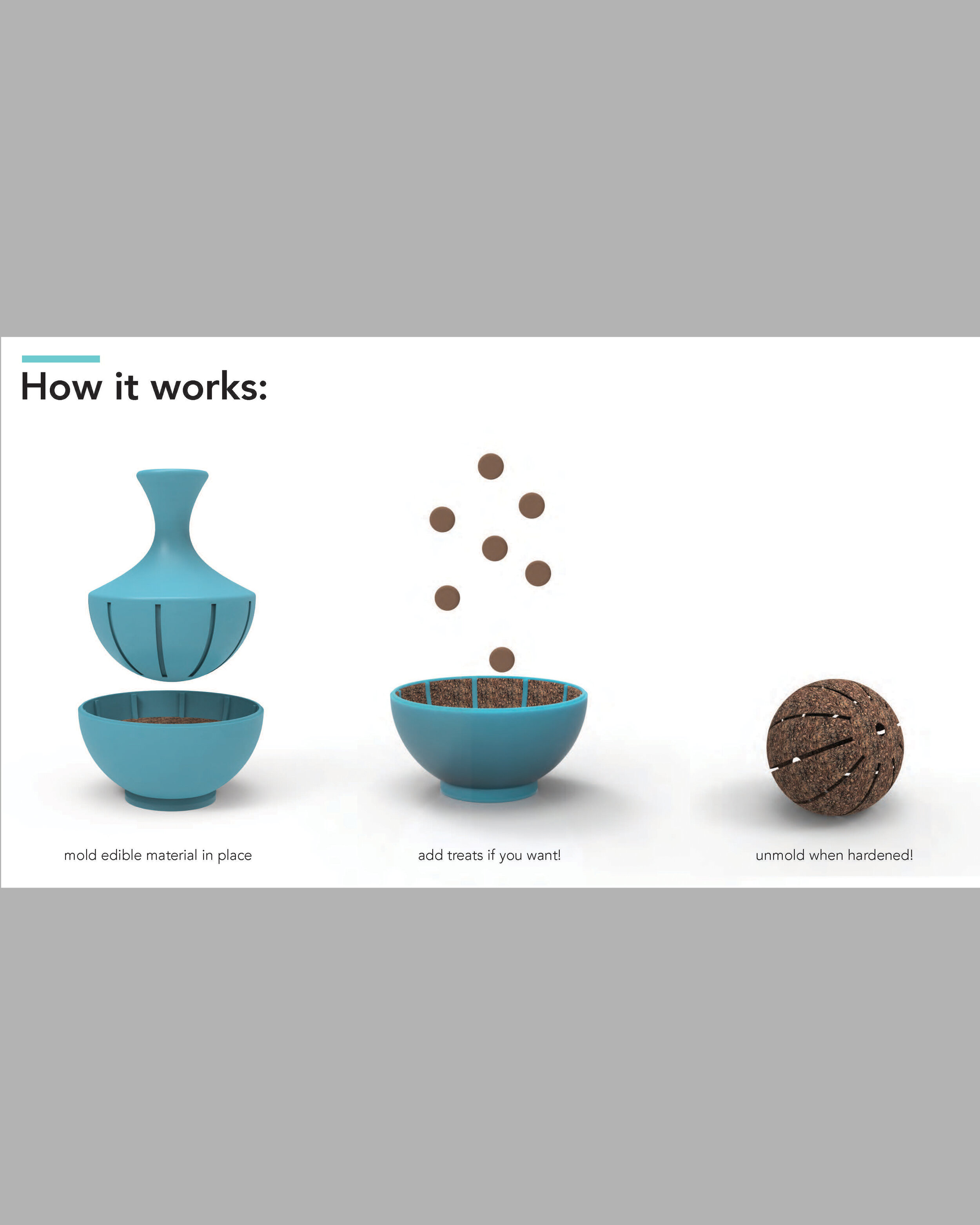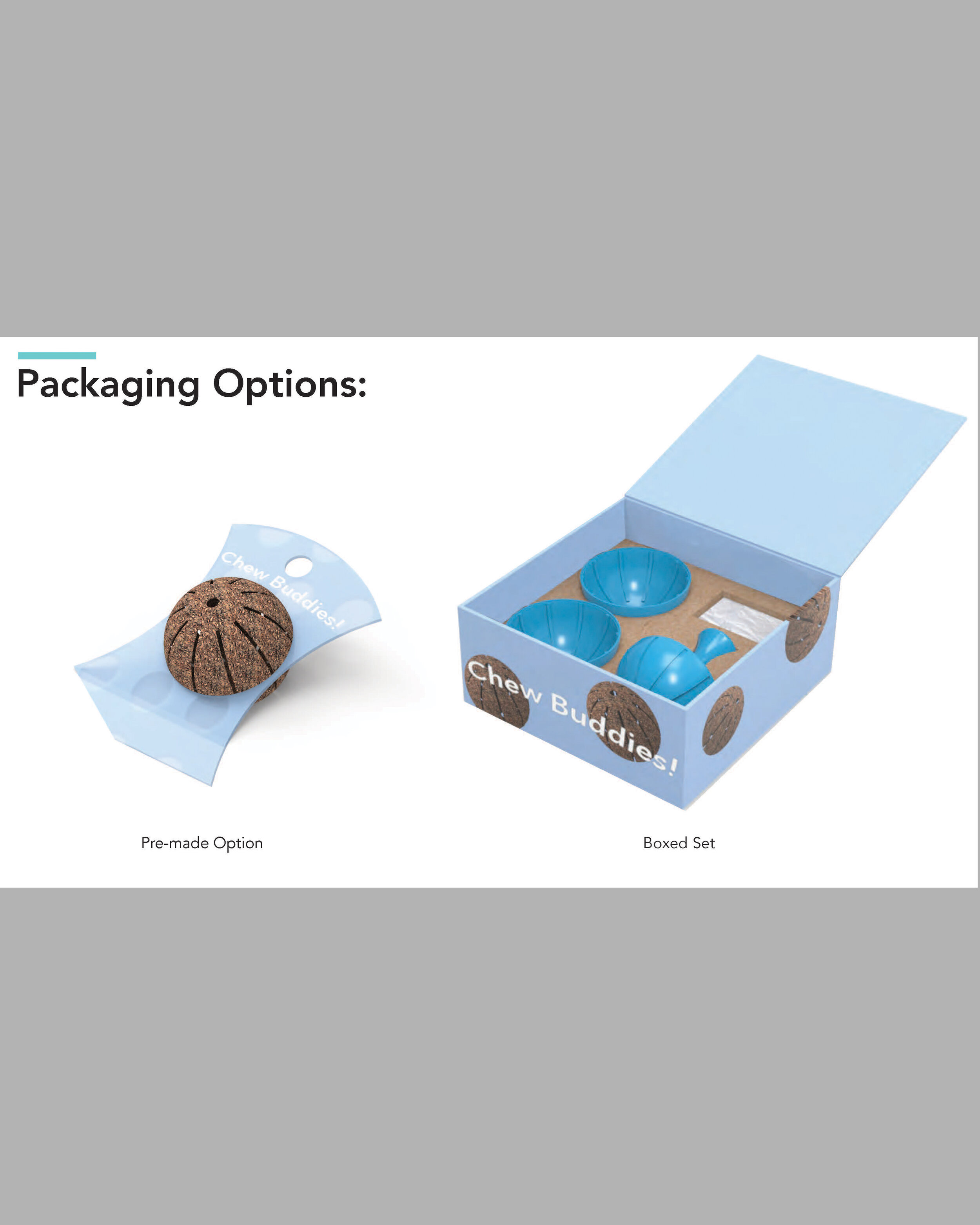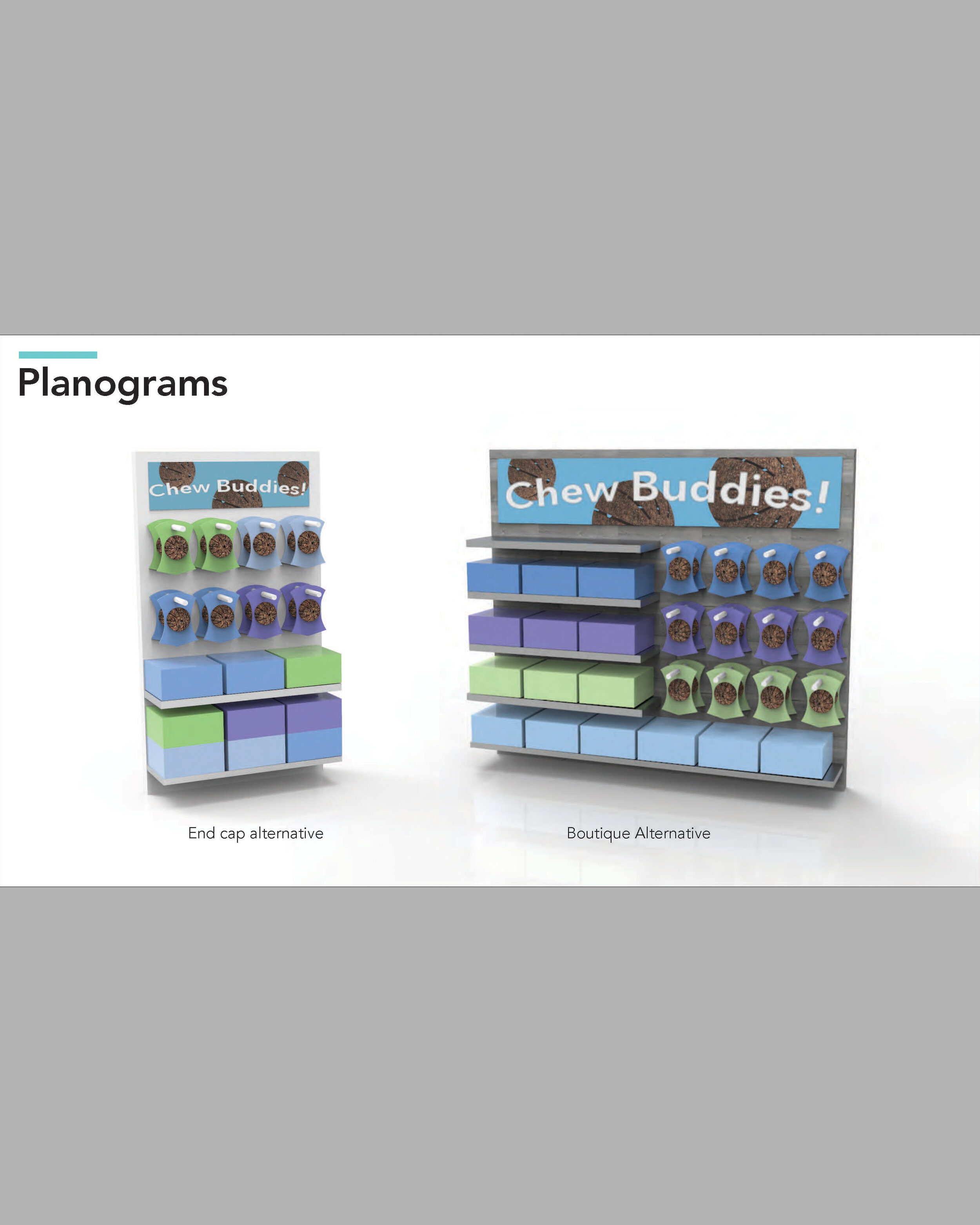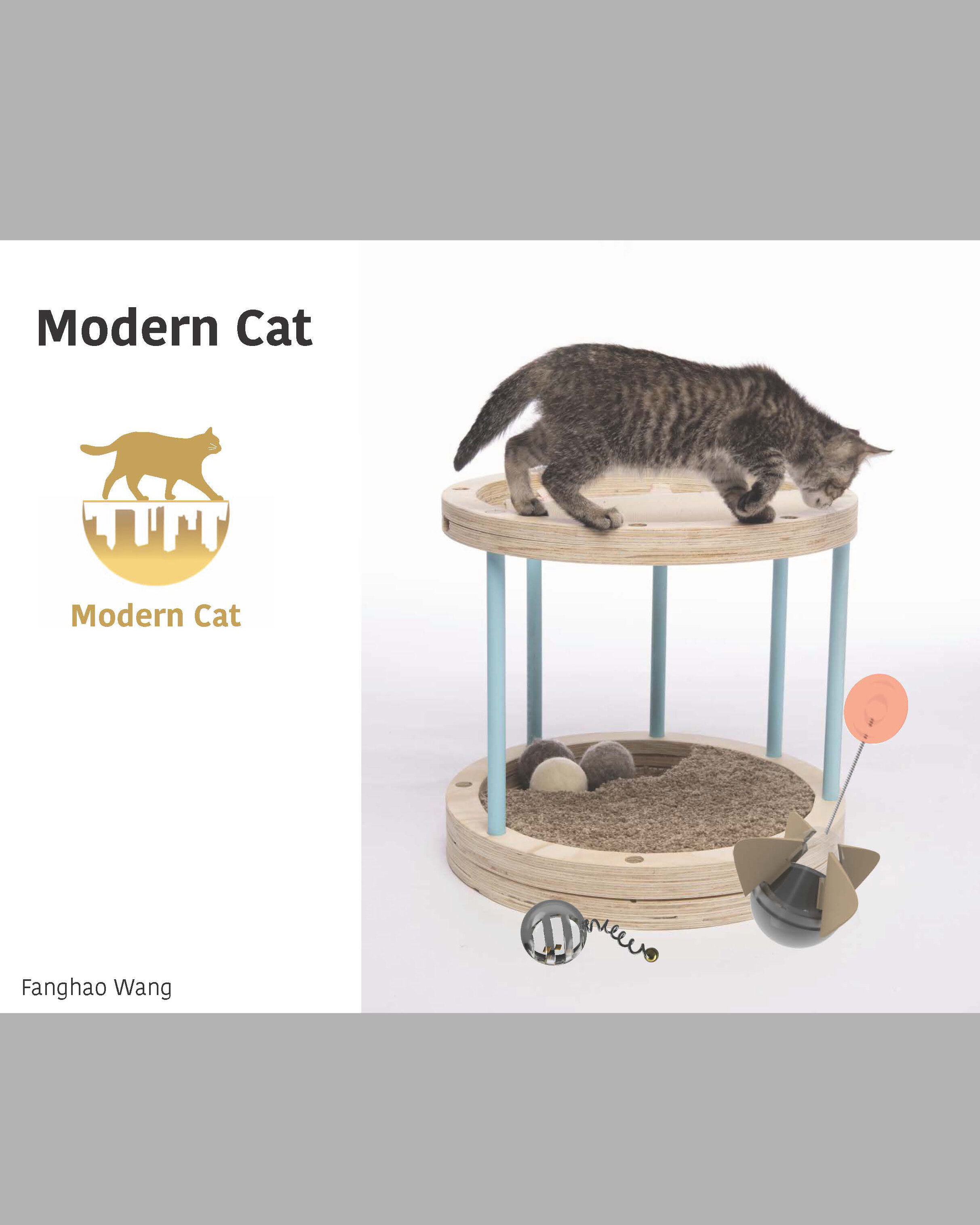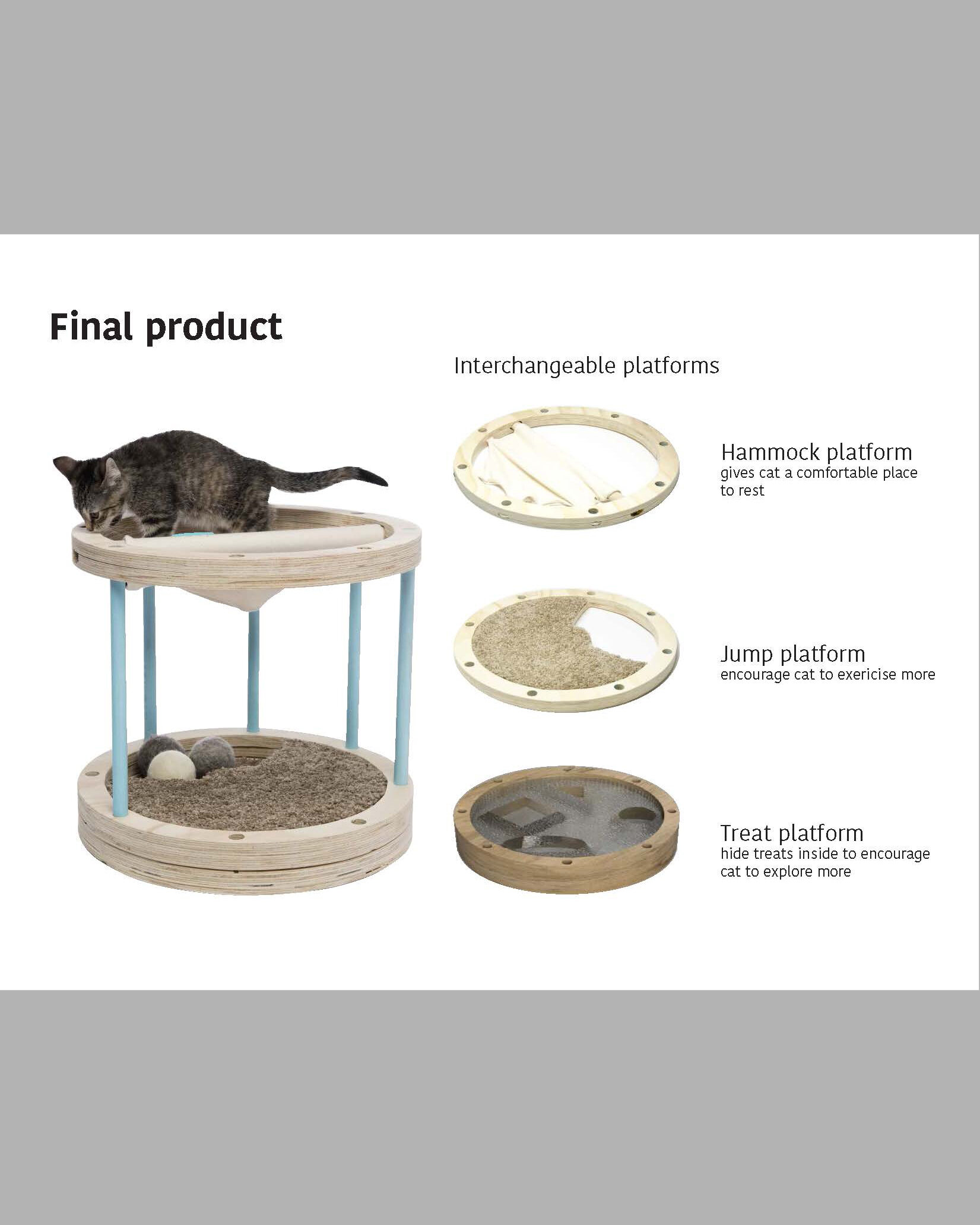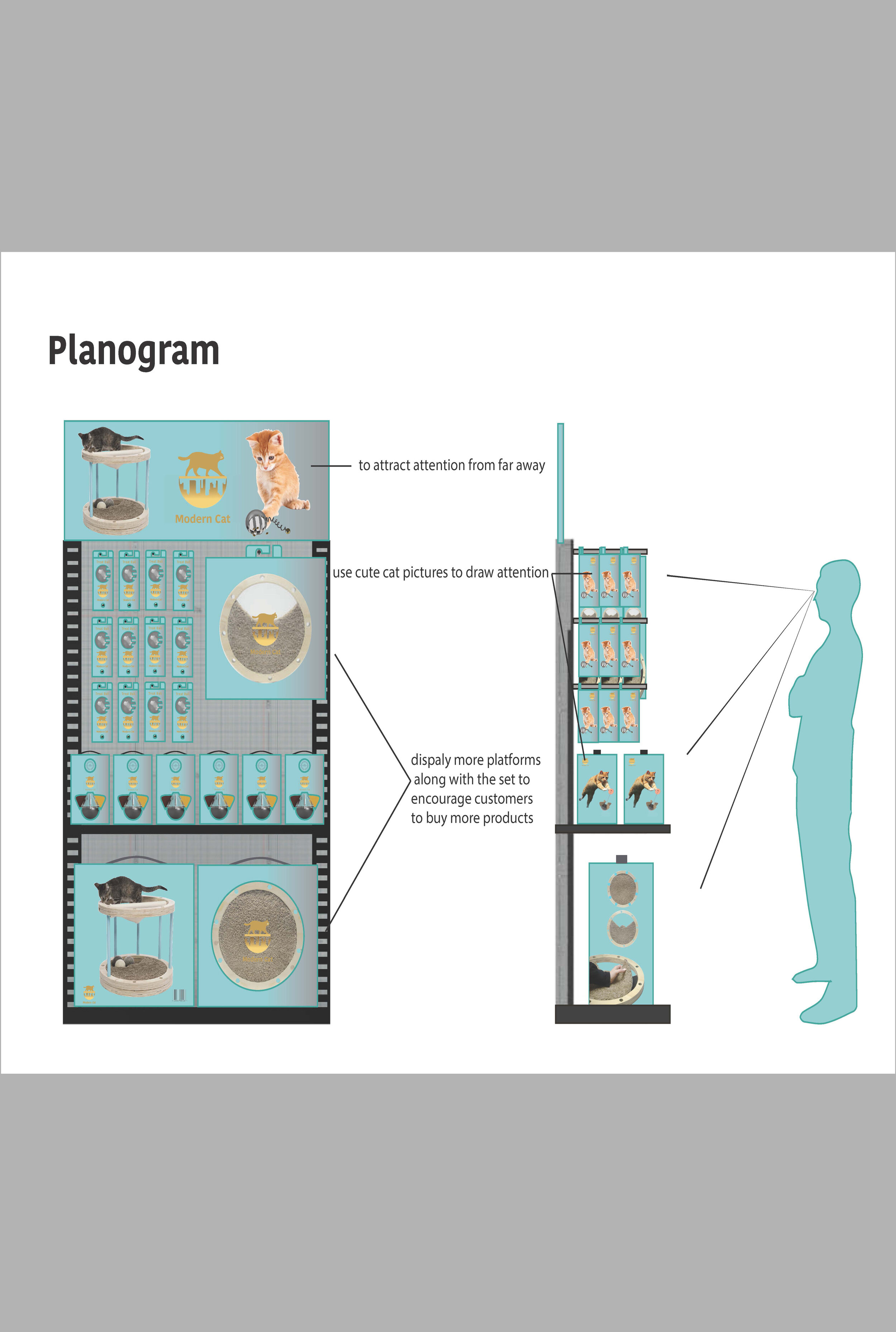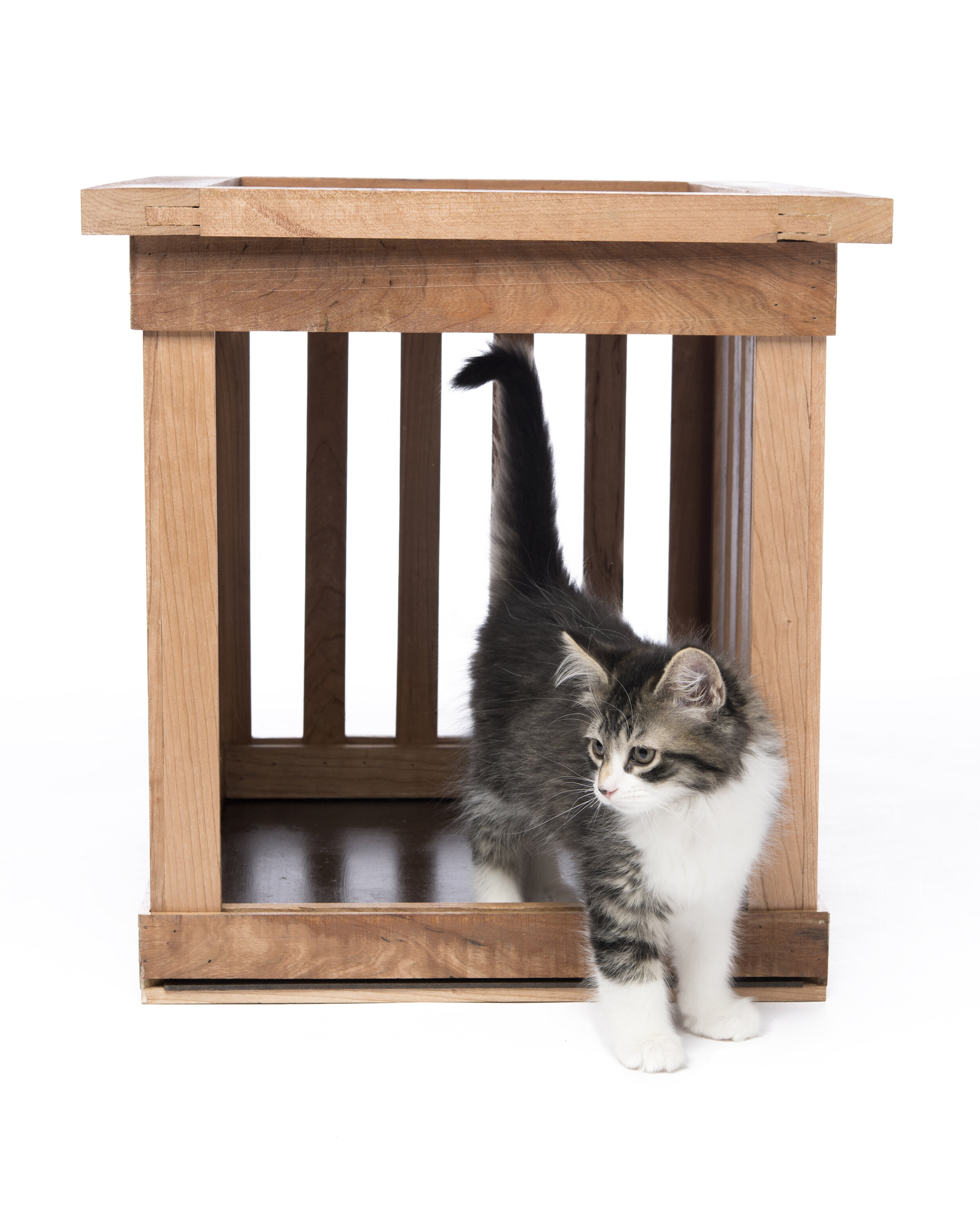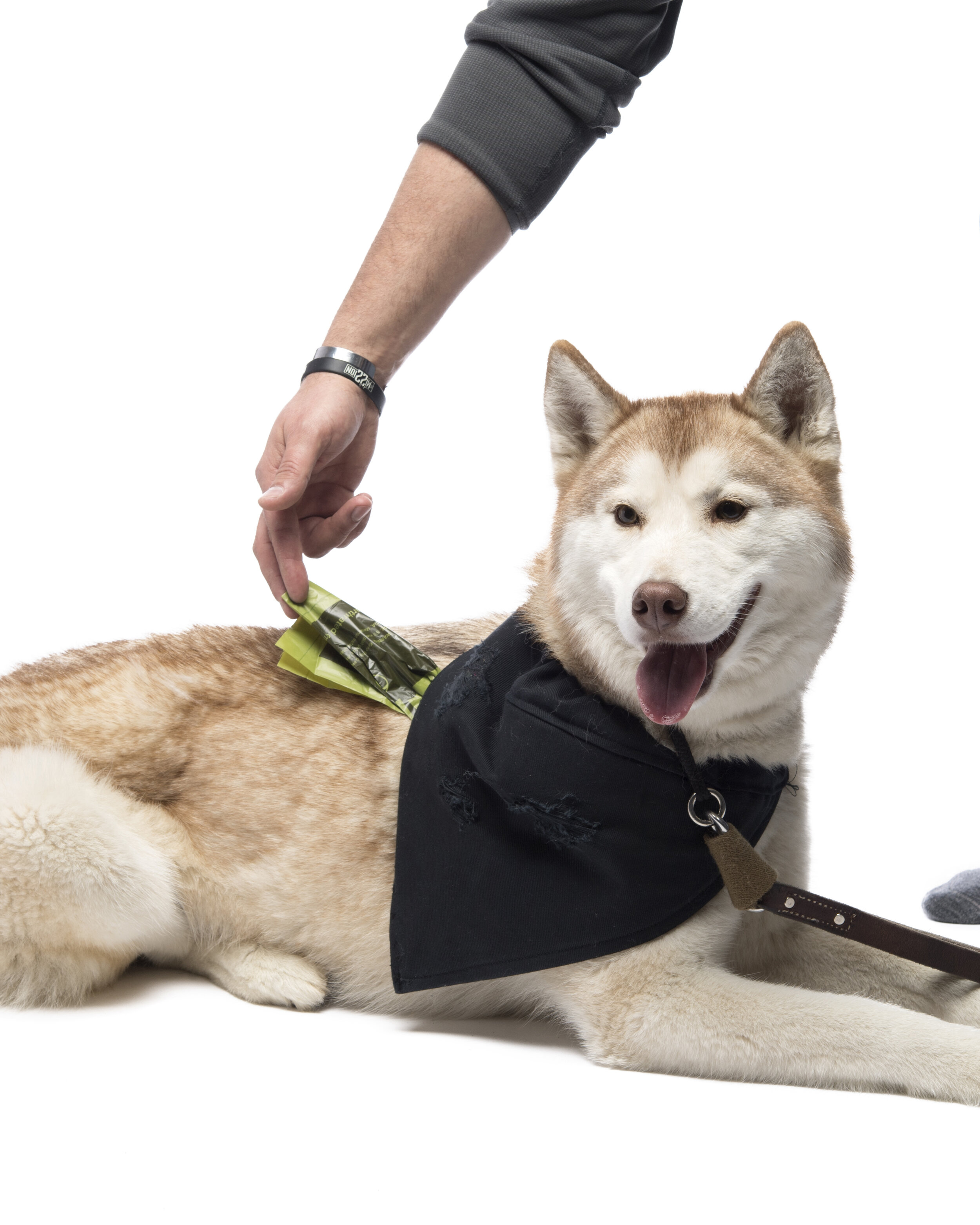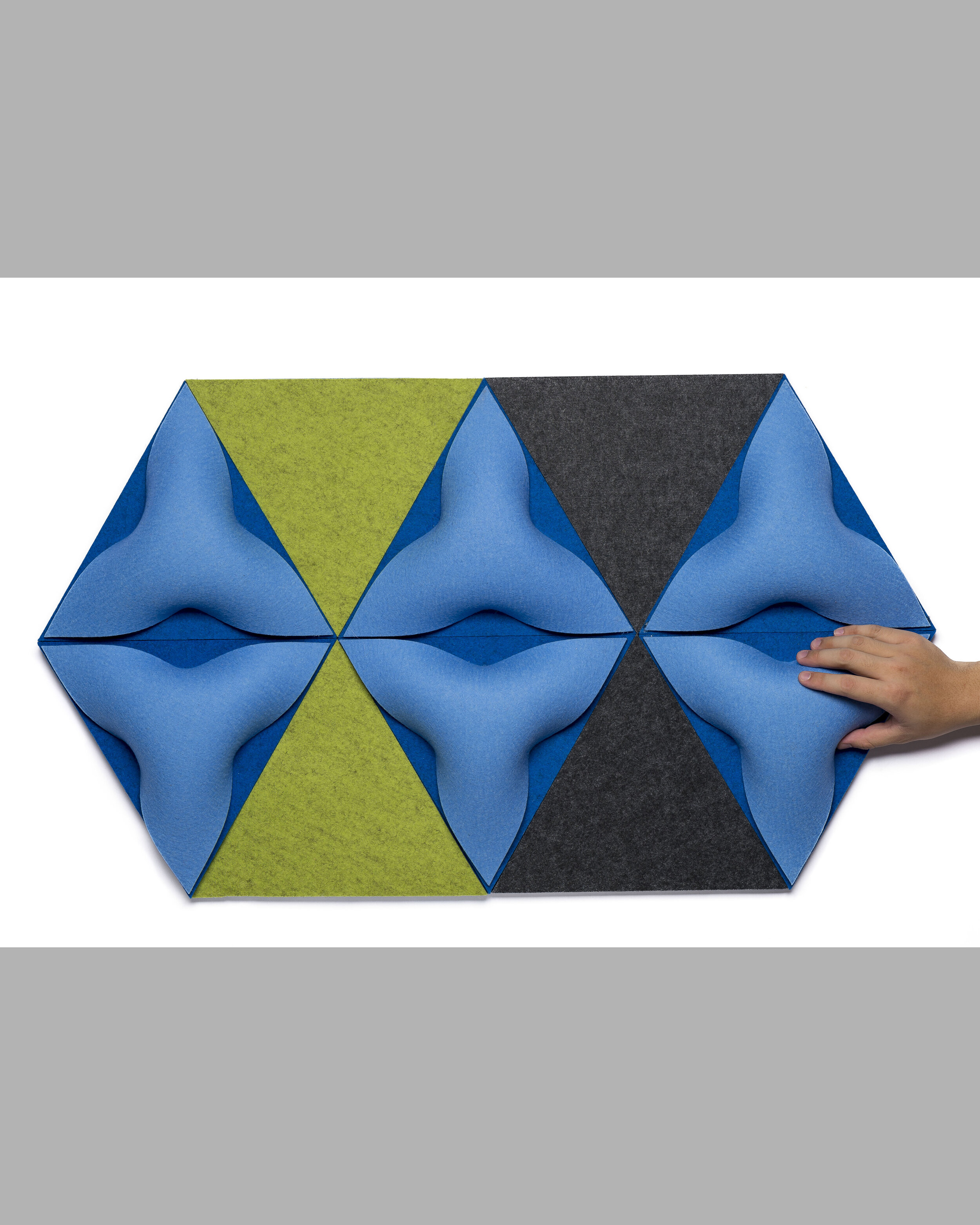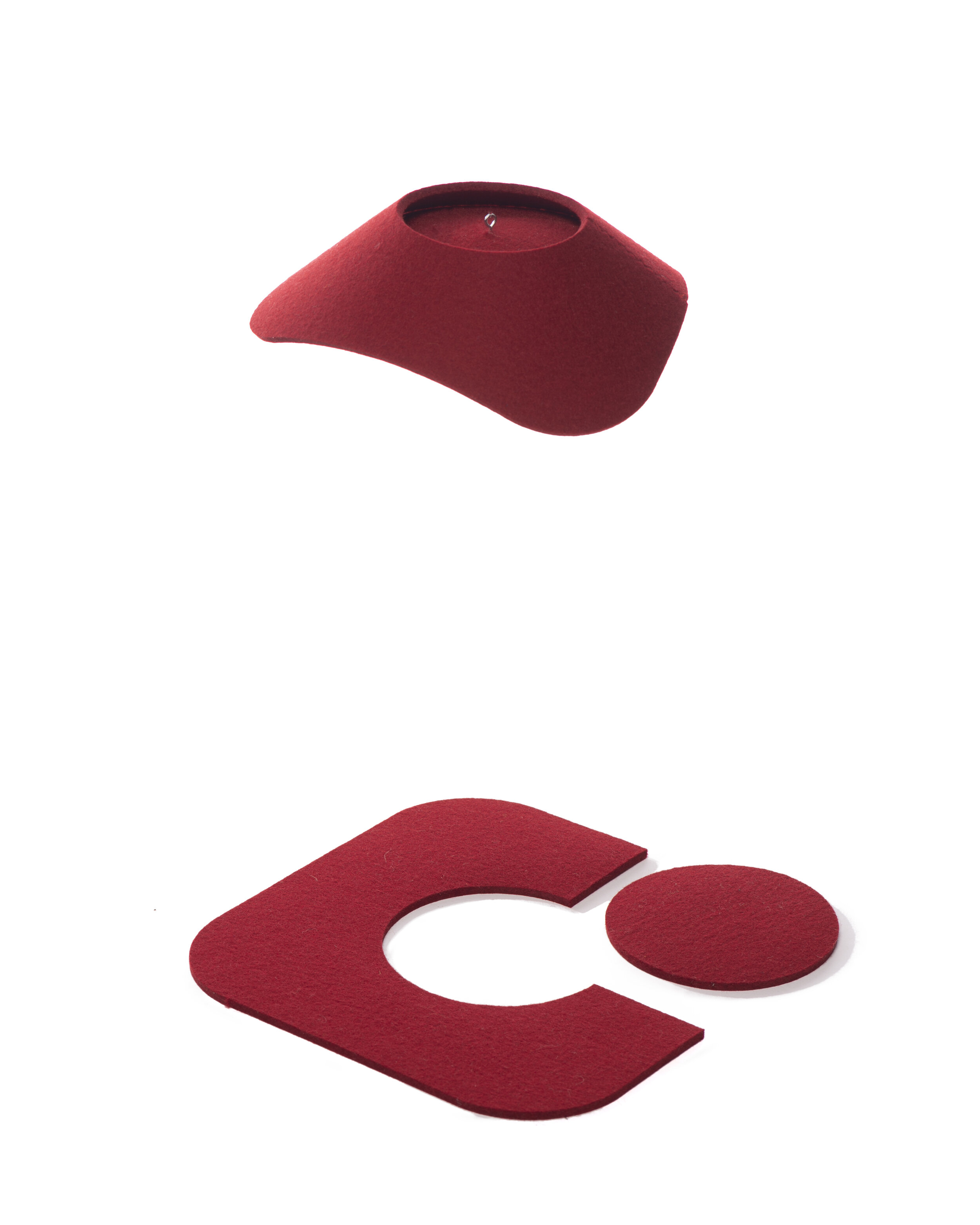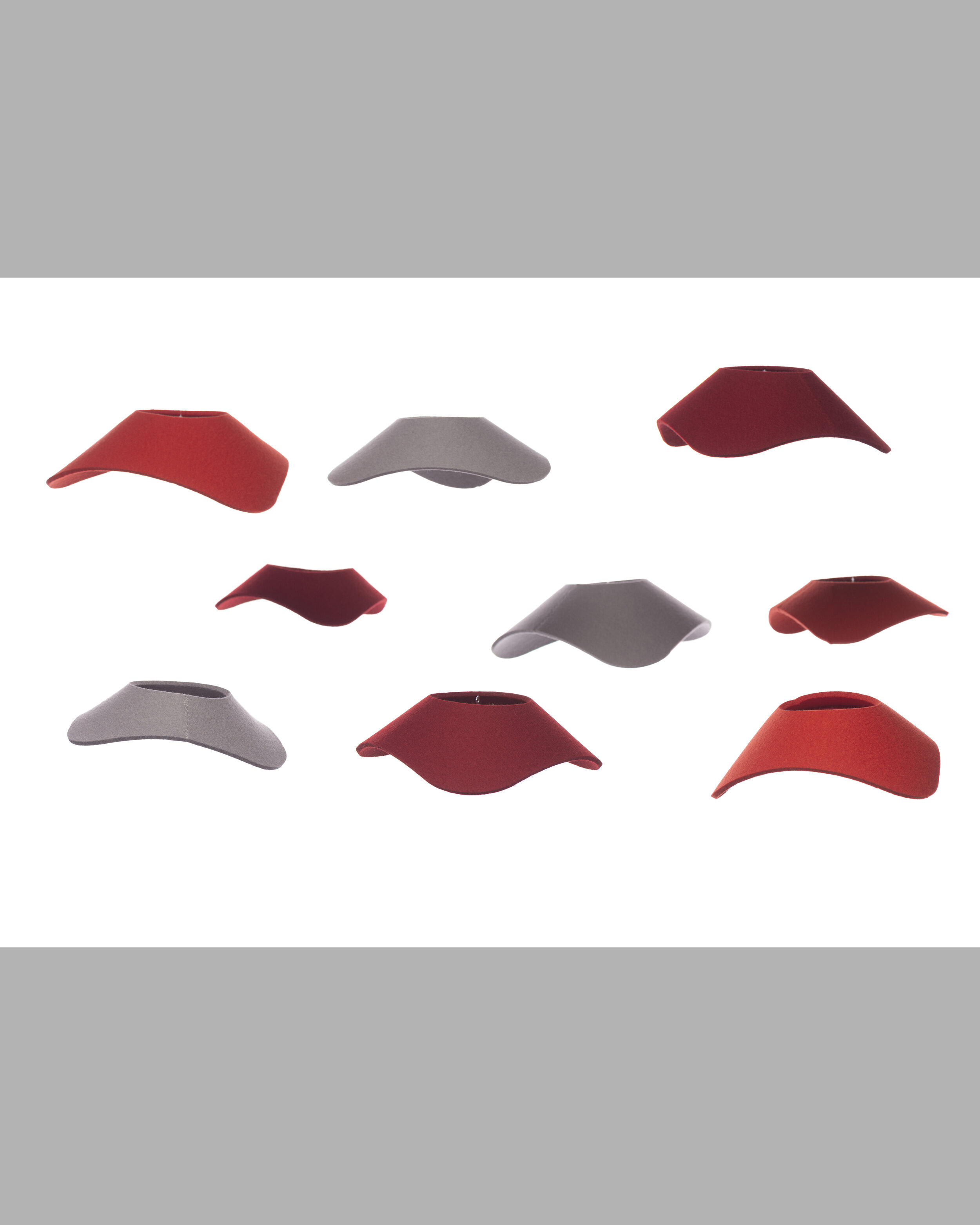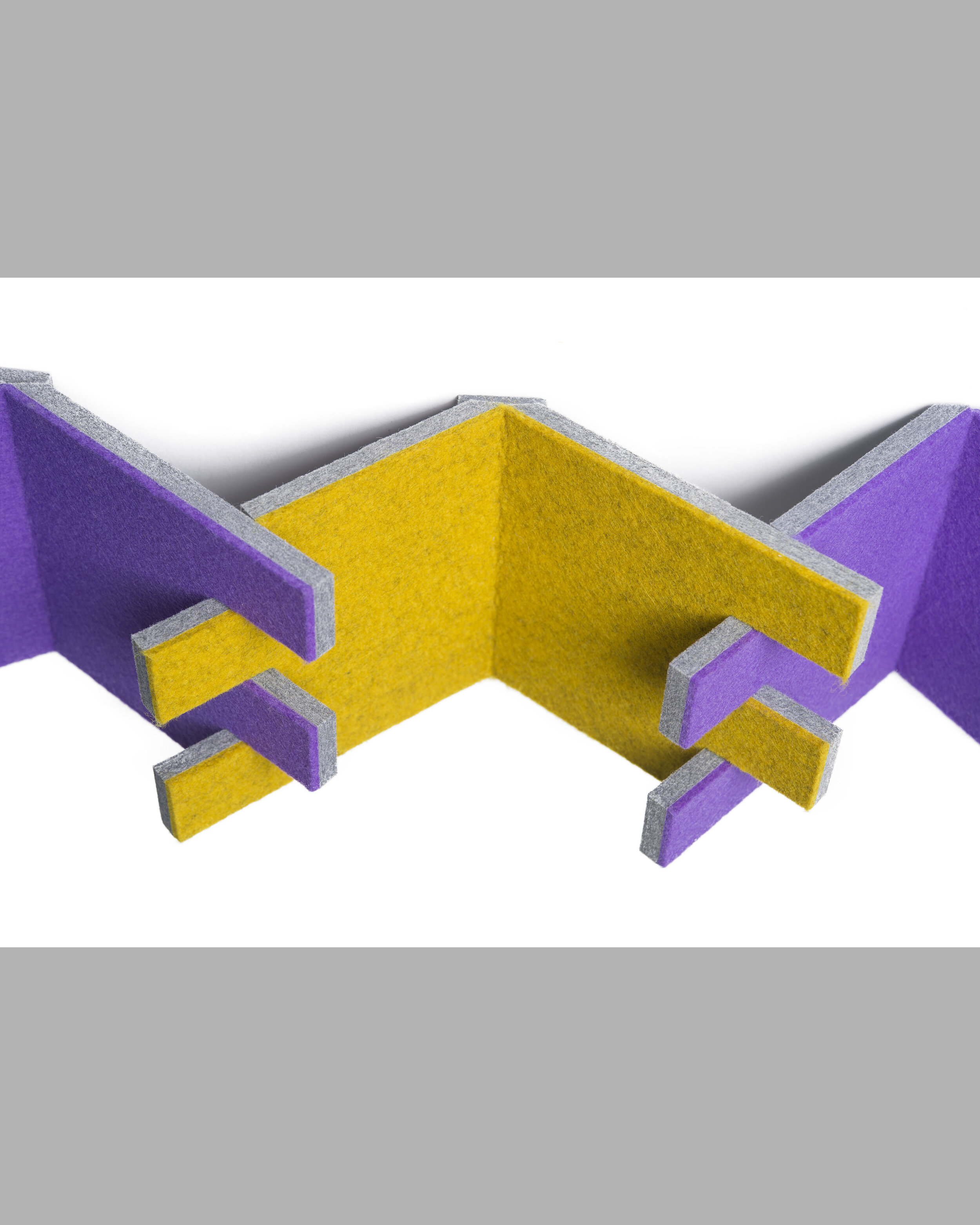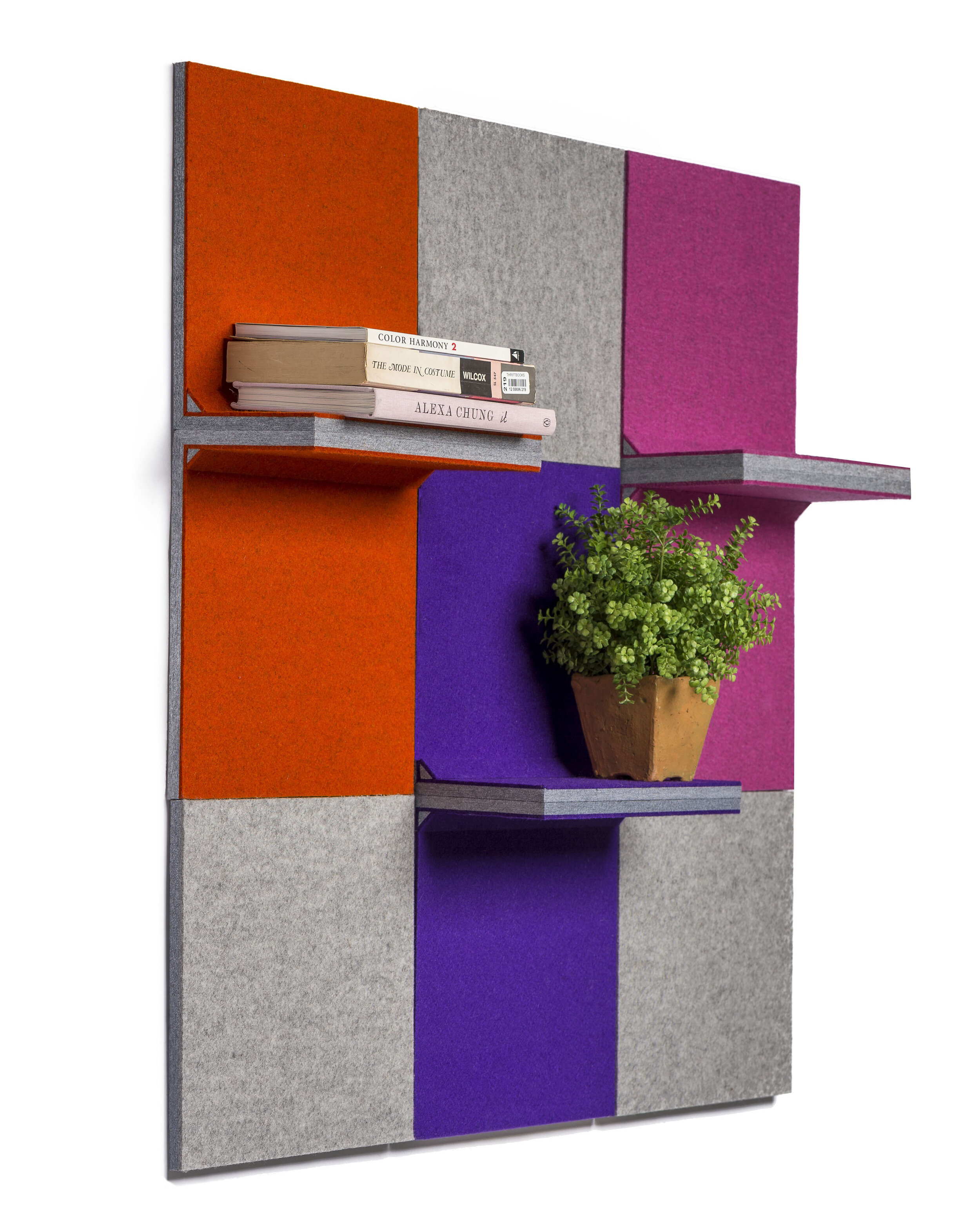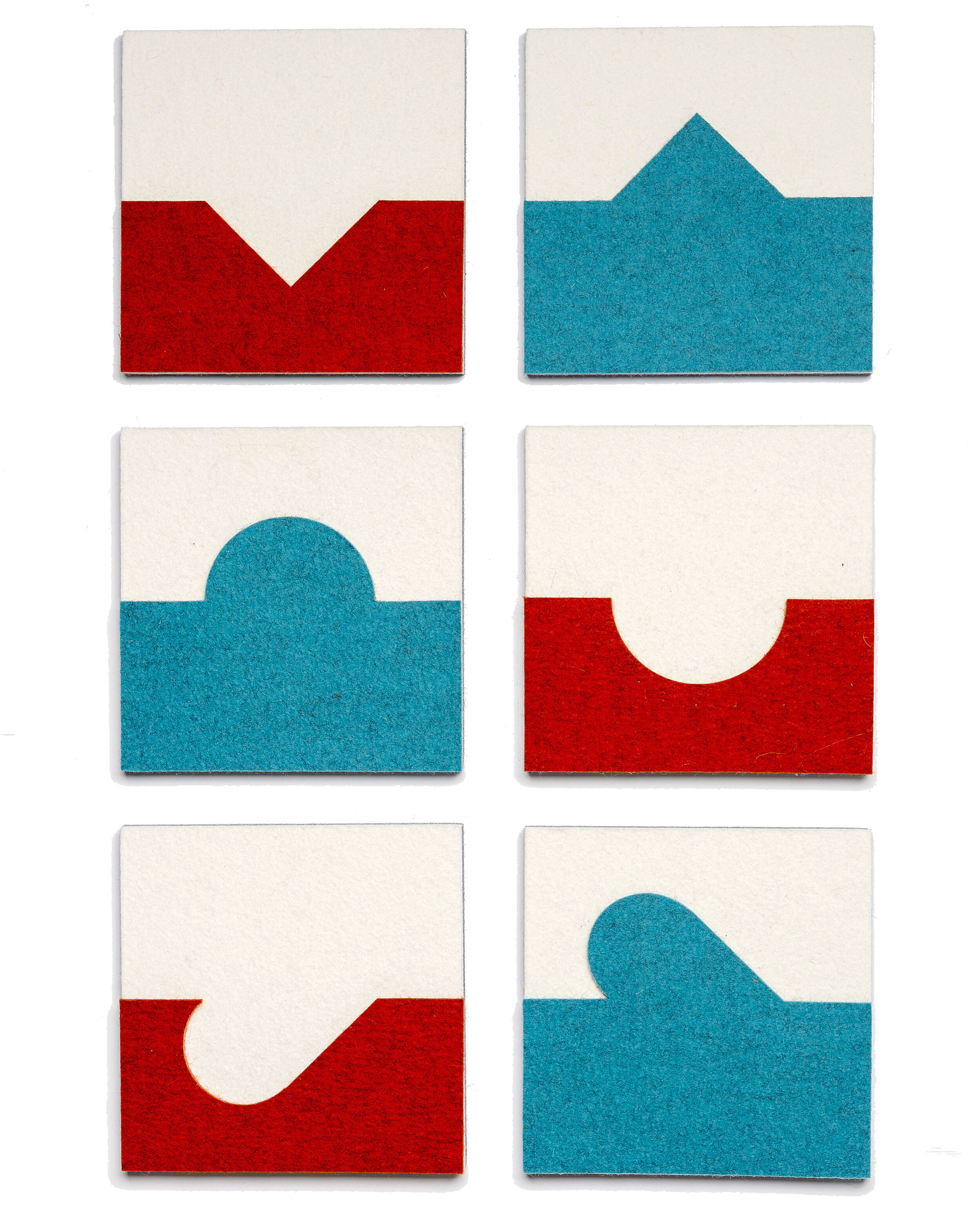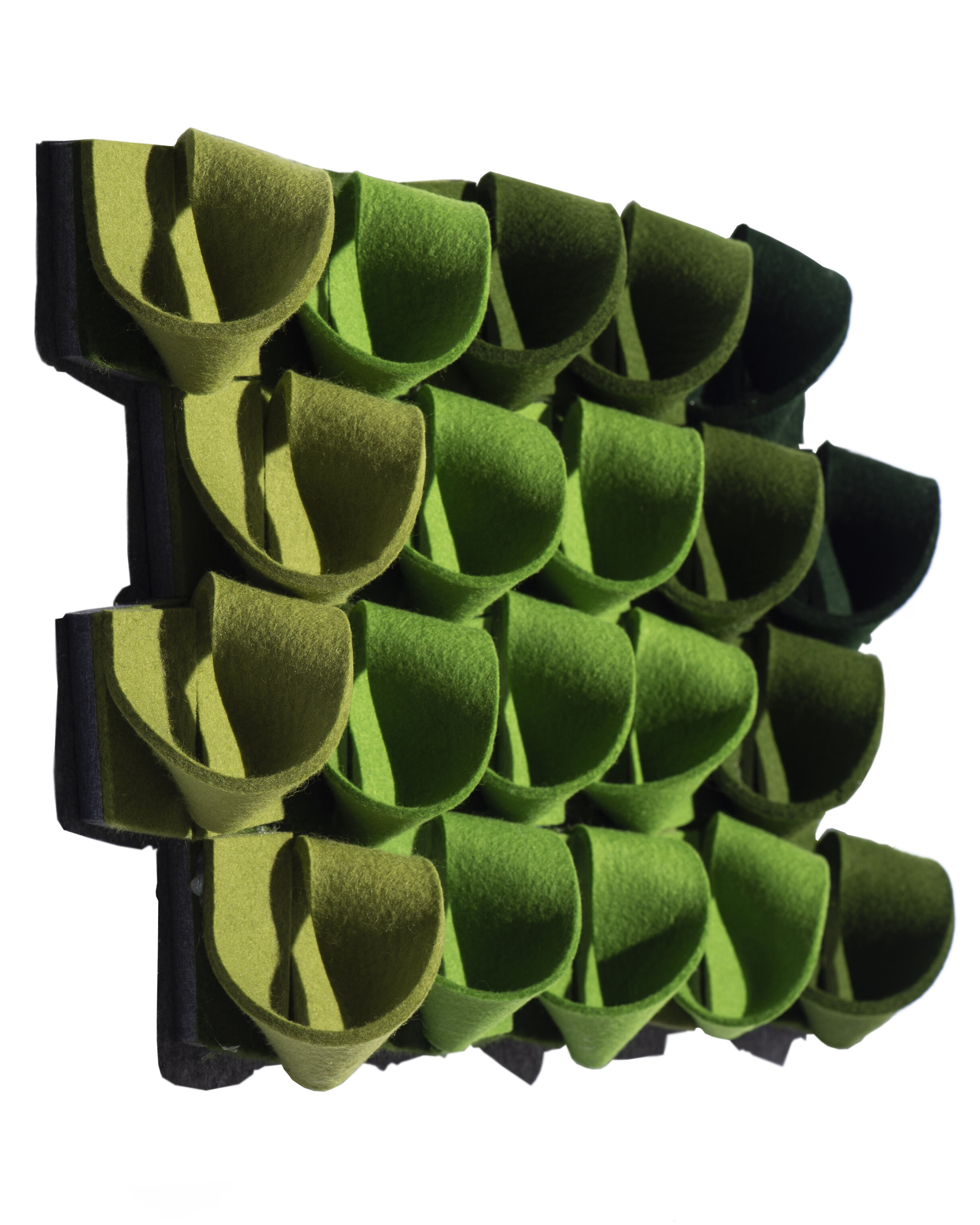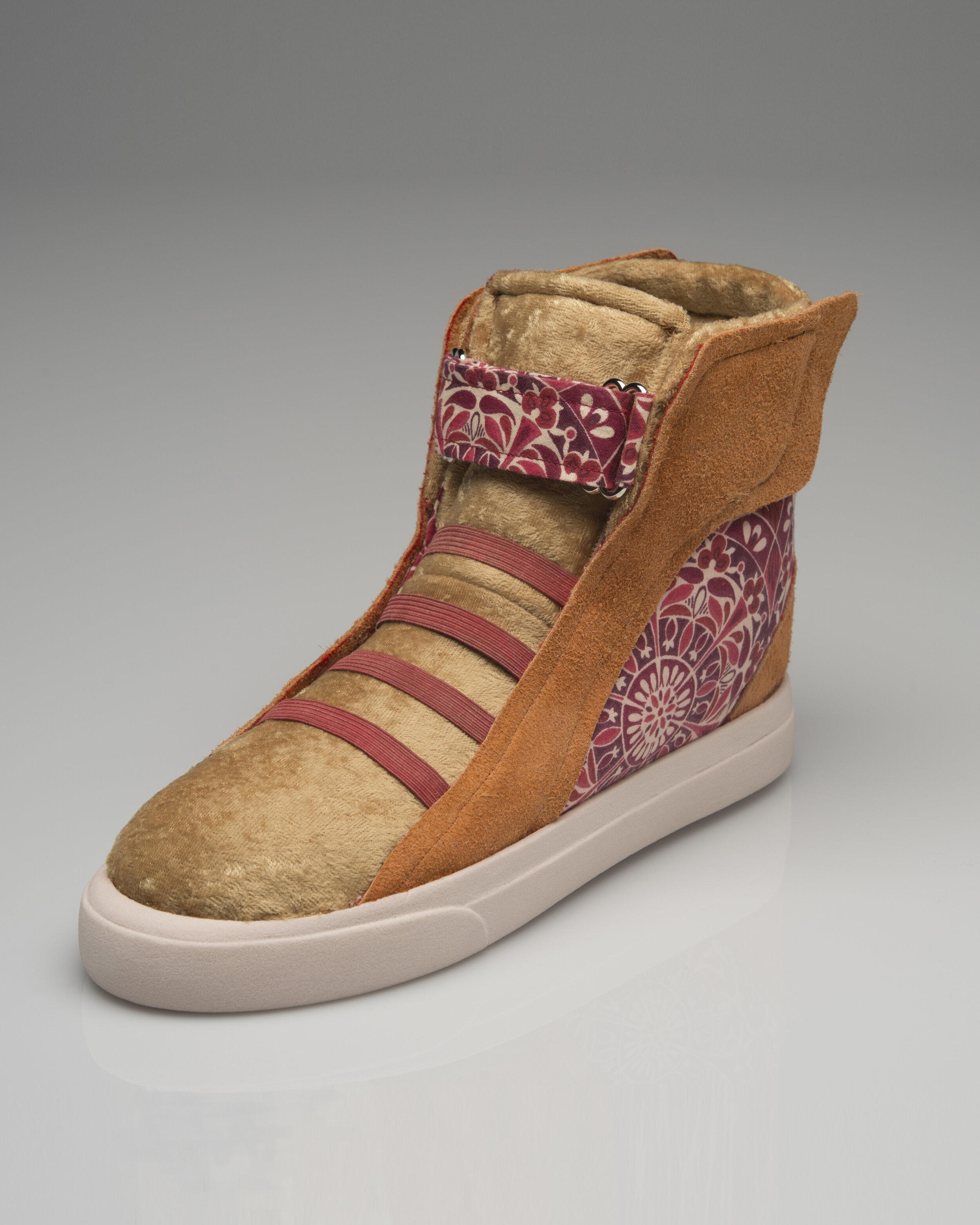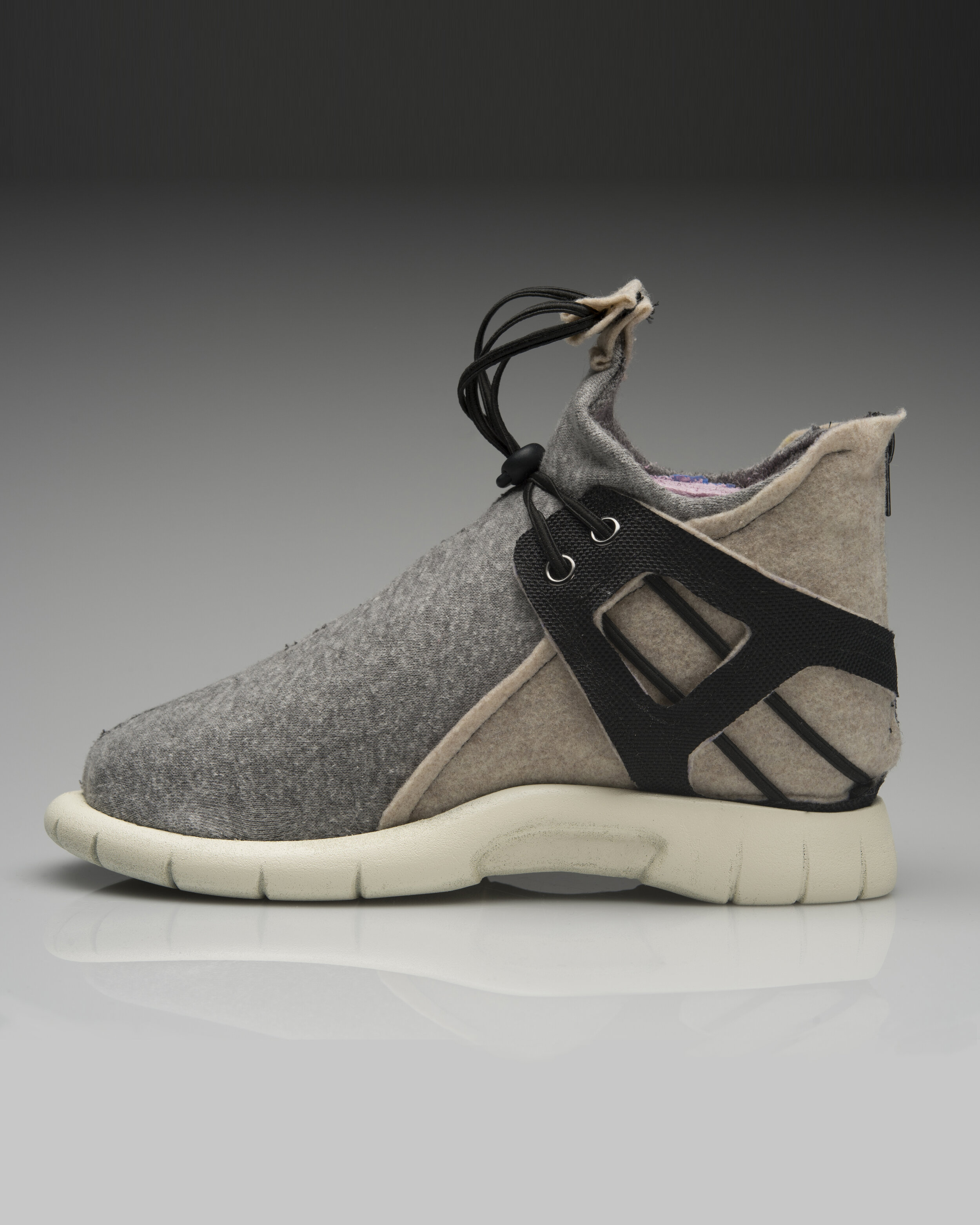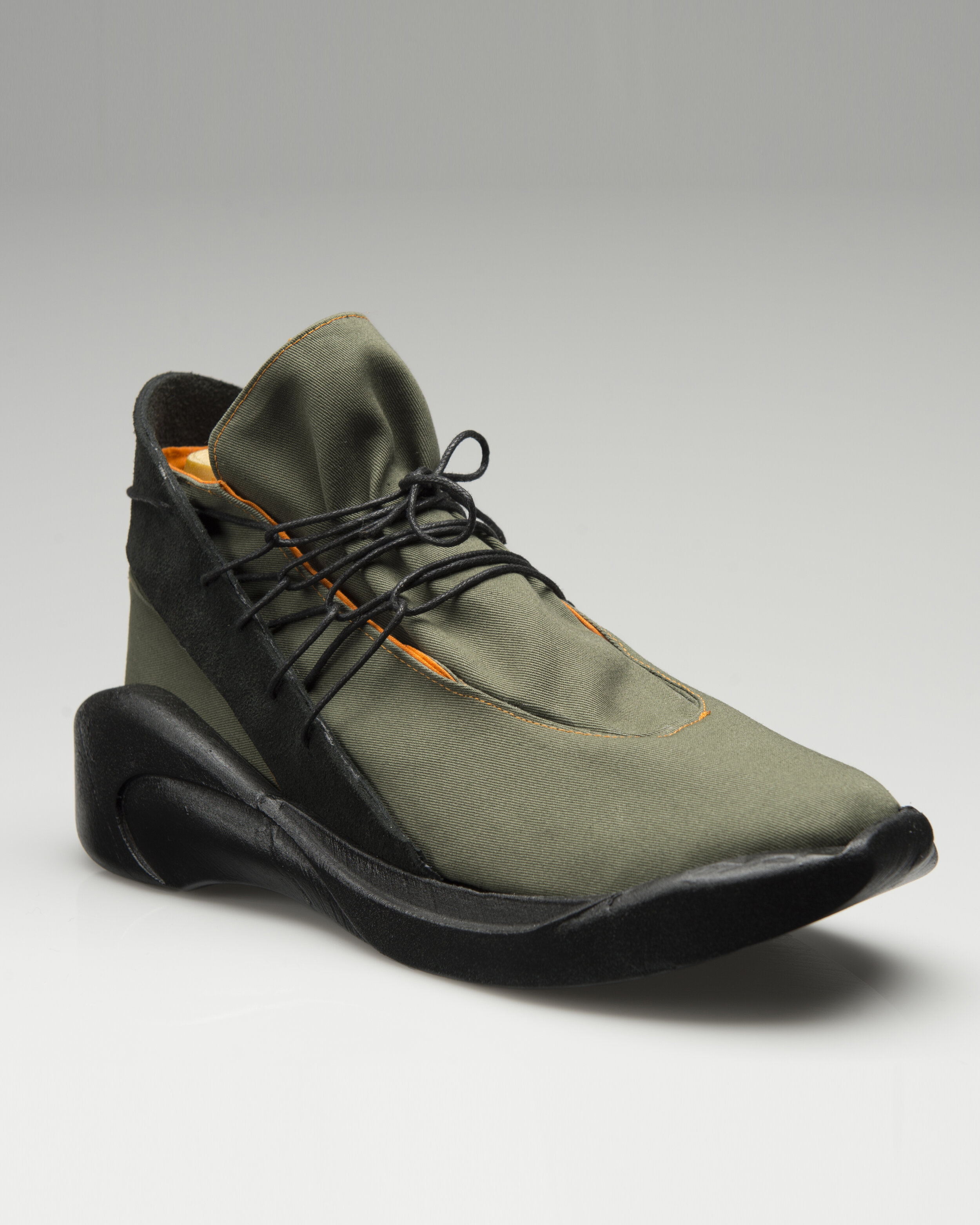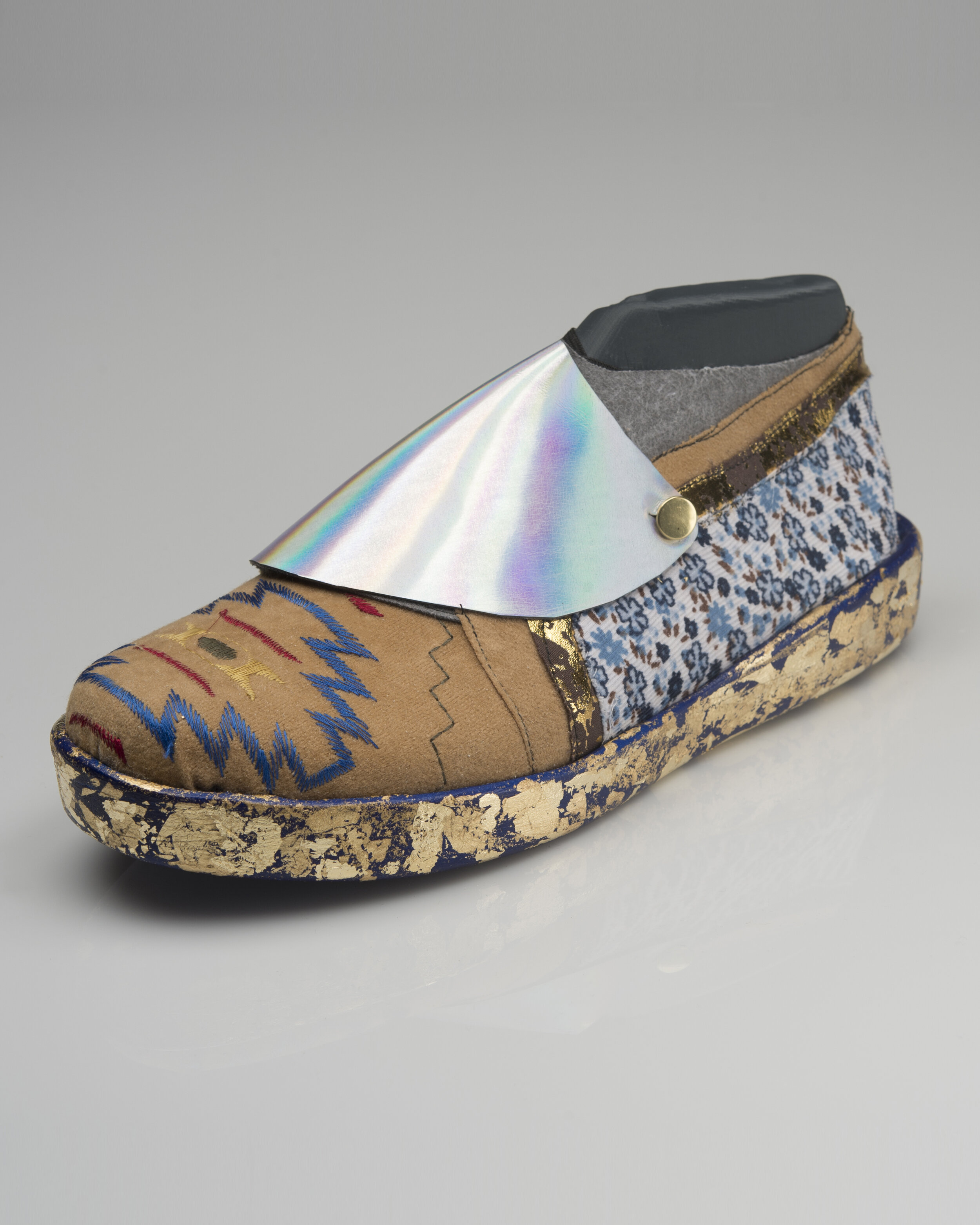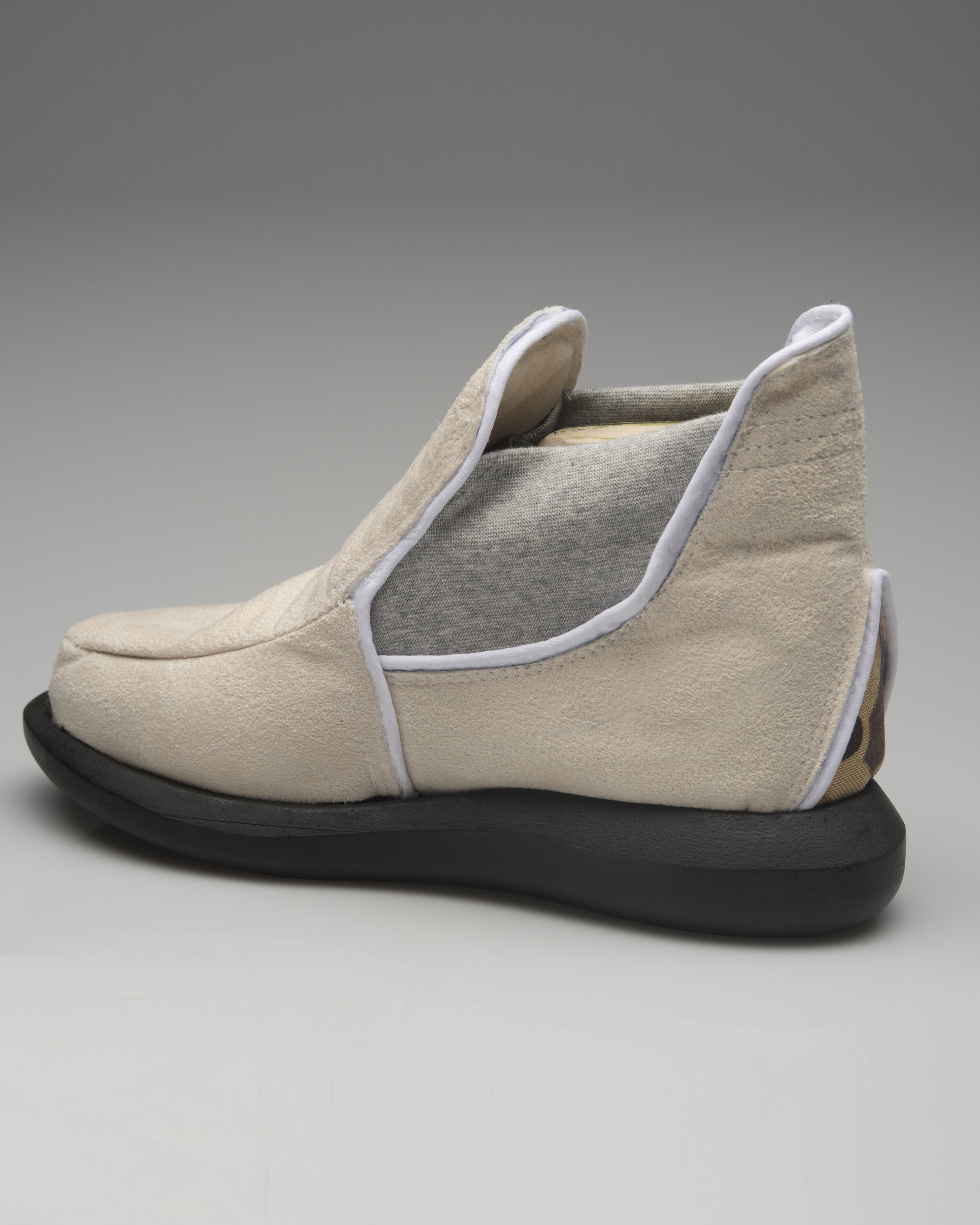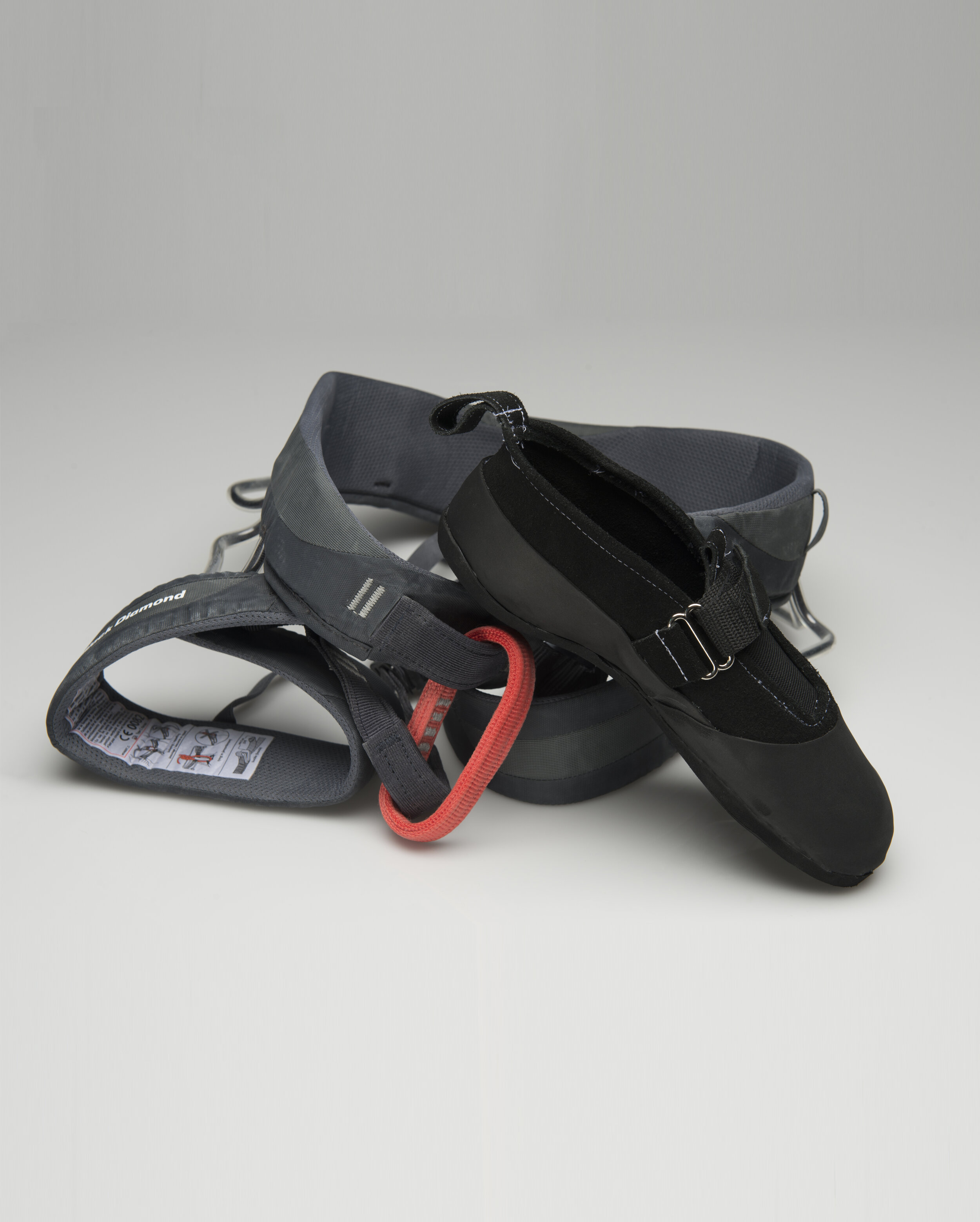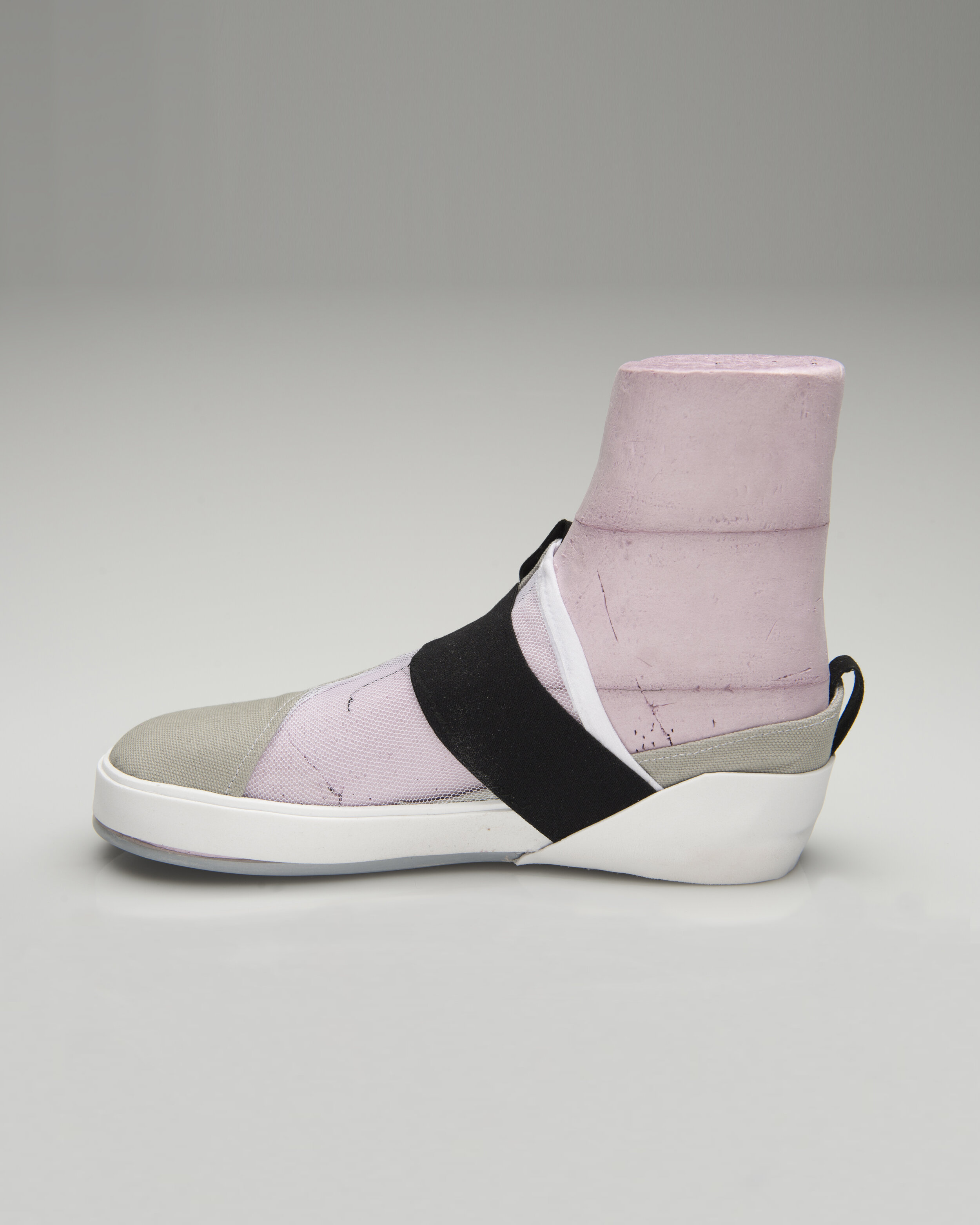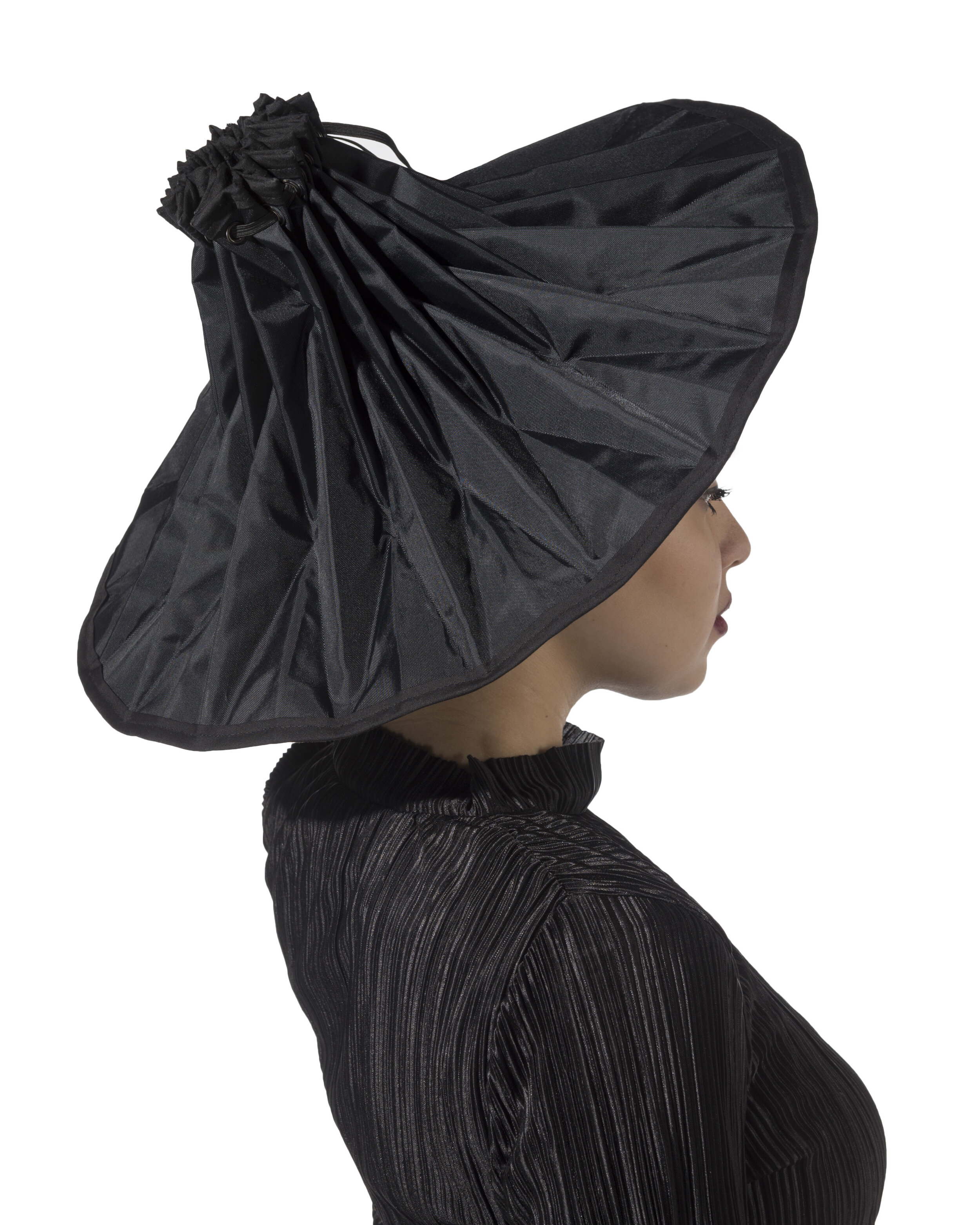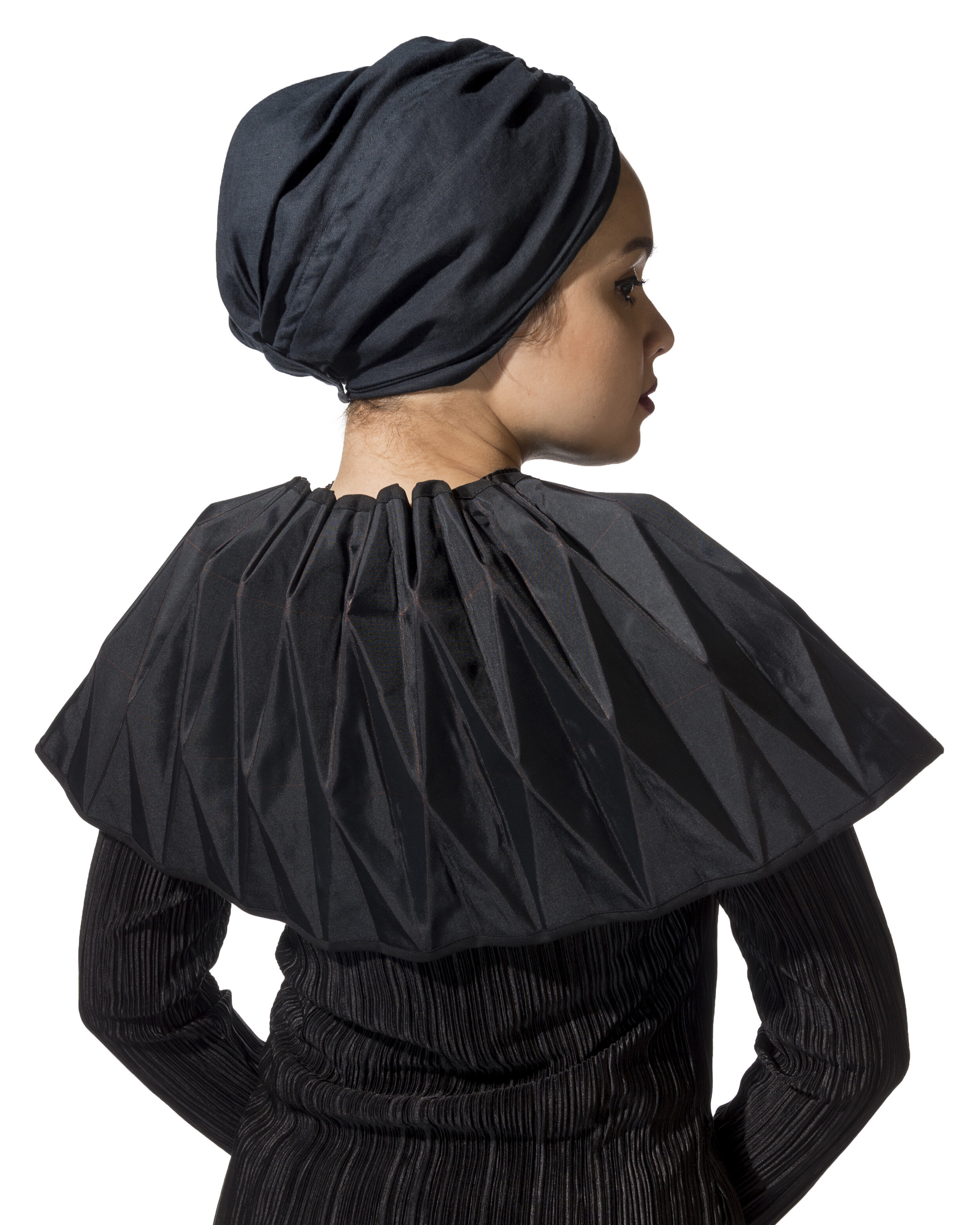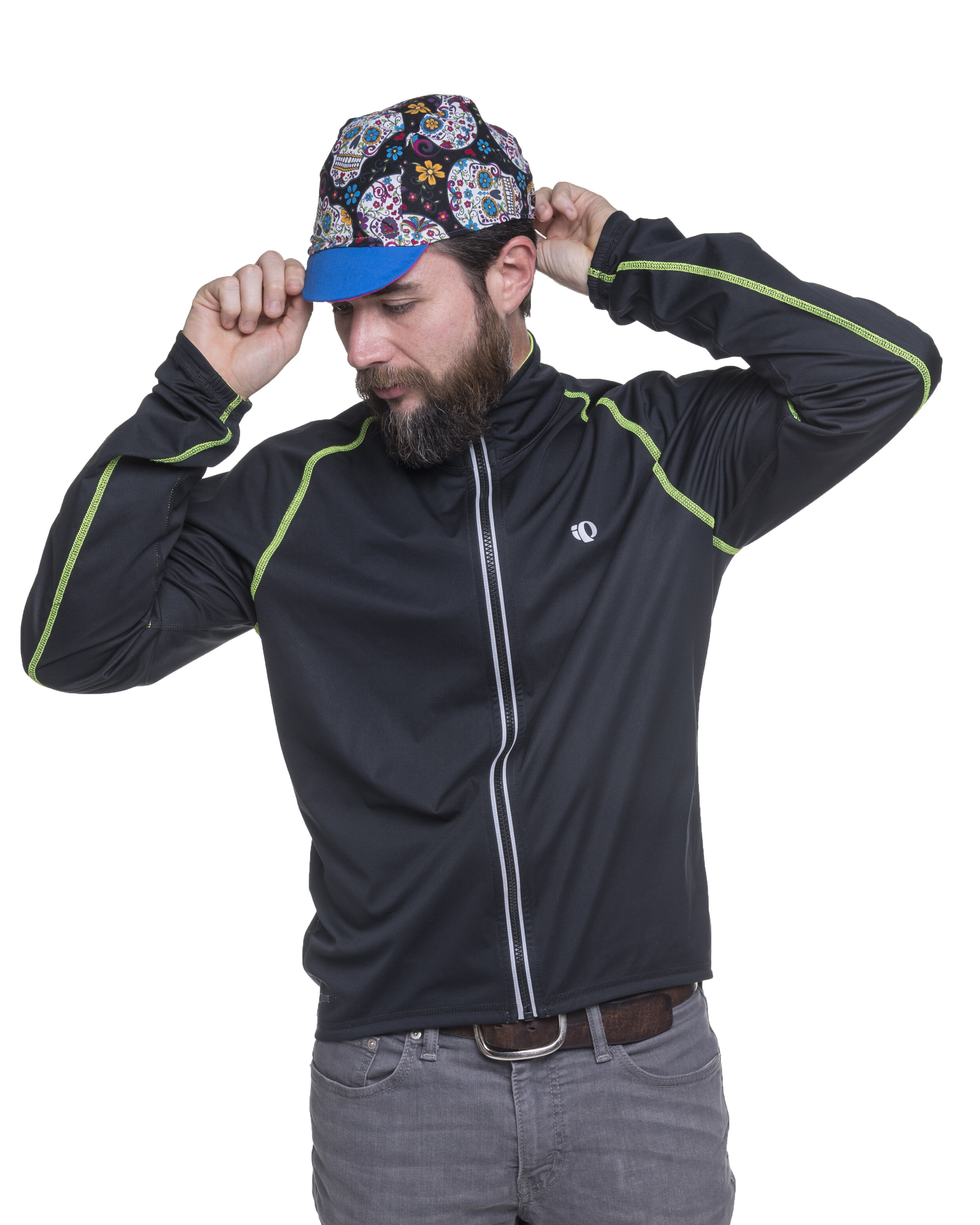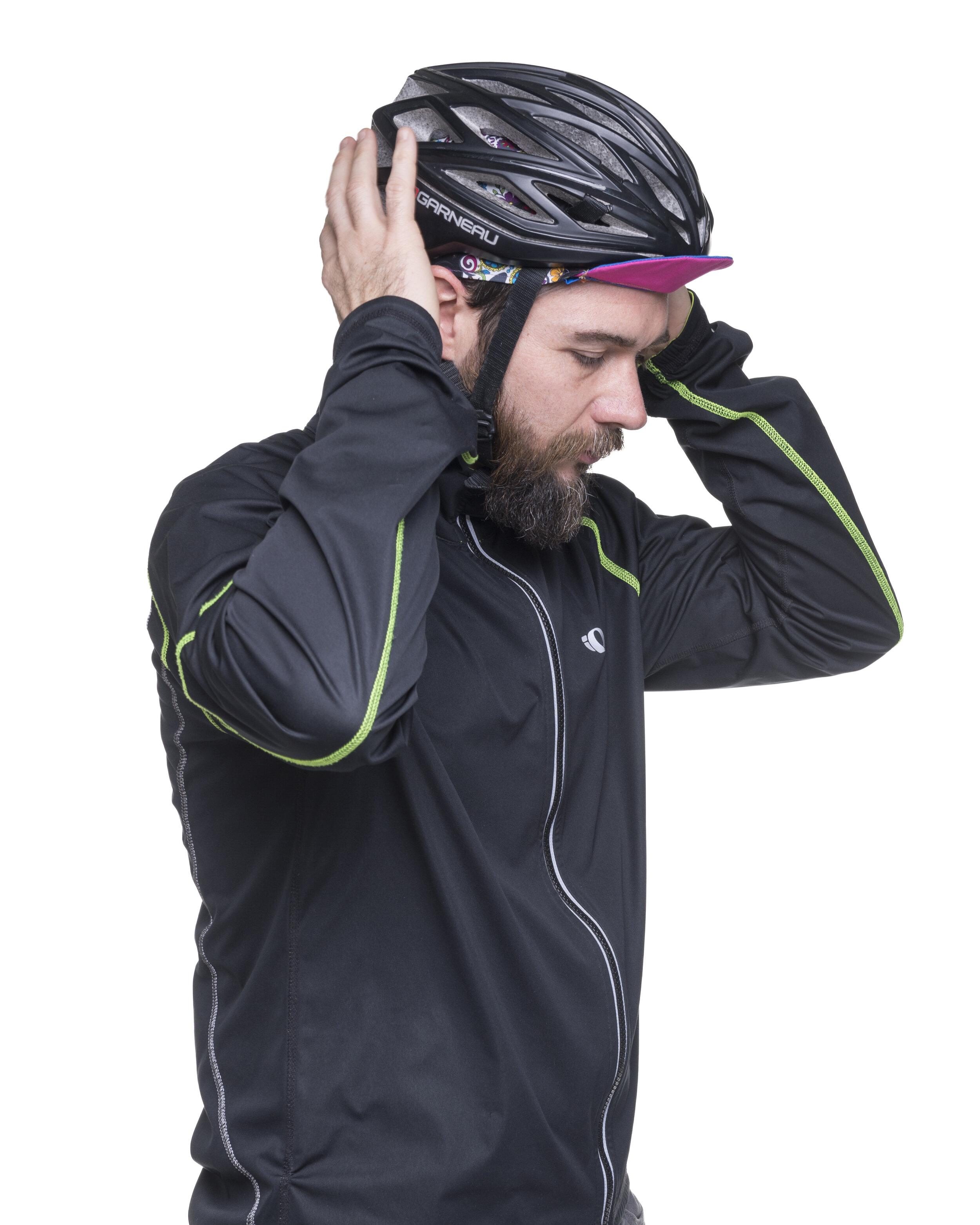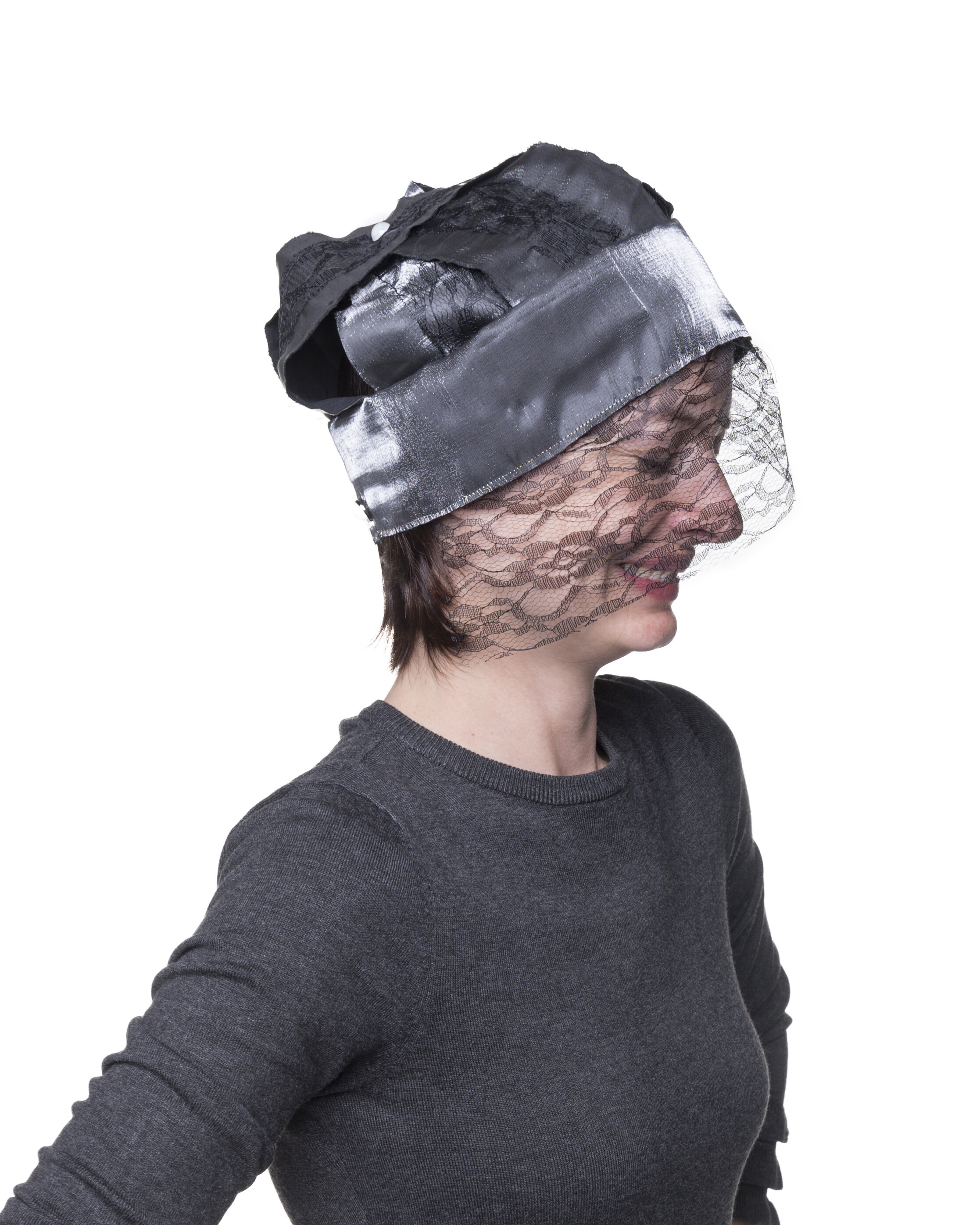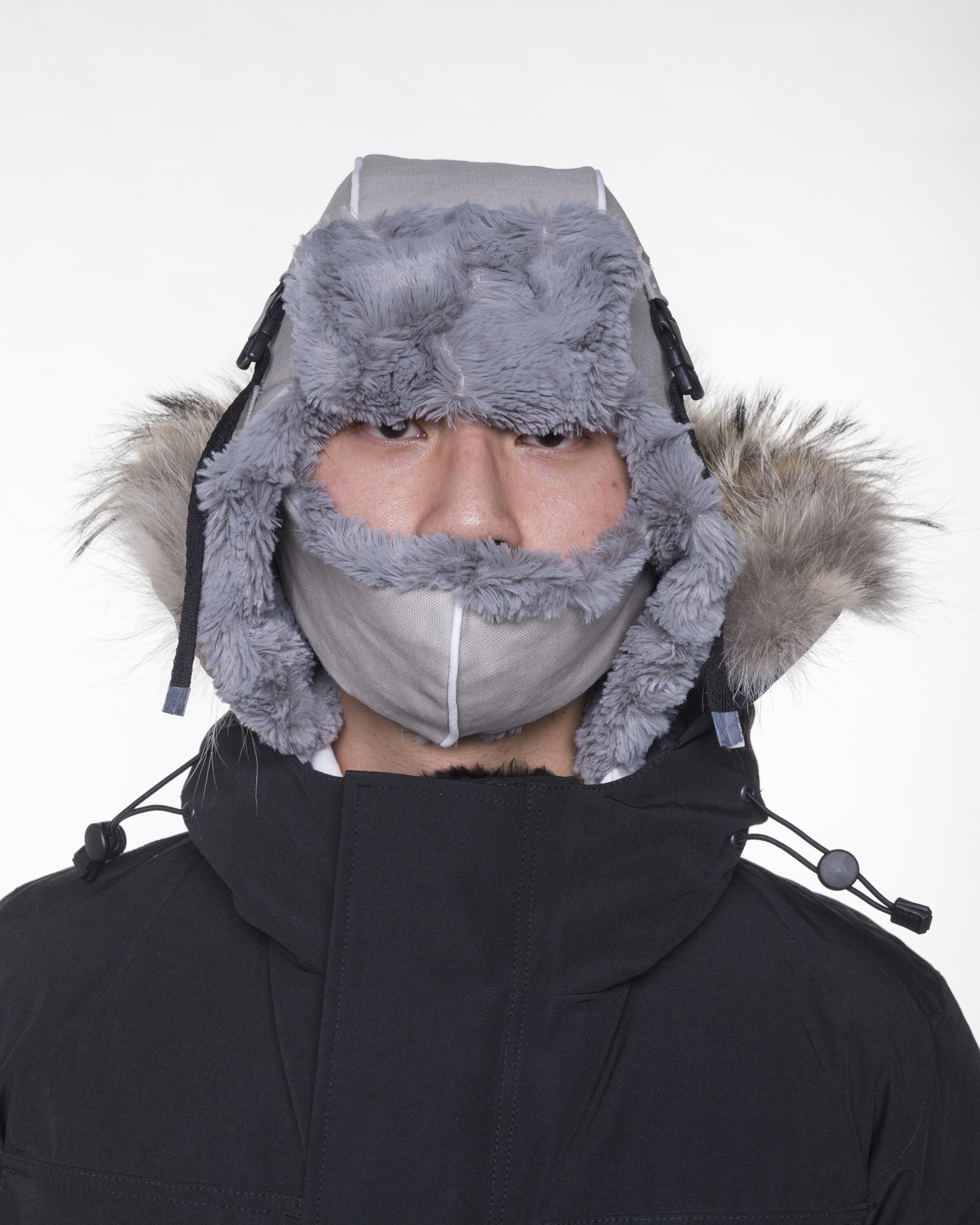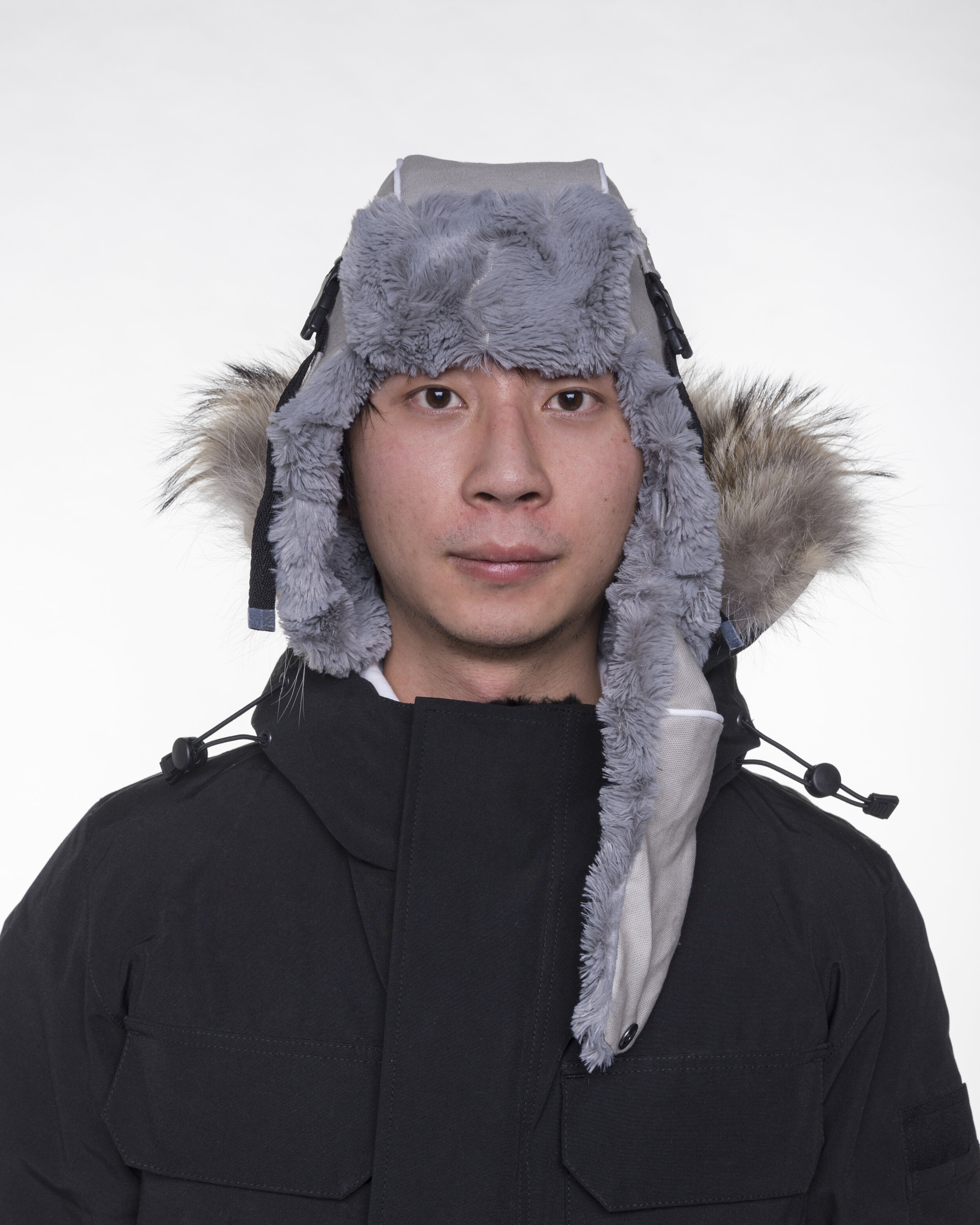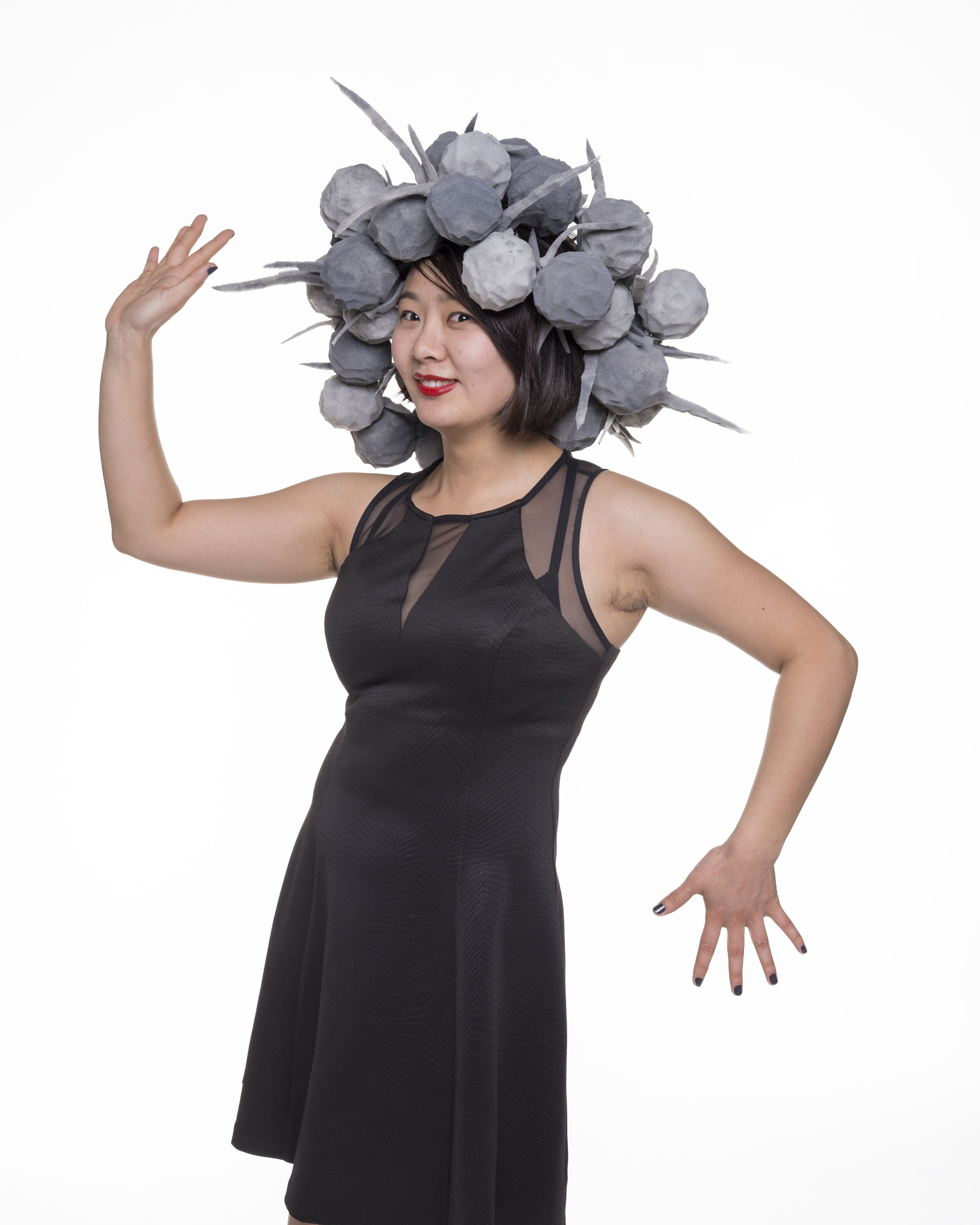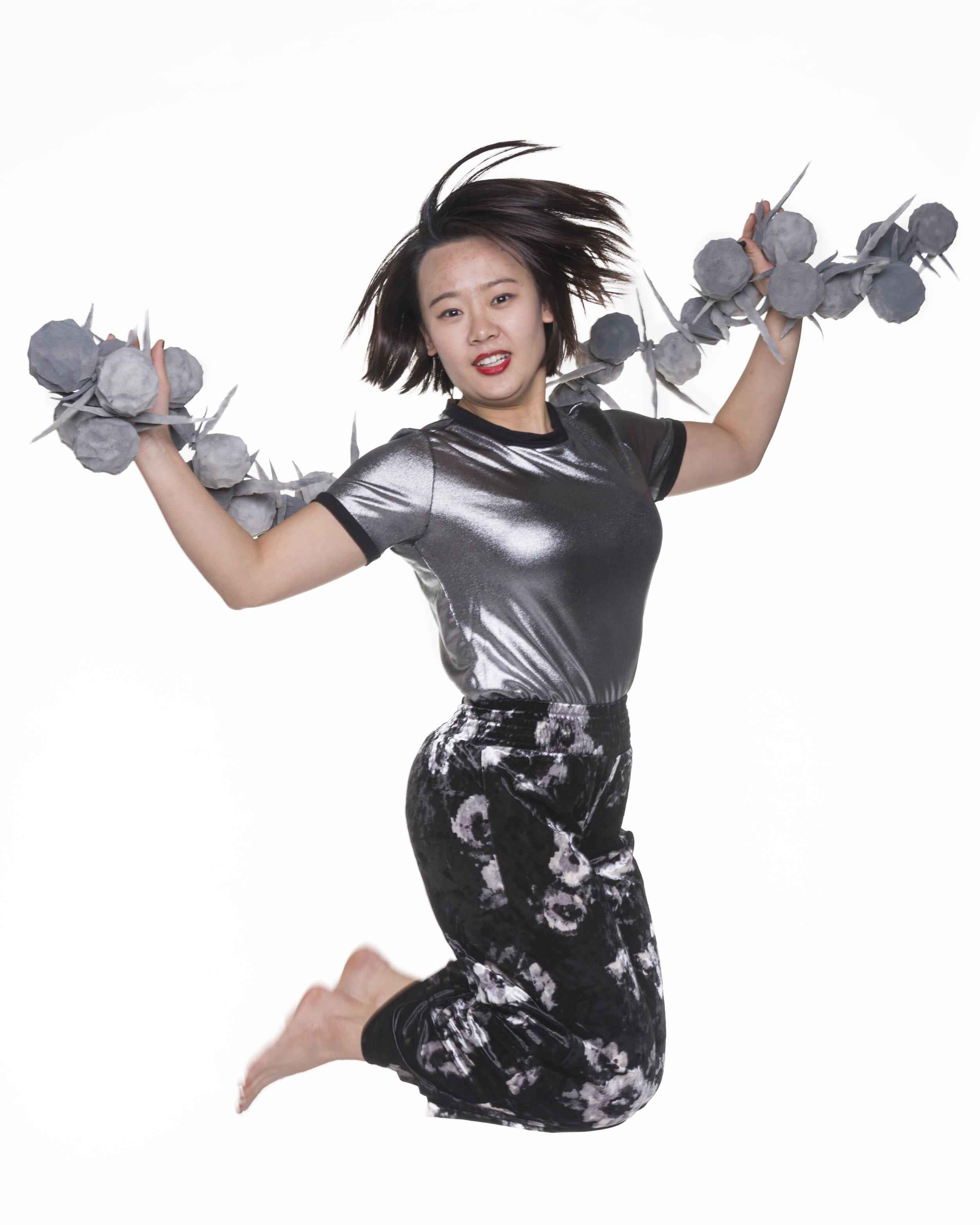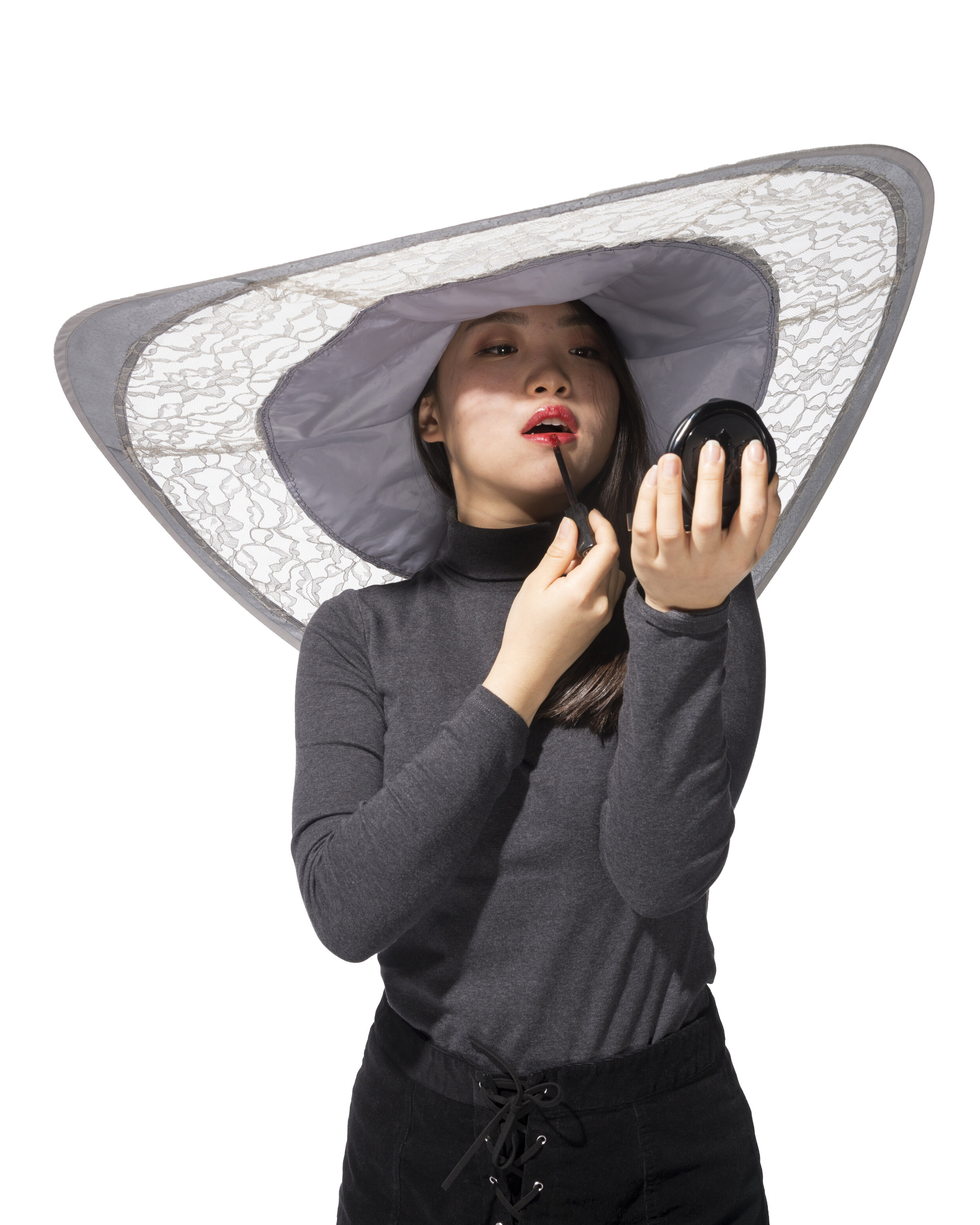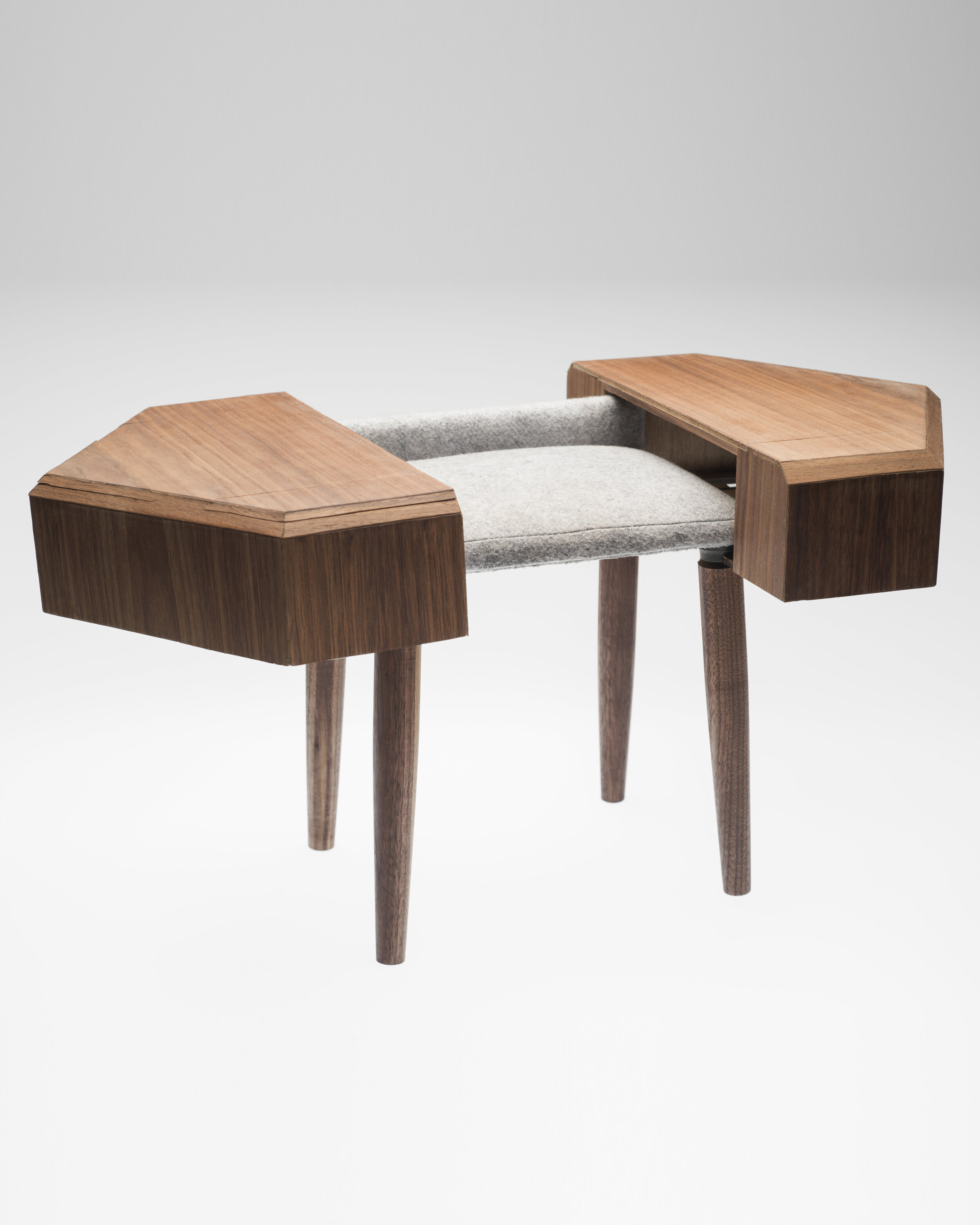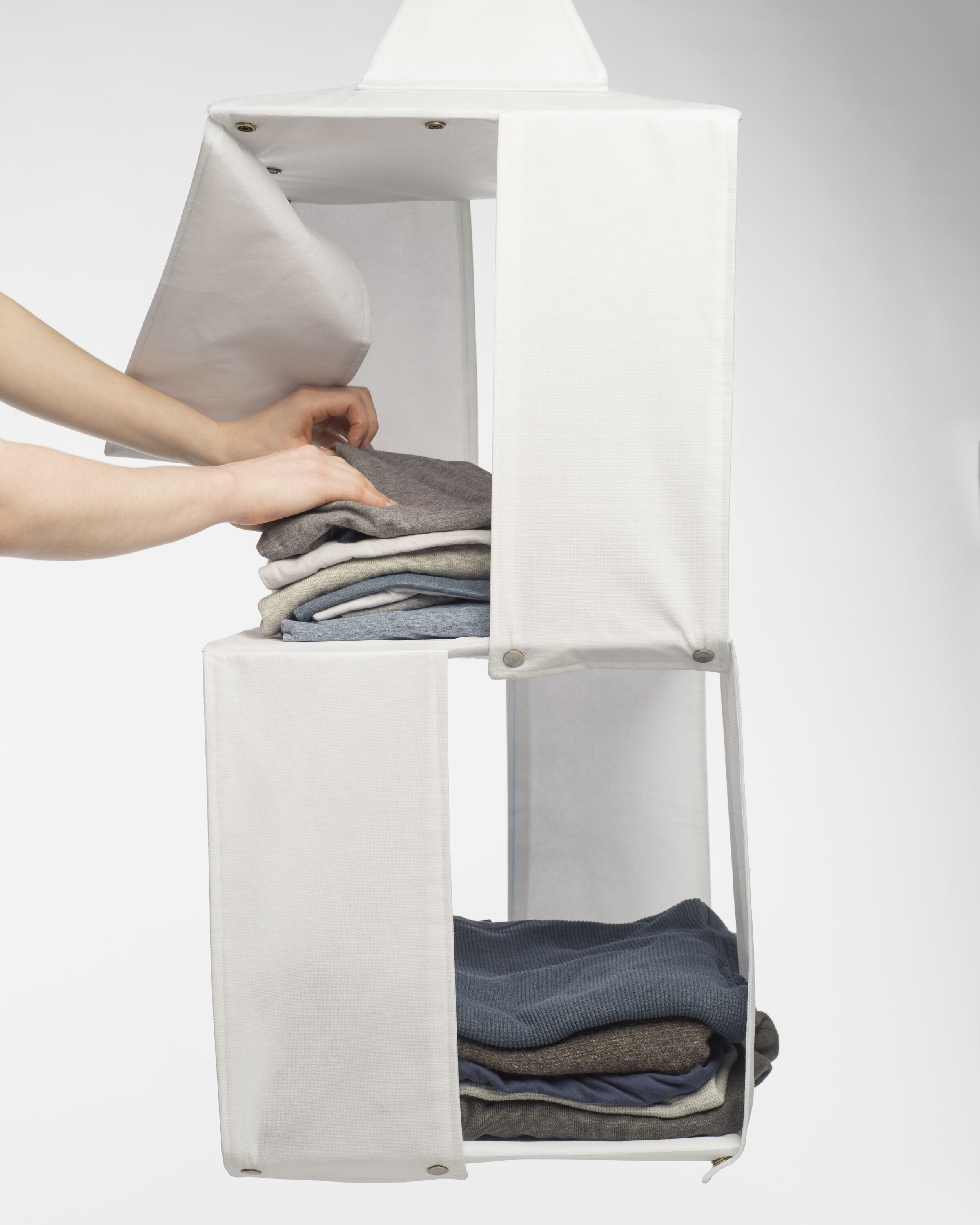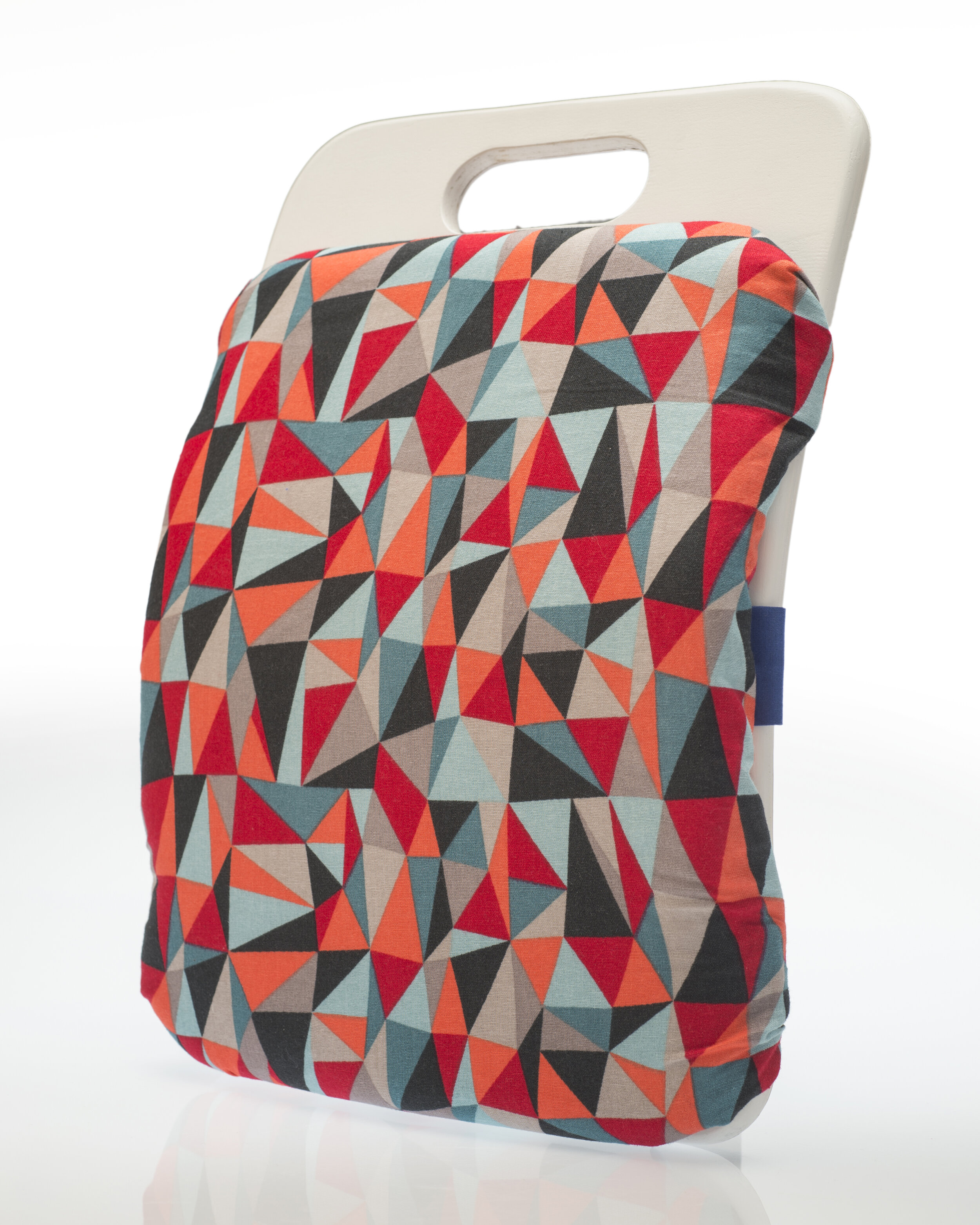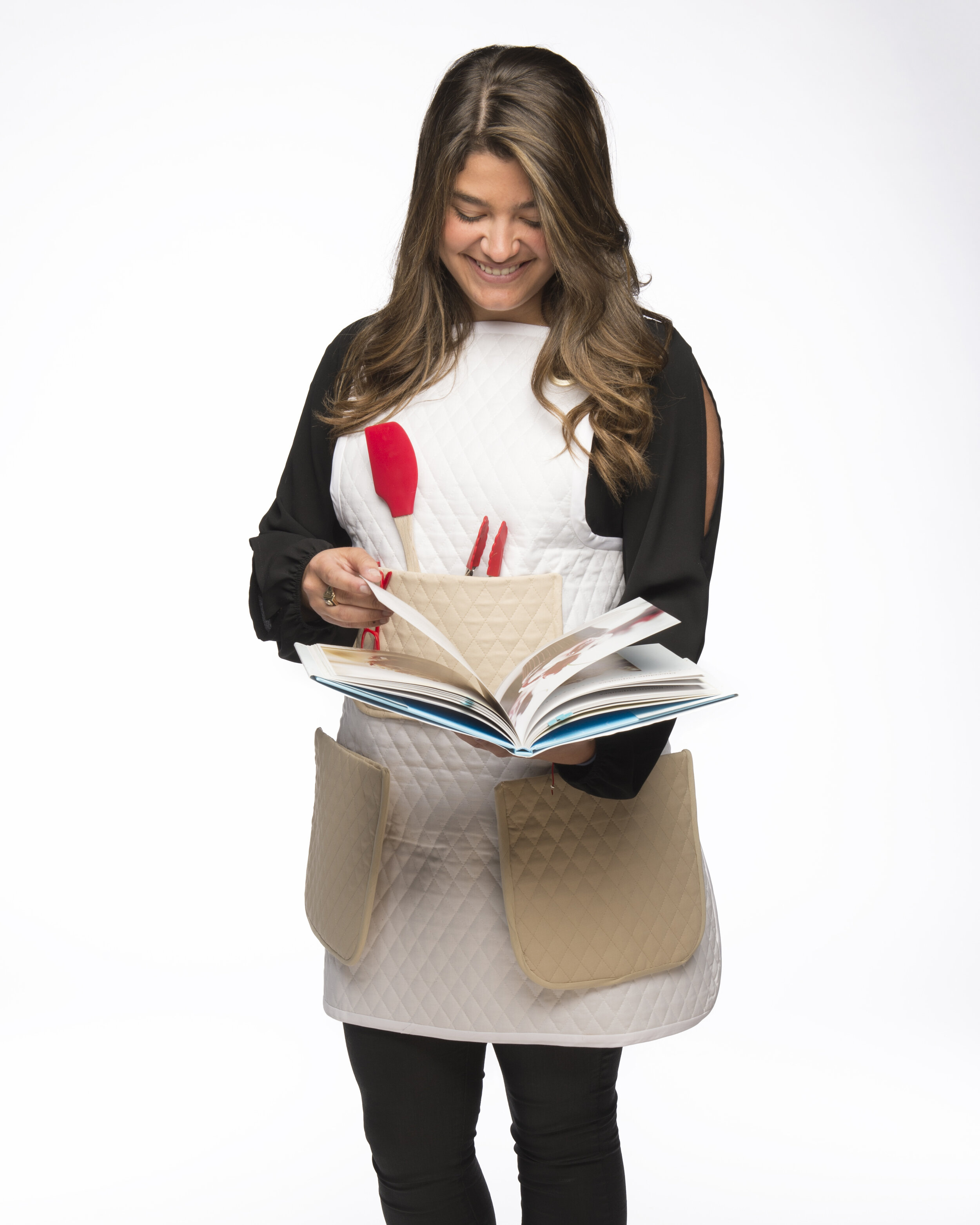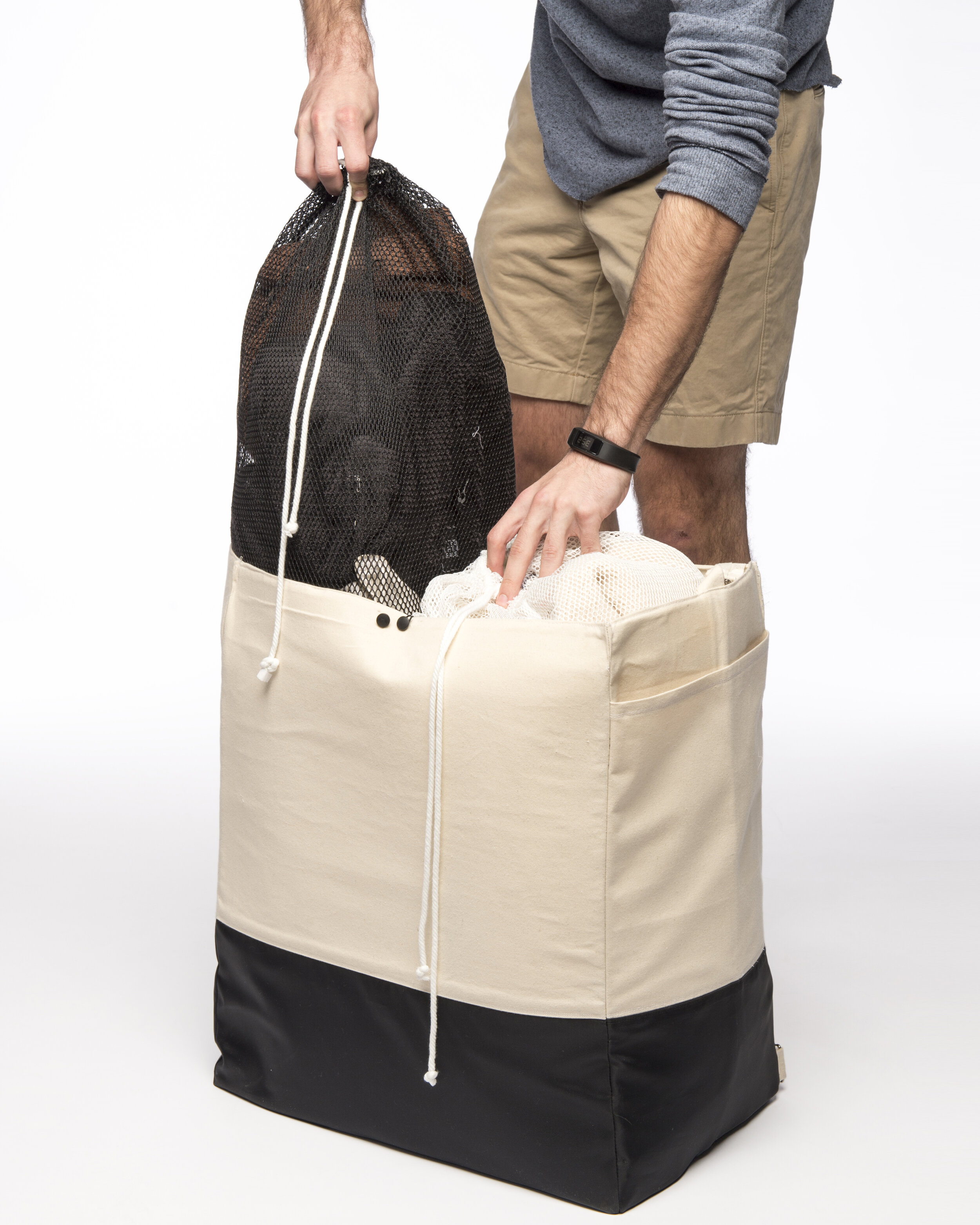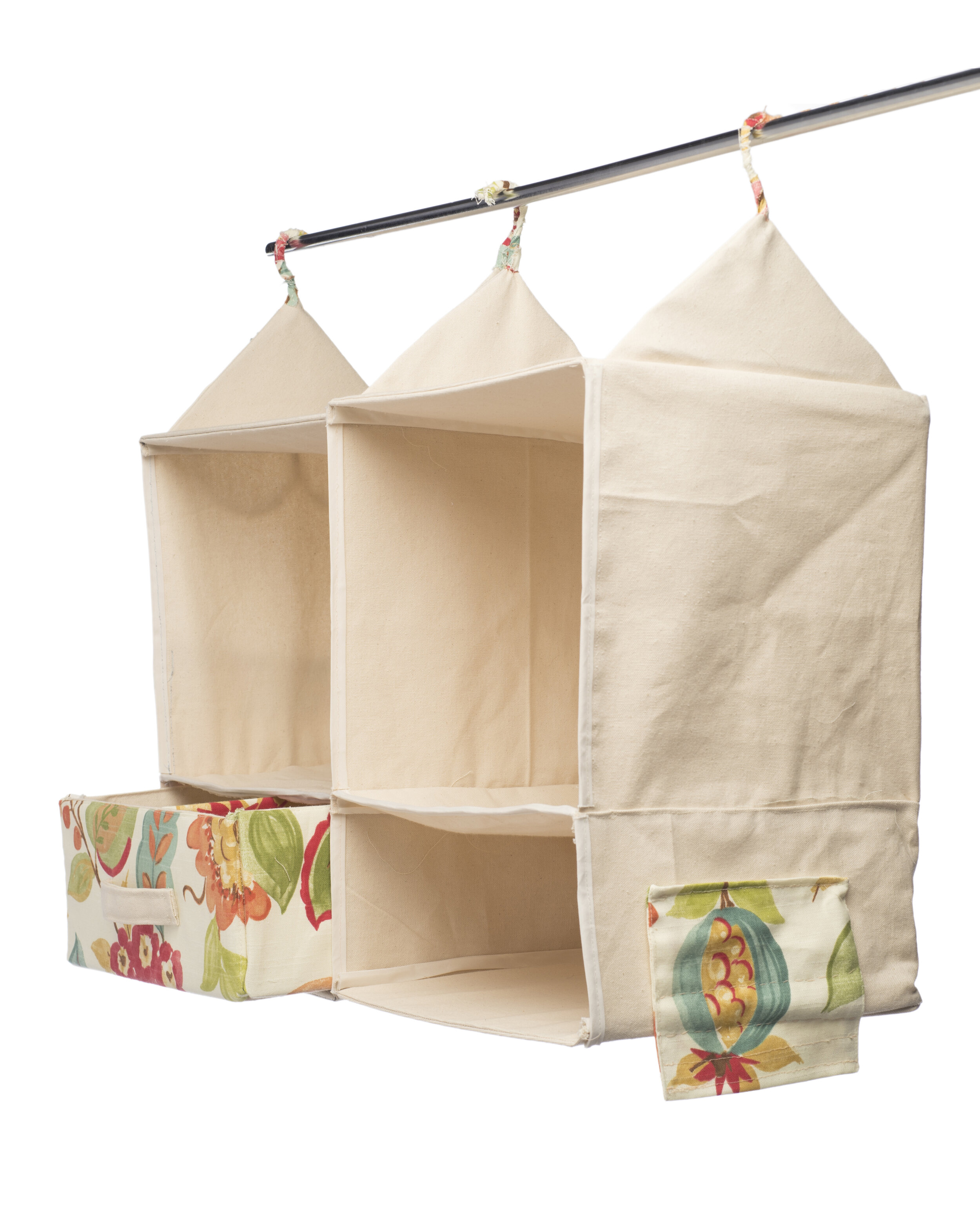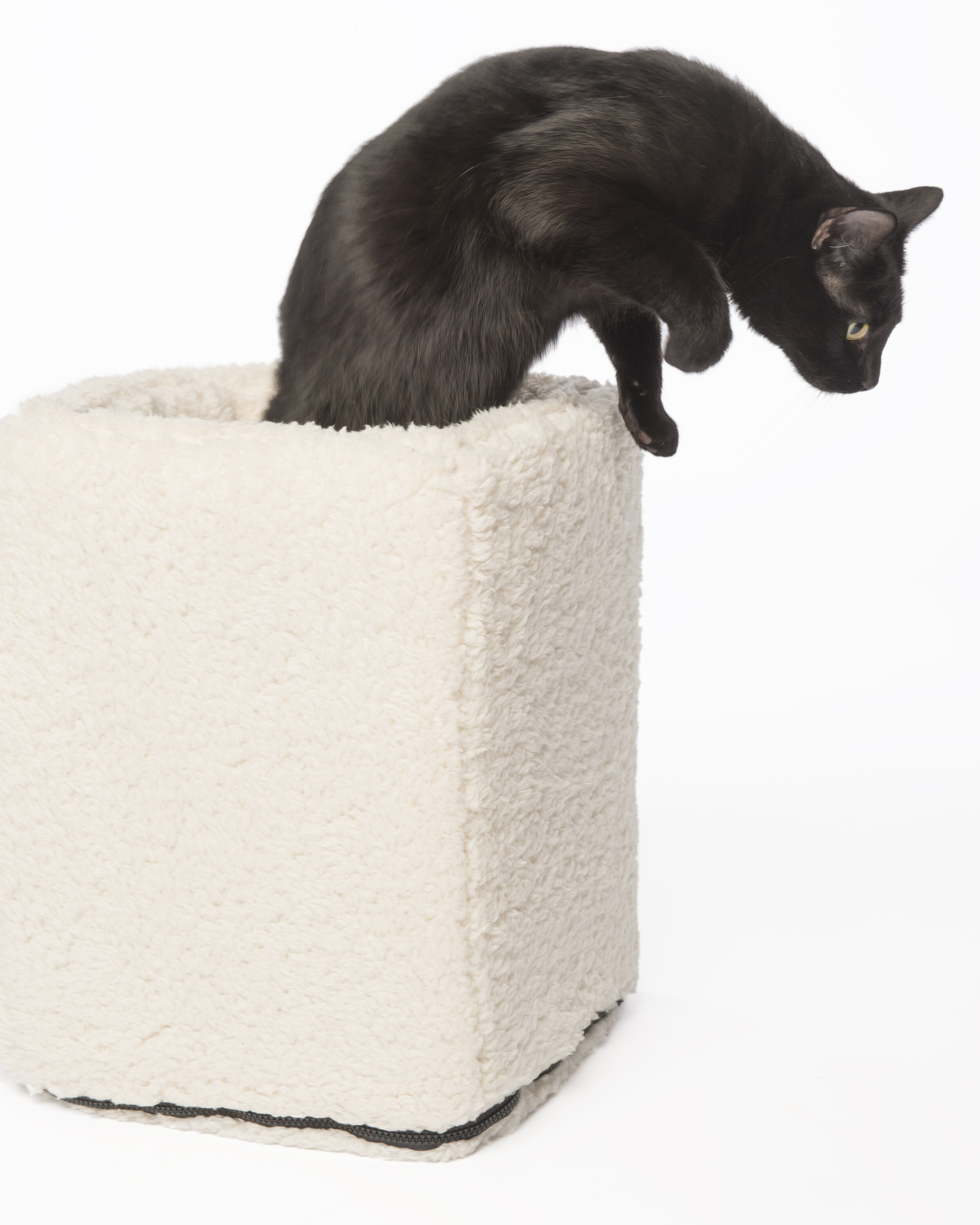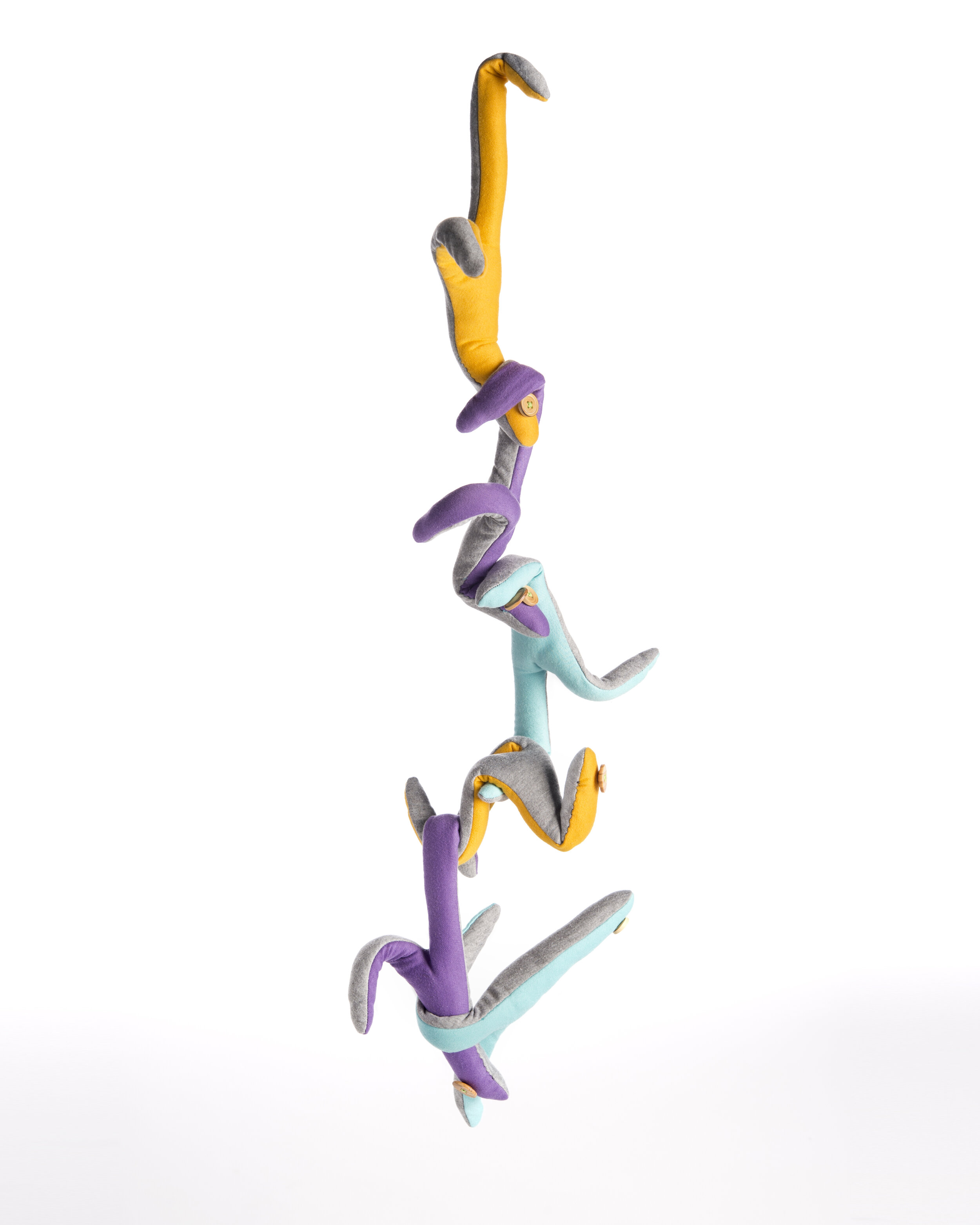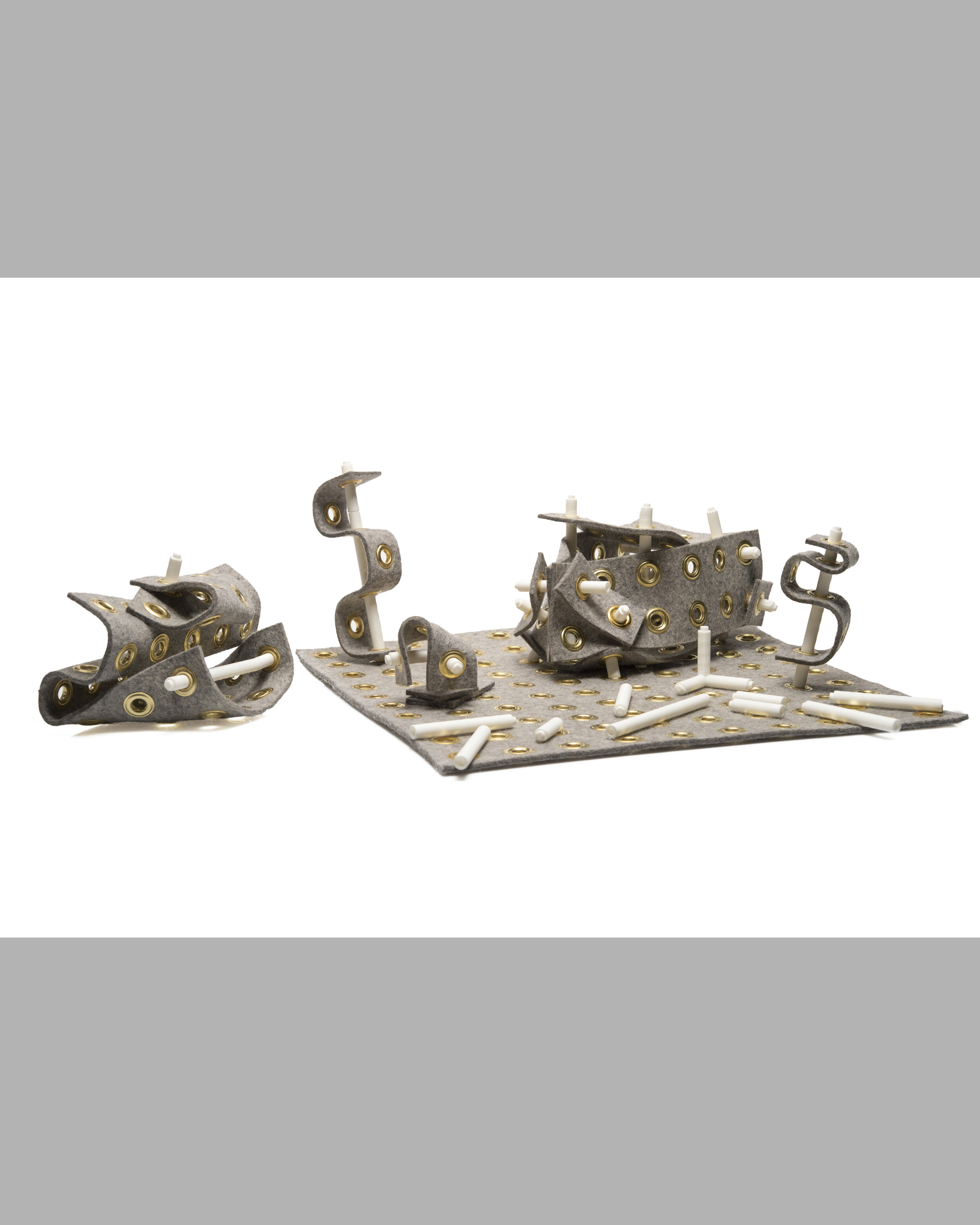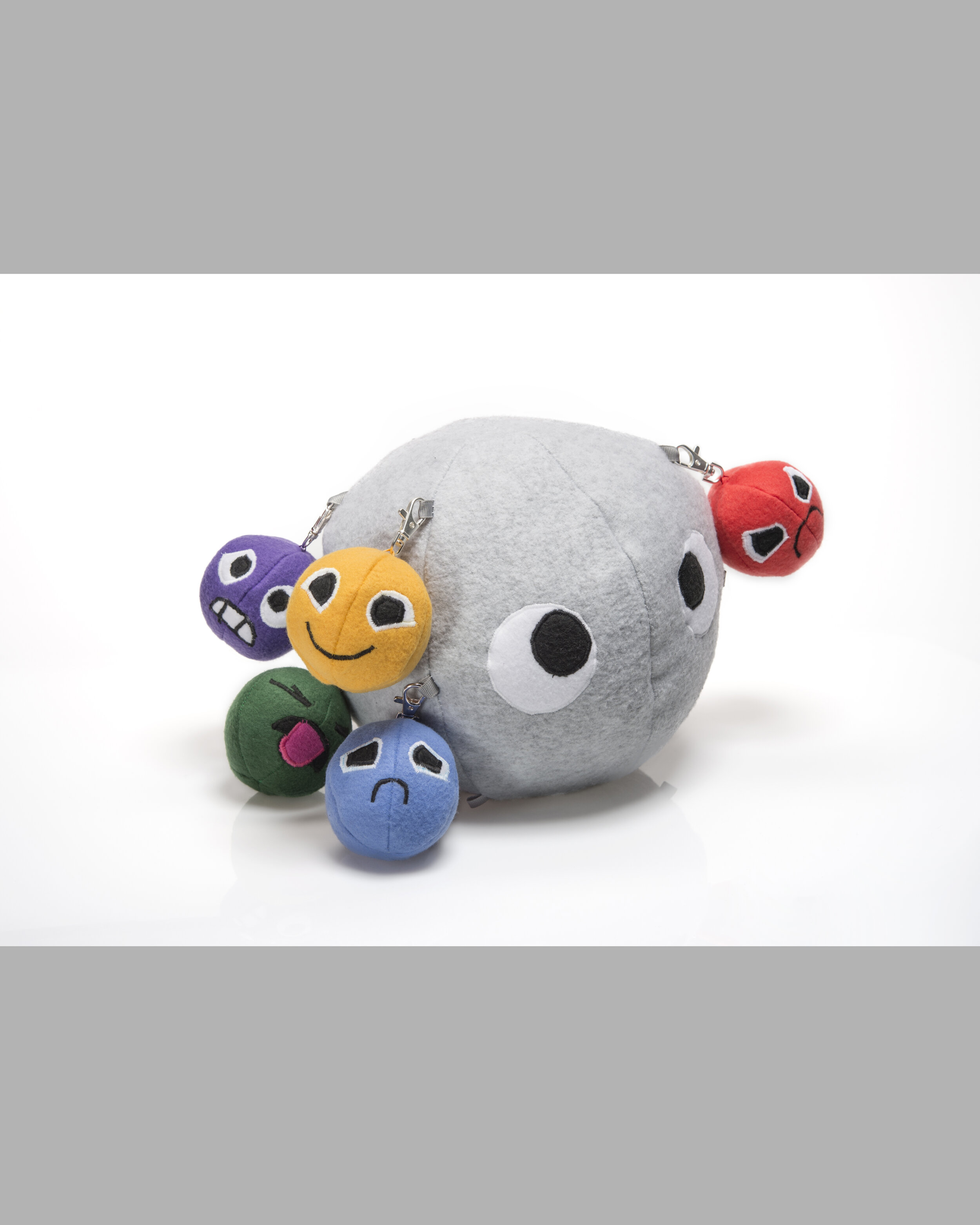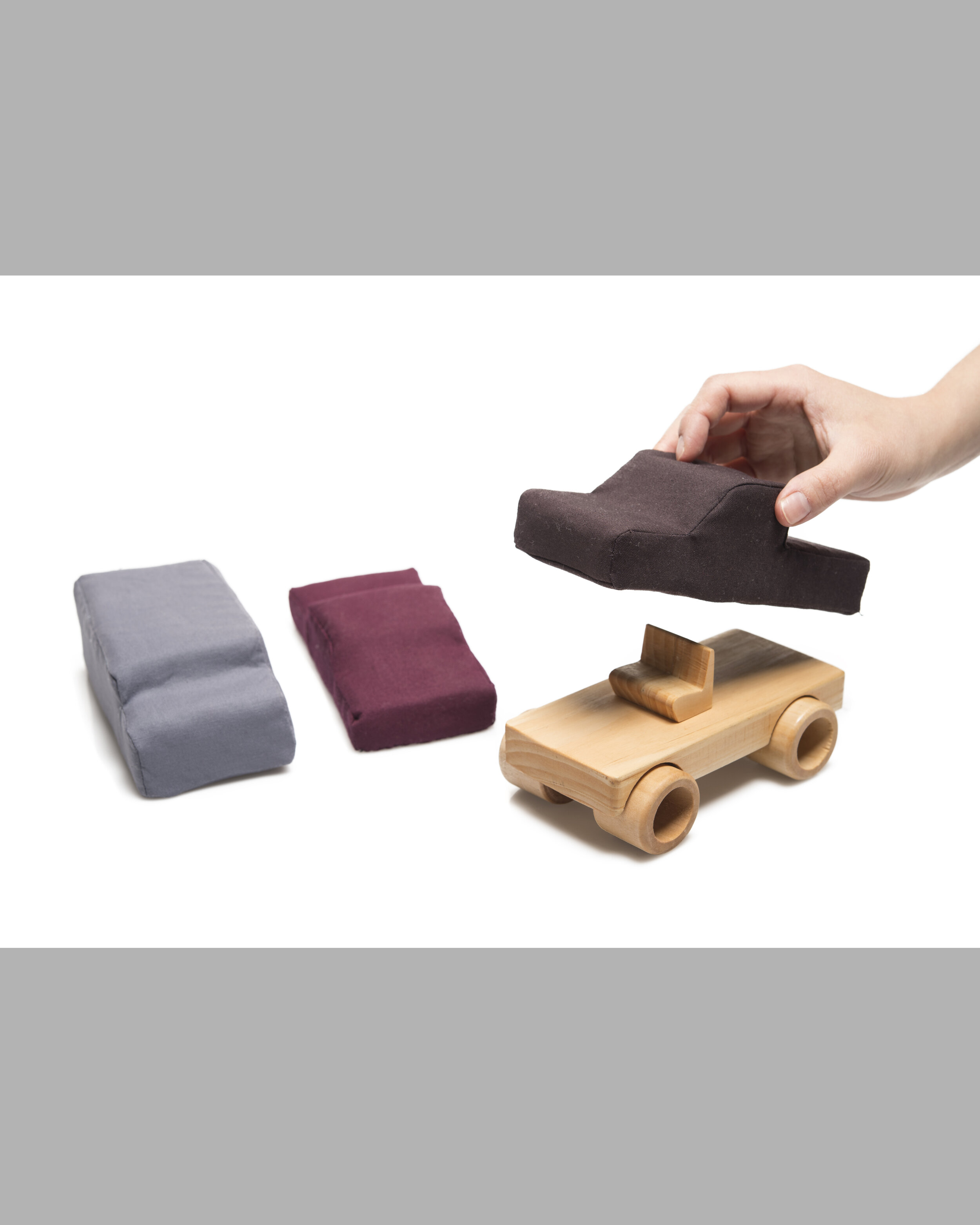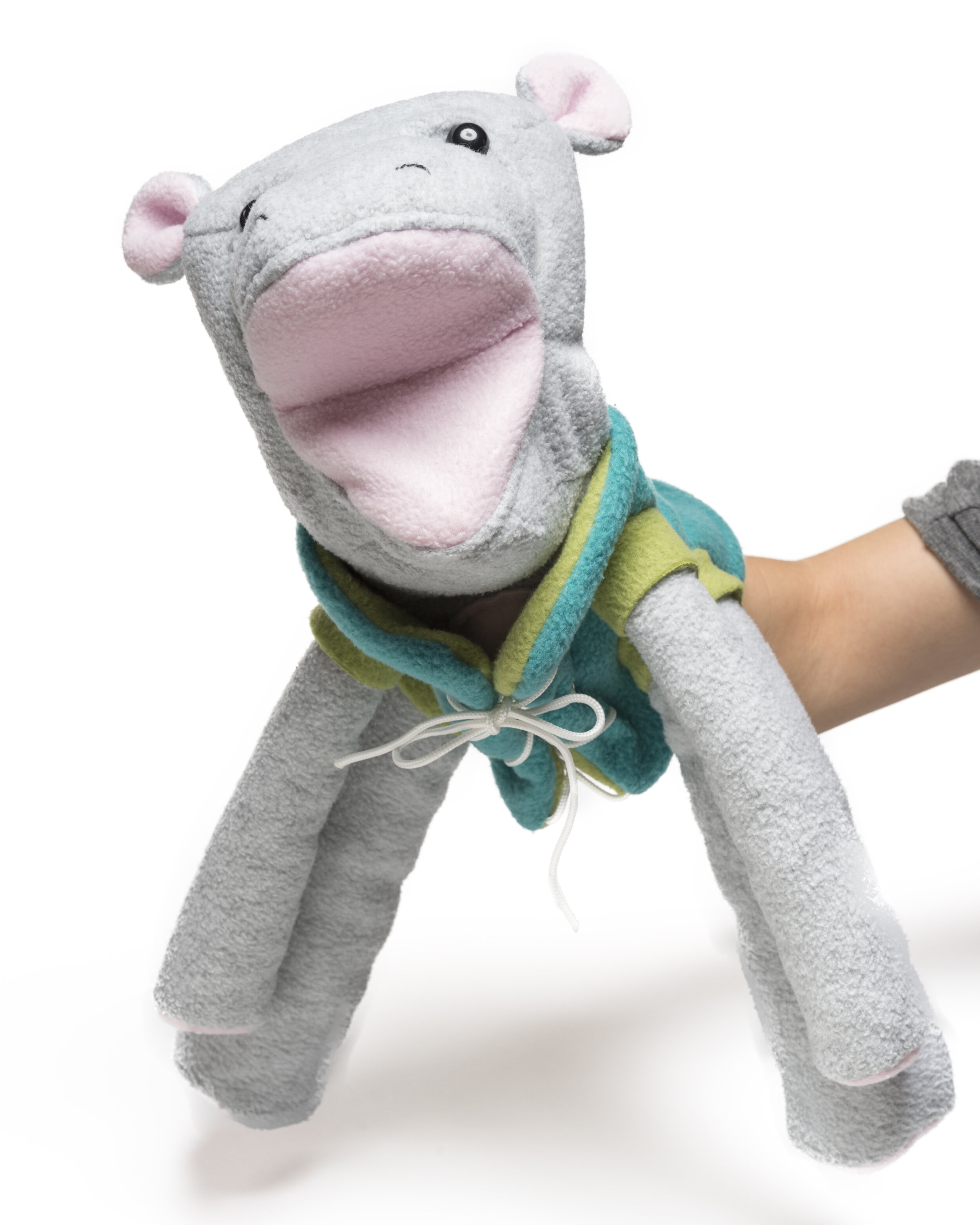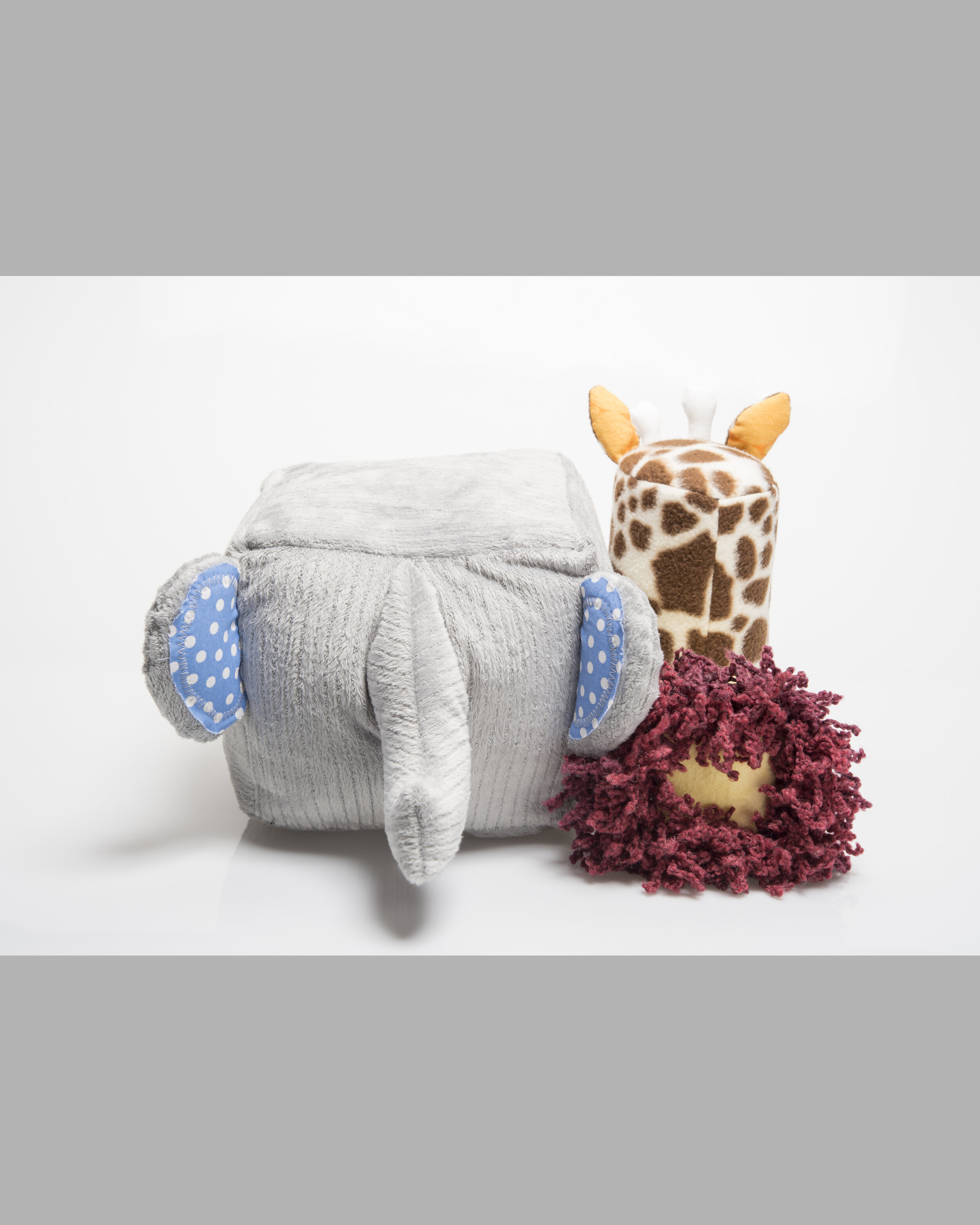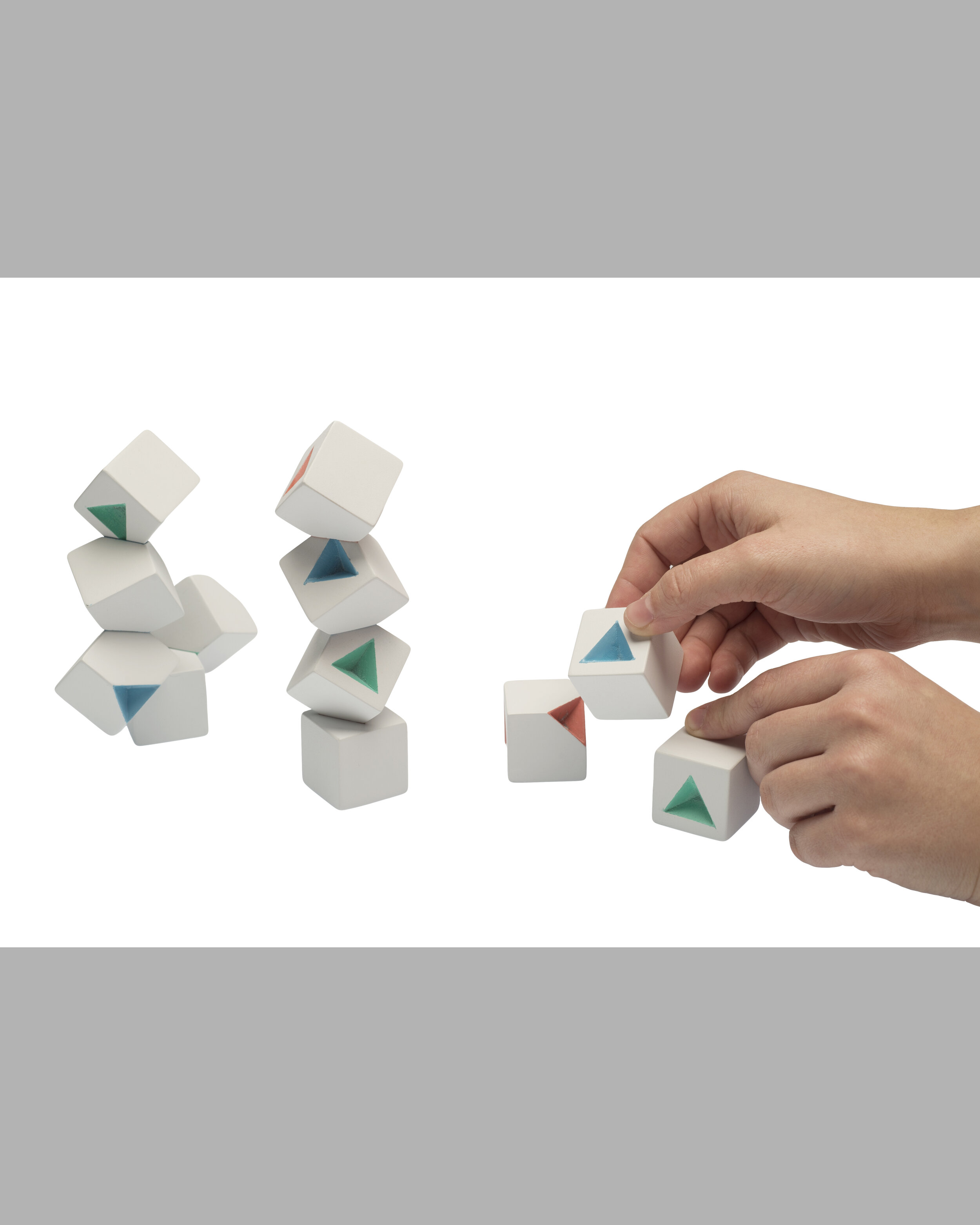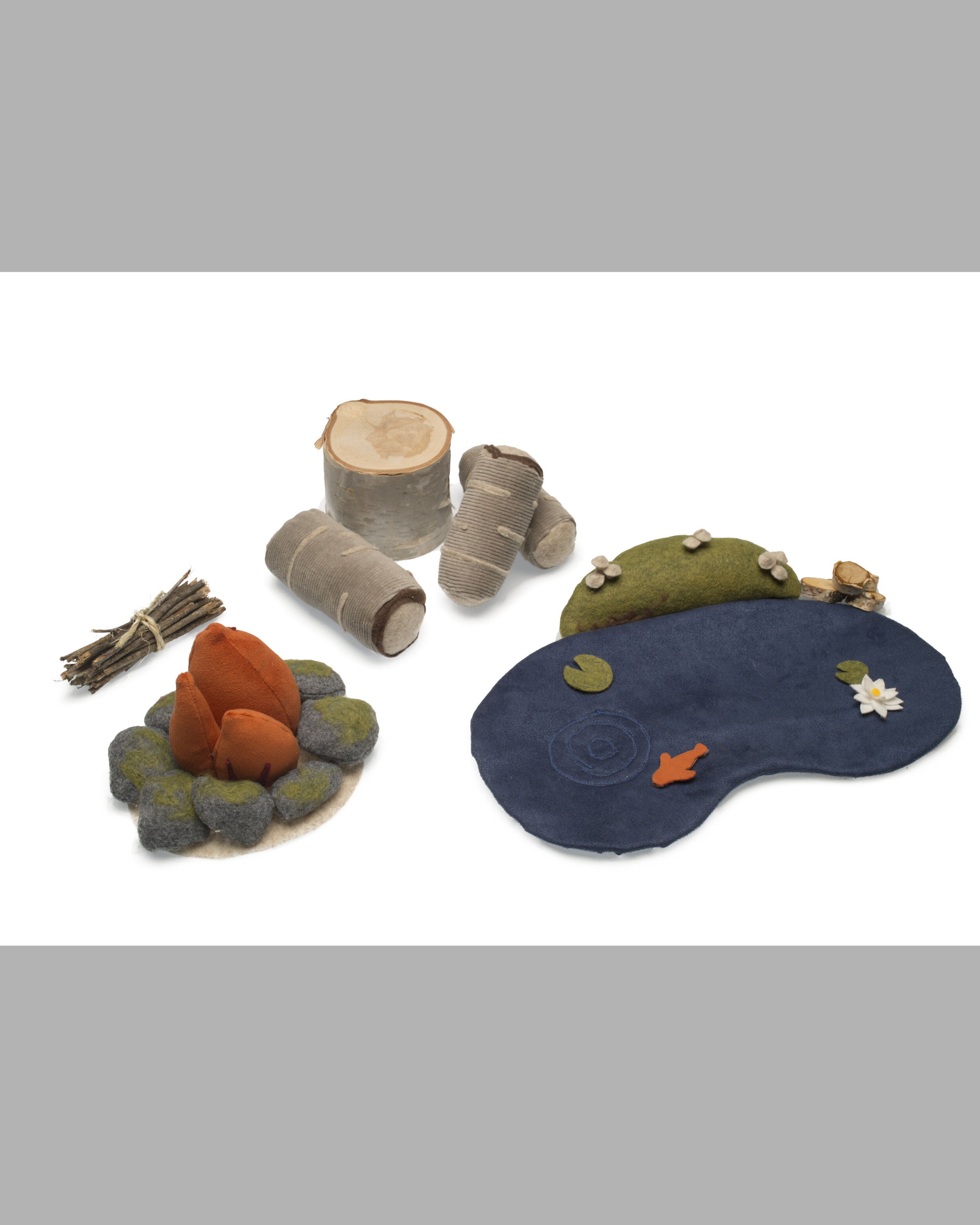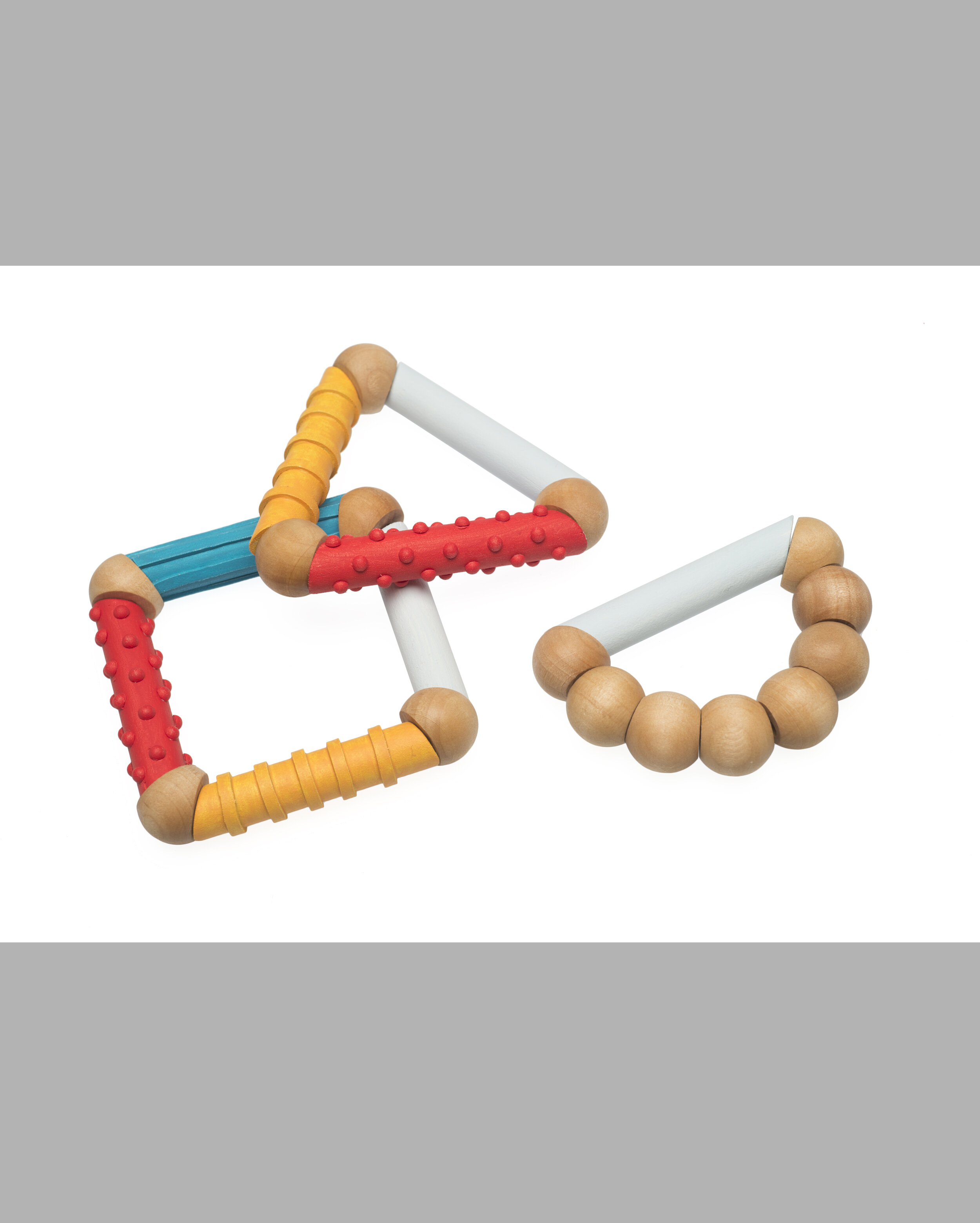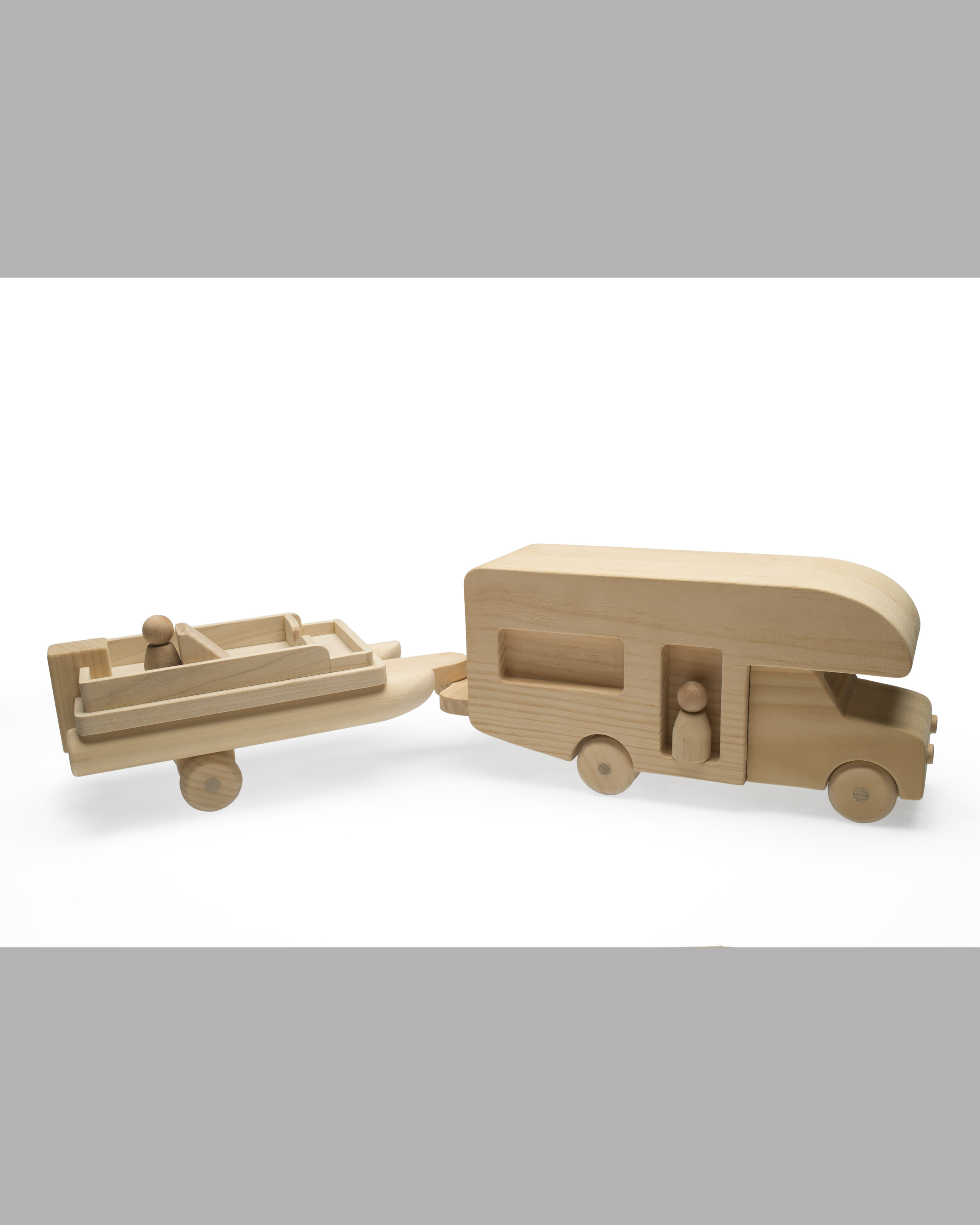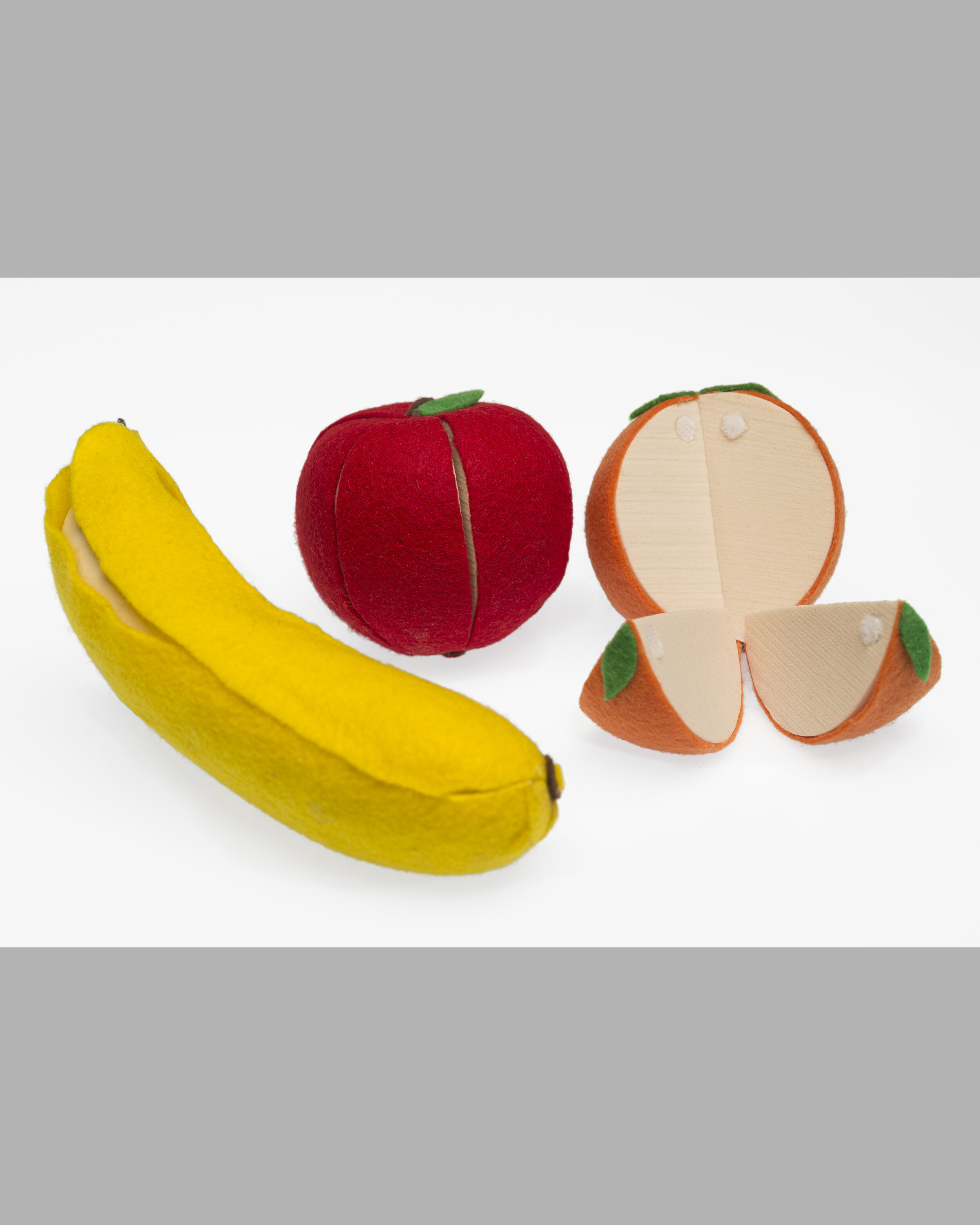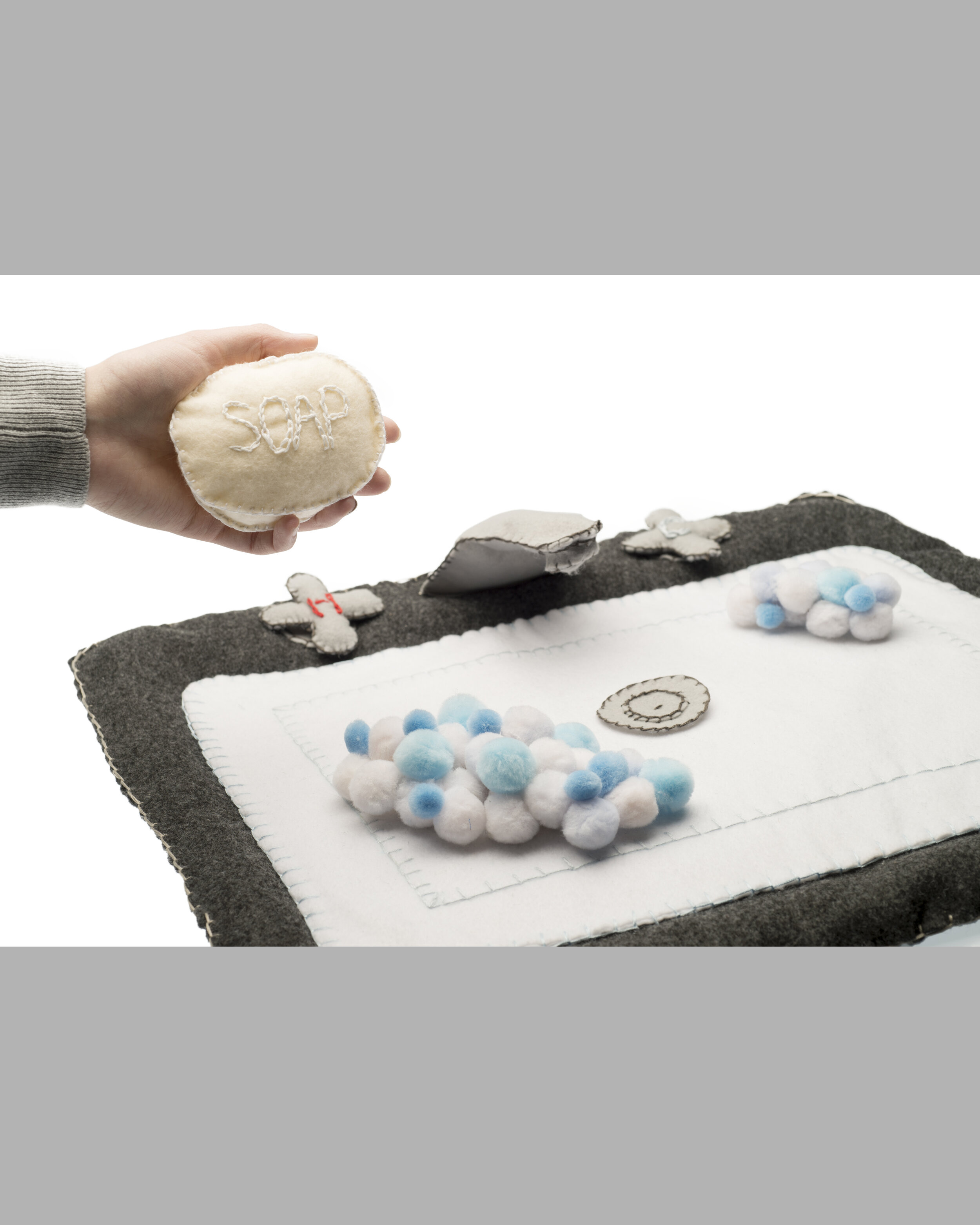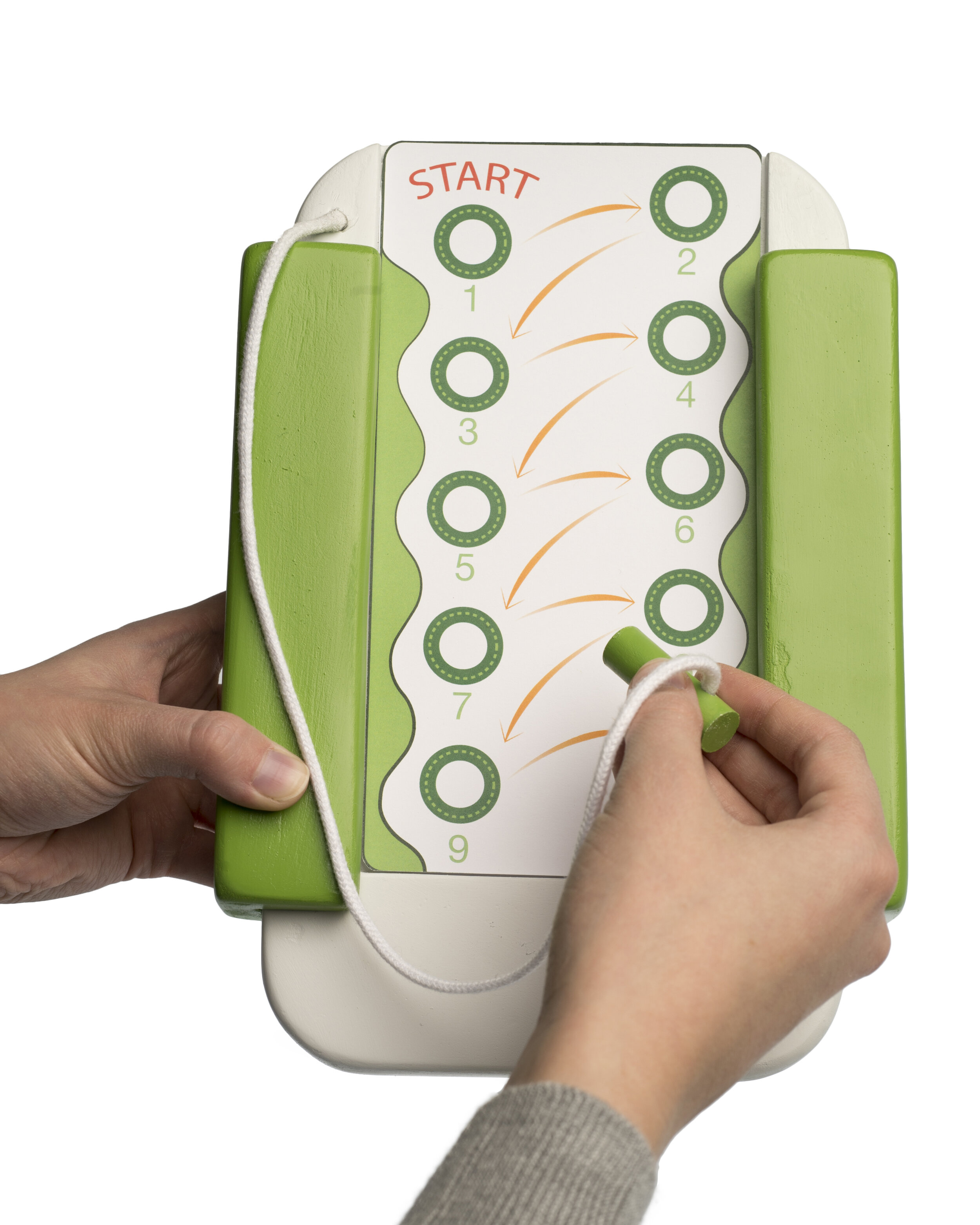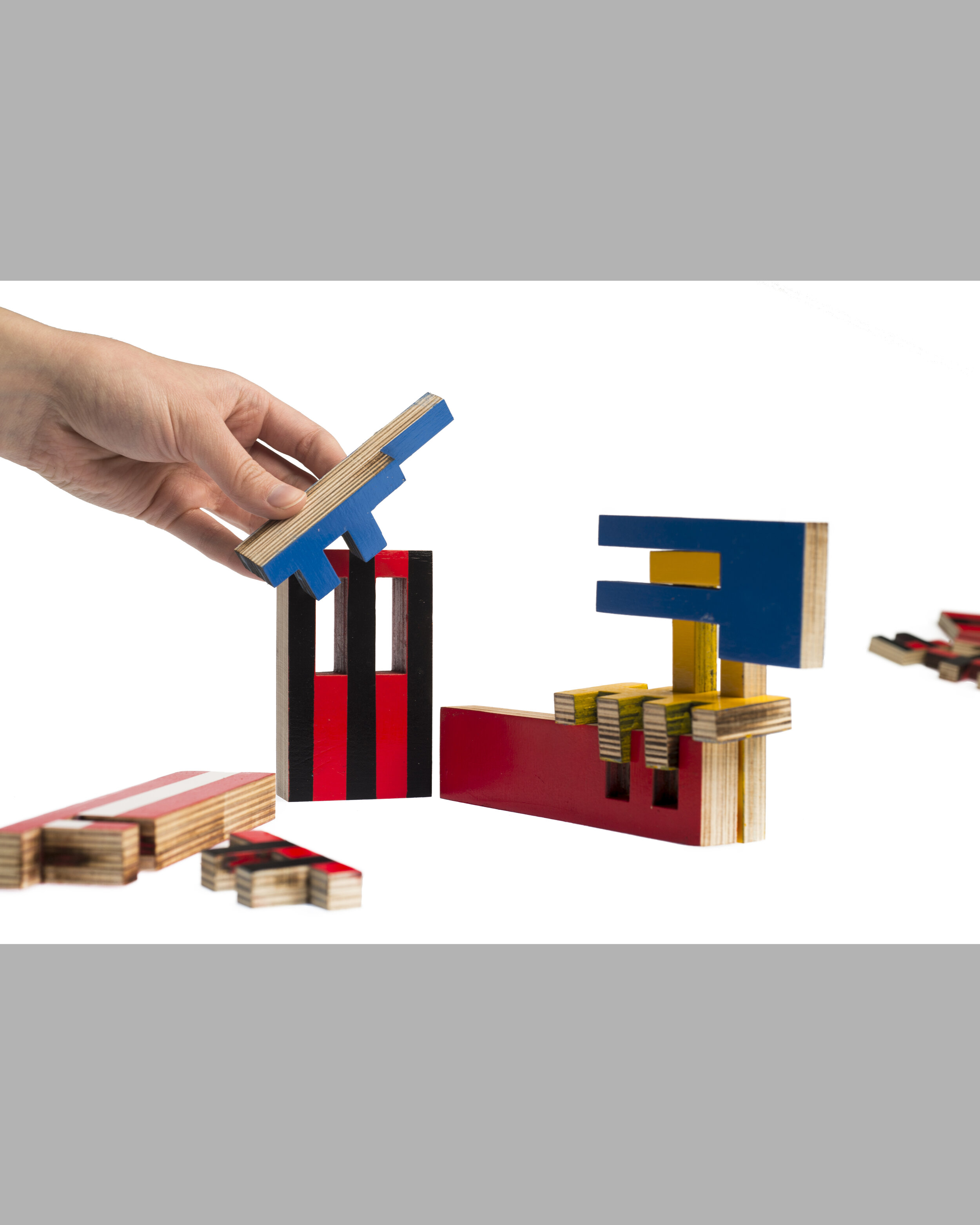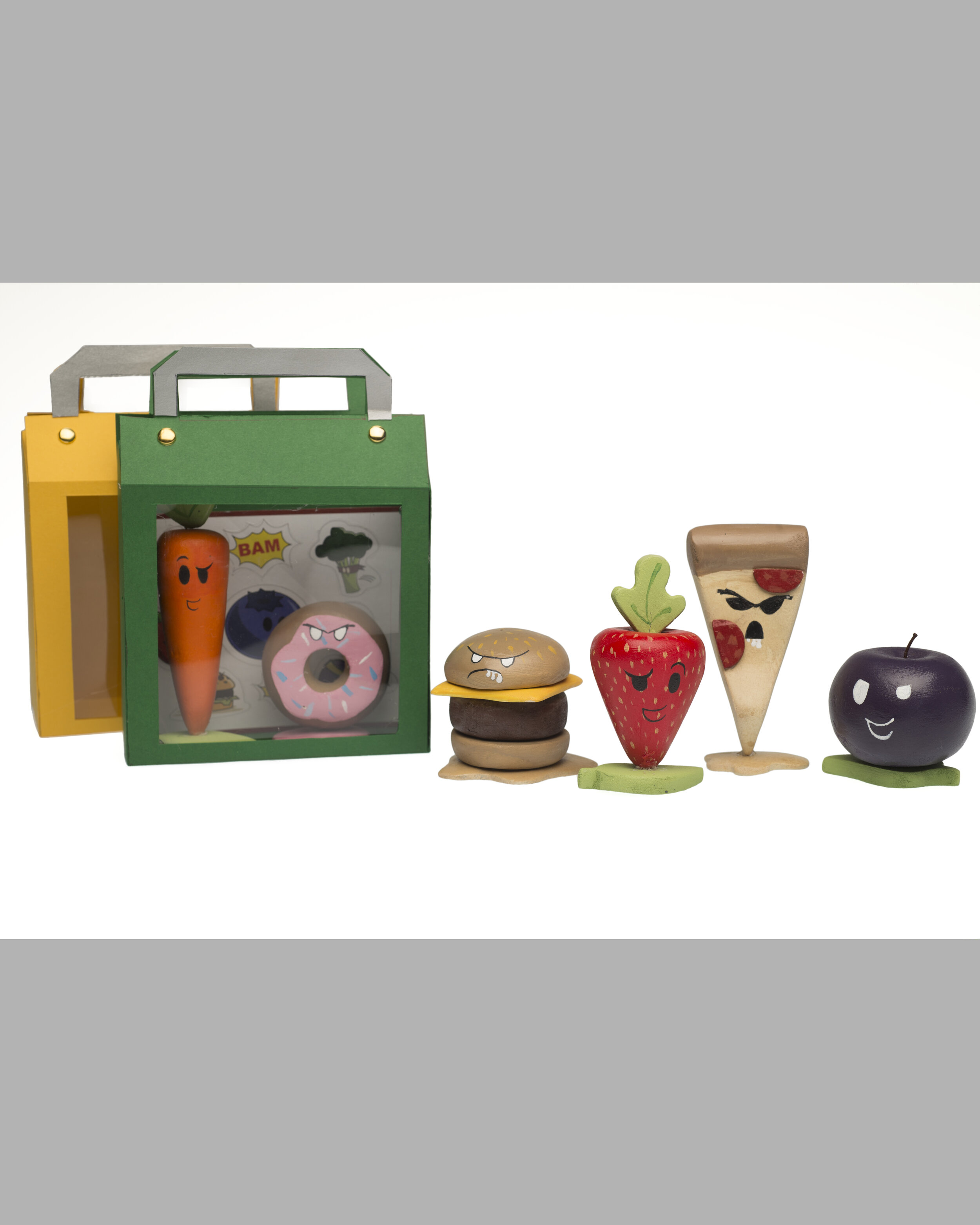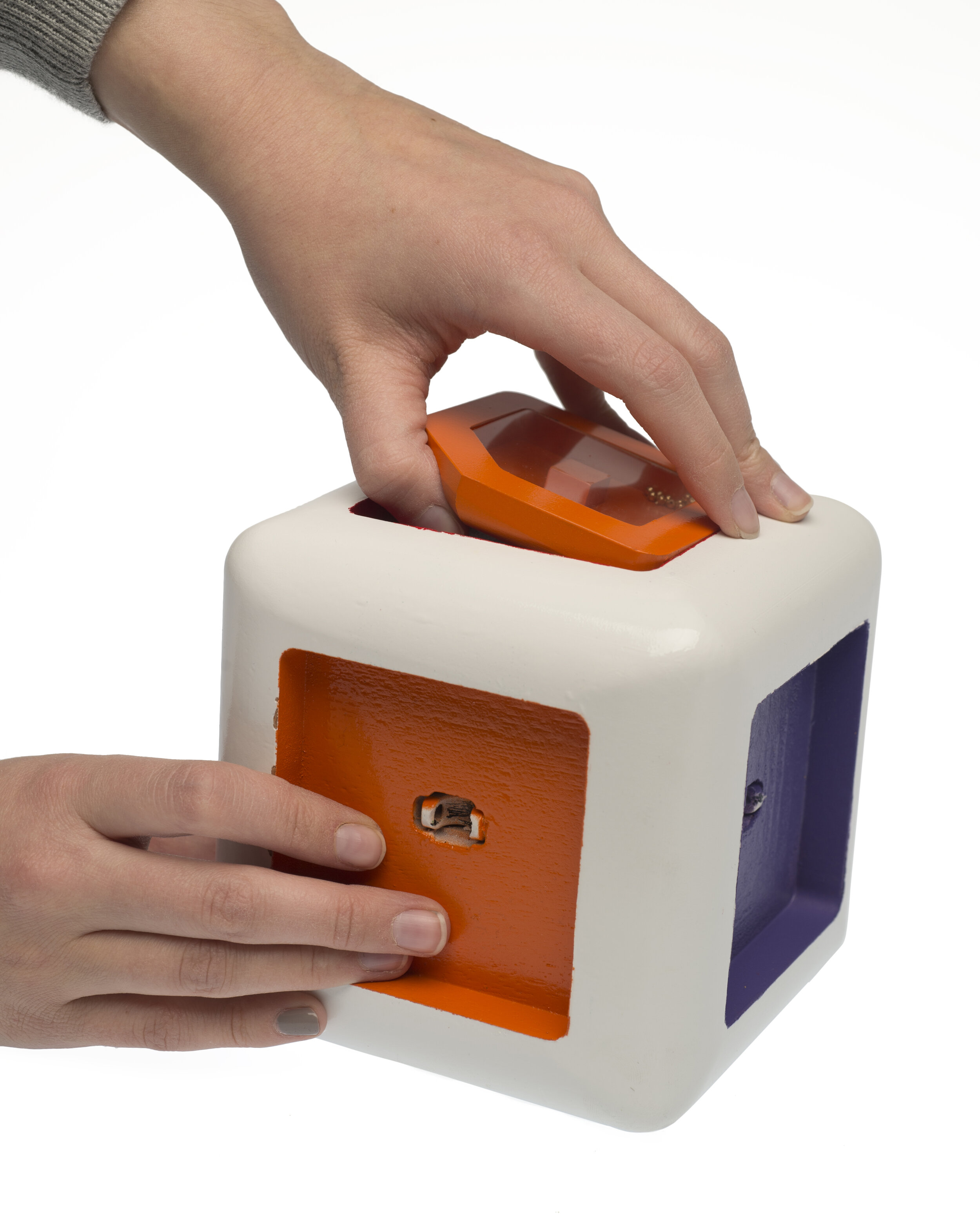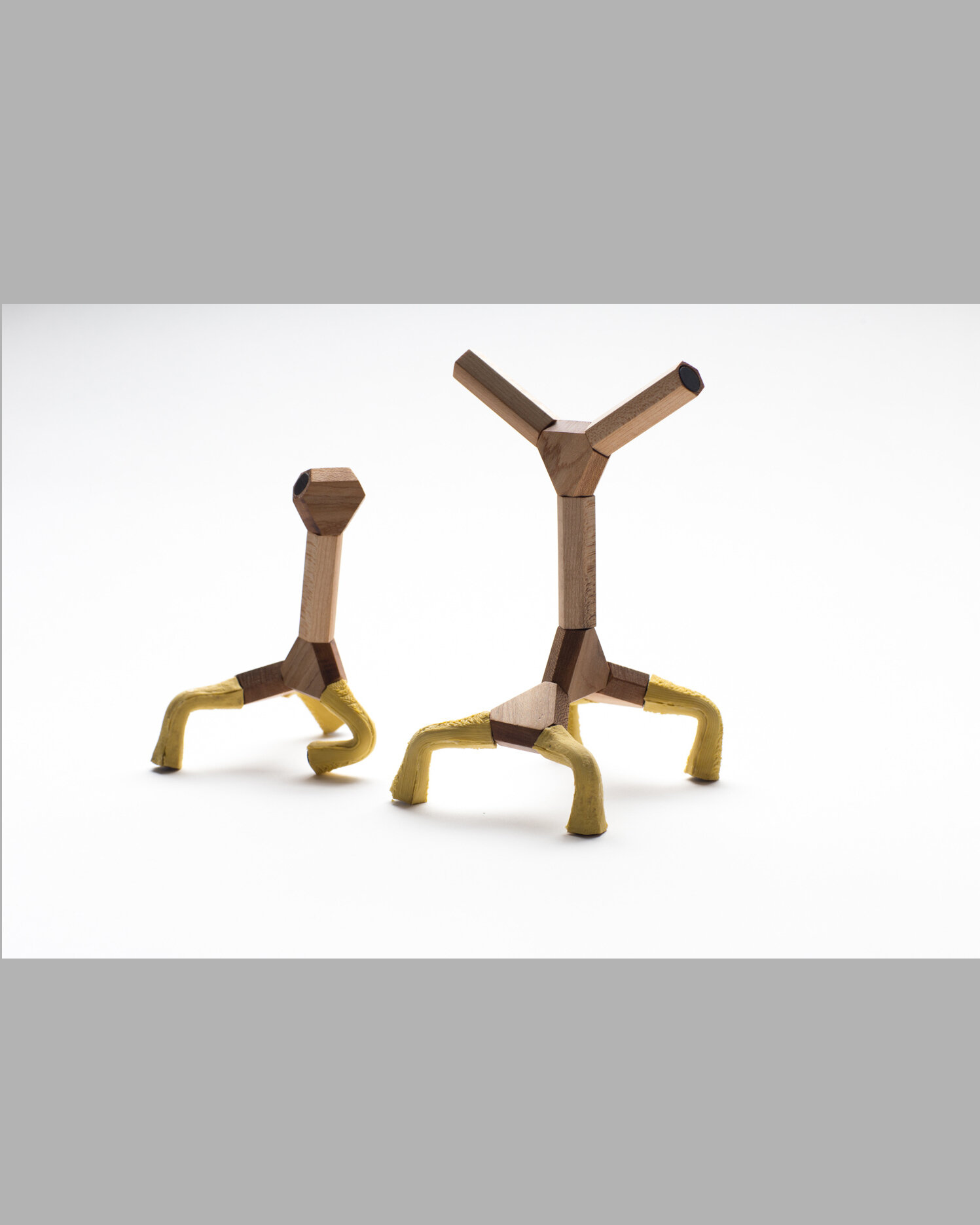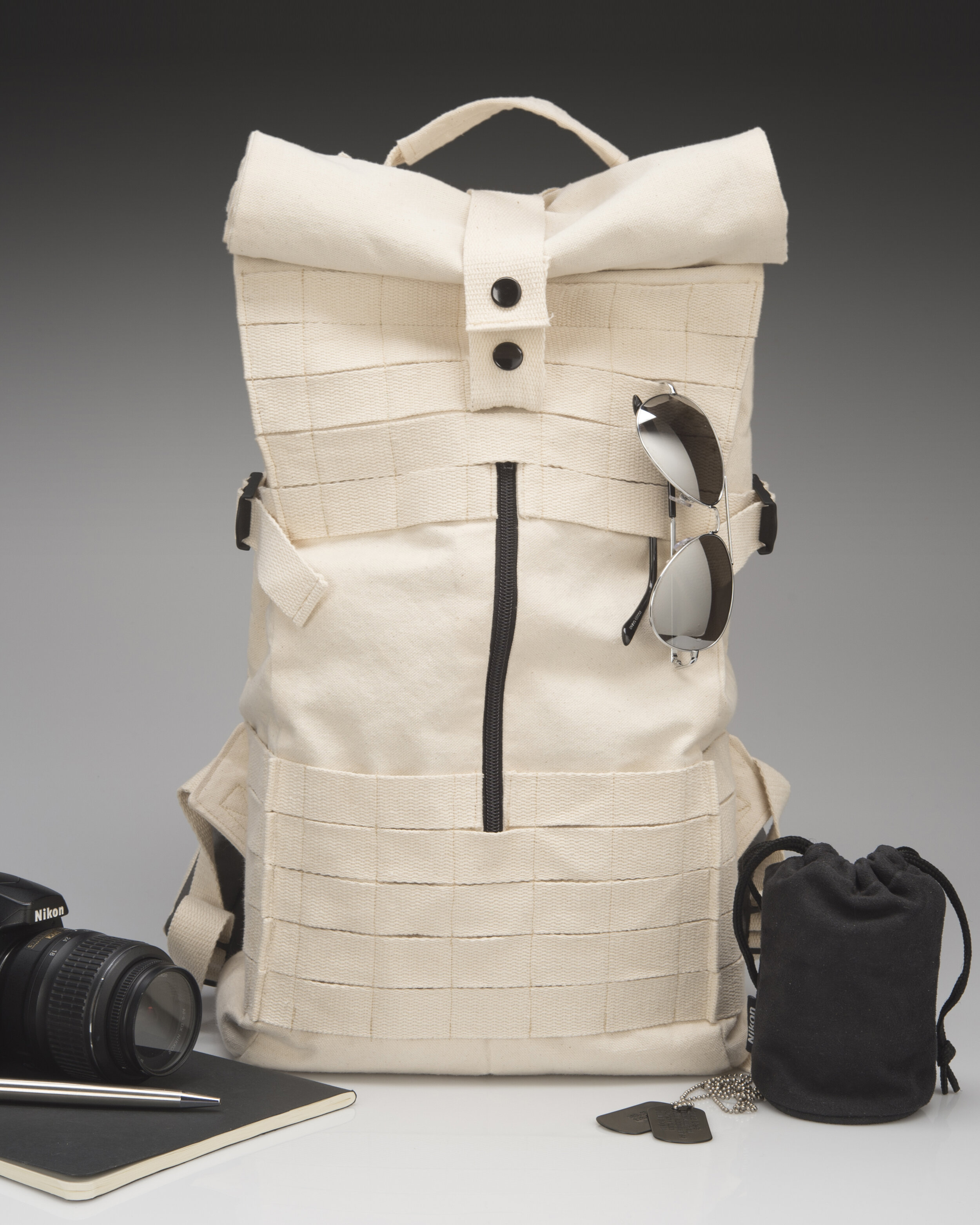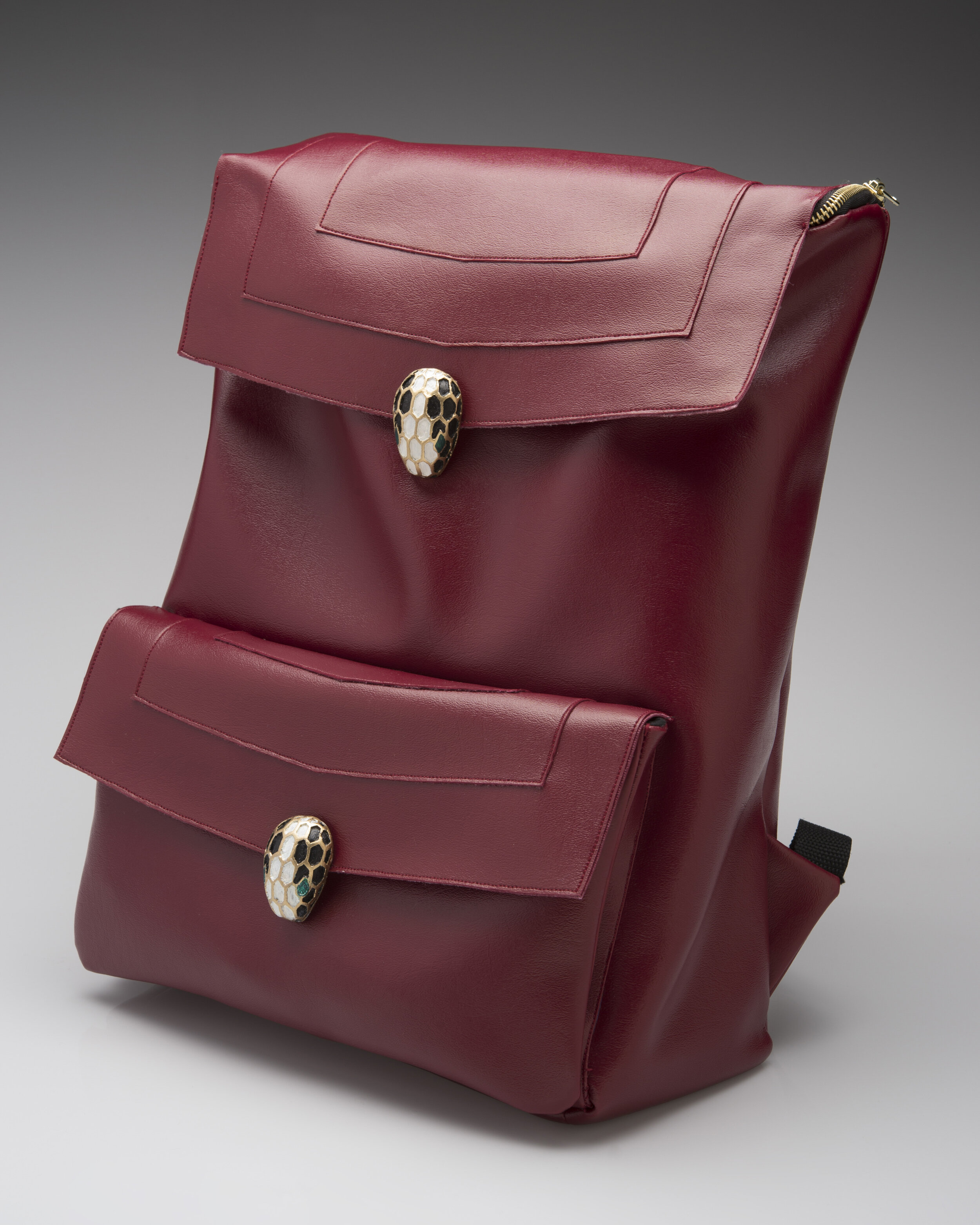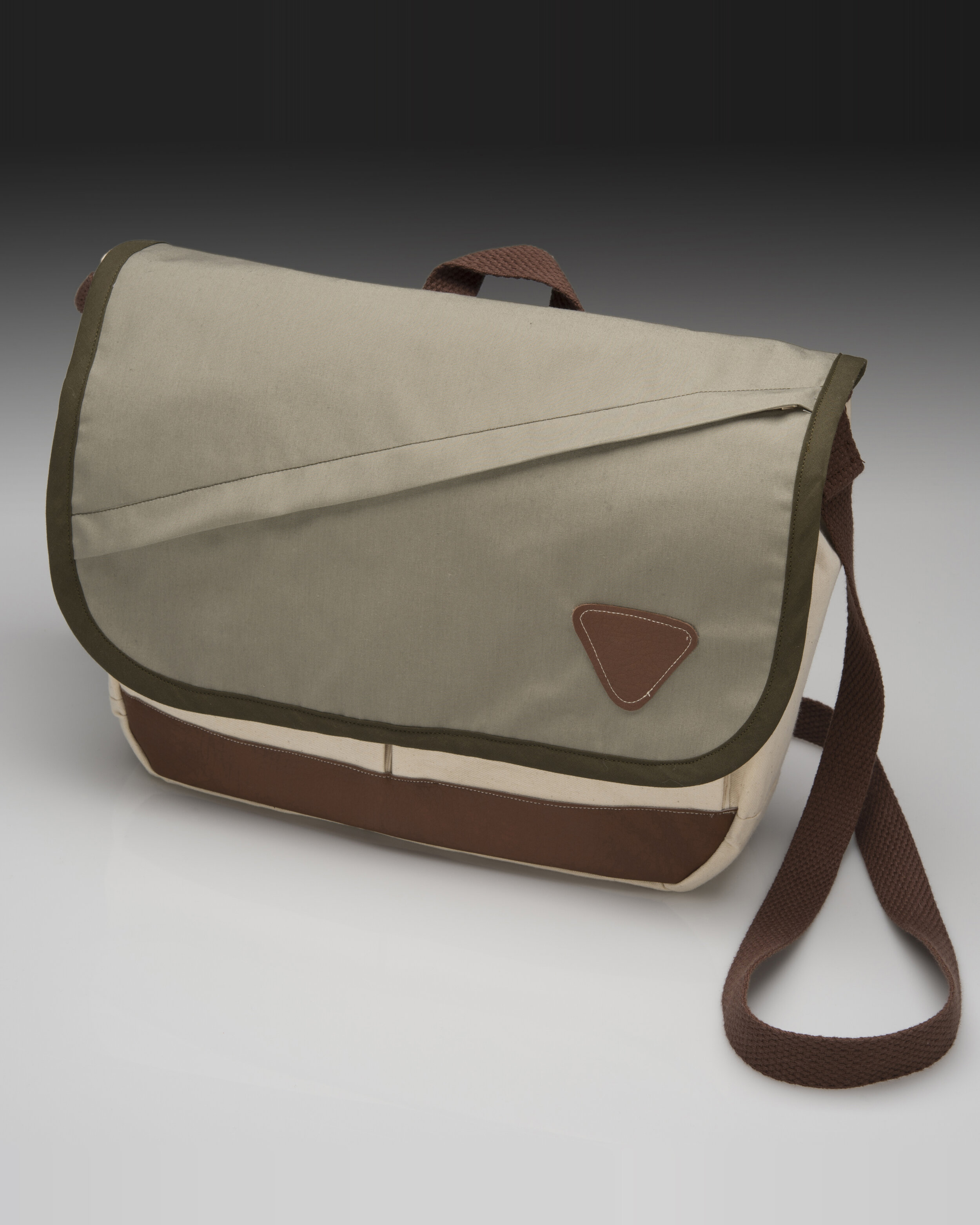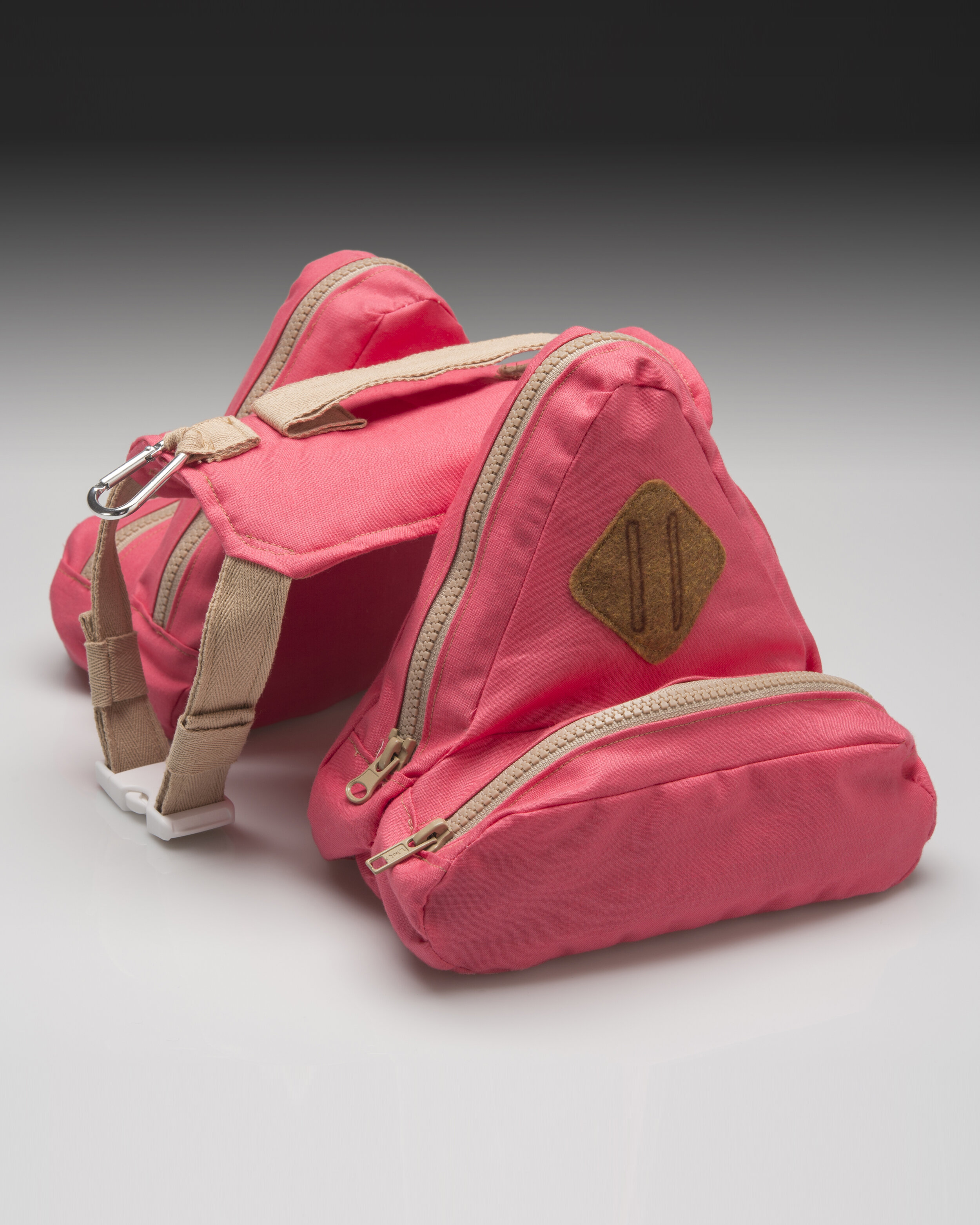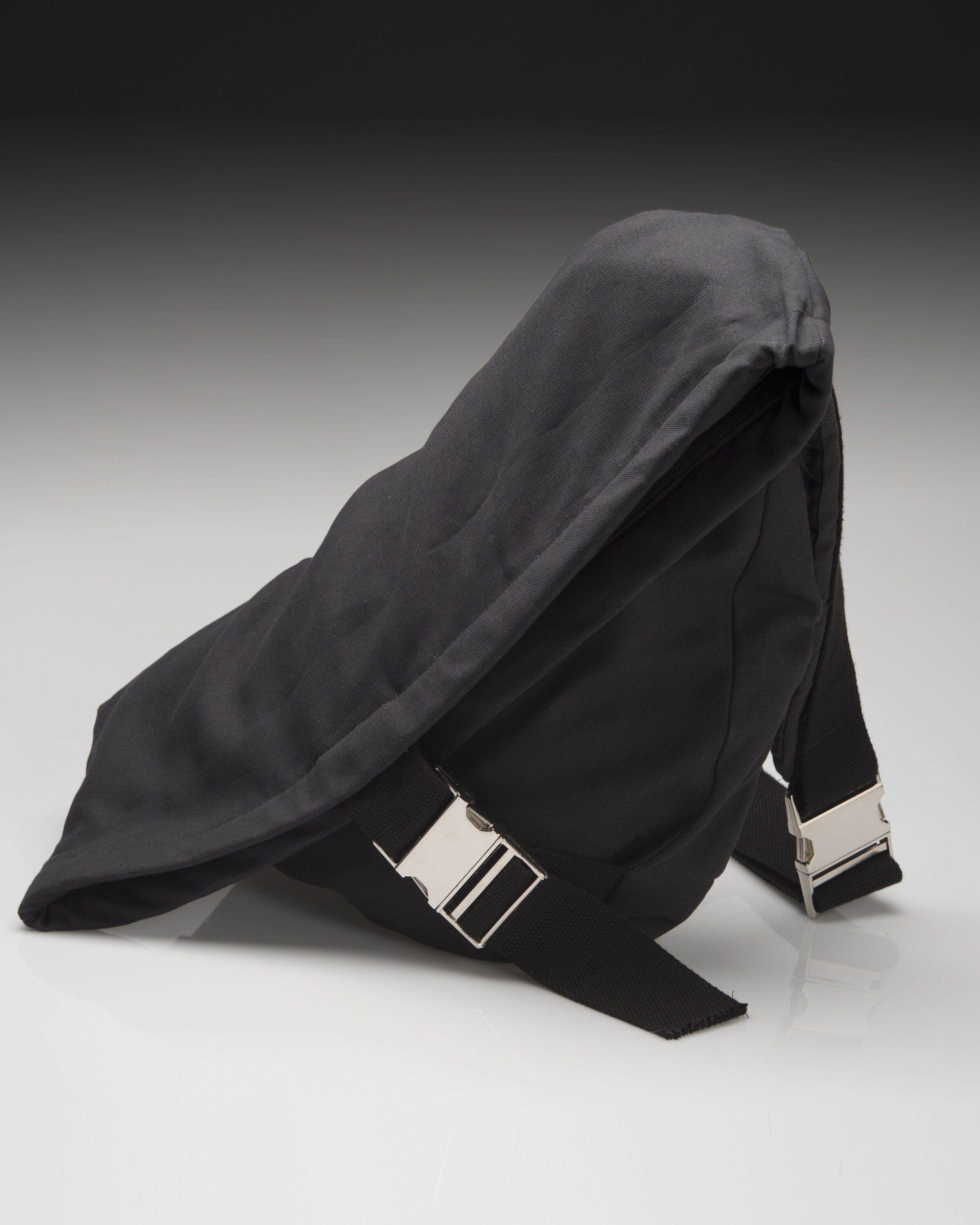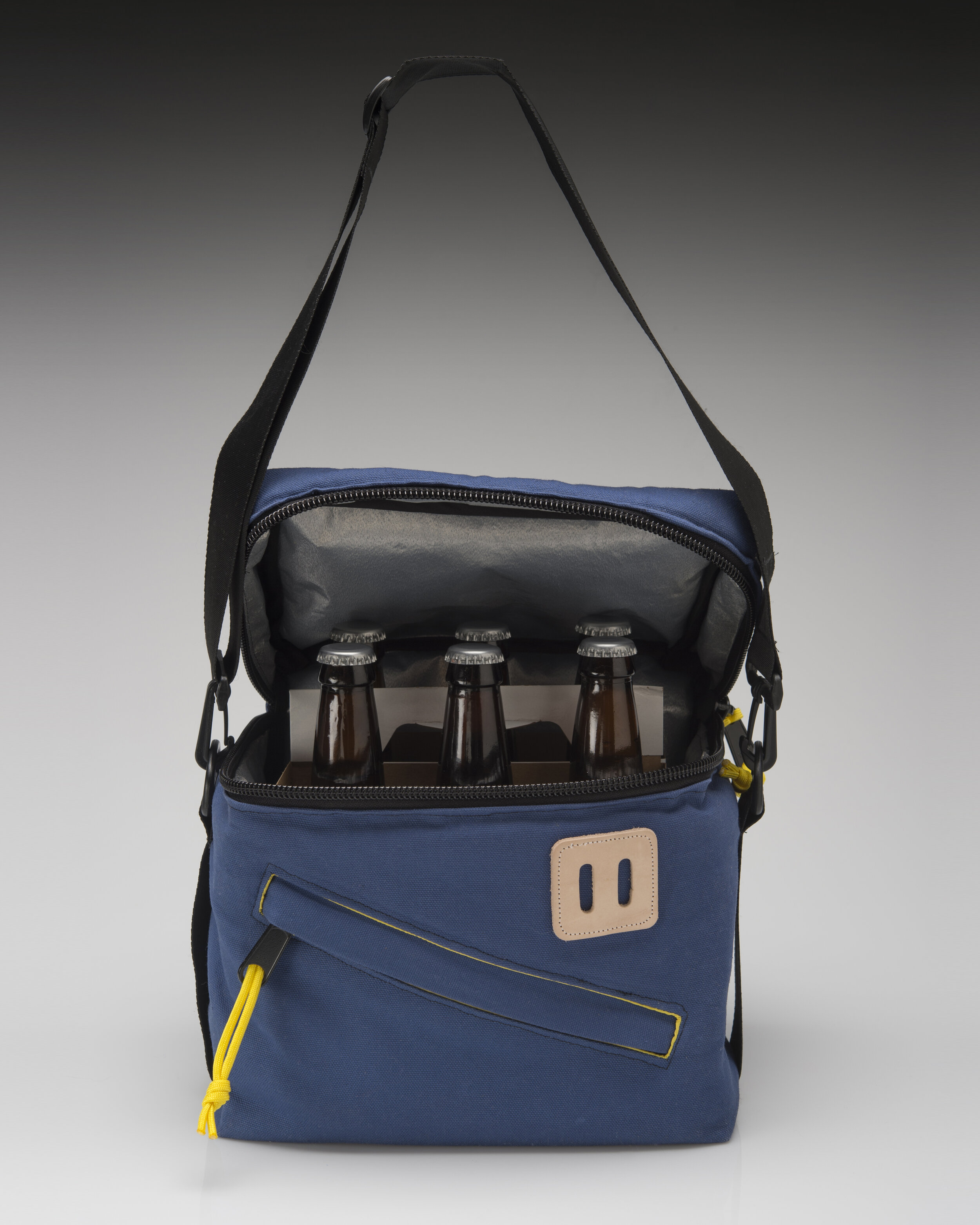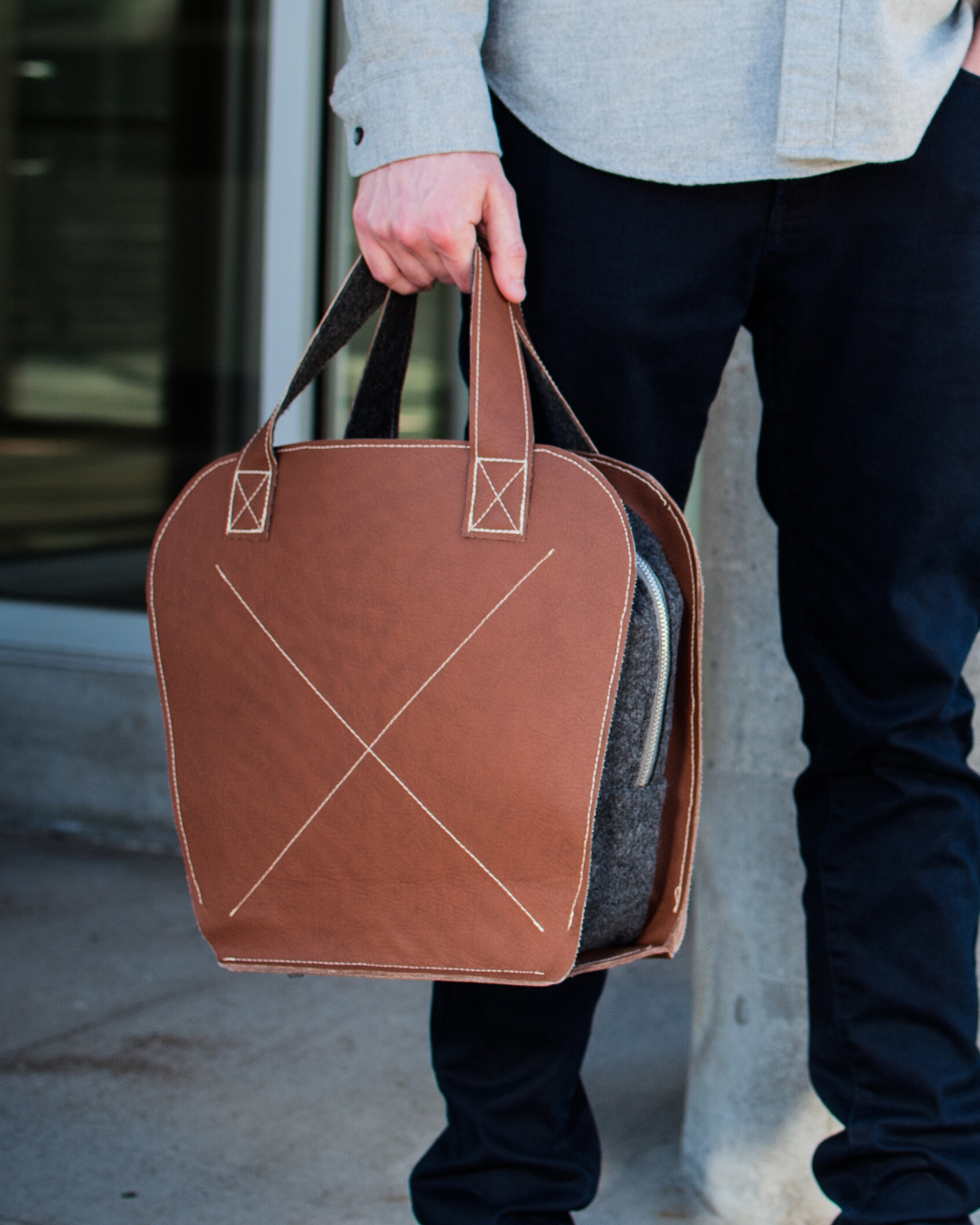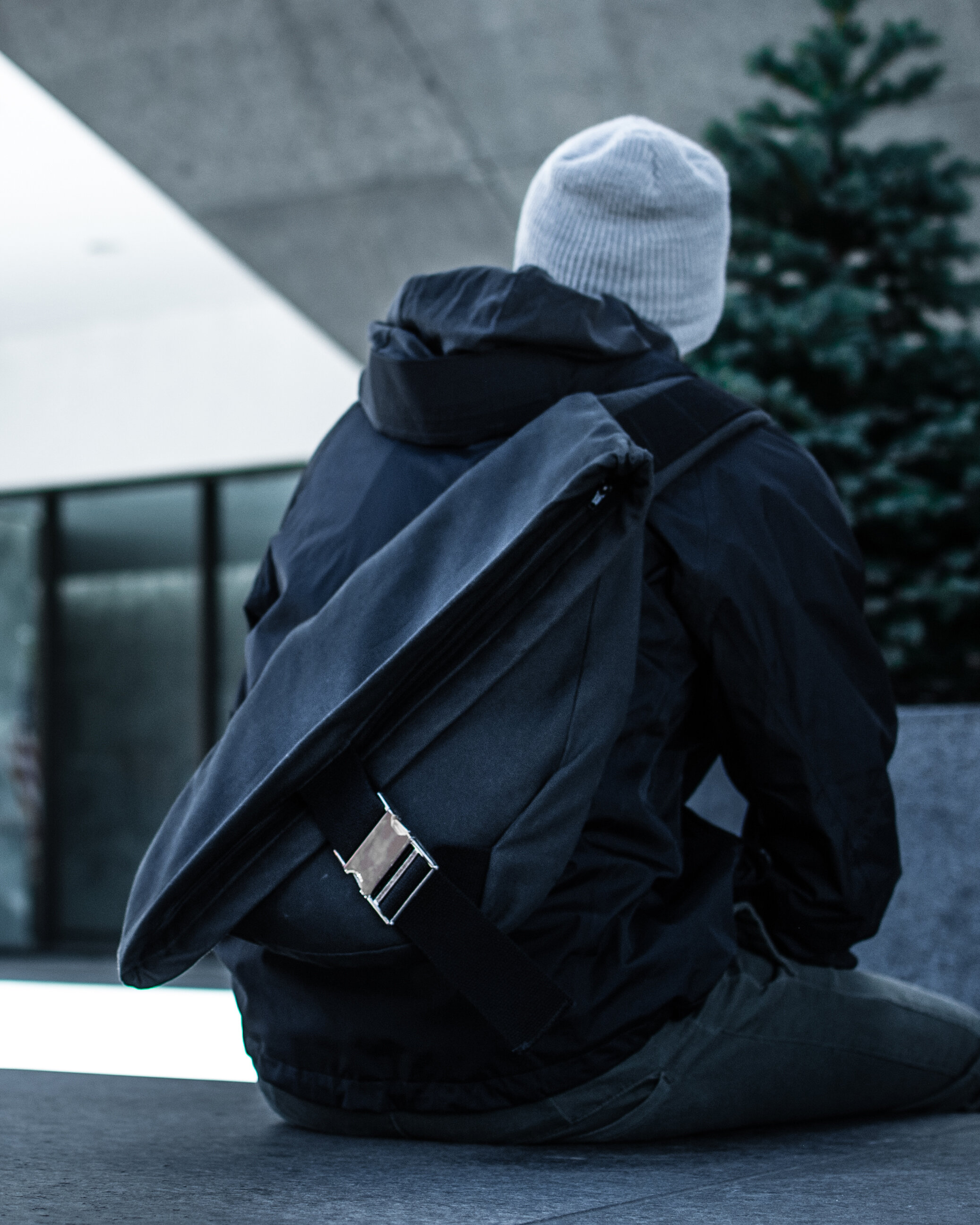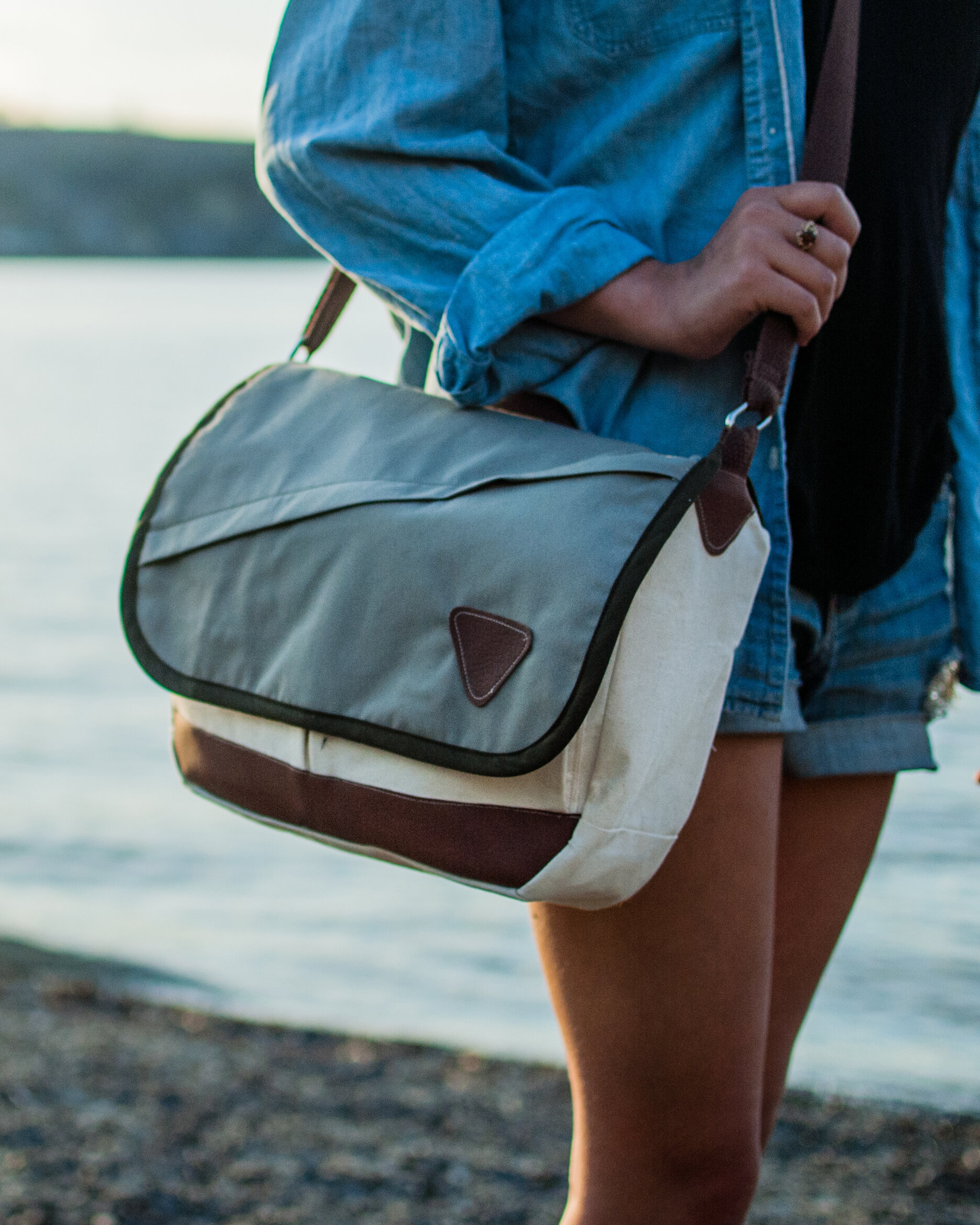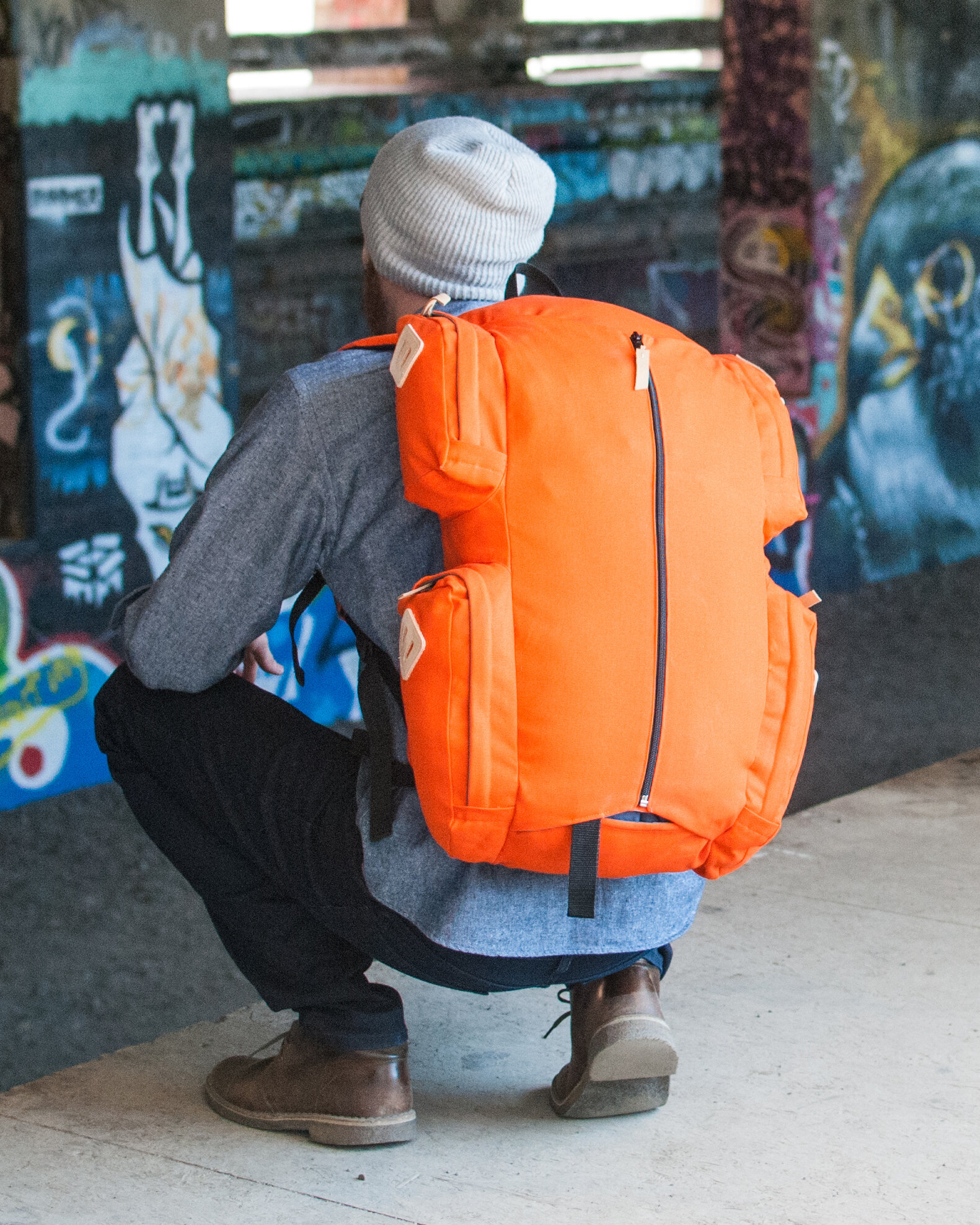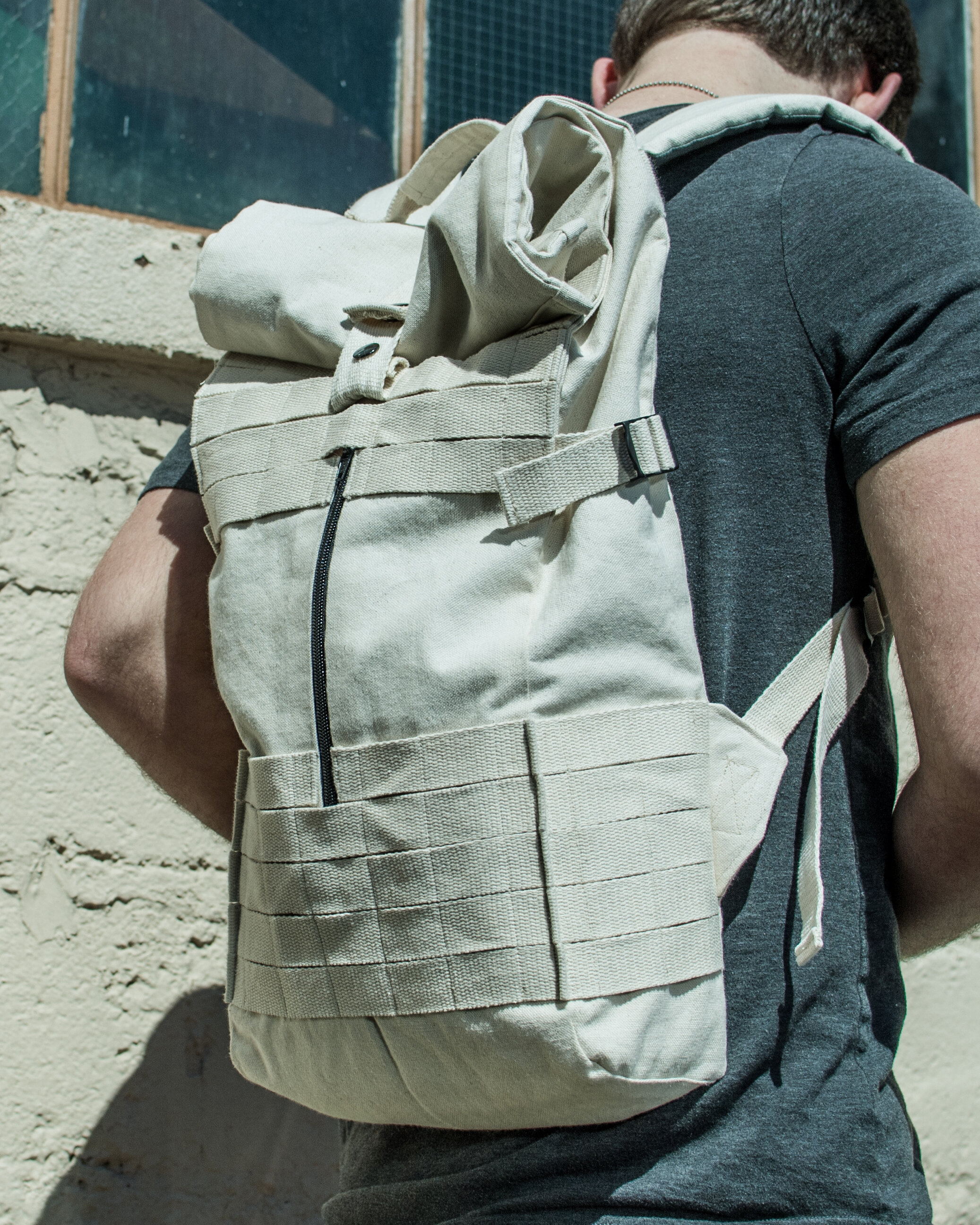RIT Soft Studio courses integrate
functional soft product design
into traditional industrial design education.
RIT Soft Studio is a collection of courses with designated studio space exploring various soft product design topics in the third & fourth-year undergraduate and first-year graduate levels in RIT’s internationally-ranked industrial design programs. RIT Soft Studio courses are routinely over-enrolled, with still more students wait-listed. I have developed courses on bag design, functional apparel design, and pet product design that I teach annually, with courses on shoe design, home goods, Project Runway (in collaboration with the RIT Metals department), medical devices, headwear, soft toy design (in conjunction with The Strong: National Museum of Play), and various industry collaborations on rotation depending on student interest and/or collaborator availability.
Junior ID Soft Studio: Bag Design
2014 – present
Each student is responsible for researching, designing, and constructing their own unique bag design for a specific customer and market of their choice, using designated fabrics and various support materials, findings & trims. Each student’s development process includes trend & style research, competitive shopping analysis, inspiration board development, customer profiling, sketching, paper prototype construction, pattern development, muslin prototypes, and final product creation. Students are expected to heavily document in both writing and with photography their complete design & development process.
Photography Credit: Elizabeth Lamark
Senior ID Soft Studio: Apparel Design
2017-present
Senior Industrial Design students are challenged to design a garment based on Mossimo Vignelli's Design Manifesto, a document archived alongside the Design: Vignelli clothing line in the Vignelli Center for Design Studies at RIT. Students begin their work by researching trends, silhouettes, and sketching techniques based around their chosen principle. Students then explore drafting, modifying, and fitting flat paper patterns as well as learn beginner draping techniques. Multiple rounds of samples are constructed, fit, deconstructed, and reconstructed before the final prototypes you see here are produced.
Photography credit: Elizabeth Lamark
The Studio 2.0: RITxROC Runway
Spring 2022
This cross-disciplinary experimental course was developed to support the design, creation, and production of fashion and sculptural work for the annual Fashion Week Rochester event held every fall. Students explore both form and materials in new and exciting ways. The course is open to 3rd year, 4th year, and grad level students in Industrial Design and Metals & Jewelry.
Photography credit: Elizabeth Lamark
Senior ID Soft Studio: US National Parks
Spring 2021
Each student designed soft goods product based on inspiration gathered from a chosen US National Park. Identifying a key observation from selected artifacts found within the Vignelli Center for Design Studies archives helped further direct their efforts. Each student’s development process included park & brand research, benchmarking & analysis, trend & inspiration board development, prototyping, and final product creation.
Photography Credit: Elizabeth Lamark

Salamander bag for White Mountain National Forest.

Homegoods Collection for Haleakalā National Park.

Jacket for Zion National Park.
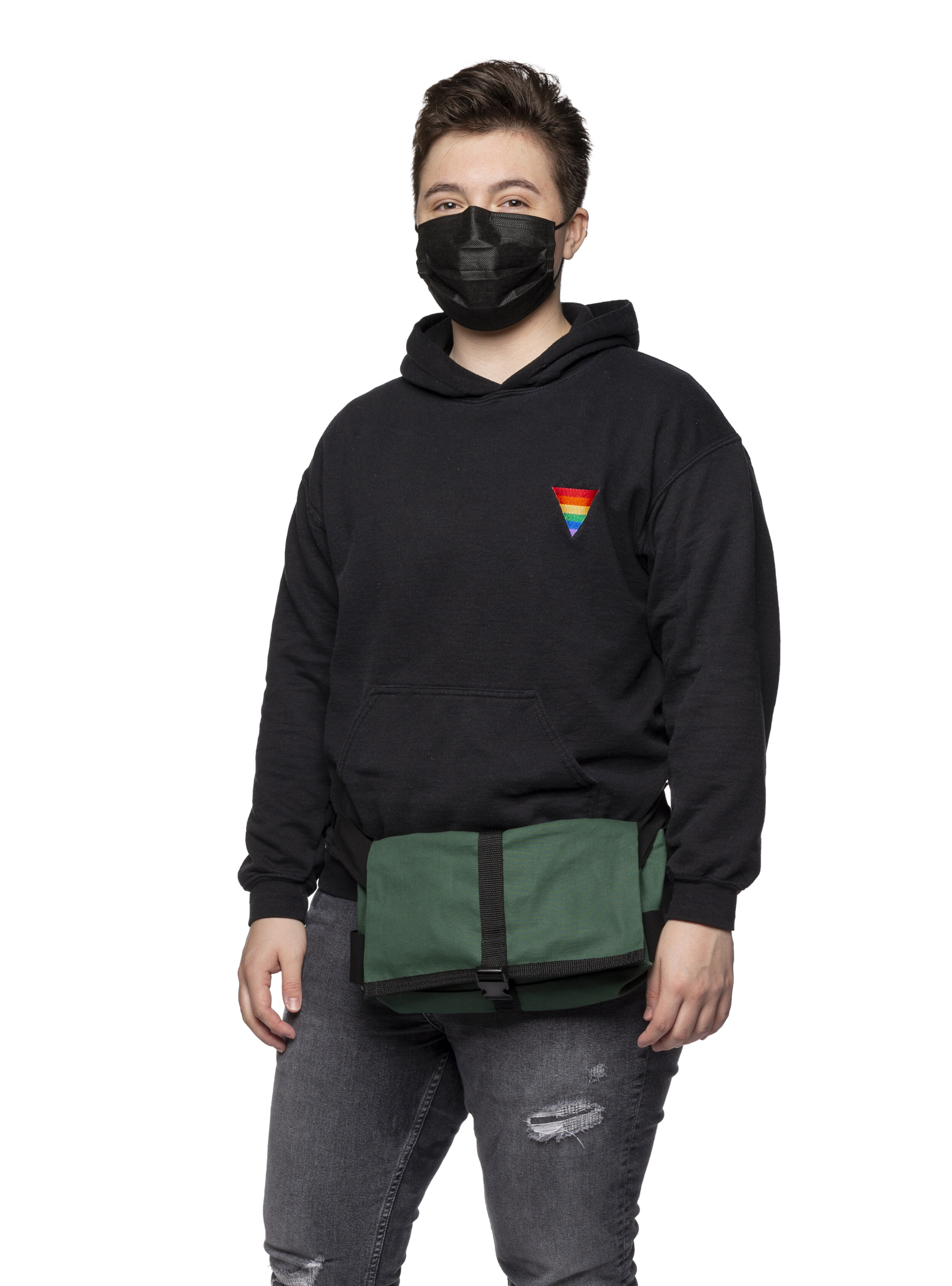
Essentials Bag for Katmai National Park.
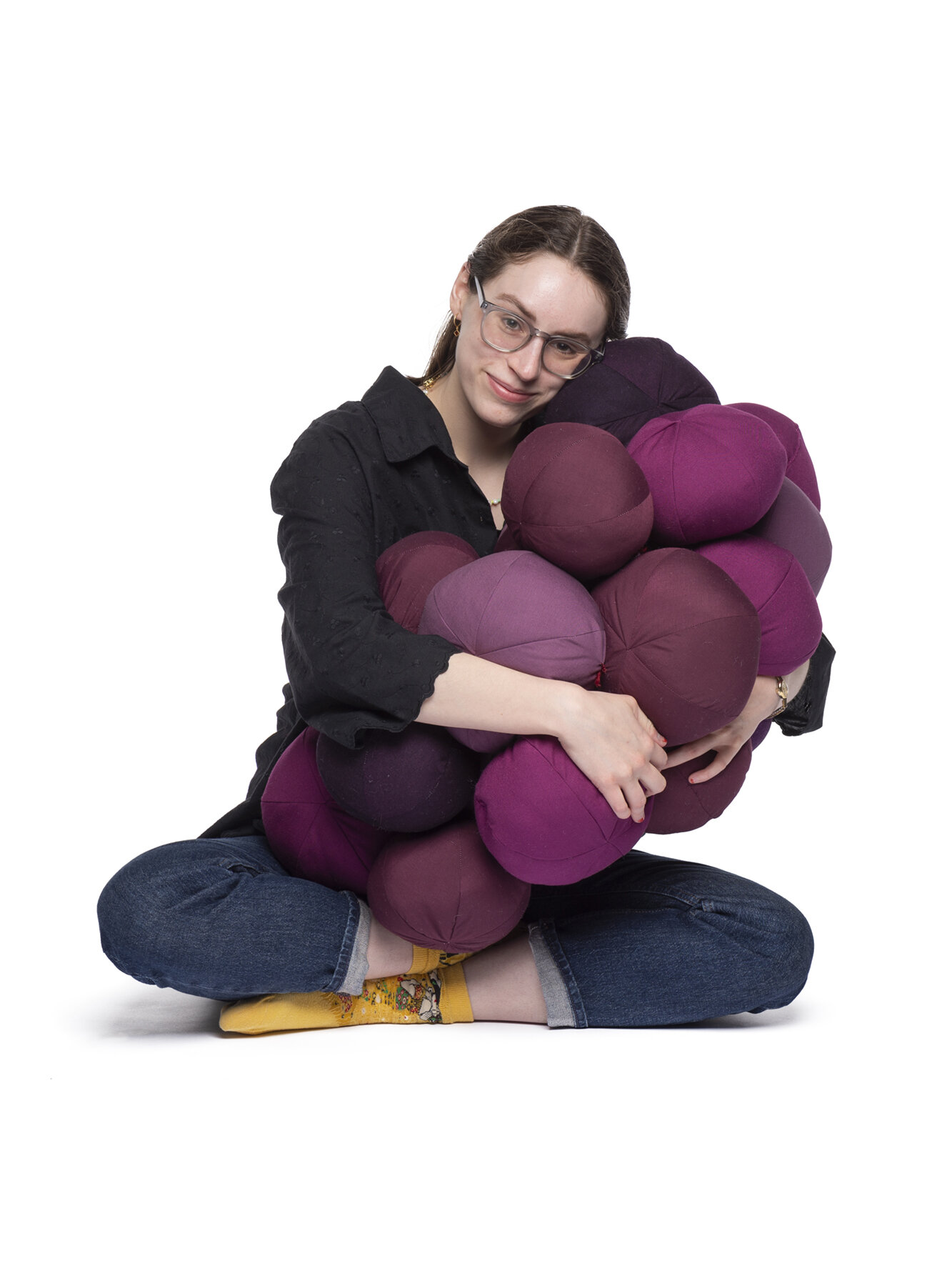
Blackberry Pillow for Great Smoky Mountains National Park.

Tea infuser for Mesa Verde National Park.
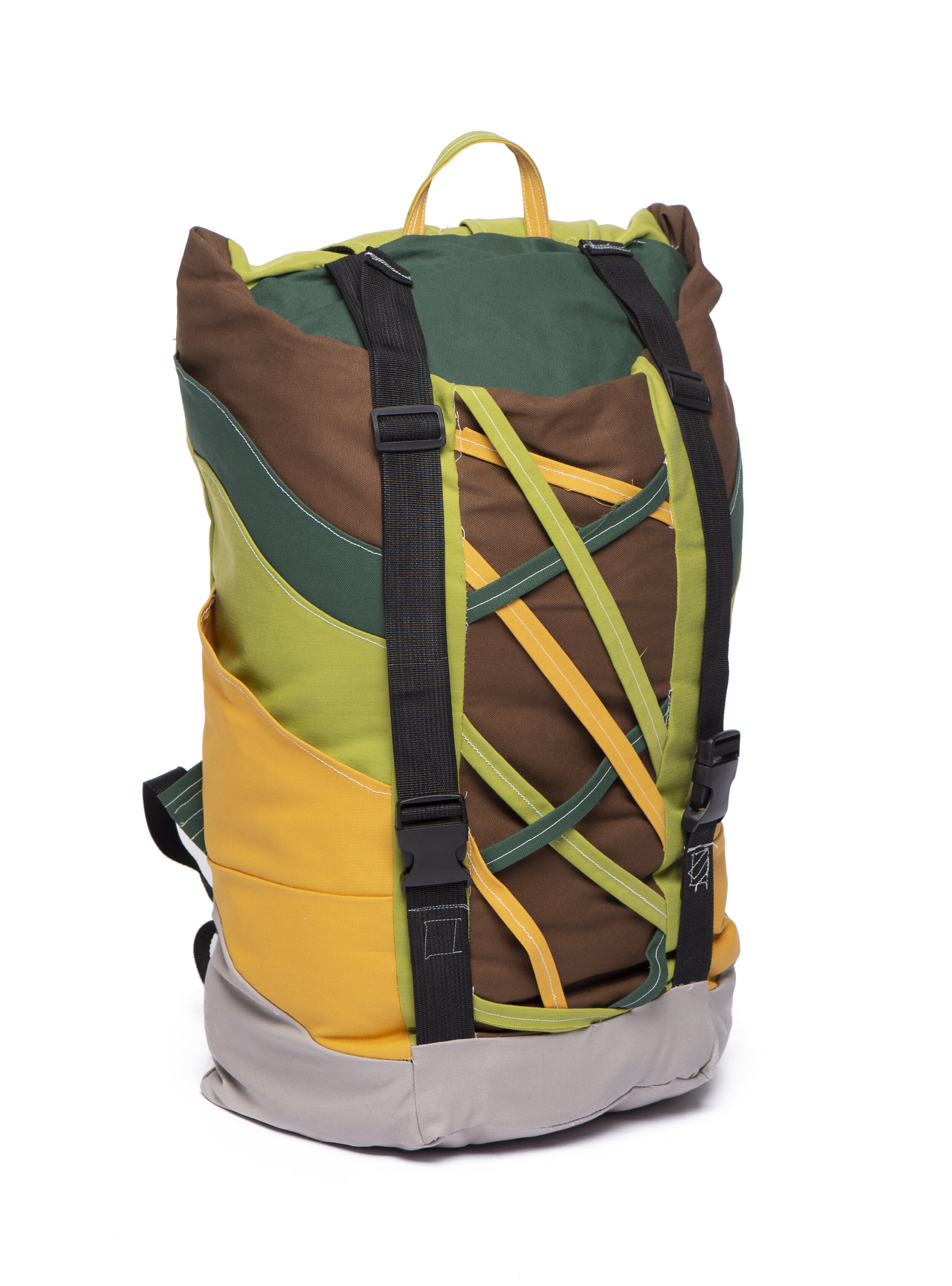
Drifter Bag for Olympic National Park.
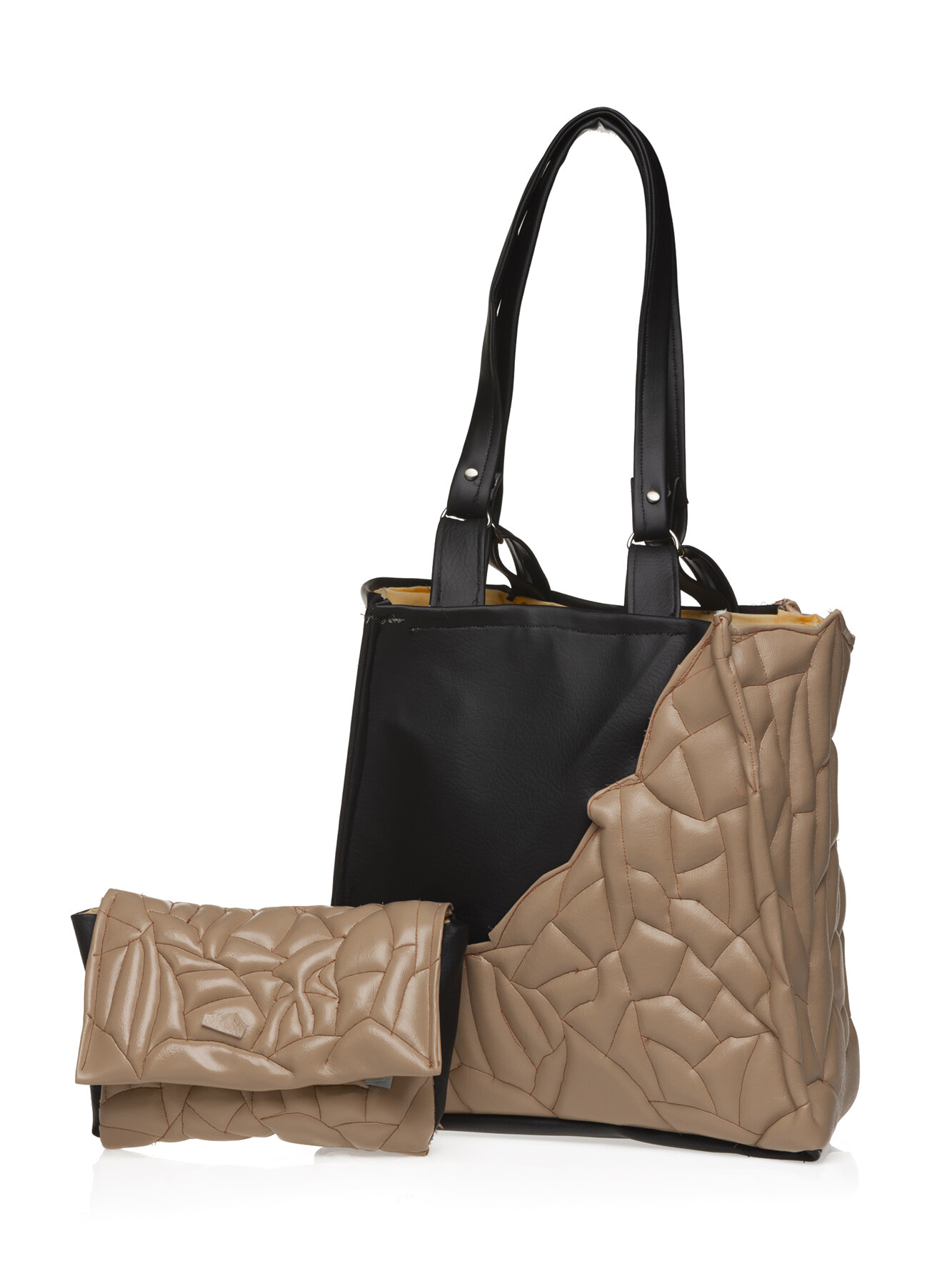
Bags for Joshua Tree National Park.

Chess Set | Mega Bloks
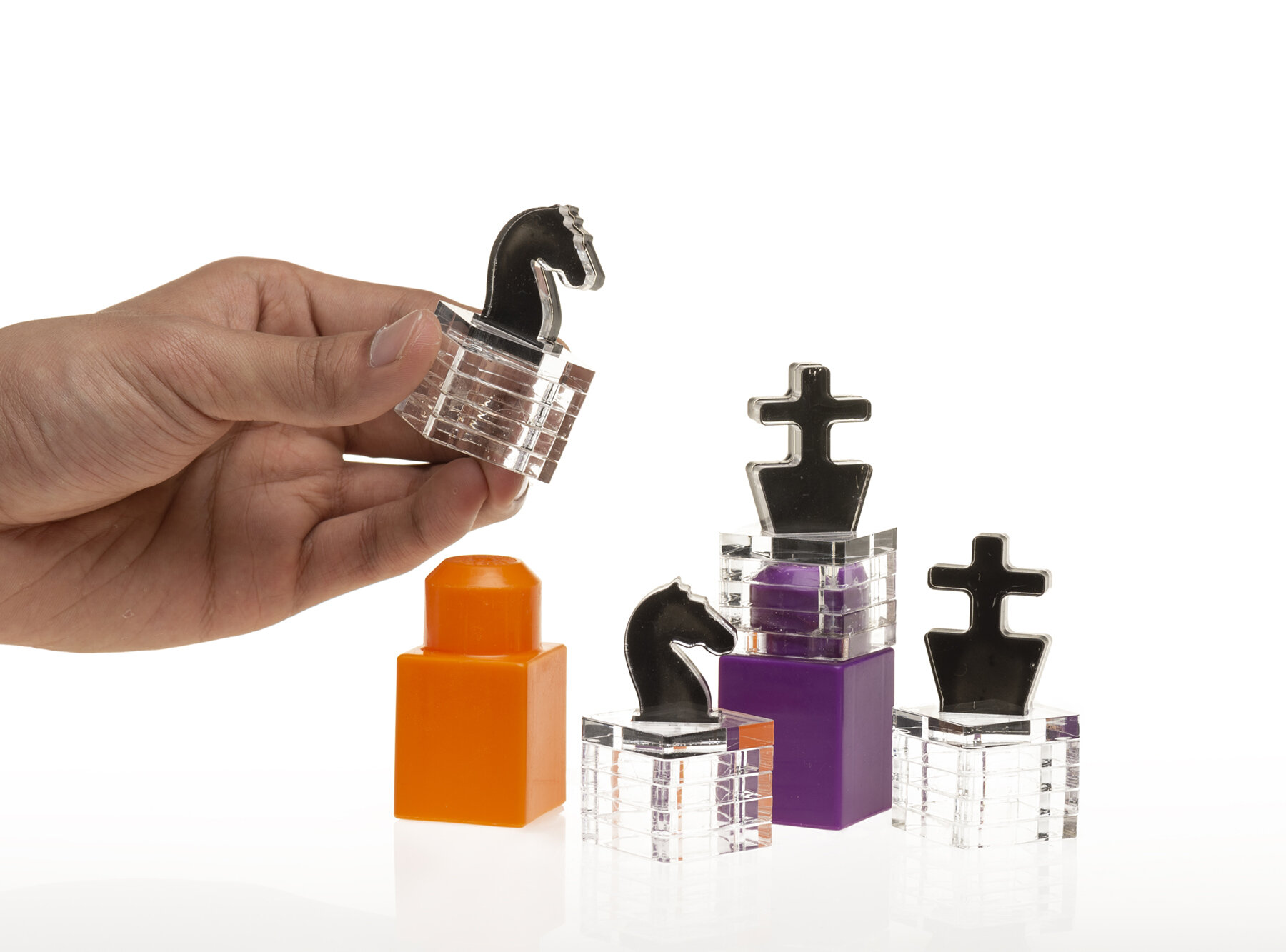
Chess Set | Mega Bloks
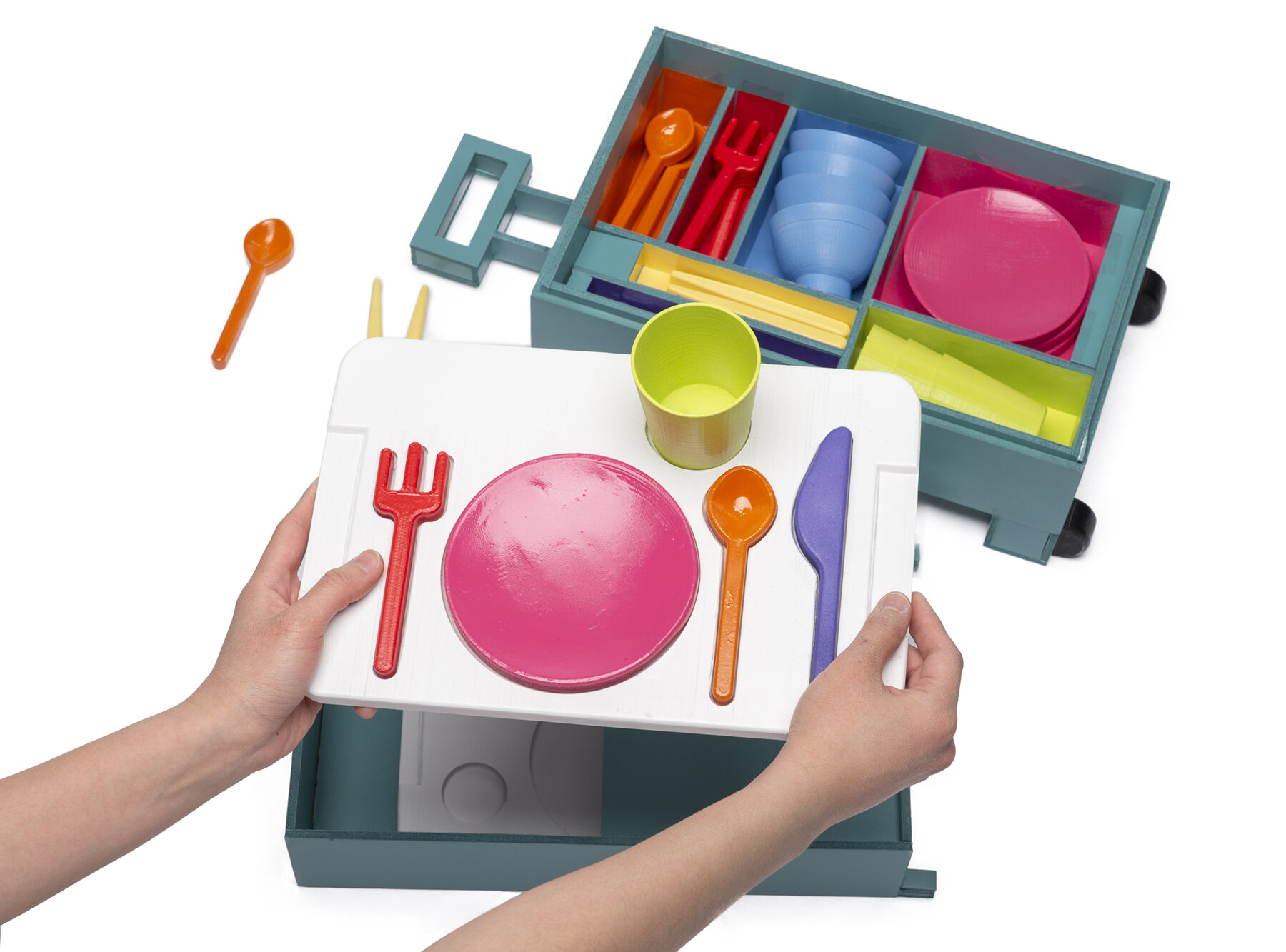
Playing with Place Settings | Playskool
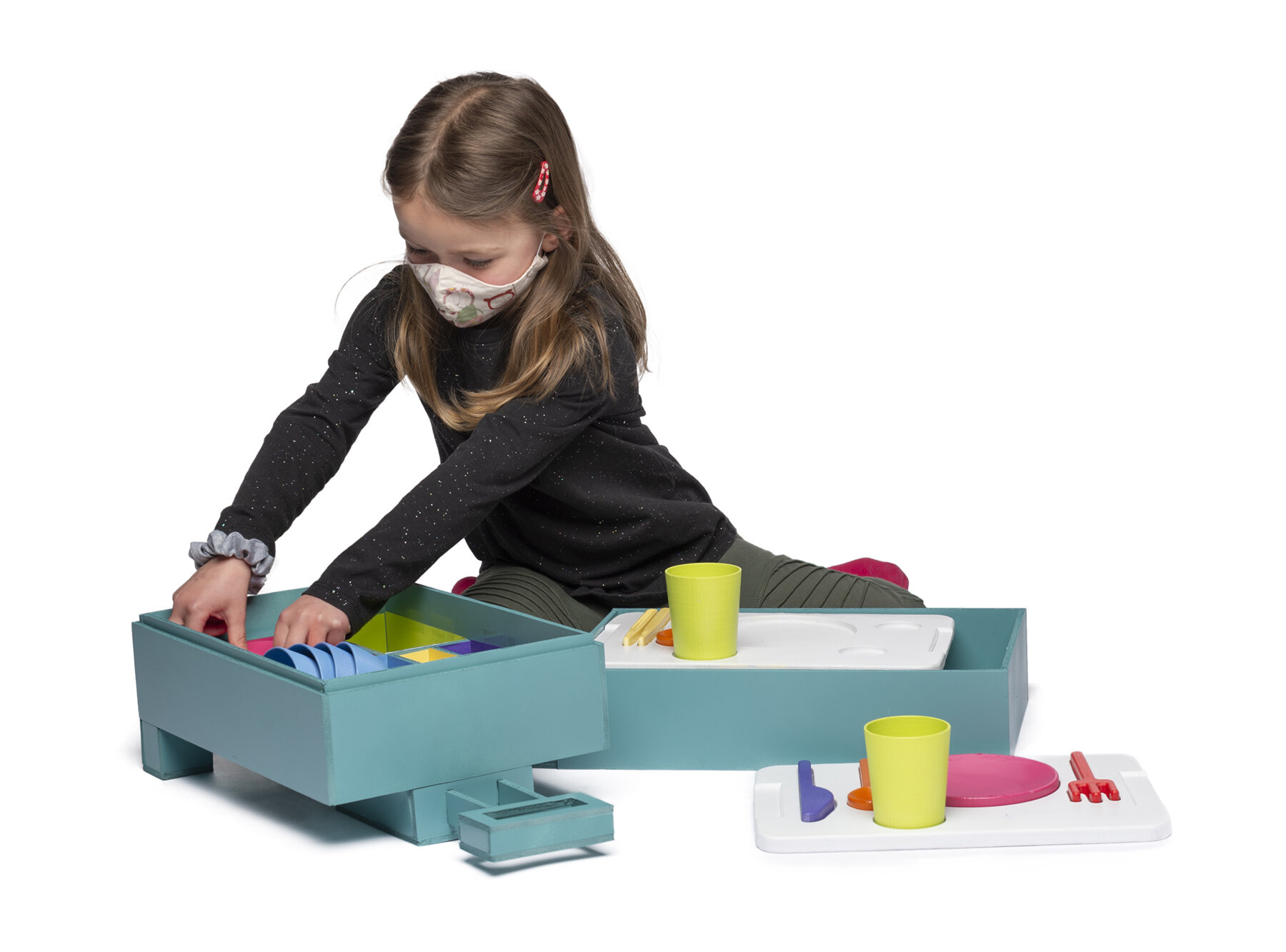
Playing with Place Settings | Playskool
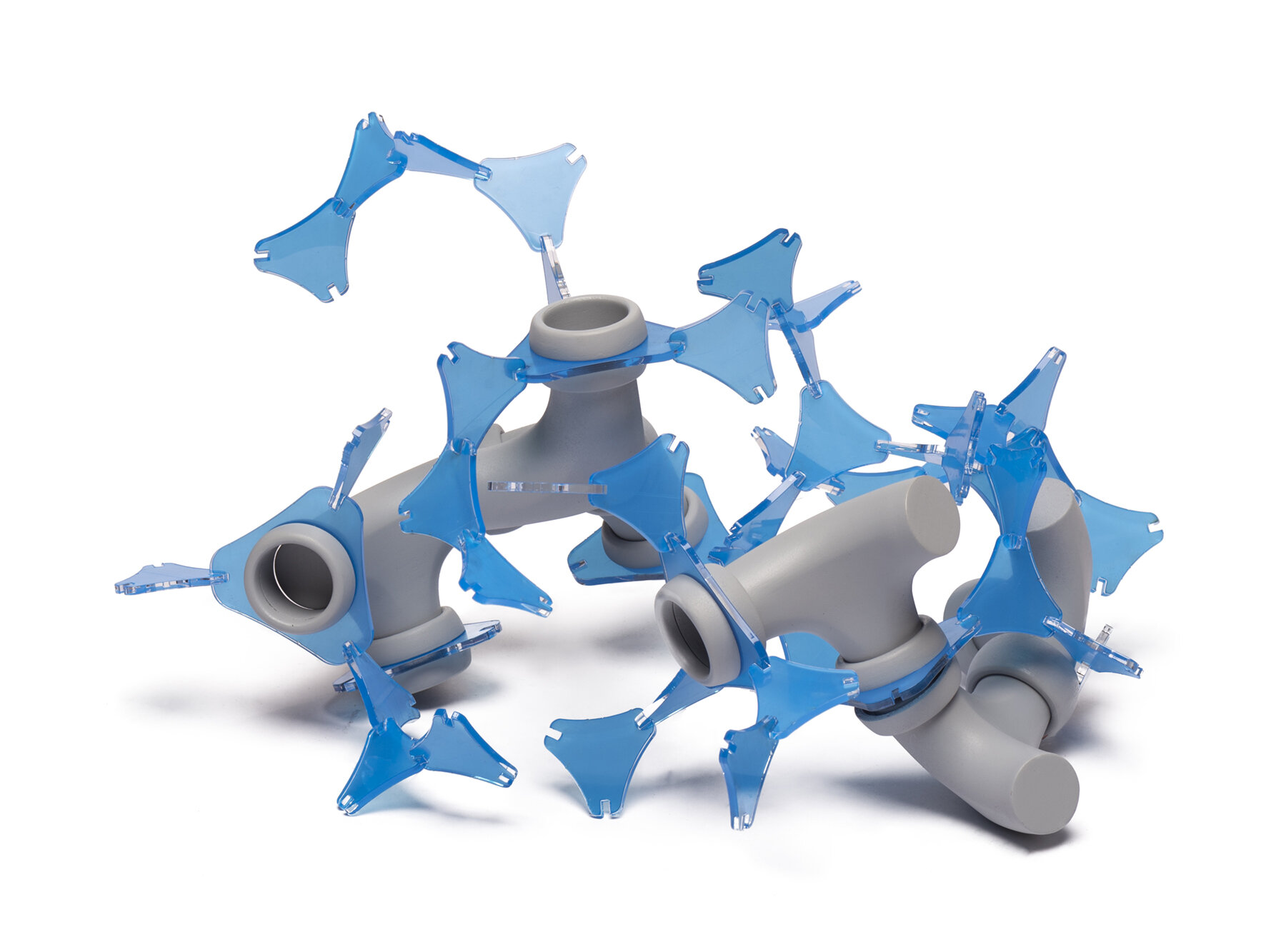
Organic Form Blocks | Hasbro
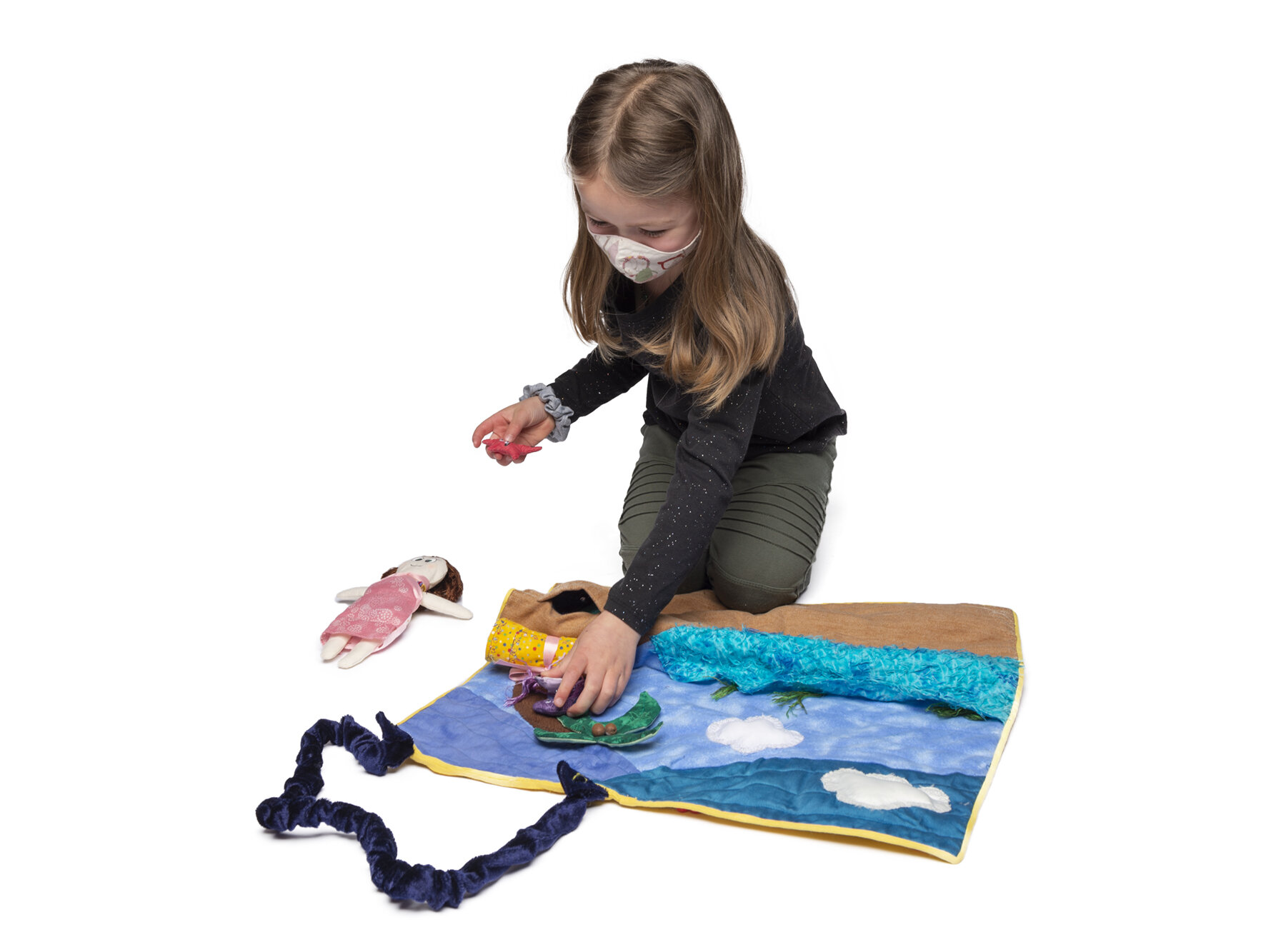
Beach in a Bag | Melissa & Doug
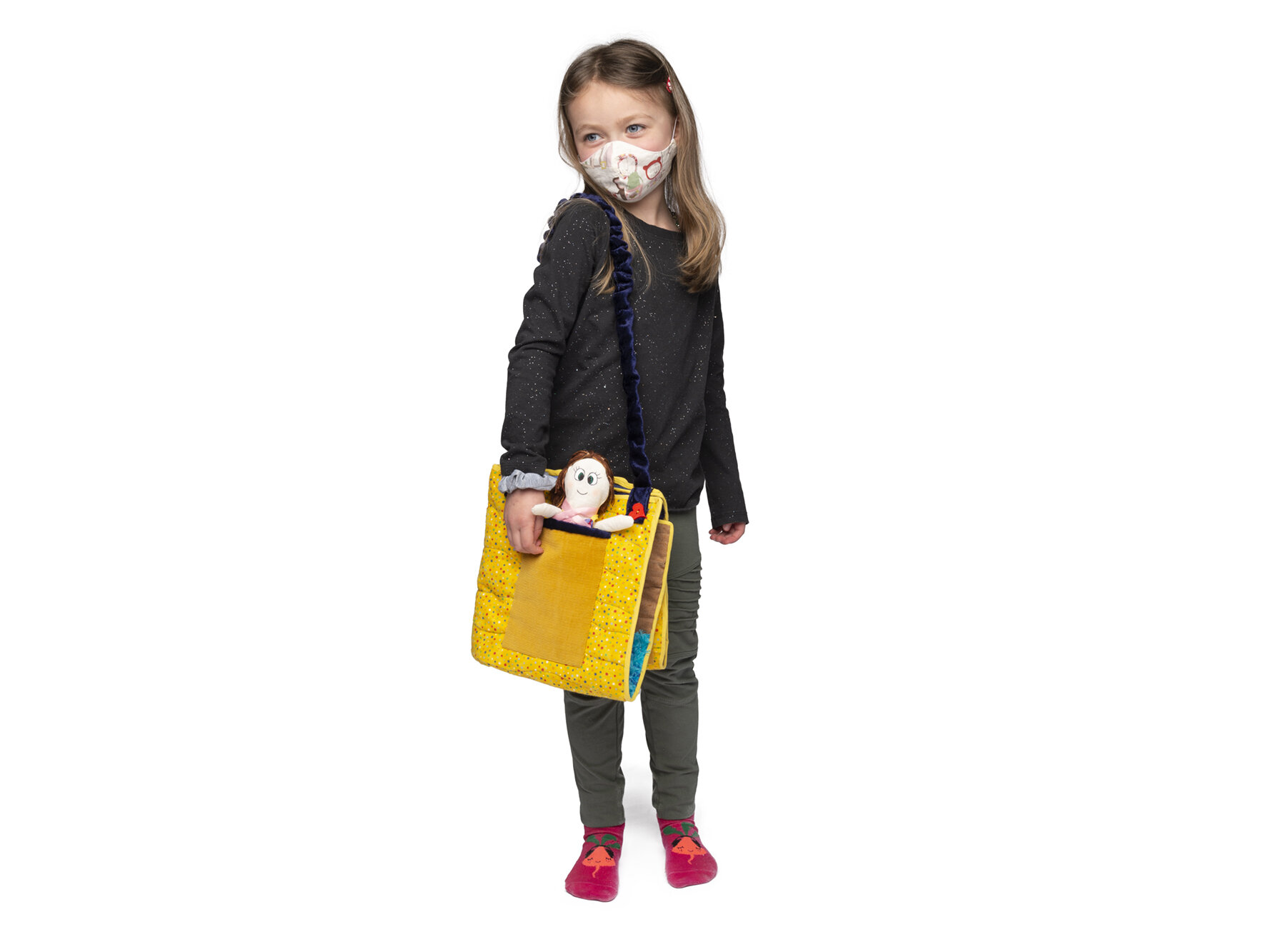
Beach in a Bag | Melissa & Doug
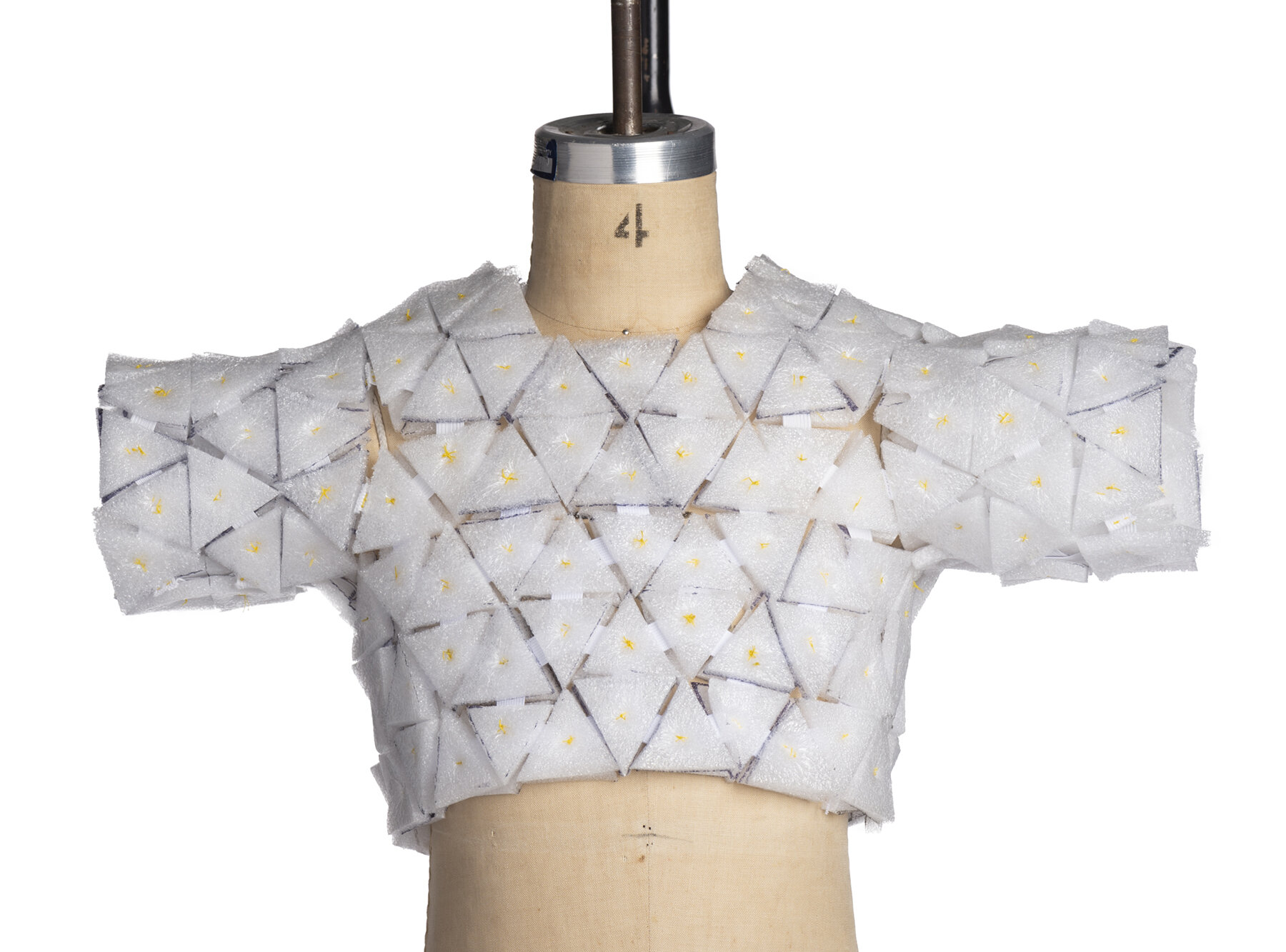
Swimmies Shirt
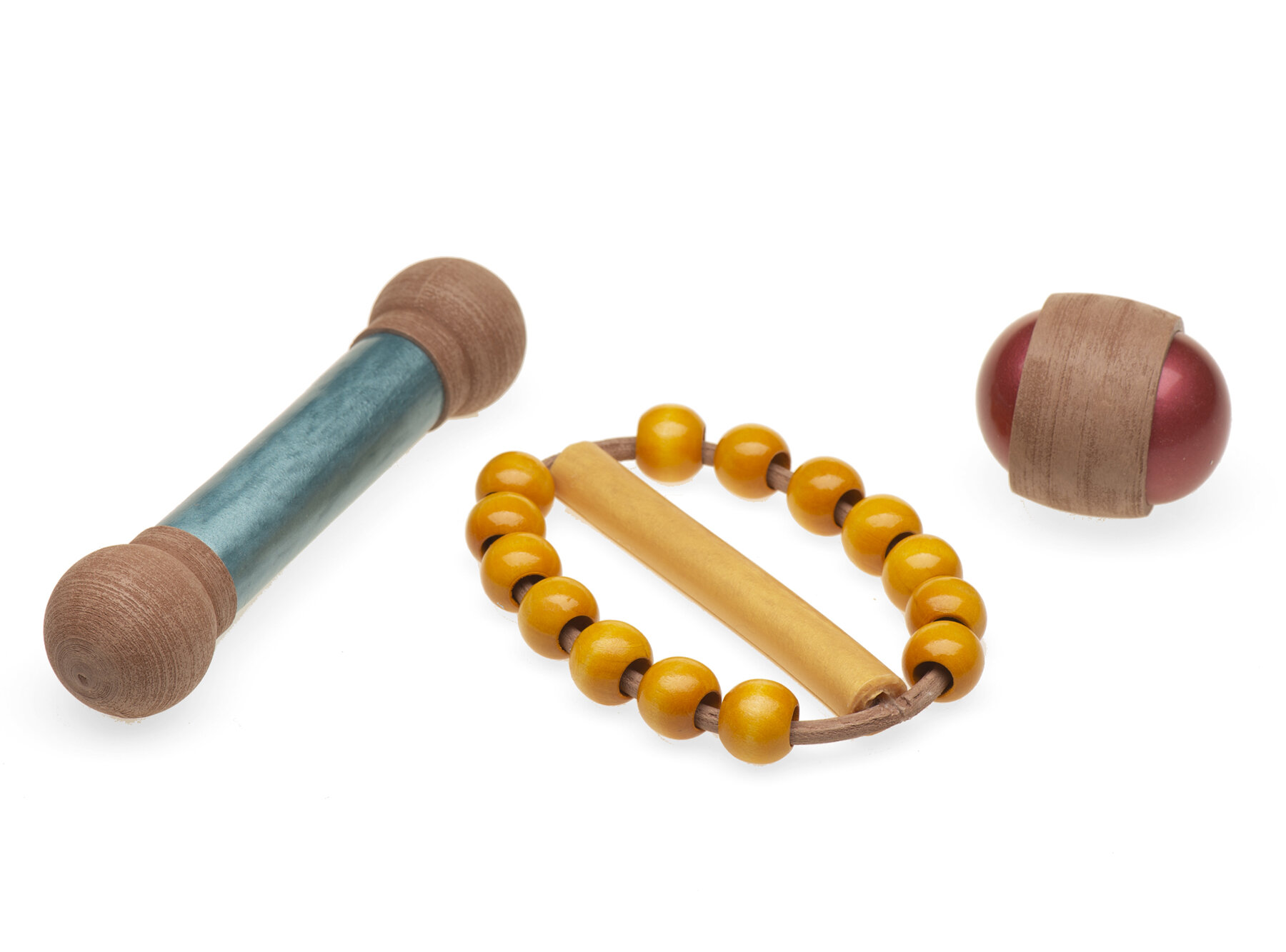
Shake, Rattle, and Roll | Manhattan Toy Company
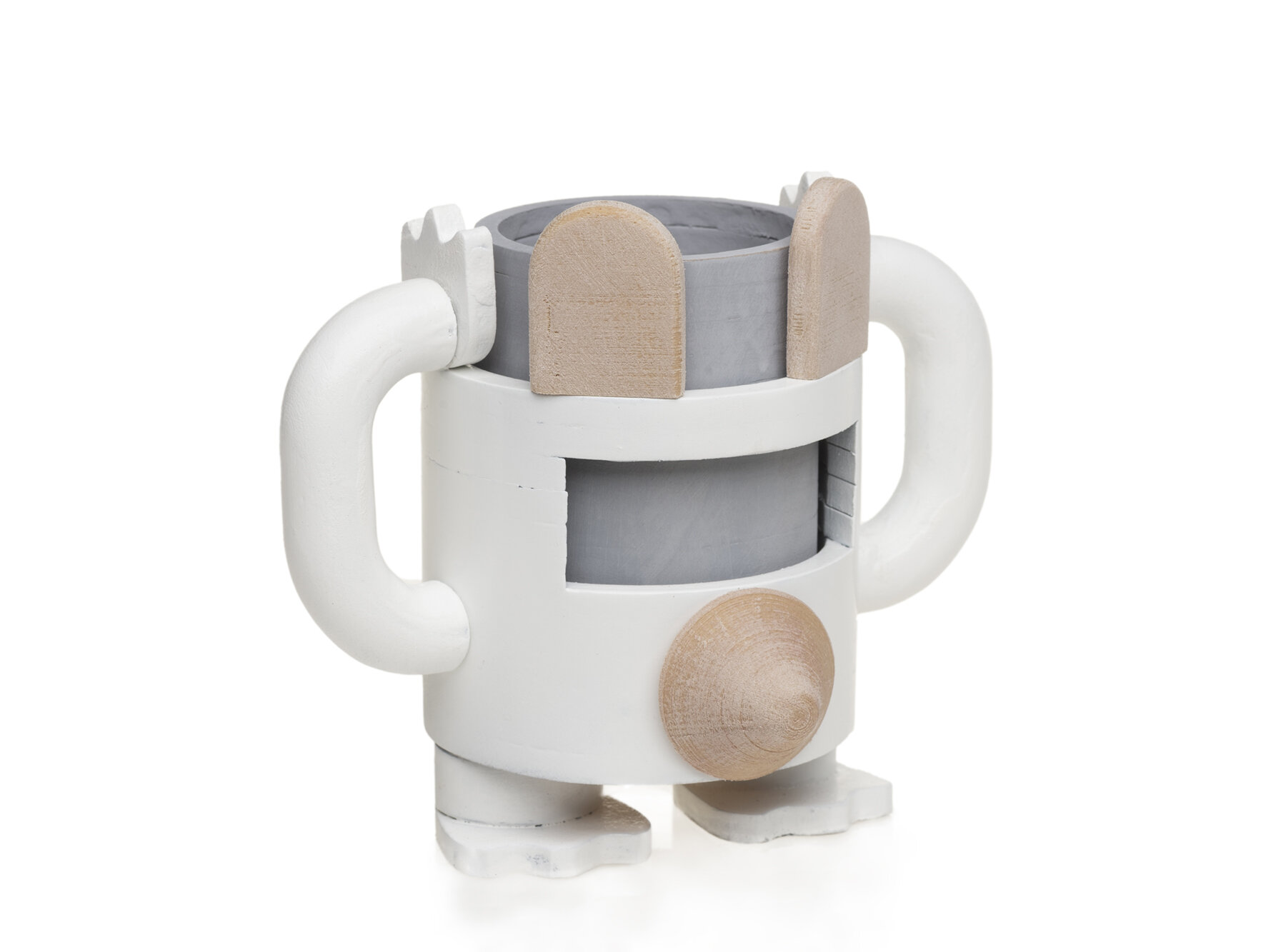
Sisypy Children’s Mug | TAKARA TOMY
Graduate ID Studio II: Play with Purpose
Spring 2021
Each graduating MFA student was responsible for designing a collection of educational toys appropriate for children between the ages of birth and 8 years. Product aesthetics were defined by and matched to a company/brand of the student’s choosing. Once defined, students chose 1-3 products from their proposed collections to take through the prototyping process.
Photography Credit: Elizabeth Lamark
Senior ID Studio: Pet Design
2019-2020
Senior ID students are challenged to design a collection of pet products for a specific animal category of their choosing. Animal behaviors, various life stage needs, and species/breed considerations are researched. Initial concepts sketched and 1-2 items chosen from the collection to carry into prototyping. Merchandising display and sales options are also explored to showcase finished collections.
Photography credit: Elizabeth Lamark
Graduate Idea Lab I: Acoustic Felt Products
2019
First year MFA graduate students were tasked to research and design acoustical felt products to fit into the FilzFelt brand aesthetic. Students learned about acoustical properties and customer needs, and completed a thorough competitive shopping analysis. An initial field trip to the FilzFelt manufacturing facilities in Getzville, NY allowed students to learn more about their product offerings, brand standards, and tour their manufacturing facilities, while also supplying the class with a semester’s worth of sampling materials. We were even invited to return later in the semester to build final prototypes using their industrial equipment and assistance! On that second trip, students presented their final concept presentations to FilzFelt CEO Roger Wall and his team, after which the students were able to “take over” the manufacturing facility. Students experienced rapid prototyping firsthand in an industrial setting and the work they produced is shown here.
Photography credit: Elizabeth Lamark
Senior ID Soft Studio: Footwear
2018
Senior Industrial Design students were challenged to design a flat-sole footwear design for a customer of their choosing. Each student’s development process included research, shoe last development, pattern development, sole development, muslin prototypes, and final product creation.
Photography credit: Elizabeth Lamark
Senior ID Soft Studio: RIT’s Hope for Honduras
2017
Senior Soft Studio I in Fall 2017 centered around one of seven multidisciplinary projects supporting the RIT Hope for Honduras initiative. Group research was done on newborn support devices, Kangaroo Mother Care (KMC), preemie & micro-preemie needs & complications, parental needs & concerns, Honduran cultural & environmental influences, and product performance requirements, that resulted in each student designing and developing a skin-to-skin support device. We partnered with Little Angels of Honduras and Hospitál Escuela in Tegucigalpa, Honduras to gather research and design feedback throughout development process. Additional information and photos can be found here.
Five final student prototypes were chosen for continued prototyping & refinement through Spring 2018, culminating in their display at WantedDesign Brooklyn during NYC Design Week 2018
Photography Credit: Elizabeth Lamark
Activating the Archive: Soft Studio, Vignelli
2017
This Graduate level industrial design studio has come to be known as “Activating the (Vignelli) Archive” named for its focus on decoding and utilizing the primary source materials found in the archive to inspire new product development. Each year the focus is different, allowing for the level of experimentation commensurate
with graduate level research. The 2017 emphasis is on Soft Goods, thus the title: “Soft Studio, Vignelli”. The course was co-taught between myself and Professor Josh Owen.
The Vignelli Center for Design Studies is the permanent and comprehensive home for Massimo and Lella Vignelli’s expansive archive of professional career accomplishments. The Center is an educational resource with the primary goals of advocating design excellence at RIT and beyond through innovative programming, supported by extensive archival holdings of design exemplars. The Vignelli Center for Design Studies is a place for design education, research and critical examination. The key concept in all areas of
the Center’s work is the rigorous reflection of Modernism–the discourse of Modernism, which forms a bridge between the history of design and the Vignelli design tradition. The Center’s aims therefore are to conserve, research and extend this cultural heritage and, at the same time, investigate current design issues.
Students will make a key observation from selected artifacts found within the archives to use as a point of entry for research. They will identify a social need/context to further direct their efforts. They will design and develop a product which is useful and connected to the Vignelli philosophy.
These images represent the critical development and response to the studio objectives.
Photography by: Elizabeth Lamark
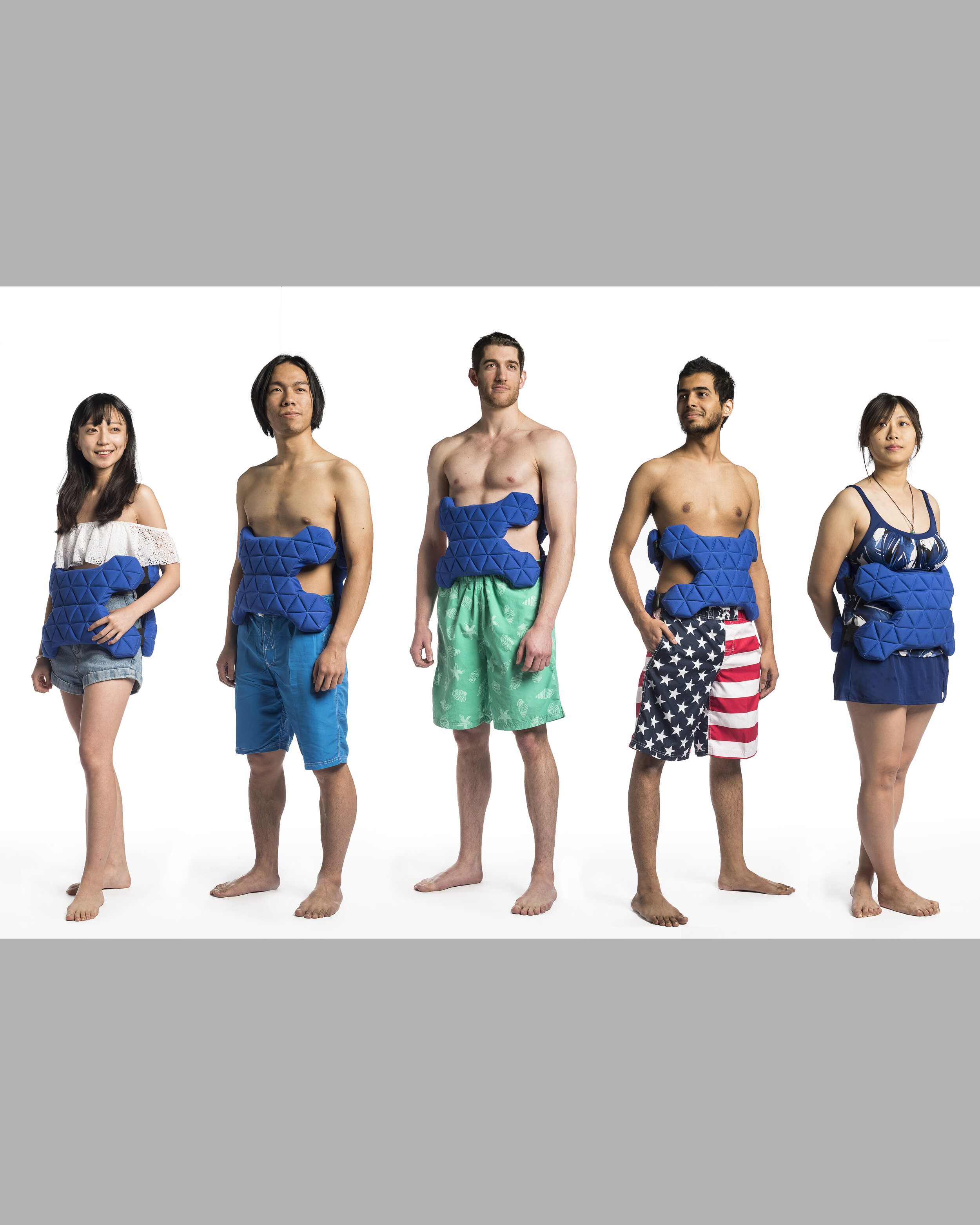
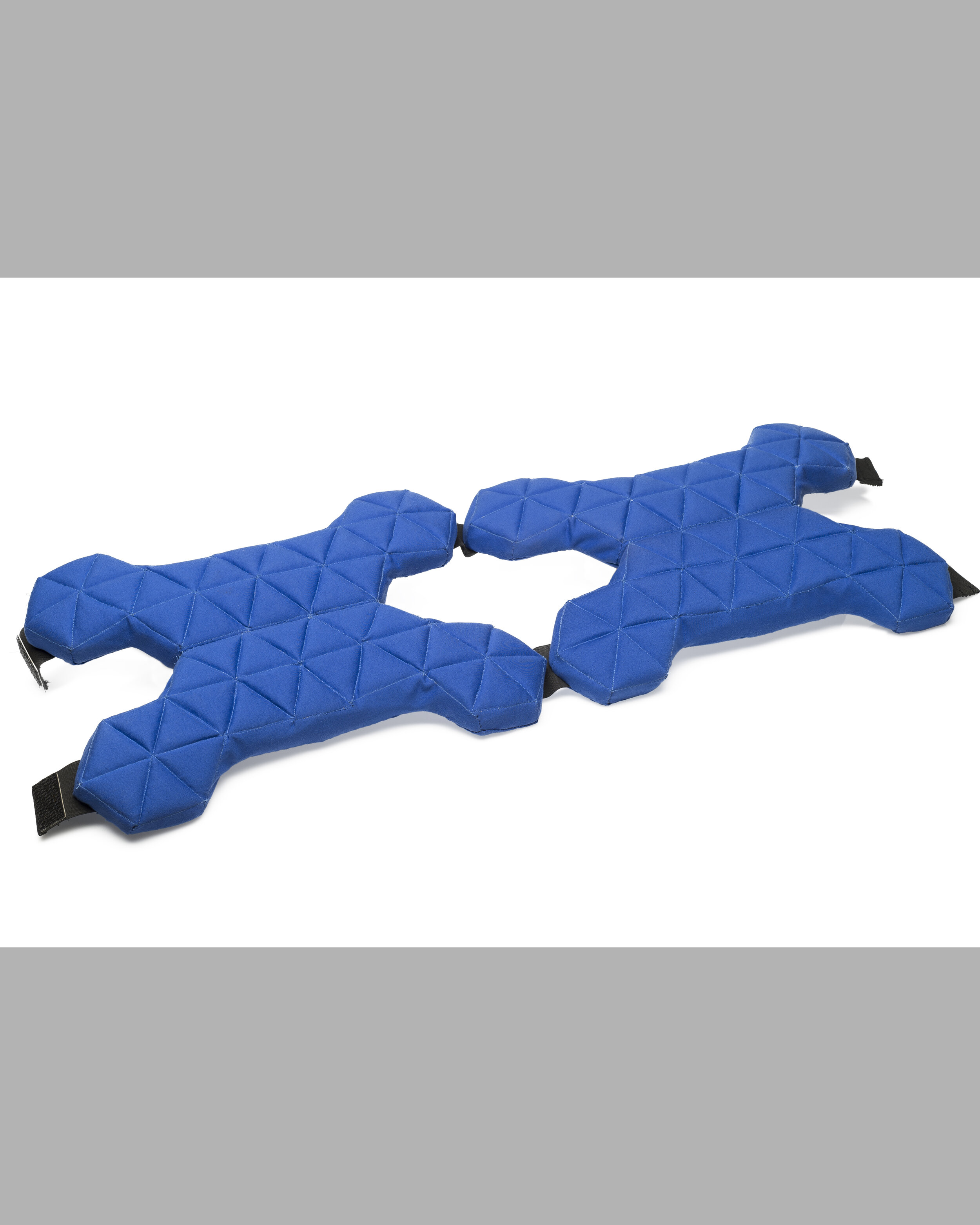
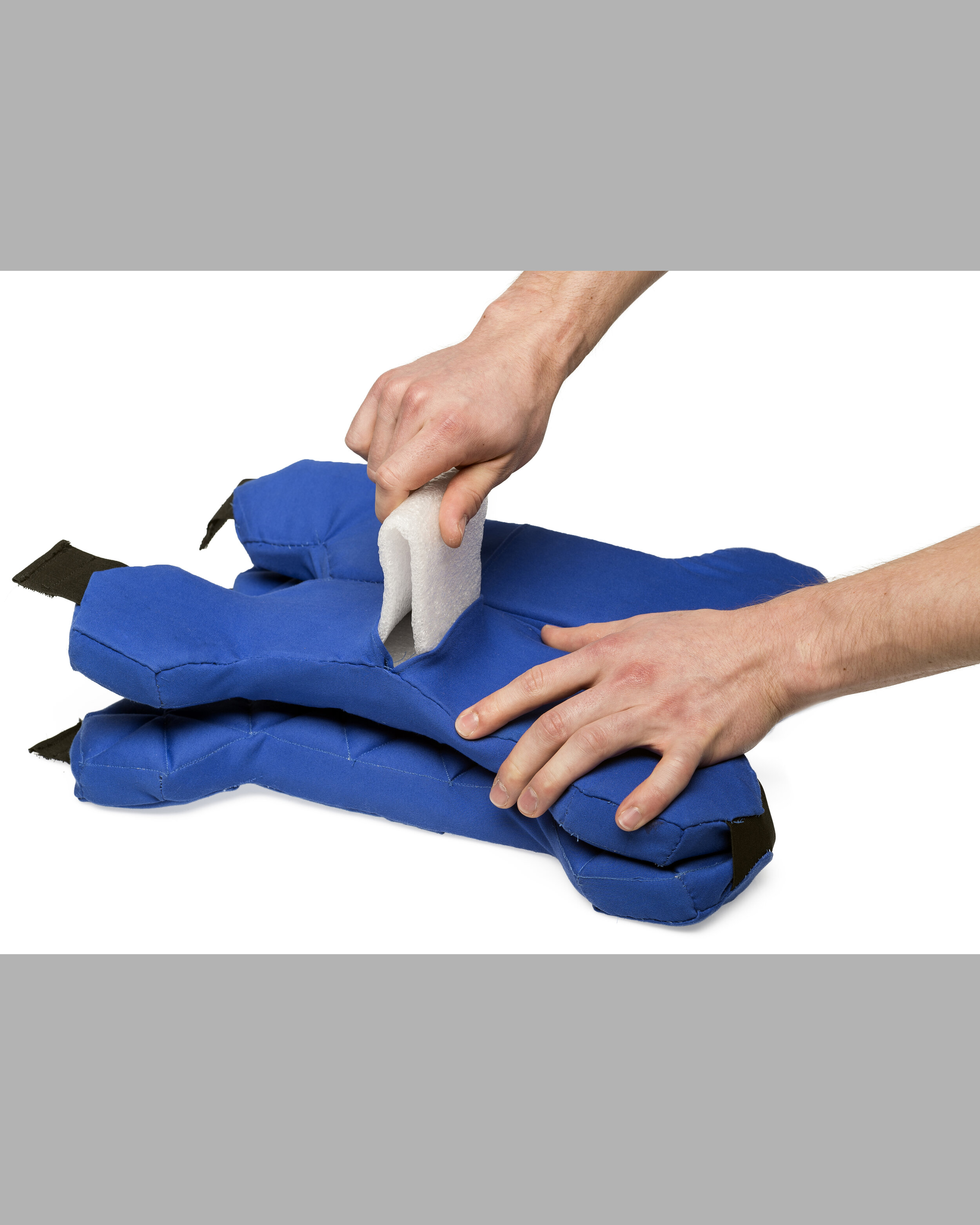

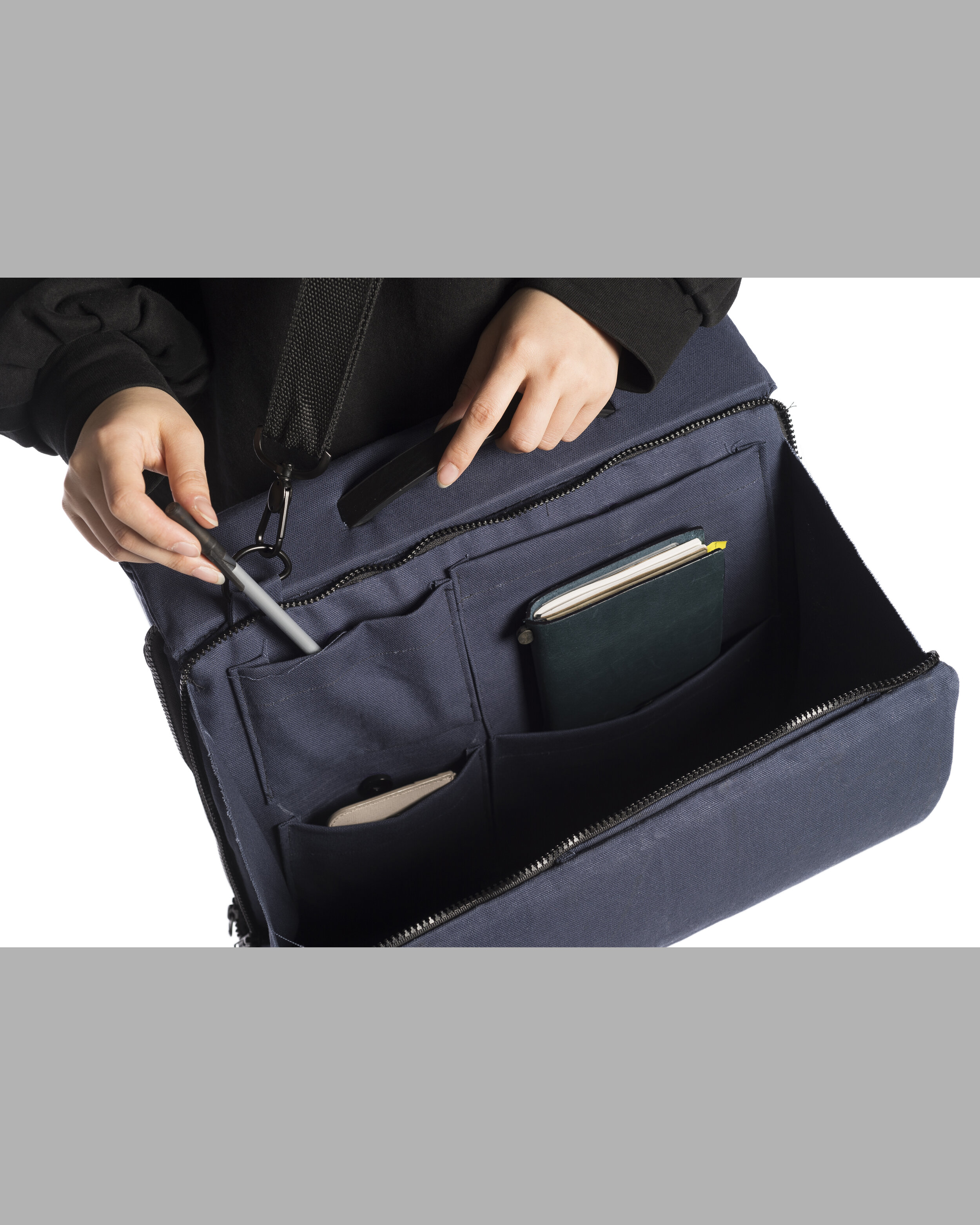
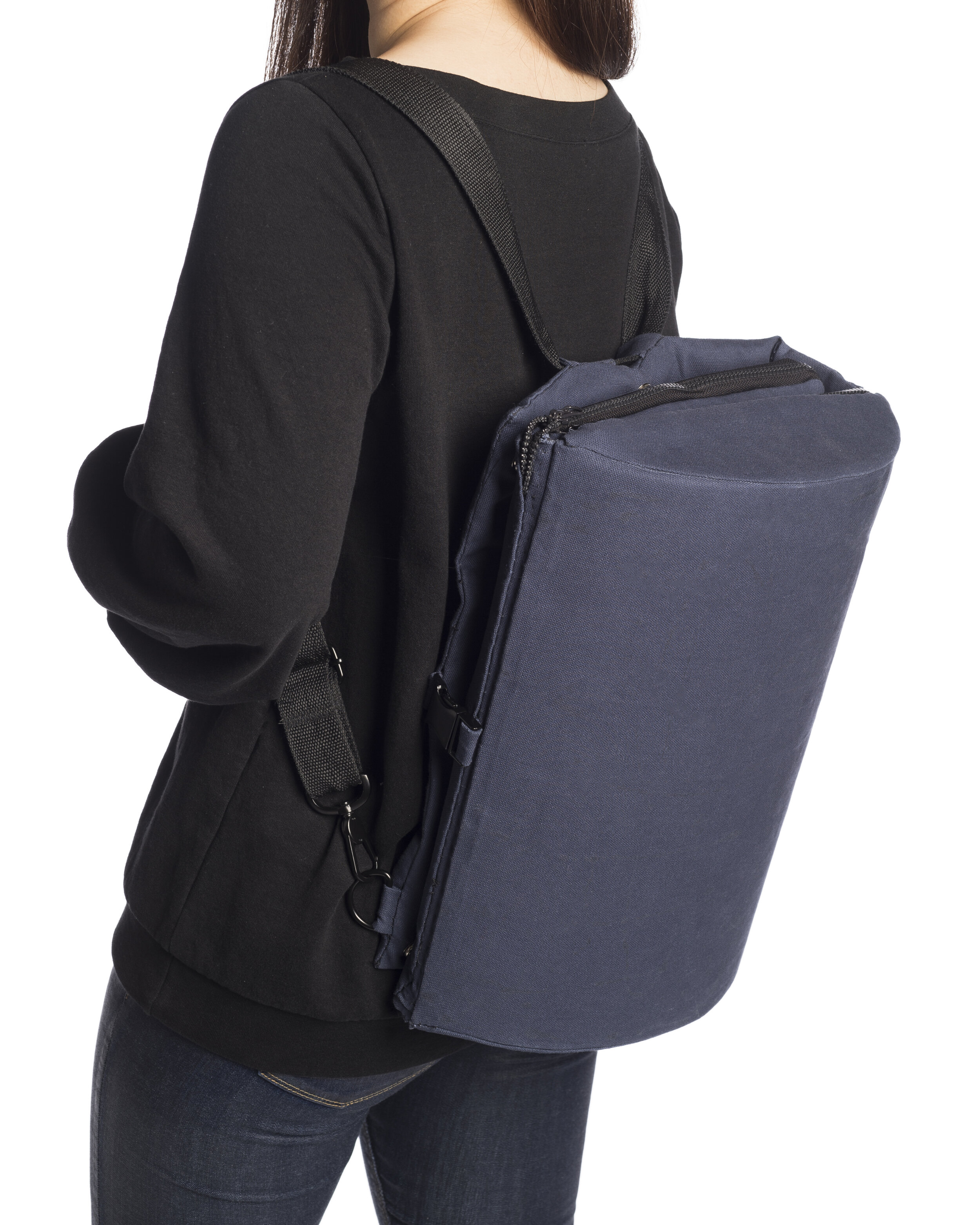
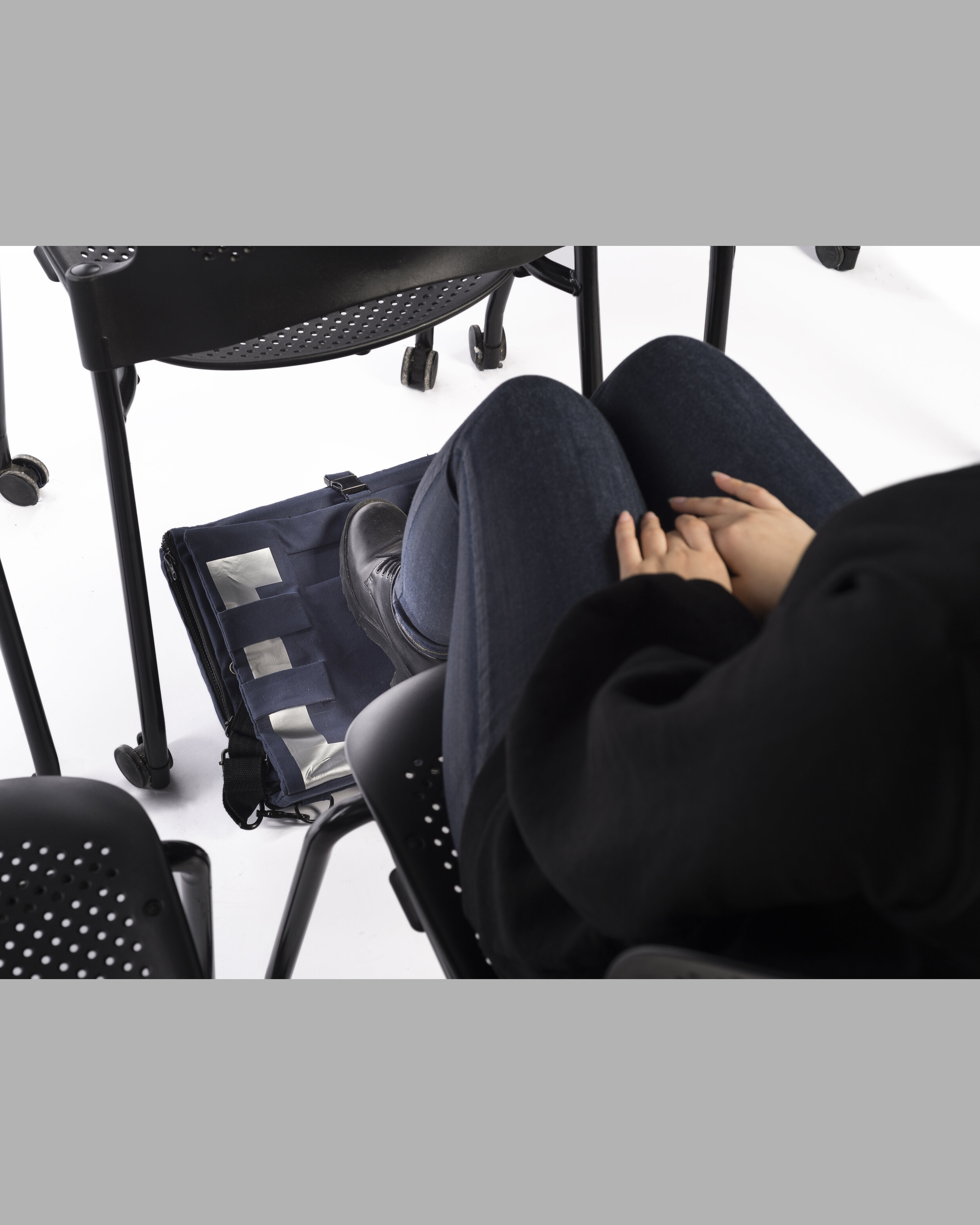
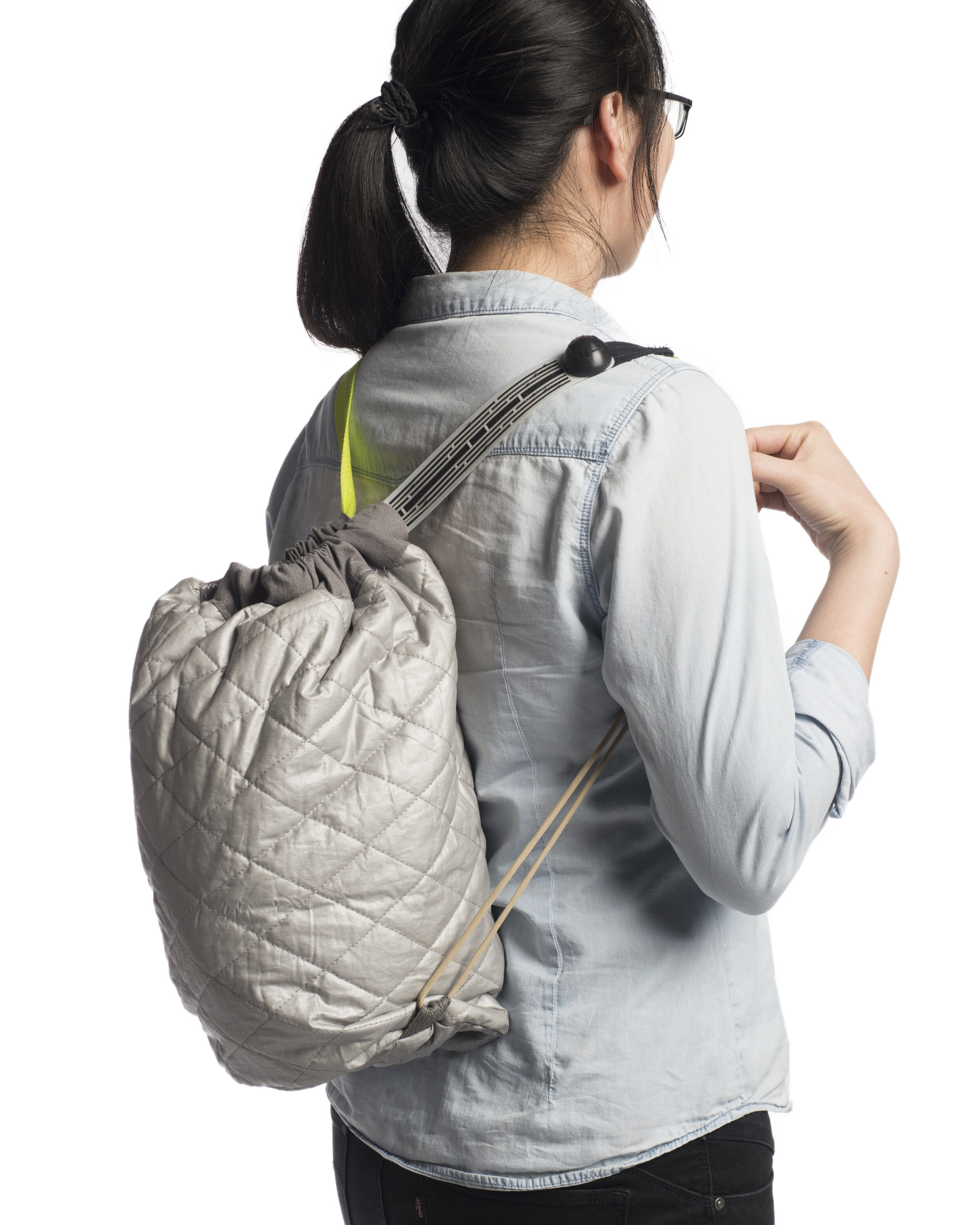

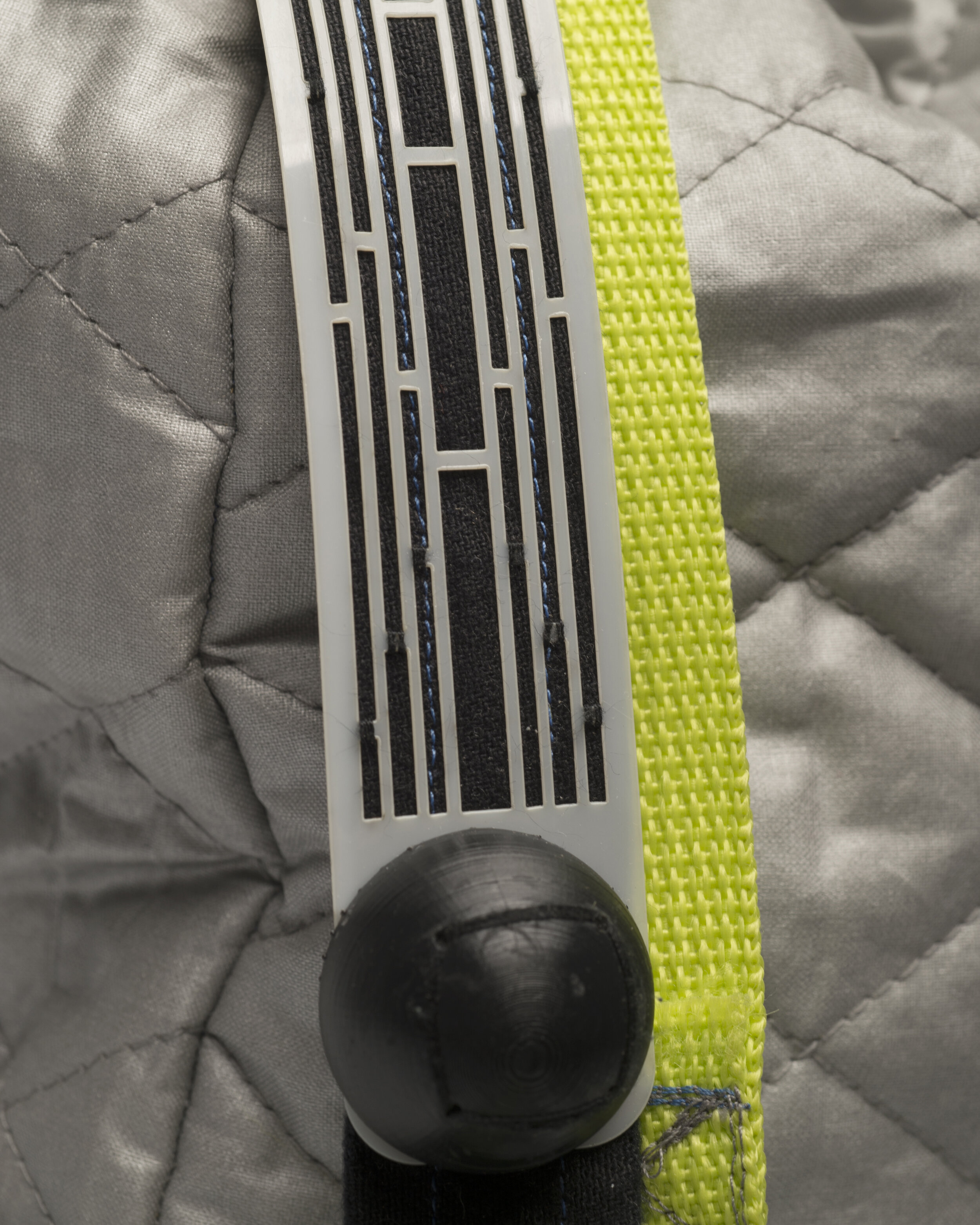
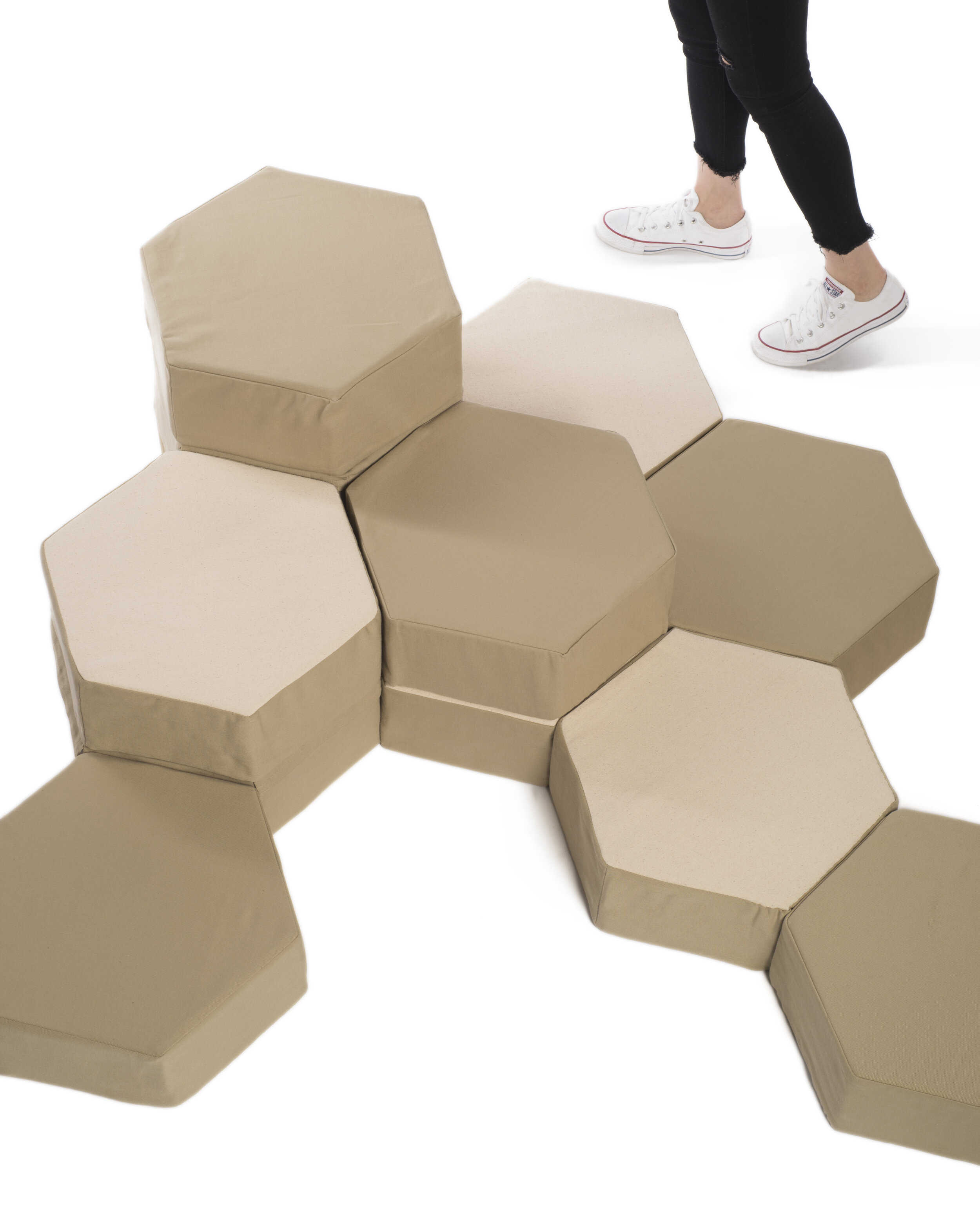
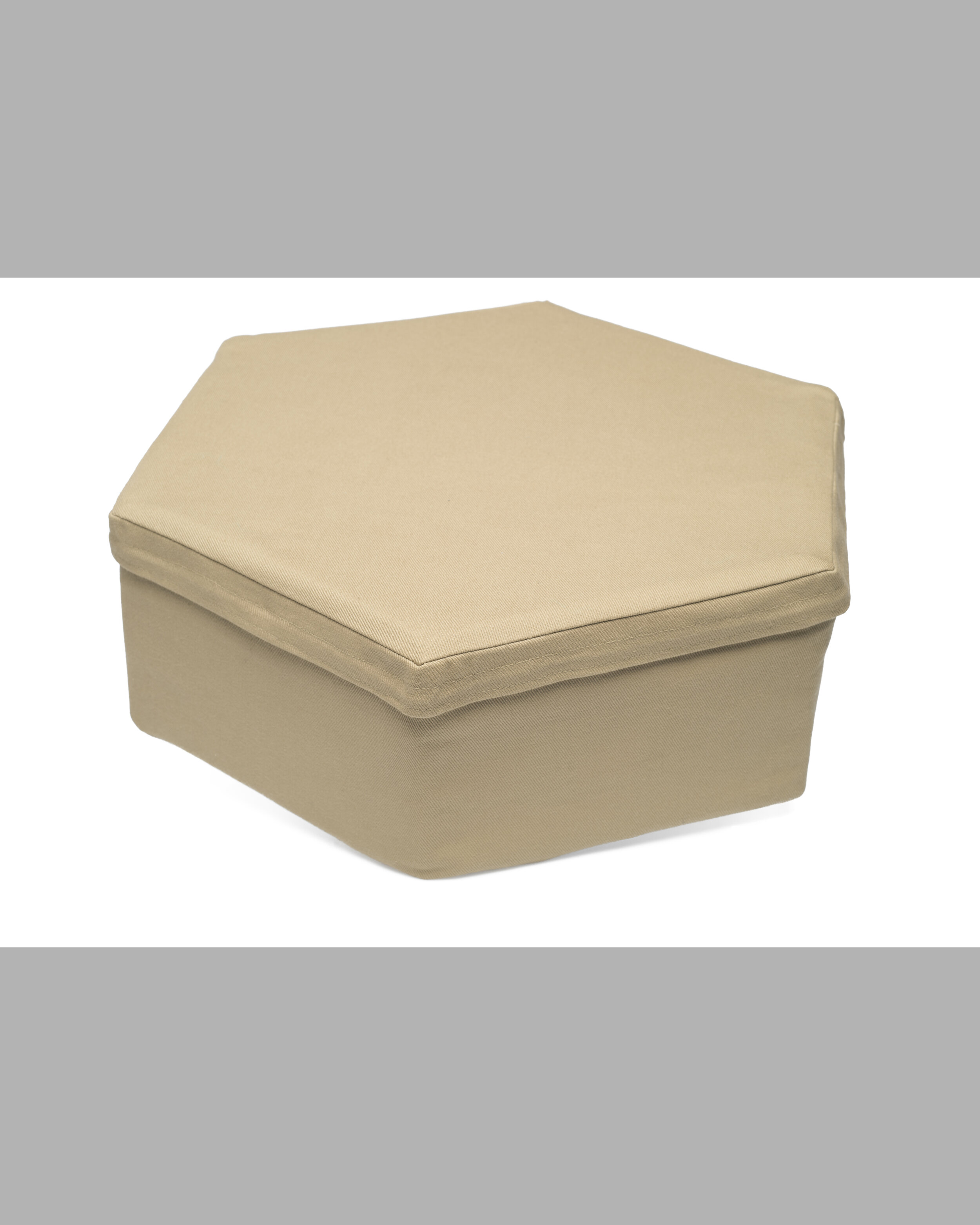
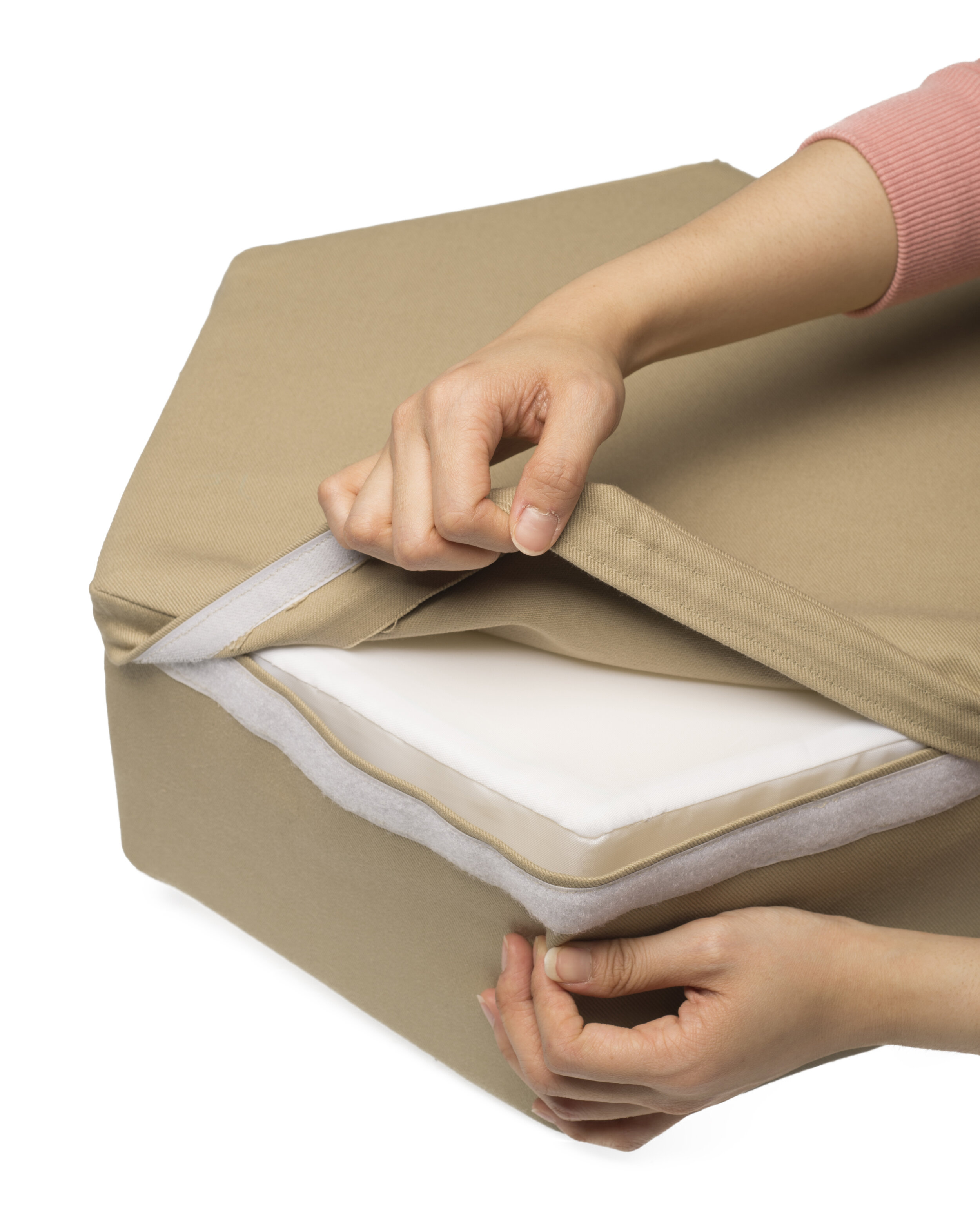
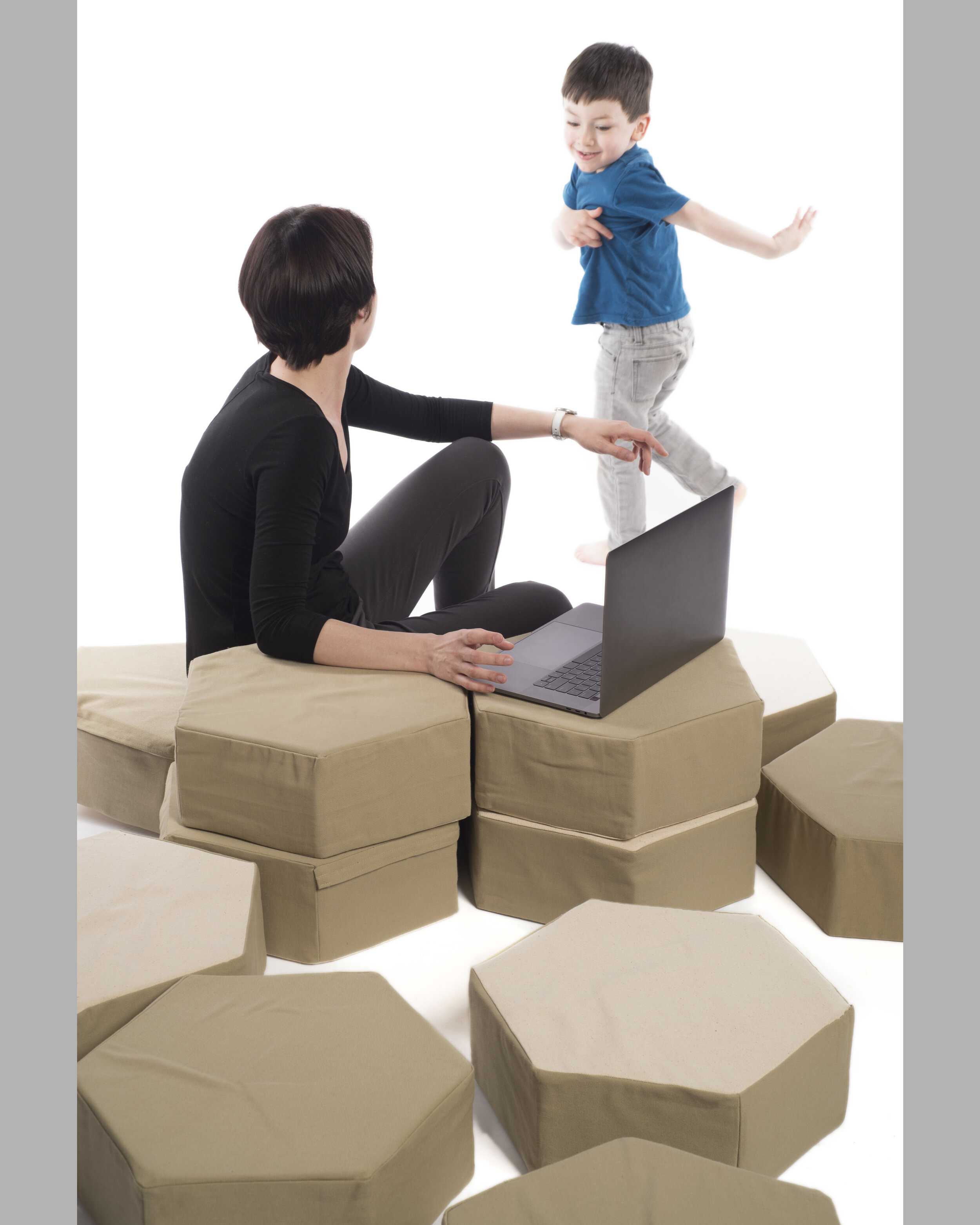
Graduate Idea Lab I: Headwear
2017
First semester ID graduate students were challenged to explore textile properties and construction techniques while developing their final Soft Studio project. The only restrictions given were 1) the primary materials used had to be textiles/fibers and 2) it had to be something that was worn on the head.
Photography credit: Elizabeth Lamark
Senior ID Soft Studio: Functional Apparel
2016-2017
In 2016, students worked in groups to design a collection of lightweight outerwear tops or jackets. Each student was responsible for a specific garment in the collection that was developed into a final prototype. Students were asked to document their development process and groups presented their research, process, and their finished designs in a final presentation at the end of the semester.
In 2017, Senior Industrial Design students designed a functional apparel garment that focused on providing medical or safety support. Students were asked to document their development process and presented their research, process, and their finished designs in a final presentation at the end of the semester.
Each student’s development process included research, comp shopping, benchmarking (if applicable), deconstruction & analysis of existing garments, pattern development, muslin prototypes, and final product creation.
Photography credit: Elizabeth Lamark.
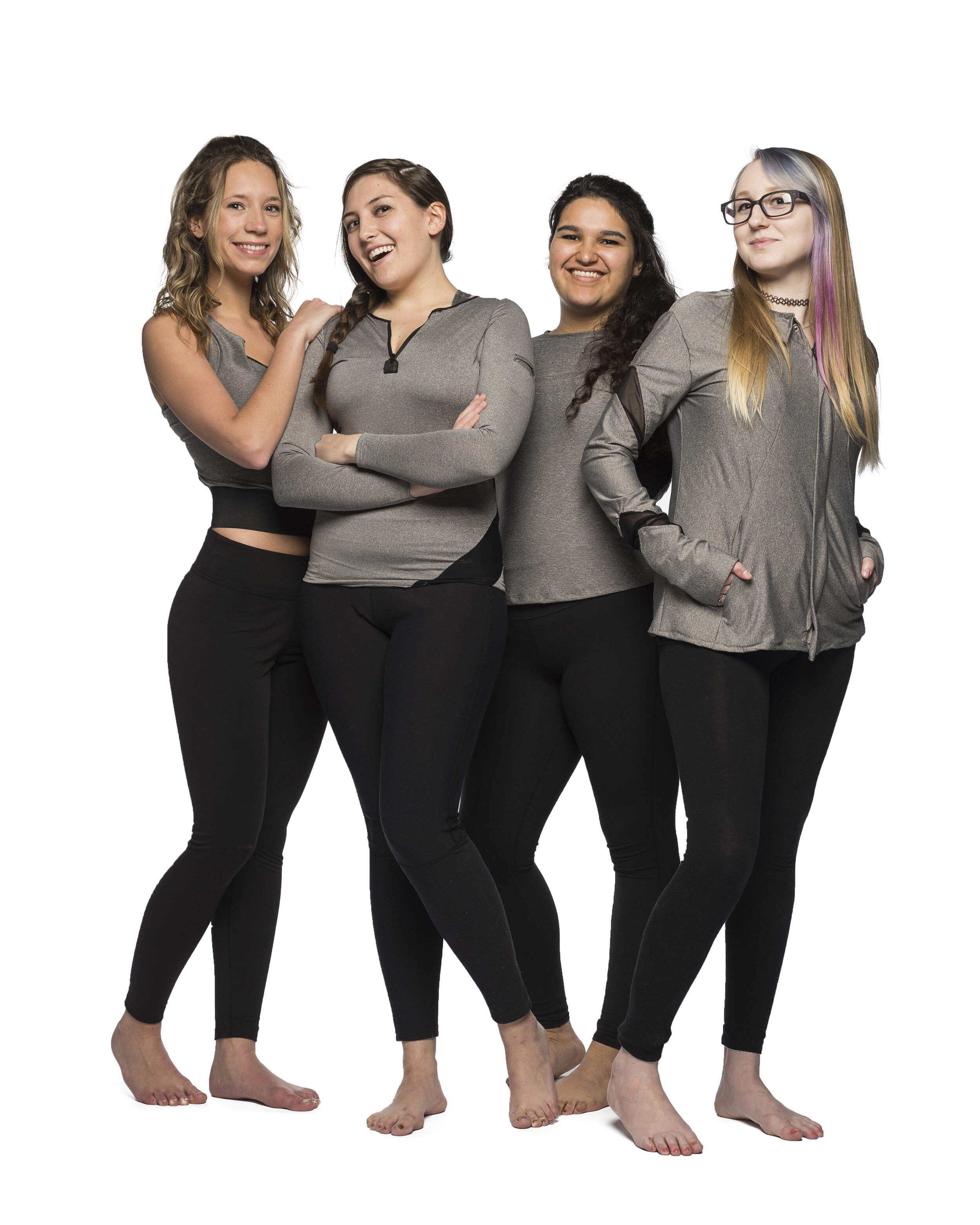
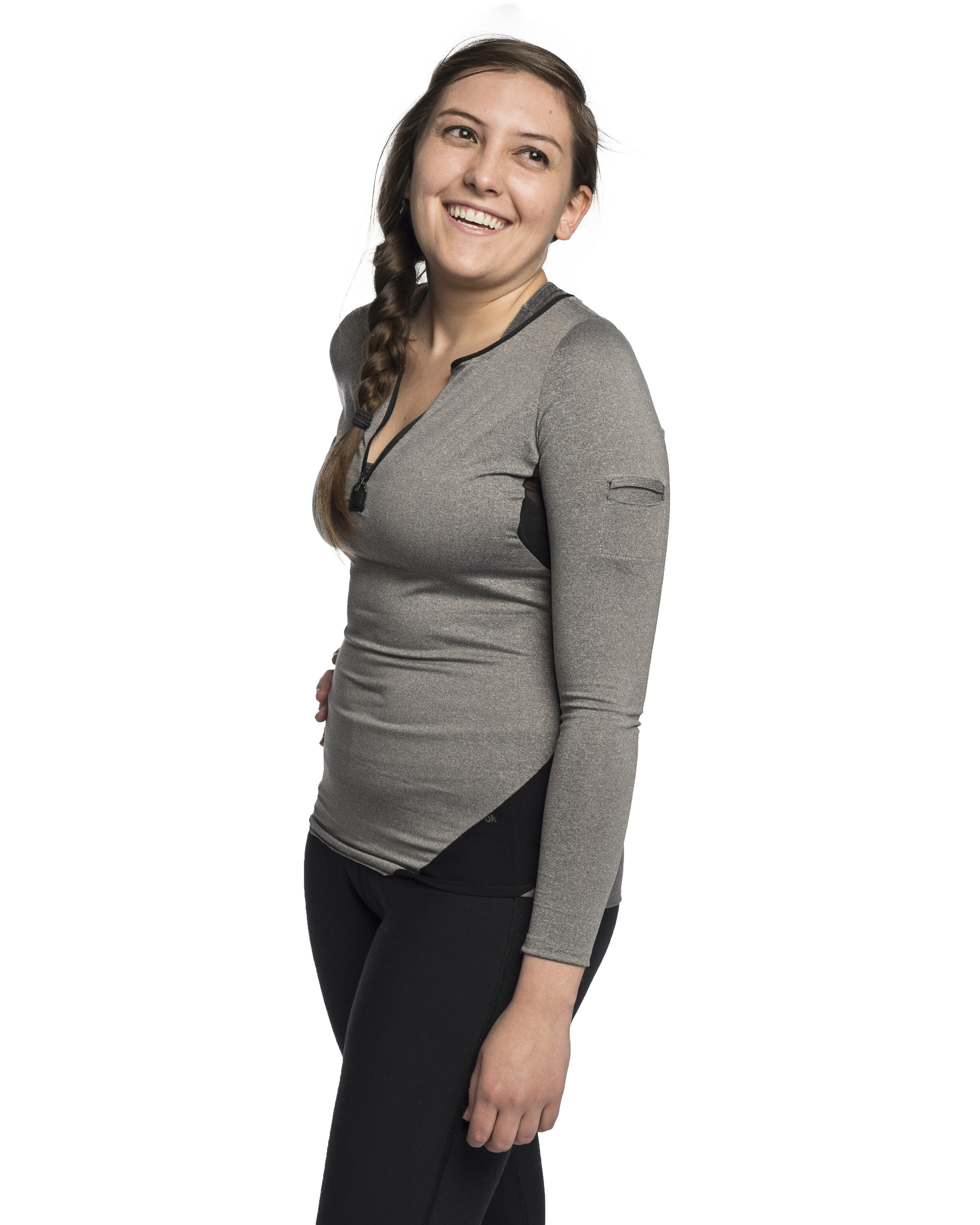
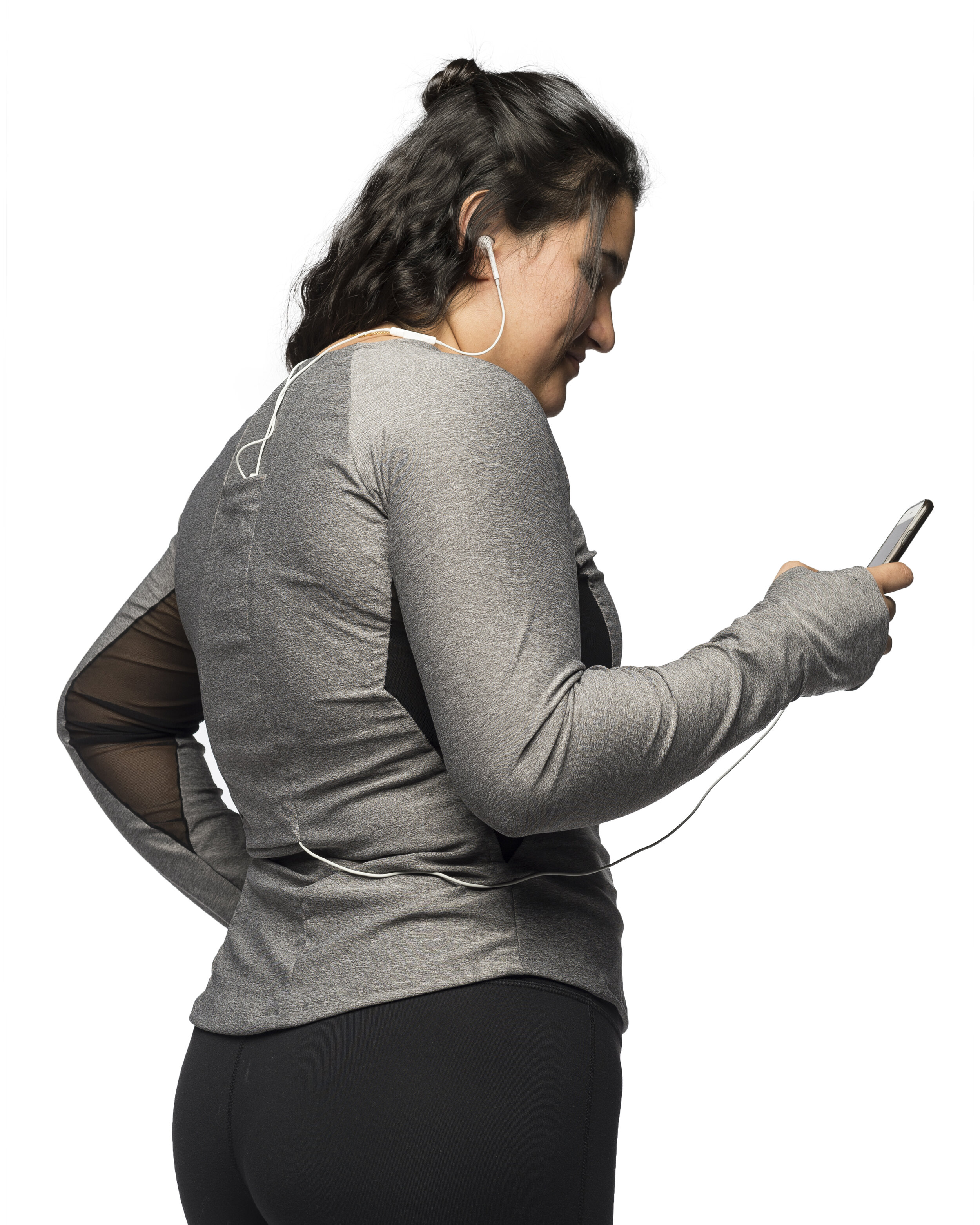
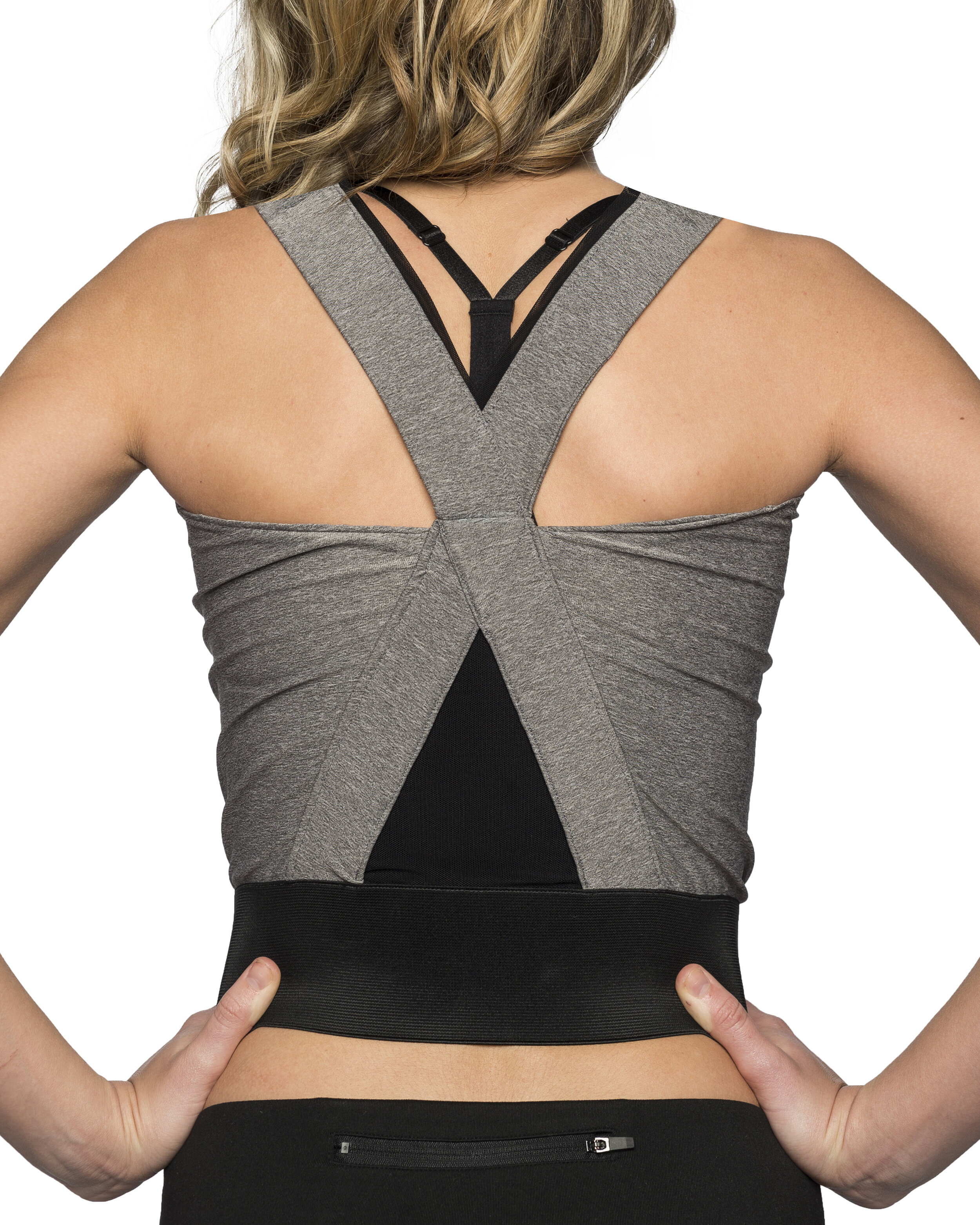
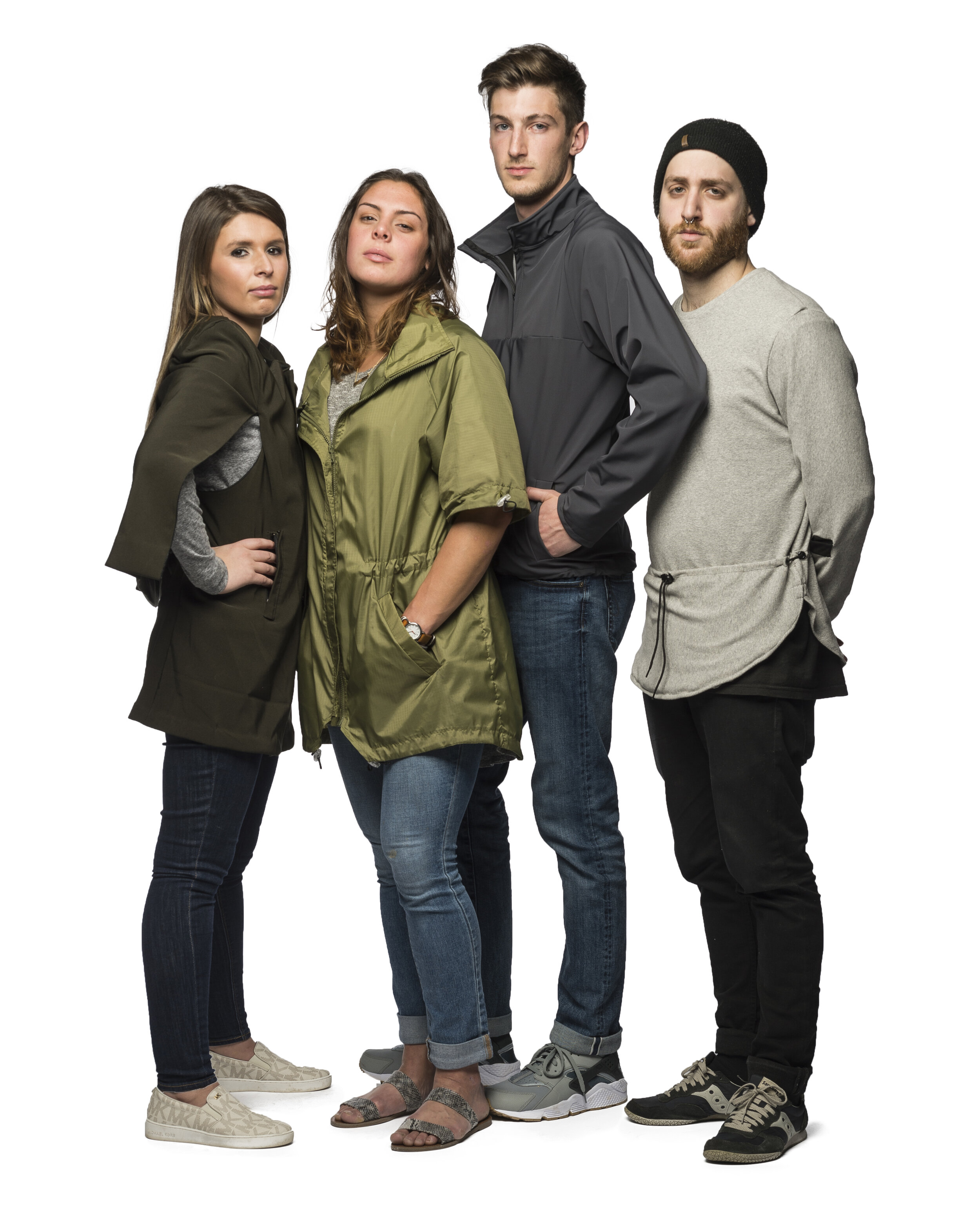
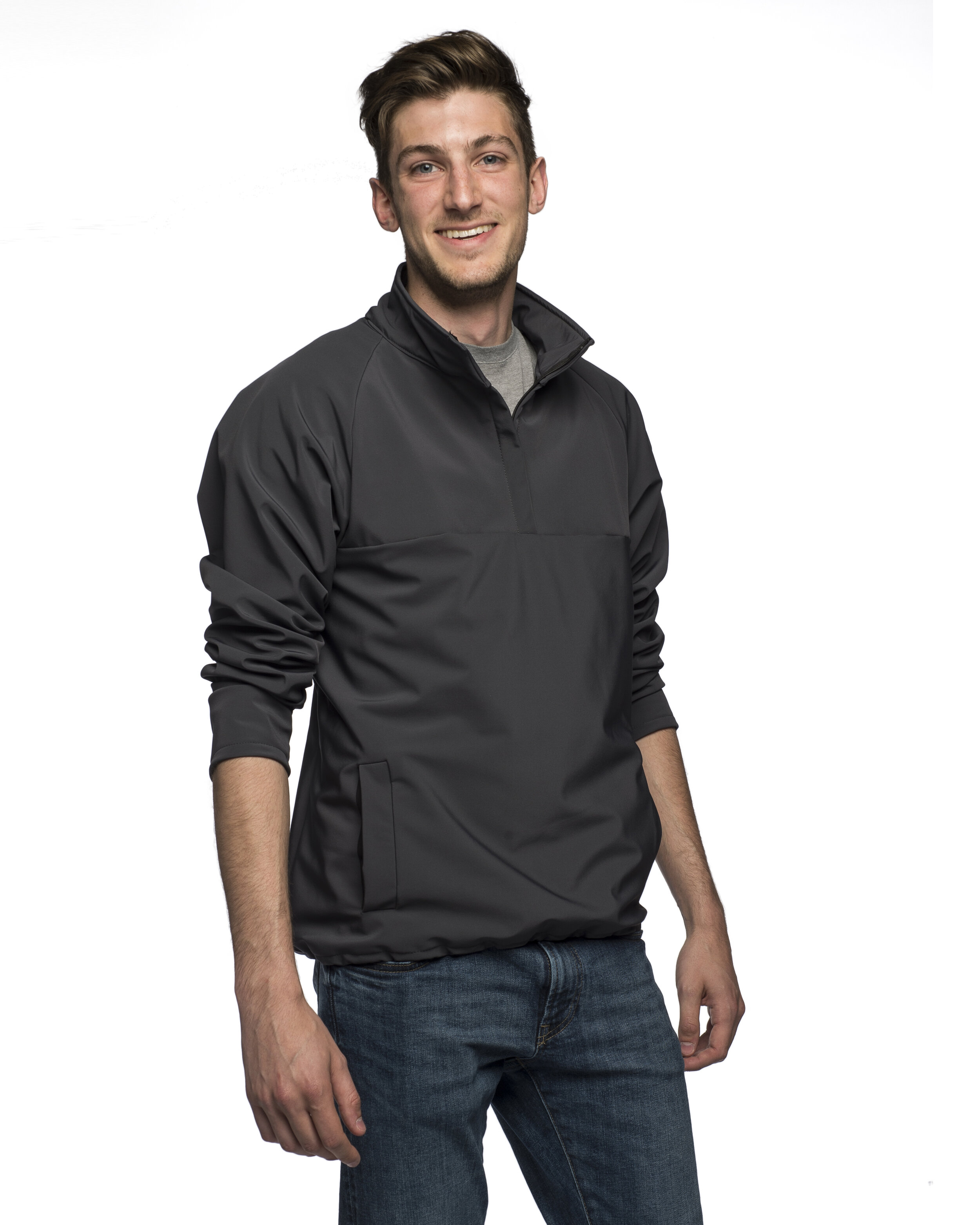
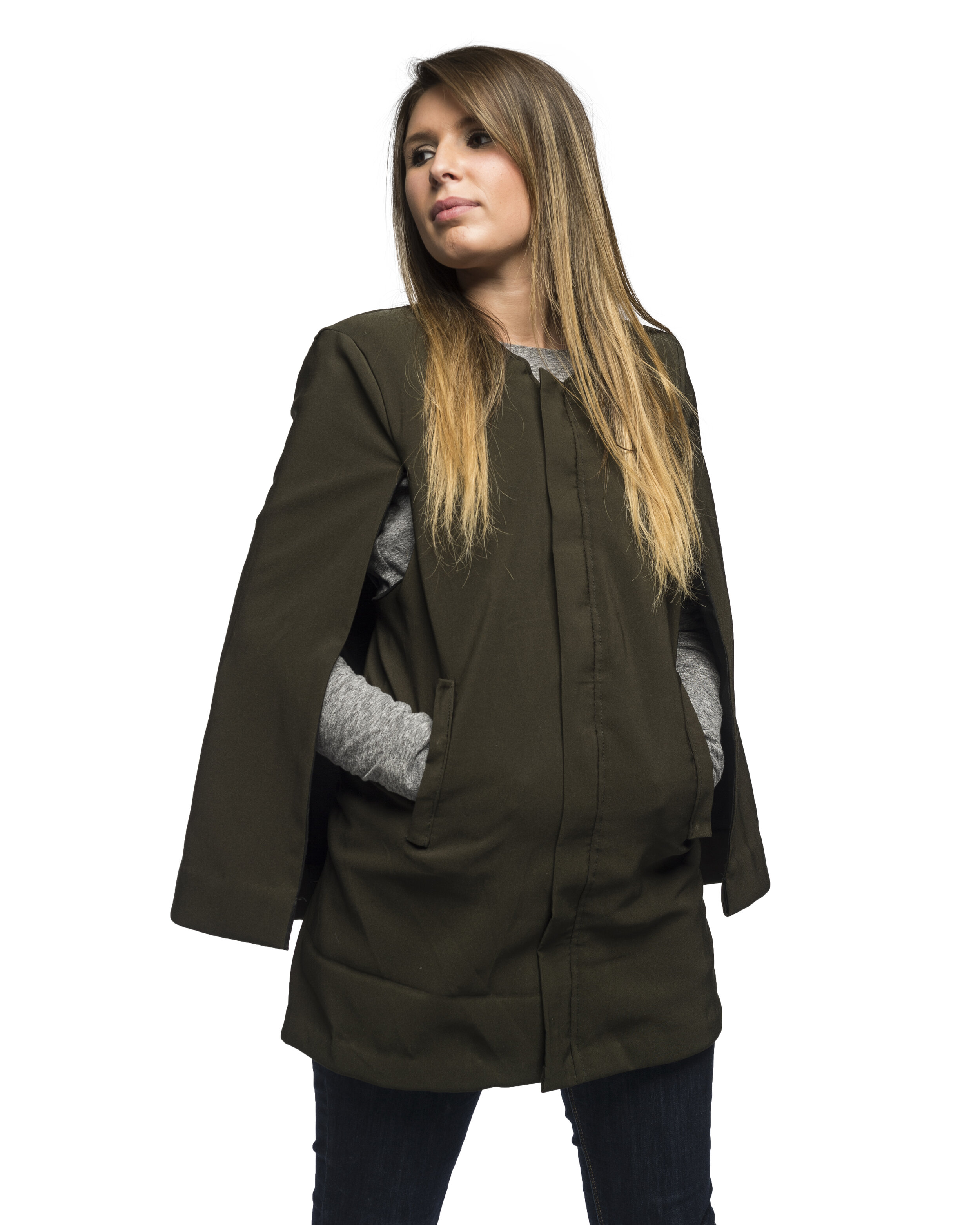
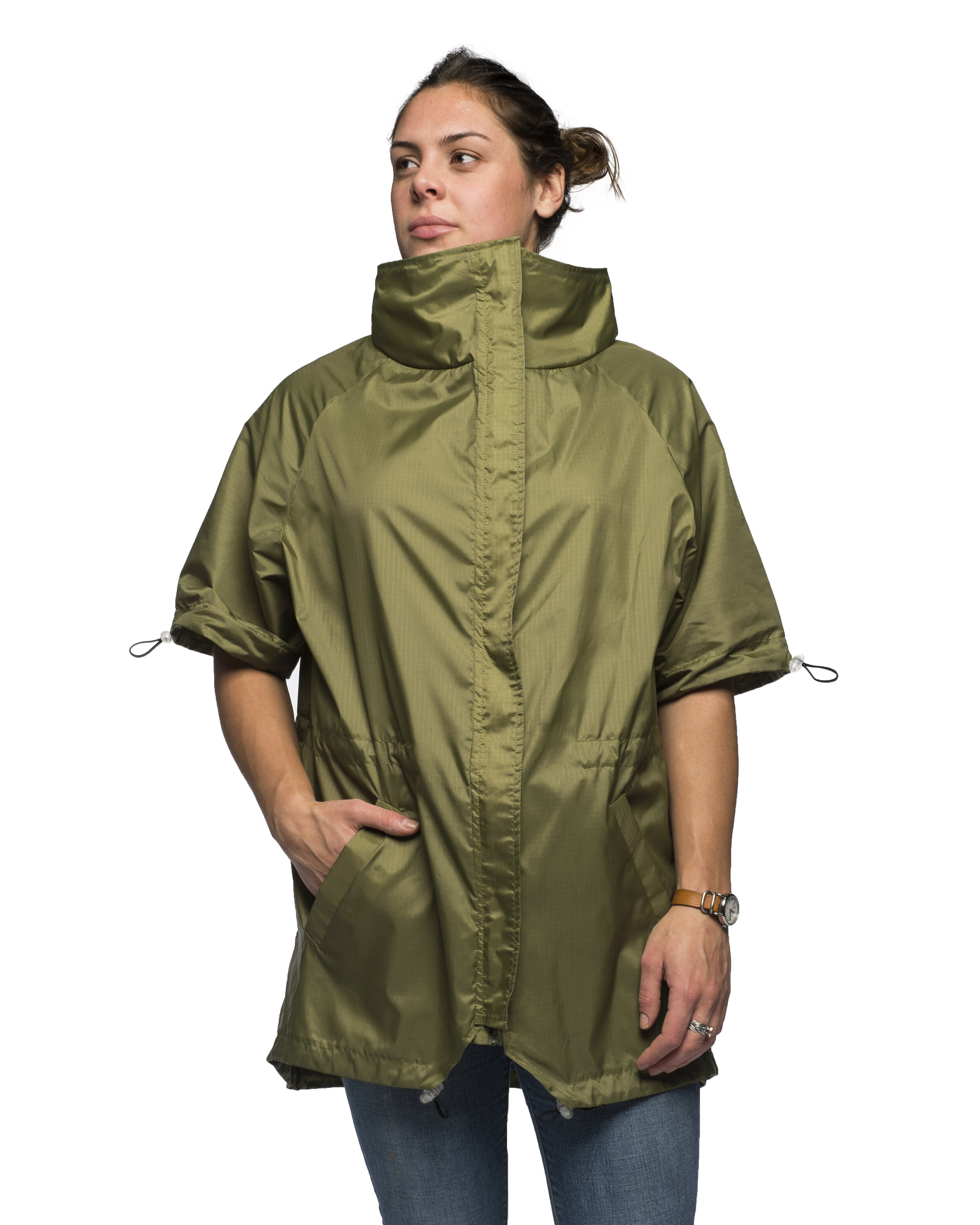
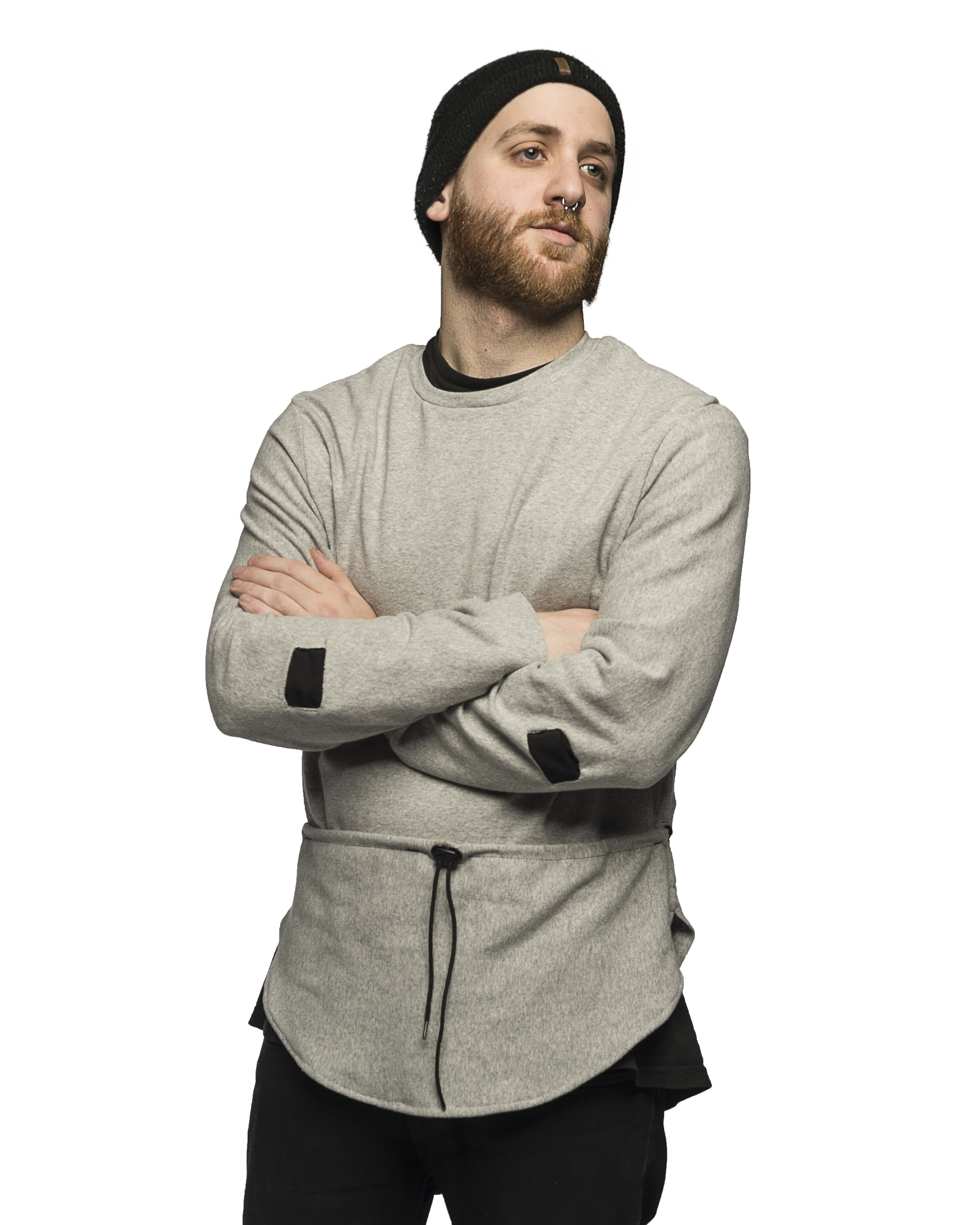
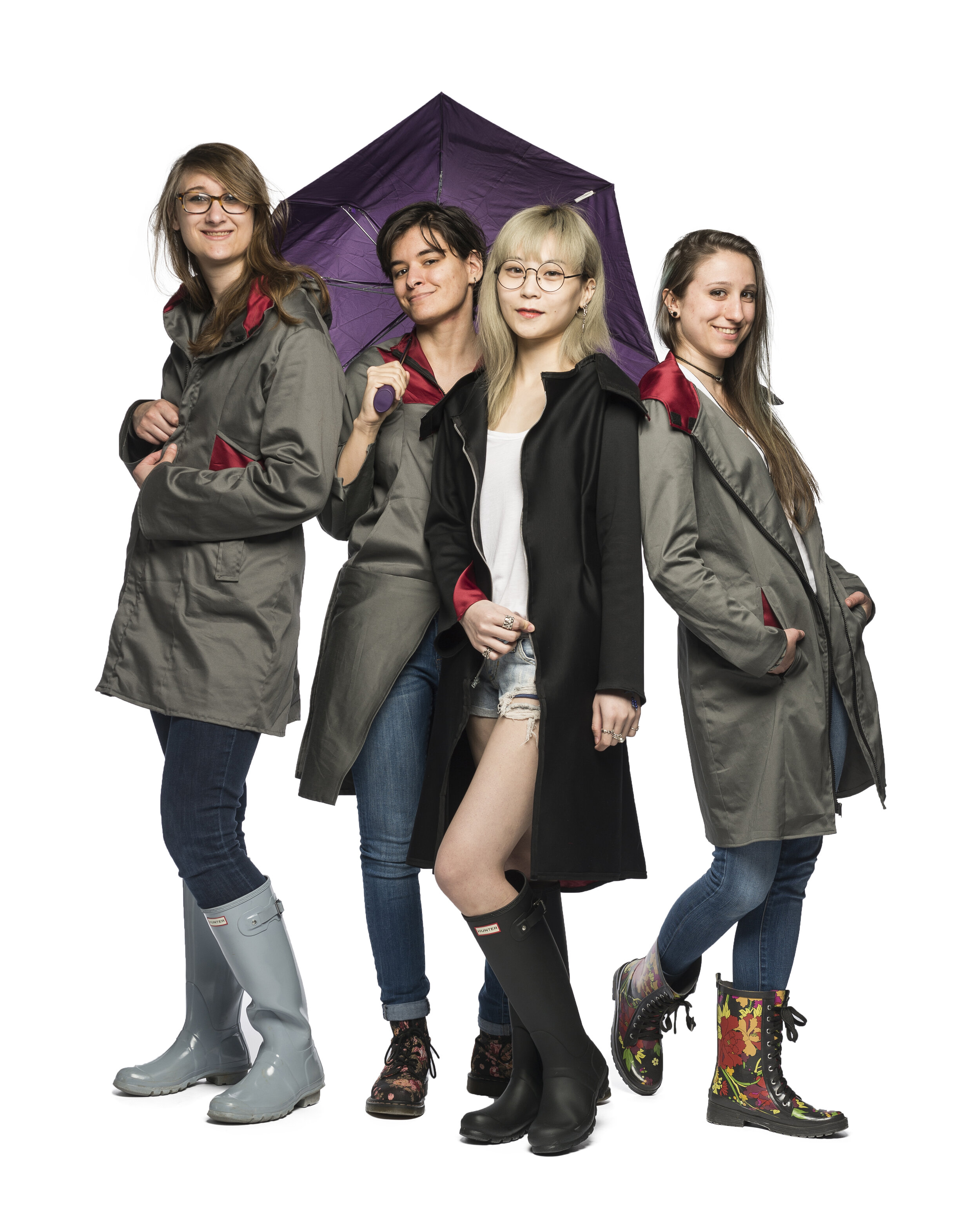
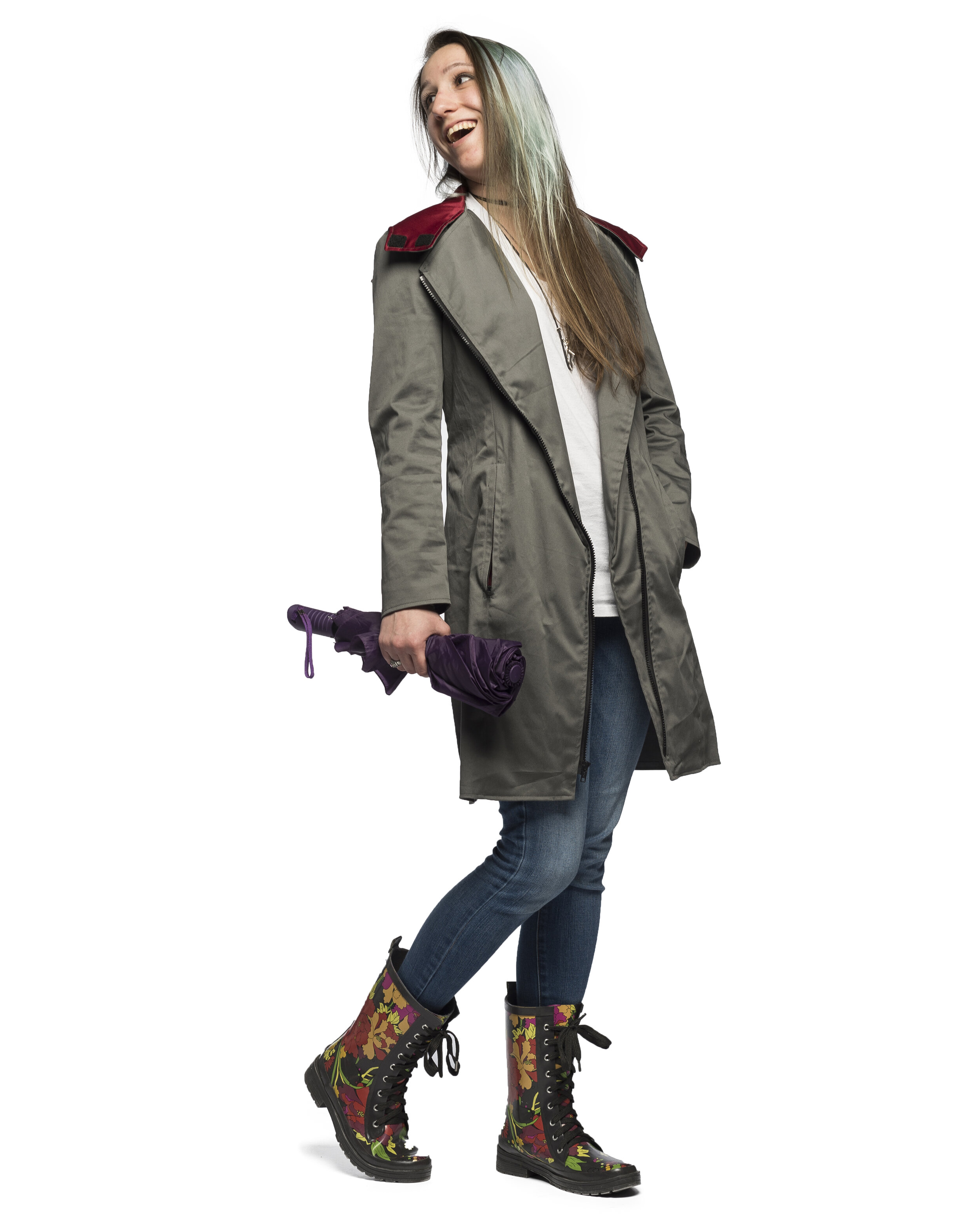
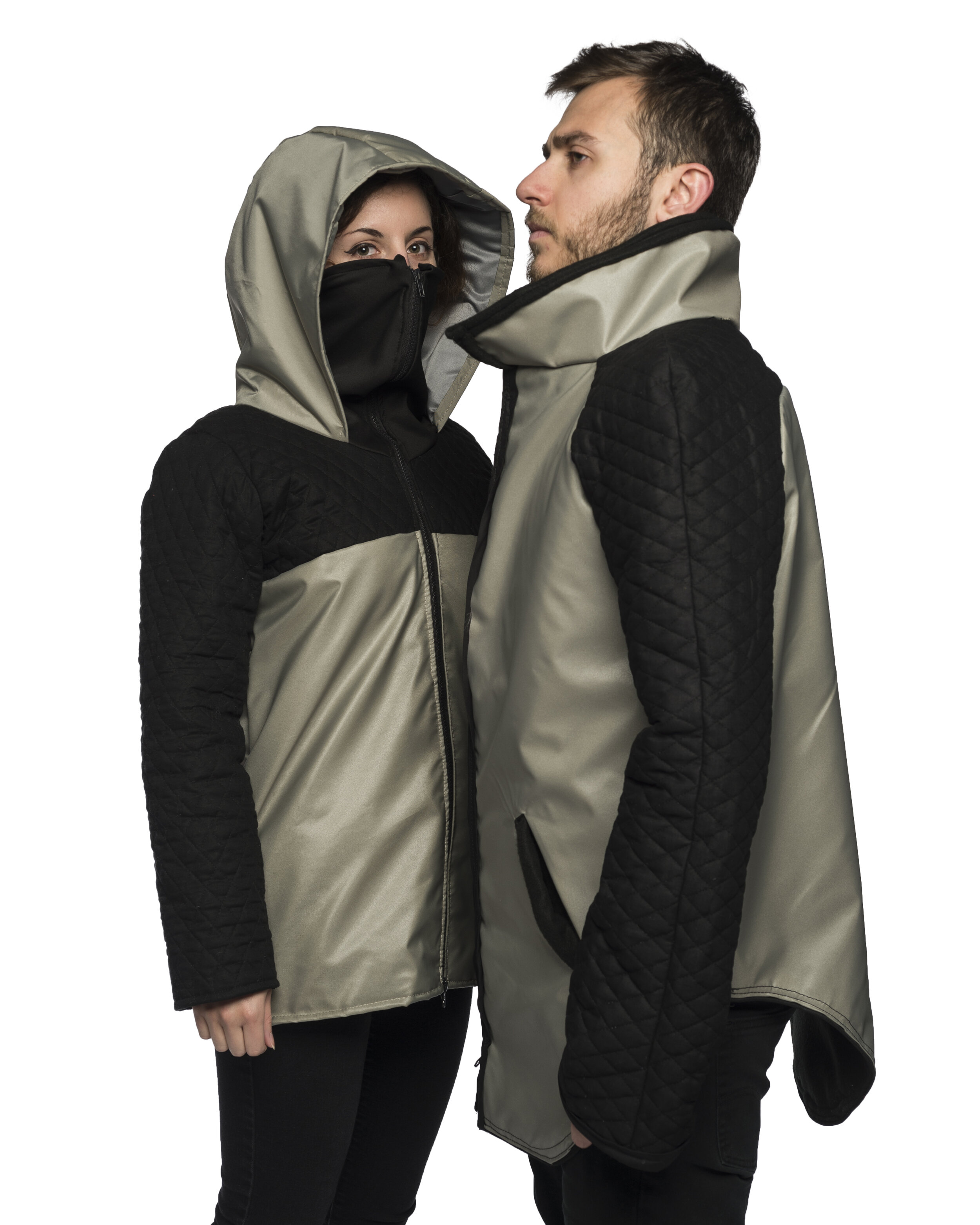

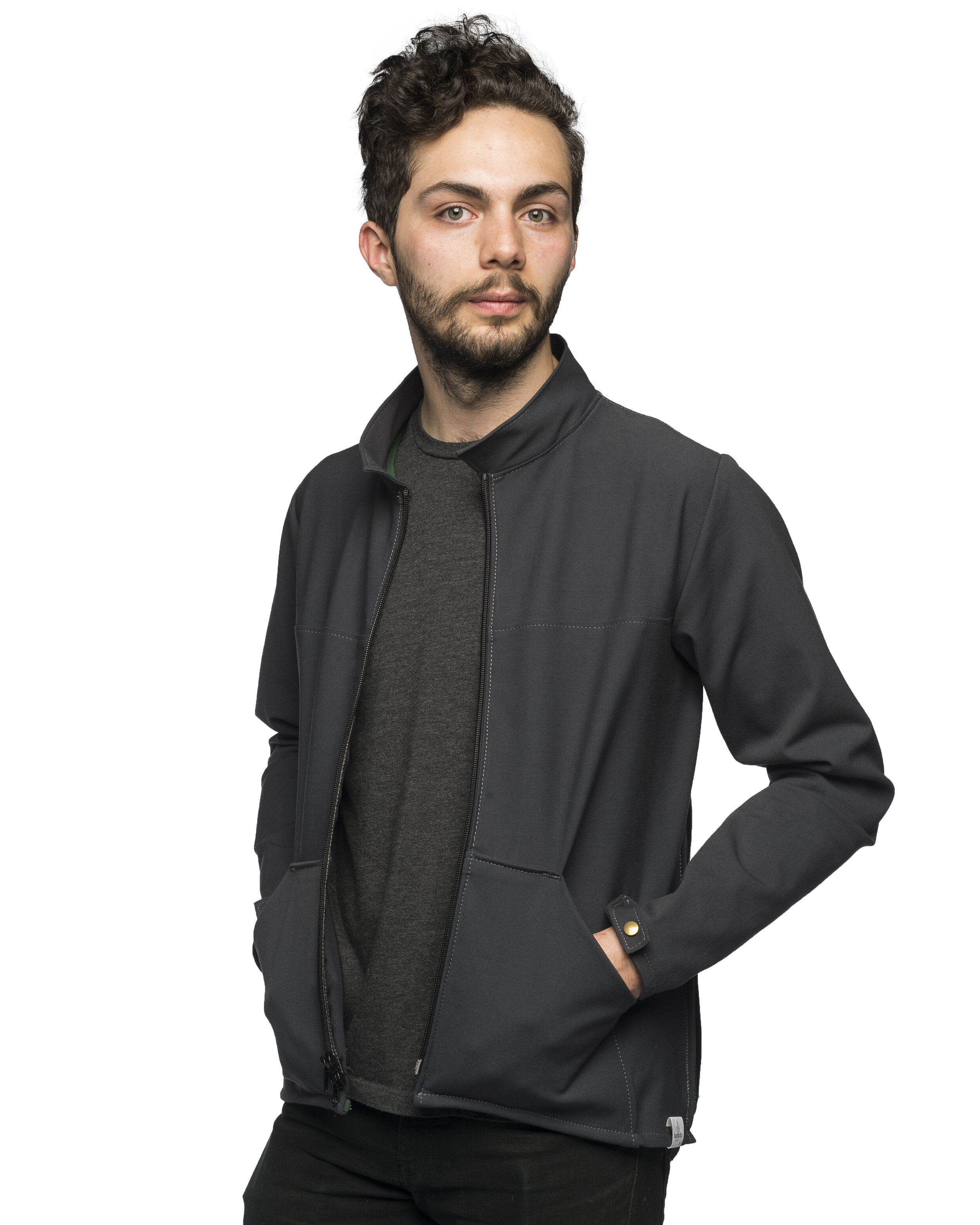
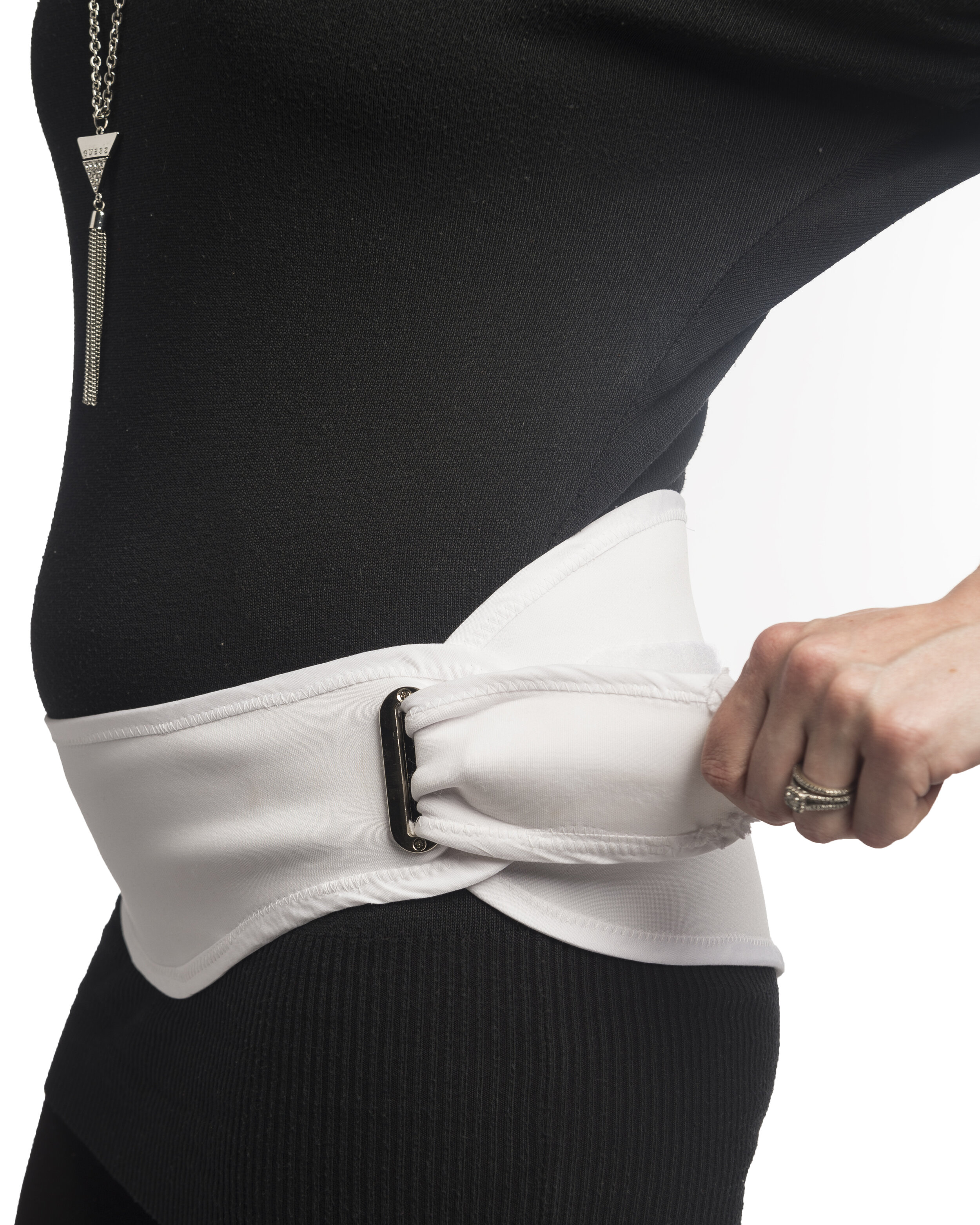
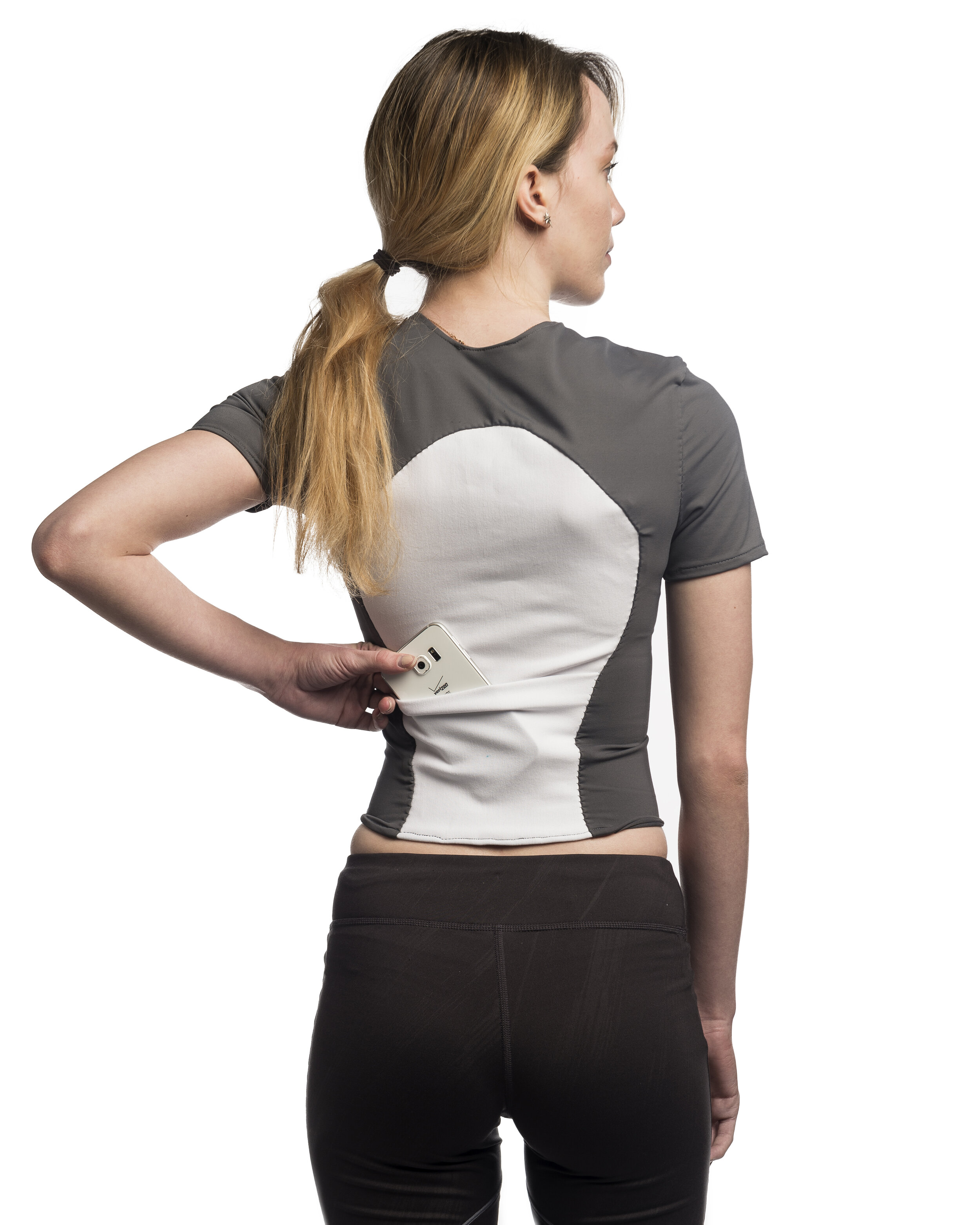

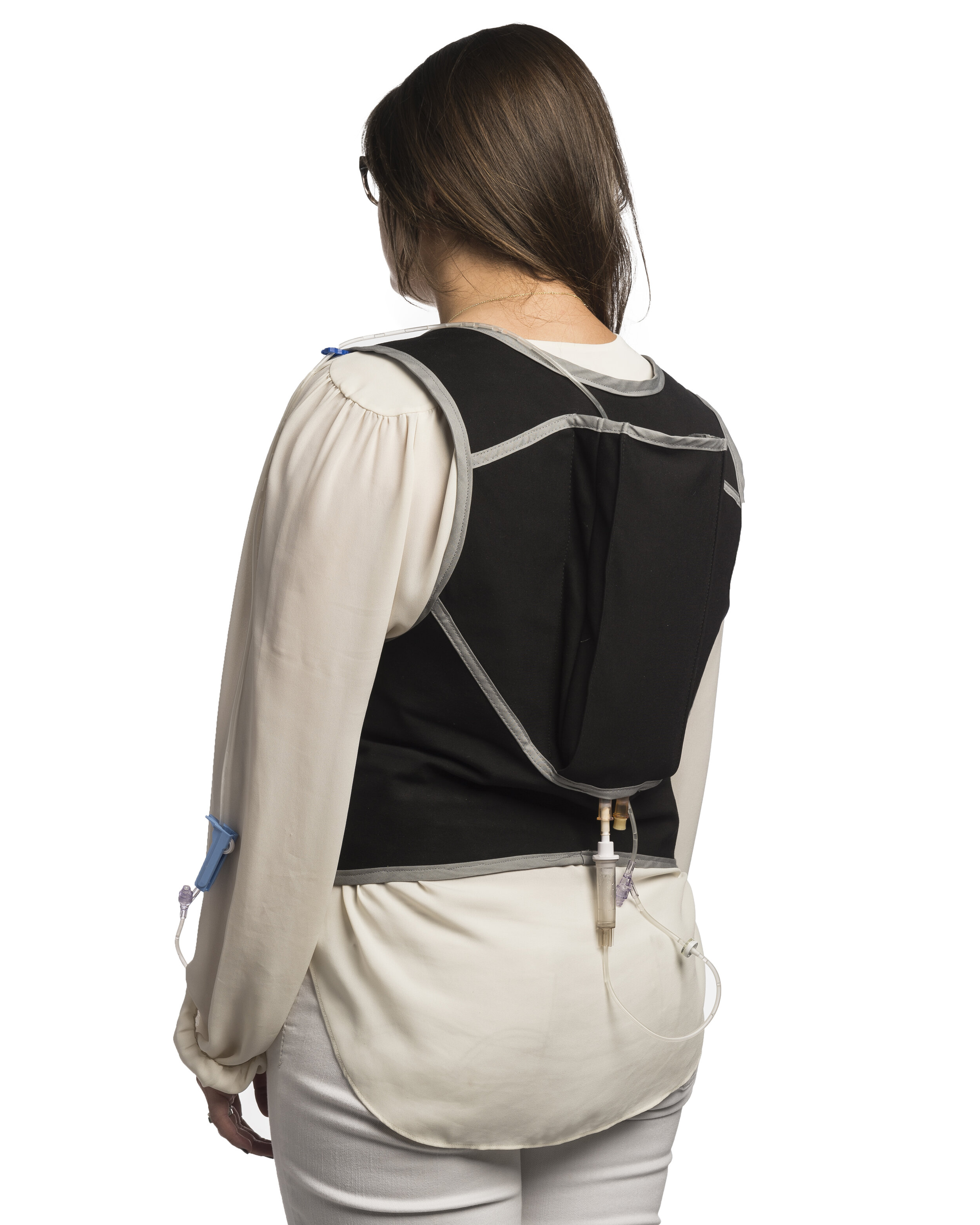
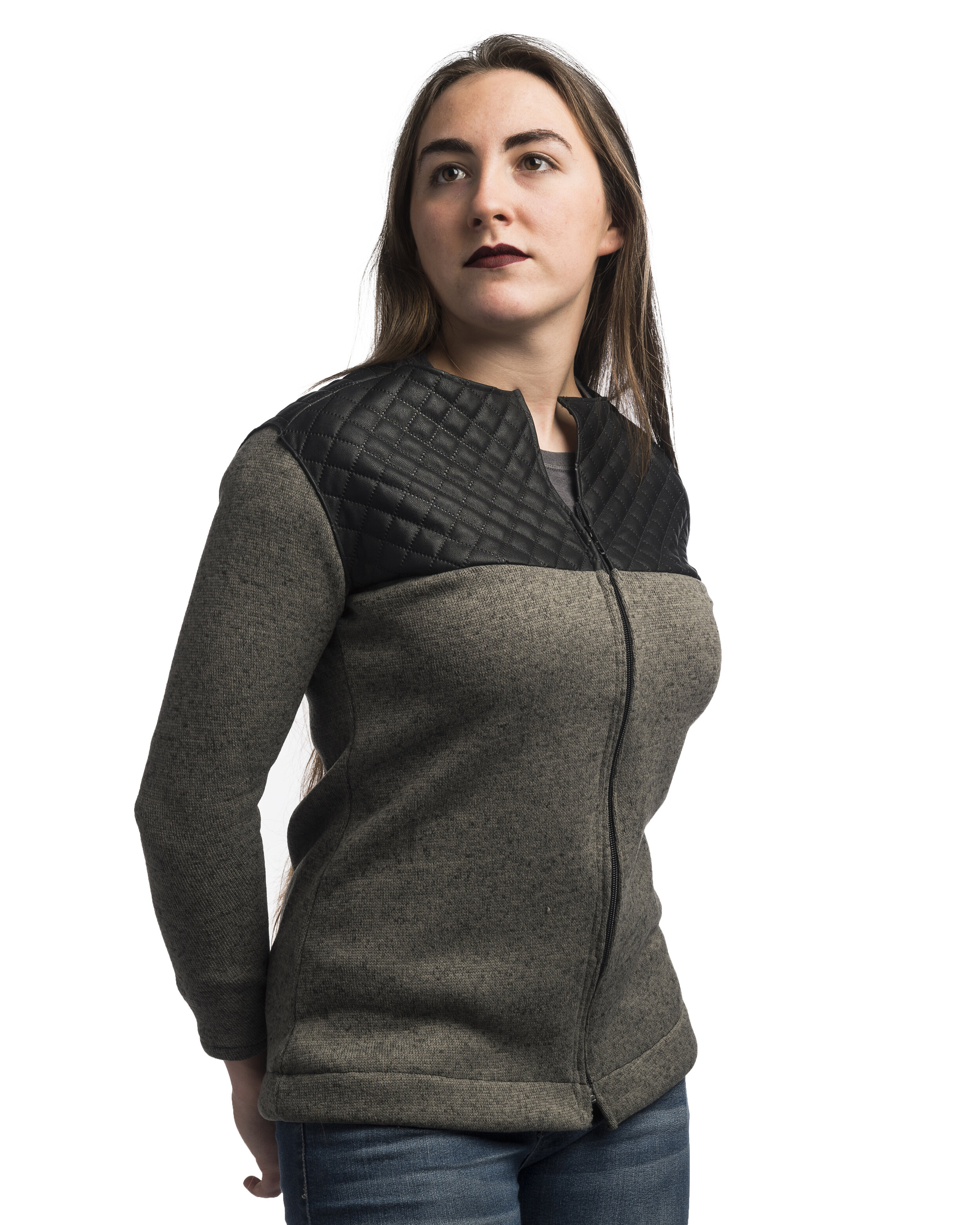
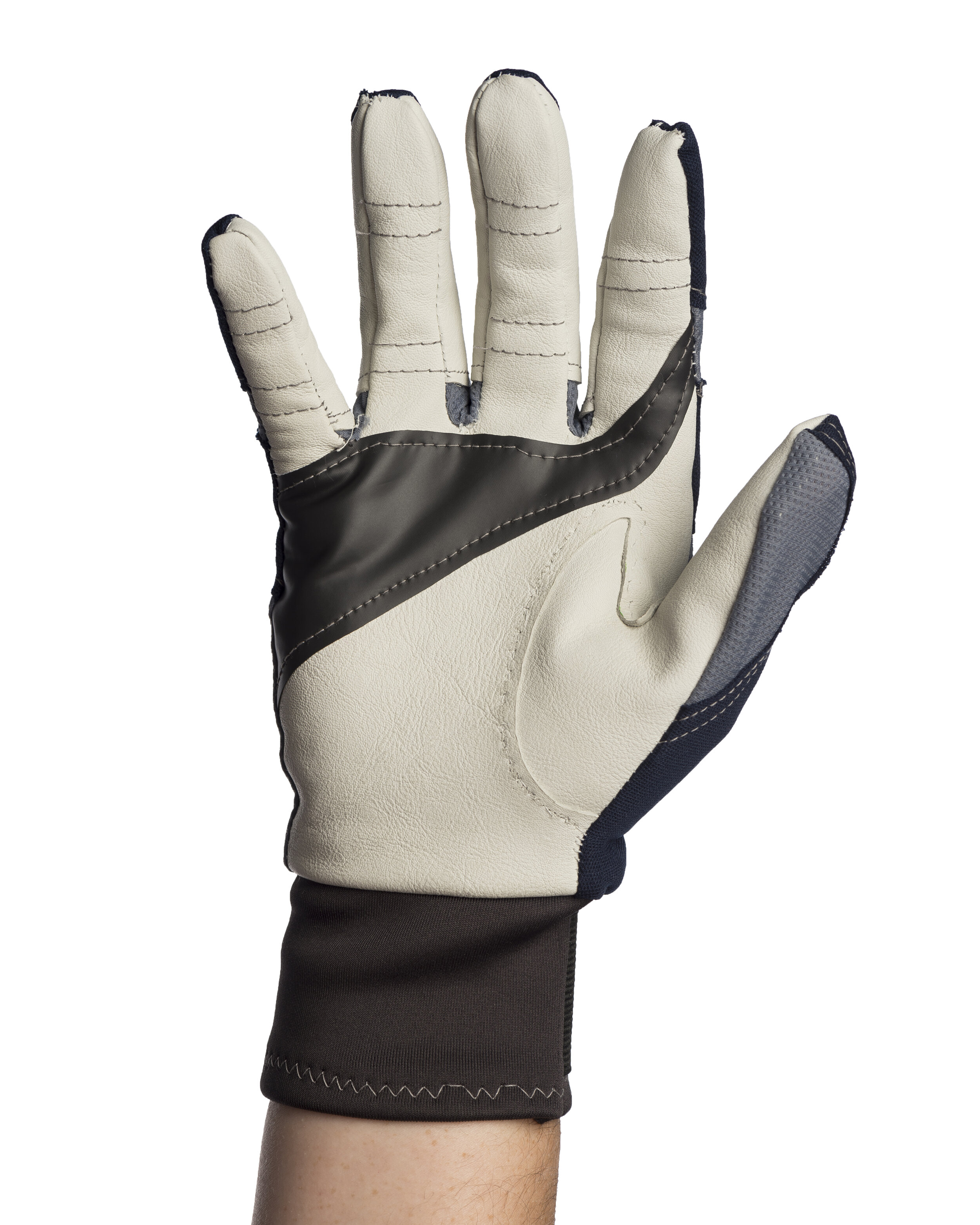
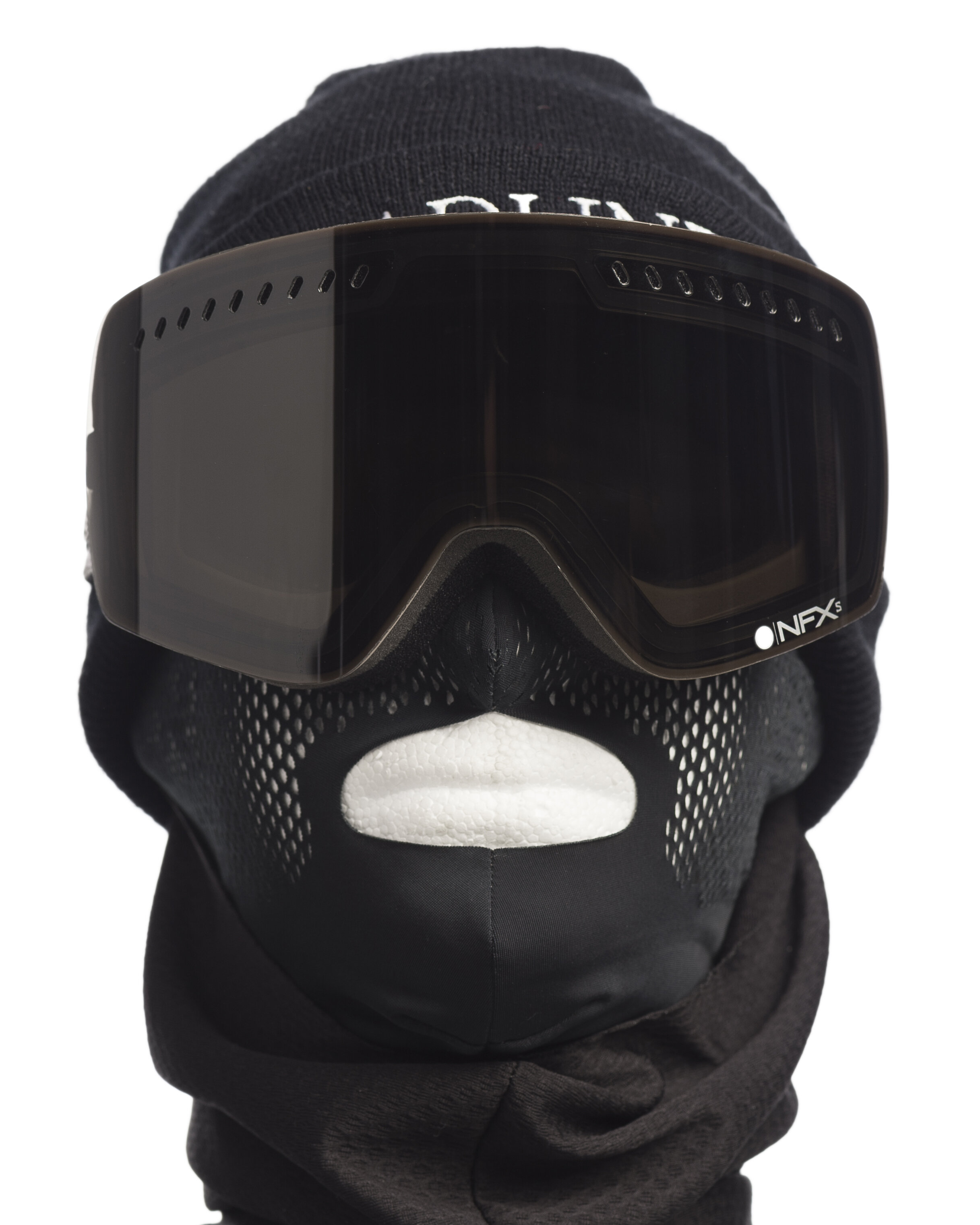
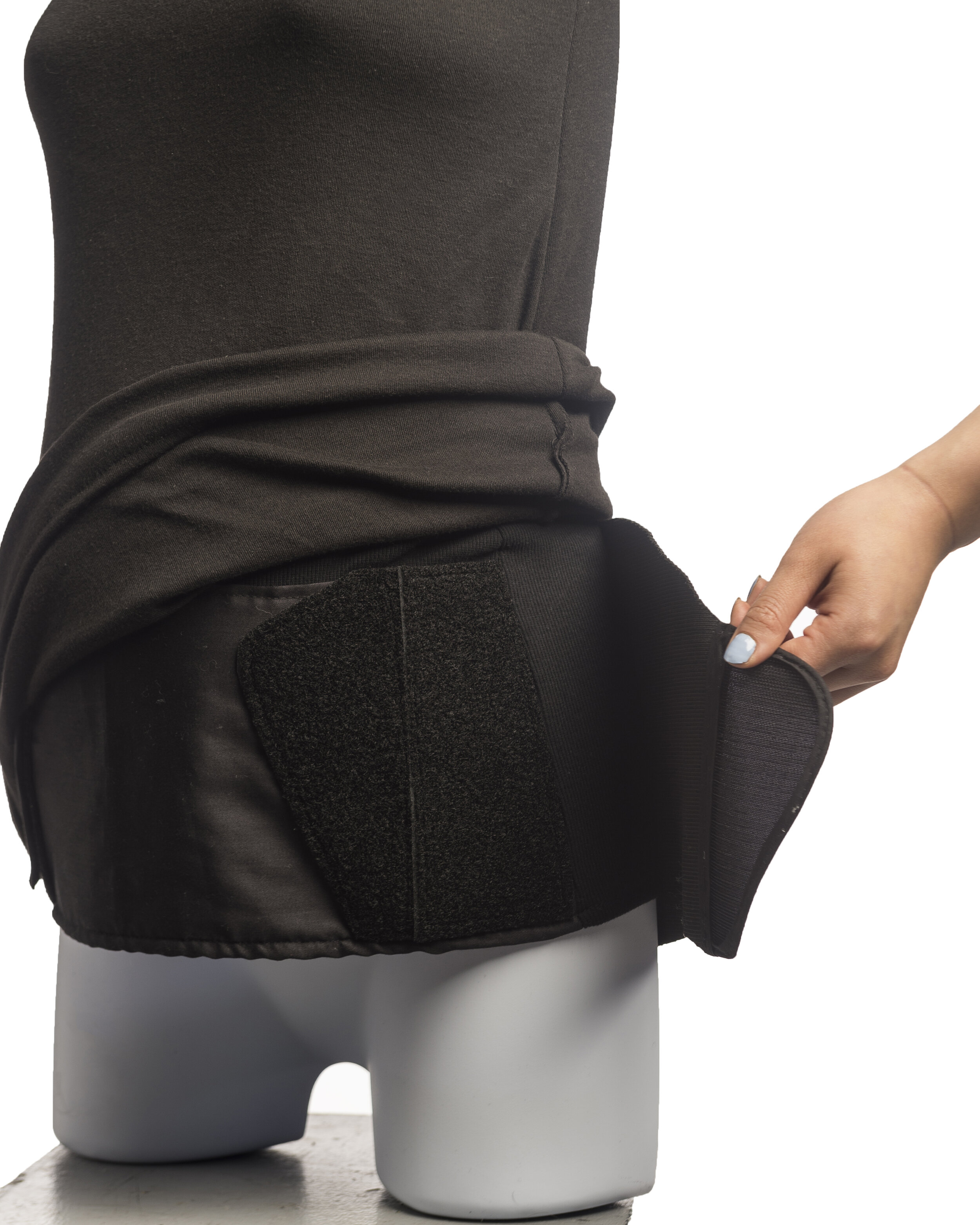
Junior Soft Studio II: Home Goods
2016
Each student was responsible for designing an innovative soft home product. Documented development processes included product & user research, comp shopping, benchmarking, trend & inspiration board development, deconstruction & analysis, pattern development, muslin prototypes, and final prototype creation. Final prototypes were displayed at the end of year walkthrough.
Photography credit: Elizabeth Lamark
Senior ID Studio I: Toy Design
2015-2016
Each Senior Industrial Design student was responsible for designing a toy appropriate for a child between the ages of birth and 10 years.
Students identified a target age range and gender (if applicable) and researched the typical developmental milestones and interests of the chosen audience. Each student also chose a company or brand to research, and identified company values & demographics, target customer(s), brand aesthetics, current & past product assortments/lines, frequency of line updates, price points, competitor brands, benchmark brands, etc.
Each student designed 3-4 unique toy styles as additions to their chosen brand/collection. After presenting their research & concepts to their classmates, the class voted on which toy design each student developed into a final prototype.
Chosen designs were taken through 3-4 rounds of prototyping. Students heavily documented in both writing and with photography their complete design & development process.
Photography credit: Elizabeth Lamark
Senior ID Studio II: Bag Design
2015
Each student researched a specific company and/or collection of their choosing to identifiy gaps in assortment for a specific season’s offerings. Three designs were then developed to address those openings and presented to the class. A vote was taken to determine which design would continue through the prototyping process.
Students constructed paper prototypes, drafted flat patterns, sewed multiple muslin samples, and ultimately produced final prototypes in fabrics appropriate to their company’s brand aesthetic. They researched, sourced, and some even hand made their own hardware and interior support materials.
Photography Credit: Elizabeth Lamark
